Apple : Cox launches first gaming-optimized internet service, and it's worrying |
- Cox launches first gaming-optimized internet service, and it's worrying
- Adware apps still common on Google Play Store
- Front, not back cameras, will be the new big smartphone trend
- Slack shows off new features
- 2019 NFL Draft live stream: how to watch online from anywhere in the world
- Huawei P30 Lite deals are here: get a free pair of wireless headphones when you pre-order
- Amazon has the 2019 AirPods on sale for the lowest price yet
- GTA 6: all the latest news and rumors for Grand Theft Auto 6
- Samsung Galaxy S10 5G pre-orders begin in the US as Verizon's 5G network expands
- Best camera 2019: 10 of the best cameras you can buy right now
- Blue Origin: everything you need to know about the Amazon.com of space
- Great PlayStation Vue price: save 20% on the first two months of your membership
- New Nintendo Switch: everything we want to see from the next Switch console
- Best mirrorless camera 2019: 10 top models to suit every budget
- The best free Android apps of 2019
- Garmin launches Vivosmart 4 activity tracker in India at Rs 12,990
- Volvo aims to make life simpler with new online car buying service
- Would you trade in your car for this e-bike?
- Nvidia vs AMD: which should be your next graphics card?
| Cox launches first gaming-optimized internet service, and it's worrying Posted: 25 Apr 2019 12:46 PM PDT When the FCC scrapped net neutrality legislation in 2017, many media outlets and analysts warned that it was only a matter of time until a company took advantage of the situation to create a so-called “fast lane” or an optimized internet connection. And today’s the day it finally happened. First reported by Brian Crecente at Variety, an American ISP called Cox is introducing a new package for subscribers called Cox Elite Gamer that will offer 34% less lag, 55% fewer ping spikes and 45% less jitter for its subscribers who play PC games like Fortnite, Overwatch and Apex Legends.
The service, which is only available only for Cox subscribers in the state of Arizona for the next three months for a trial run, works by giving anyone who subscribes to it an “optimized path” to a game’s server using a white-labeled version of wtfast. To join, you’ll have to subscribe to one of Cox’s internet service packages, which range in price from $59.99 to $119.99/month, and then tack on the Elite Gamer package for an extra $14.99/month. According to a statement from Cox sent to TechRadar, subscribers to Cox Elite Gamer service then download software and log in to their preferred game through the software. The software routes the player via a more efficient internet path to the gaming servers, resulting in an enhanced experience for gamers. According to information on Cox’s website, the service will connect you to “thousands of popular game servers” and includes images of Fortnite, Overwatch and Apex Legends - though the telecom says this lineup of games could change in the future. 34% better for some or 34% worse for everyone else?What Cox wanted to emphasize to TechRadar is that you're not paying for prioritized traffic or increased connection speeds – just a more optimized connection via the Elite Gamer software. According to Cox, that isn't illegal and would be permissible regardless of current regulatory laws. But that raises the question: If a better connection to a game’s server is possible, why isn’t that the standard network path? According to a Cox spokesperson, that's because "Cox Elite Gamer solves a problem with deficiencies in the public Internet, NOT our network. No customer’s experience is degraded as a result of any customers purchasing Cox Elite Gamer service as an add-on to their Internet service." That said, we have a lingering concern that packages like Cox Elite Gamer set a dangerous precedent of paying extra for better access that could one day apply to all aspects of the internet, from social media to streaming video, all of which could have their own 'optimized connection.' While proponents of fast lanes argue that less government regulation is a good thing and that fast lanes could promote competition among carriers, the general fear among consumers is that cable companies will take advantage of their oligopoly and use fast lanes as a wedge to drive up internet prices. Worse, it could force consumers to choose which parts of the internet they have access to. While Cox isn't going as far as outright blocking or throttling connections to game servers, it is charging more for a service that could've been - and probably should've been - made available to all. This posting includes an audio/video/photo media file: Download Now |
| Adware apps still common on Google Play Store Posted: 25 Apr 2019 10:55 AM PDT Through the use of its mobile threat intelligence platform apklab.io, Avast has discovered 50 adware apps on the Google Play Store that have been installed anywhere from 5k to 5m times. The security firm has dubbed the adware TsSdk because the term was found in the first version of the malicious apps that persistently display full screen ads and even try to convince users to install further apps. The adware applications Avast discovered are linked together by the use of third-party Android libraries that bypass the background service restrictions present in newer versions of Android. While bypassing itself is not explicitly forbidden on the Play Store, apklab.io detects it as Android:Agent-SEB [PUB] because these libraries waste user's battery life and make their devices slower.
The adware apps themselves, use the libraries to continuously display more and more ads to users which goes against the Play Store's rules. TsSdkThrough apklab.io, Avast found two versions of TsSdk on the Play Store that were linked together by the same code. The older of the two versions has been installed 3.6m times and was contained in gaming, fitness and photo editing apps most often installed in India, Indonesia, the Philippines, Pakistan, Bangladesh and Nepal. Once installed, the apps containing the older version worked as intended but also created shortcuts on user's home screen with full screen ads shown when the screen is turned on and periodically when a user interacts with their Android smartphone. Some of the apps also contained code capable of downloading further applications, prompting users to install them. Additionally, most of the older samples also added a shortcut to a “Game center” on the infected device's home screen which opens a page advertising different games. The newer version of TsSdk has been installed almost 28m times through music and fitness apps. These apps were most installed in the Philippines, India, Indonesia, Malaysia, Brazil and the UK. The new version's code is encrypted using the Tencent packer and this makes it harder for analysts to unpack. Several checks are also carried out before full-screen ads are displayed. The most important of which is the adware is only triggered if the user installs the app by clicking on a Facebook ad. The apps can detect this by using a Facebook SDK feature called “deferred deep linking”. To avoid falling victim to adware, Avast recommends that users exercise caution when downloading apps, carefully check app permissions and install an antivirus app.
This posting includes an audio/video/photo media file: Download Now |
| Front, not back cameras, will be the new big smartphone trend Posted: 25 Apr 2019 10:00 AM PDT The recently-launched Samsung Galaxy A80 boasts a novel feature: three cameras in a slide-up panel which could rotate to face either the front or back. Tri-cam rear setups are nothing new, with recent phones like the Huawei P30 Pro packing four snappers, but the Galaxy A80’s 'wow factor' was that its three cameras could spin around to the front and take selfies. We hadn’t seen a front-facing loadout with three cameras before, and weren’t sure how useful they’d be.
But with the news that both LG and Xiaomi could be working on handsets with three front-facing cameras, it seems that some companies are making bigger tech leaps in their front – not rear – cameras, which marks a change from what we usually see. That raises the question: are we going to see phonemakers pivot their focus from rear-mounted cameras to front-facing snappers? Why three cameras?The three cameras on the Samsung Galaxy A80 are a powerful main snapper joined by a 3D depth sensor and a camera with an ultra-wide lens. The first two of these can be used to take great solo selfies – by sensing depth the main camera can take pictures with the perfect level of background blur. The latter camera is better at taking selfies with a larger frame, so if you’ve got a load of friends or are in a very scenic location you can capture a much wider field of view.
The Samsung Galaxy A80. Image credit: TechRadar It’s likely other companies would pack snappers with roughly comparable roles in phones with three front facing cameras, as the Galaxy A80’s suite covers all the bases you’d need. Selfies taken with a setup like this could be second to none (although the specific post-processing processes play some part too, and an overabundance of filters of course). Unlike rear-facing loadouts, you don’t need a flash for a front-facing camera on a phone. Many devices nowadays, like the Huawei P30, briefly illuminate the entire front screen in bright white to simulate a flash-effect in a dark environment. Who actually needs great selfies?Not all smartphone users need breathtaking selfies. But then again most smartphone users don’t need quad-camera loadouts, super-fast processors or monumental battery lives, so the question of “who needs” any kind of luxury in a phone is a moot point. There would be a large audience who’d find the functions of the three cameras useful, however – as much as some try to deny it, selfies are one of the most common ways people use their smartphones, to record a moment or mood whether or not the picture is destined for social media.
The Samsung Galaxy S10 Plus. Image credit: TechRadar Selfies are used to create or define identity, and if a front-facing camera can give users different tools to hone a picture, it’ll therefore give them more ways to represent themselves. The ultra-wide lens in particular may be useful to a lot of people. Imagine hiking to the top of a mountain, and taking a selfie to prove it, only for the narrow field of view to cut out the best sights. Or having a gathering of a lot of friends, and not being able to take a picture with all of them. An ultra-wide lens would solve these problems. What could it mean for smartphones?The Samsung Galaxy A80 has its front-facing cameras positioned on a rotating block as part of a pop-up rear panel – that’s a lot of moving parts that need to survive countless uses, and it looks like the aforementioned Xiaomi patent make take inspiration from this, in part at least.
The Axon V. Image credit: Axon This abundance of moving parts could bring interesting changes to one subsect of mobile phones right now – foldables. The Samsung Galaxy Fold has a durability problem, mostly because of its various mechanical elements, but pop-up camera sections like in the Galaxy A80 and future Xiaomi phone could prove a useful ‘baby steps first’ approach to moving parts in smartphones. Another trend in smartphones is a reduction in phone screen complications to try and make a perfect unbroken screen – that’s why the Galaxy A80 has a pop-up section instead of a notch to house the cameras, and many other smartphone companies are trying to find places to put the camera and speaker that aren’t in a notch. If the trends of unbroken screens and more front-facing cameras are going to peacefully coexist, companies are going to need to find ways to innovate where they place their front-facing cameras. The LG patent shows a notch that houses three snappers...and it’s big and ugly, like a device from several years ago. There have got to be better ways to hide the cameras.
The Oppo Reno 10x Zoom edition Image credit: TechRadar Whether this means housing cameras in entire rotating sections like in the Galaxy A80, putting them in a slide-up shelf like the Oppo Find X, or cramming them in a smaller pop-up ear like what we’re expecting to see in the OnePlus 7, companies are going to have to find their own ways to innovate. We’ve already seen some intriguing new ideas for front-facing cameras in patents and launched products. The Axon V could have its cameras mounted on a ‘wing’ to the side of the device, while the Oppo Reno has a pop-up ‘shark-fin’ that opens when you need to take a shot. A Xiaomi patent shows a selfie-cam at the bottom of the display, not the top, and a patent from Google, possibly for the Pixel 4, doesn’t have any apparent front snappers at all. This all goes to show that front facing cameras are one of the most exciting ways different companies differentiate their phones from each other, and compared to aspects like cameras, screens, or processing speeds, which can often be rather similar on competitive devices, selfie-snappers are a field in which there’s still some zany ideas to be had. This posting includes an audio/video/photo media file: Download Now |
| Posted: 25 Apr 2019 09:54 AM PDT Slack's original aim of killing email in the workplace may not have panned out since its launch five years ago but now the company has announced a slew of new features designed to help bridge the gap between email, calendars and enterprise chat. The company has created a new bridge between its service and email. This means that if someone at your company is still refusing to use Slack or was recently hired, you'll soon be able to chat with them directly from within Slack. In the next few months, you will be able to @-mention these people in channels or send them a direct message and the service will automatically route these messages to their email inbox. If a user replies to these messages via email, they'll come straight back into Slack and if they decide to sign up for the service, the back-and-forth exchange will then transform into a full Slack history.
However, you won't be able to Slack just anyone by email just yet as this bridge will only be enabled if admins have provisioned these Slack users inside their organization. In the future though, the company could allow you to send emails to contacts outside your organization directly from the service. Calendars and searchSlack is also introducing a number of improvements into how it handles calendar integration. Users will soon be able to sync their Slack status with either their Outlook or Gmail calendars so that their colleagues will know when they're out of the office or in a meeting. Slack will also be able to detect when users are discussing the idea of setting up a meeting and the service will underline words such as 'today' which users can click on to create a new meeting in Gmail or Outlook. Video conferencing is also a big part of meetings which is why the company will allow its partners such as Zoom, Hangouts and Webex to show which team members are in a call within Slack with the ability to quickly join. This feature is slated to be available in Slack later this year. The company is also changing how its platform allows users to search. Currently in Slack, you can either use the search box or quick commands to search but soon the two will be combined into a single universal search where users can find unread channels or direct messages. The new search interface will likely be available to all users in the coming weeks. Via The Verge
This posting includes an audio/video/photo media file: Download Now |
| 2019 NFL Draft live stream: how to watch online from anywhere in the world Posted: 25 Apr 2019 09:46 AM PDT The New England Patriots may have dominated the Los Angeles Rams 13-3 at Super Bowl LIII but a new NFL season is just around the corner and the real interest starts here - with an NFL draft live stream. The 2019 NFL Draft is where the best college players across the country will be divided up amongst the league’s 32 teams. The draft begins on Thursday, April 25 and lasts until Saturday, April 27 with round one taking place on Thursday, rounds two and three on Friday and rounds four to seven on Saturday. Nick Bosa, Quinnen Williams and Josh Allen are just a few of the players likely to be chosen in the first few picks of this year’s draft. The Oakland Raiders will have the most first round picks this year and the team will hopefully add three new rookies to its squad. However, the Arizona Cardinals will have the first pick in round one followed by the San Francisco 49ers and the New York Jets. Whether you’re a college football fan waiting to see which of your favorite players gets picked or are just eager for the 2019-2020 NFL season to begin, don’t worry as we’ll show you exactly how to live stream the 2019 NFL Draft online from anywhere in the world.
How to watch the NFL draft: US live streamIf you live in the US and have a television, then you’ll have plenty of options to watch this year’s draft as the event will be broadcast across a variety of networks including ABC, ESPN, ESPN2, ESPN Deportes and NFL Network. If this sounds a bit too complicated don’t worry as you can watch all three days of the draft on ABC for the first time in the network’s history. The network will produce its own distinct telecast, separate from ESPN and the NFL Network, for the first two nights of coverage and it will simulcast ESPN’s presentation on the final day of the draft. While you can watch ABC on your television (even with a digital antenna), you can also watch the network’s coverage live on the ABC app from your mobile devices or on your computer and connected devices on ABC’s website. Just remember that you will have to provide your credentials from your cable provider to watch ABC online. Don’t want to sign up for an expensive cable TV package just to watch the NFL draft? Don’t worry as a number of streaming services also give you access to the channels you’ll need to watch the event and often times, they are even cheaper that a traditional cable package. We’ve listed our favorite streaming sites with access to ABC, ESPN and NFL Network below to help you make your decision.
Watch an NFL Draft live stream from outside your countryIf you're eager to watch but find yourself abroad while the draft takes place, you'll soon discover that access to watching is geo-blocked. Annoying, but not the end of the world as you can override this by using a VPN. Pick one of the VPN providers listed below, download their software and you’ll be able to change your IP address to one back home so you can access a 2019 NFL Draft live stream from anywhere in the world.
How to watch the NFL draft in the UKAmerican football fans in the UK will be able to watch the 2019 NFL Draft on Sky Sports. The network’s broadcast will begin at 12:30am GMT on Sky Sports Action and Sky Sports Main Event in the early hours of Friday. If you’re not yet a Sky Sports subscriber, you can get access to all eight Sky Sports channels for just £23 a month for 18 months. However, if you’re not interested in a commitment, you can always buy a Sky Sports Day Pass or Sky Sports Week Pass from NowTV for £8.99 or £14.99 respectively. And don't forget that you can also use a VPN to change your IP address to one in the UK if you want to watch but are abroad this week.
This posting includes an audio/video/photo media file: Download Now |
| Huawei P30 Lite deals are here: get a free pair of wireless headphones when you pre-order Posted: 25 Apr 2019 09:23 AM PDT Hot on the heels of its two bigger brothers - the Huawei P30 and P30 Pro - the Huawei P30 Lite is now available for pre-order. Unlike the other two devices however, P30 Lite deals are coming in at a comfortably low-budget price tag. Where the two other two Huawei handsets we're shooting high, aiming to be the best phones on the market, the Huawei P30 Lite is here to secure the love of the budget buyers out there. It drops the size of both the battery and processor and removes the in-screen fingerprint scanner. But considering you're still getting a triple camera set-up, tonnes of storage and a high-end design, all for a price on the lower end of the smartphone price spectrum - only £330 SIM-free - you're actually getting a lot of bang for your buck. Topping it off, it looks like pretty much every retailer out there is also throwing in a free pair of its new headphones - the Huawei Freelace. Costing around £99 this is a pretty great add on to such a low priced phone, and is available during the pre-order period from the likes of Carphone Warehouse and Amazon. You can see a collection of the best Huawei P30 Lite deals on pre-order so far below - you'll be sent the phone on its official release come May 10. Or check out guide to the best Huawei phone deals to see what else you can get from the emerging Chinese tech giant.
This posting includes an audio/video/photo media file: Download Now |
| Amazon has the 2019 AirPods on sale for the lowest price yet Posted: 25 Apr 2019 09:09 AM PDT The 2019 Apple AirPods are getting a rare first-time discount today at Amazon. You can get the latest model AirPods and its charging case on sale for $139.99. That's a $19 price cut and the lowest price we've found for the truly wireless earbuds. Since Apple launched it's first generation AirPods, it has made some improvements to its latest model. The charging case on the 2019 AirPods offers a further 20 hours of battery life and up to three hours of talk time on a single charge. The 2019 model also features faster pairing due to the improved connectivity because of Apple’s new H1 headphone chip. The H1 chip also allows you to use your voice to ask Siri questions. You can switch songs, turn the volume up and even place calls all hands-free. Like we mentioned above, discounts on the 2019 Apple AirPods are extremely rare, and this is the lowest price we've found for the truly wireless earbuds. We aren't sure how long Amazon will have the AirPods on sale, so you should snag this deal before its gone. Apple AirPods deal:See more Apple AirPod deals with the cheapest AirPod prices, sales and deals that are currently going on. Interested in other wireless headphones? We also have the best cheap wireless headphone deals and sales. This posting includes an audio/video/photo media file: Download Now |
| GTA 6: all the latest news and rumors for Grand Theft Auto 6 Posted: 25 Apr 2019 08:55 AM PDT The release of Red Dead Redemption 2 has long been and gone, yet we still know little to nothing about the inevitable next instalation in the Grand Theft Auto series. While Rockstar Games is putting all its effort into getting Red Dead Online running smoothly, we can't stop ourselves thinking about GTA 6 and when we might get some kind of confirmation or firm release window. It's poised to join our list of the best PS4 games and Xbox One games when it launches, although we have no idea yet when that might be. Grand Theft Auto 5 has been one of the most successful game releases in the world and even though we're still enjoying GTA Online, it's now been nearly six years since we were last let loose in a new Rockstar city and we're starting to curious about where we might go next. All we know at the moment is that we won't see a GTA 6 release date in 2019. After a hoax release date in some fake pop-up ads spread across the internet, Rockstar came out to inform us that we wouldn't be seeing the game during the next year. And there was us with our hopes up. Details may be thin on the ground, but that doesn't stop us gathering together the best pieces of gossip, rumor and fact for your personal pleasure. So without further ado, here's everything we know so far about GTA 6. Check out our video below on GTA VI: predictions on characters, locations, story and GTA Online. Cut to the chase
GTA 6 release date : when can I play it?With Red Dead Redemption 2 now released into the wild, we're hoping a GTA 6 announcement isn't far away - but we will probably be waiting a while to play it. According to some reports, we could be waiting until 2020 for the next Grand Theft Auto, which would make sense. Rockstar has supported GTA Online, the multiplayer component of GTA 5, since the game launched back in September 2013 with regular content updates. Now, Rockstar is busy focusing on getting Red Dead Online running smoothly - with the online mode currently in beta. According to reputable industry analyst Michael Pachter, the game could be as far away as 2022. In an interview with Gaming Bolt, Pachter said that he thinks a 2020 announcement with a 2021 release would be the best case scenario, while a 2021 announcement with a 2022 release or later would be more likely. Basically, expecting any news of GTA 6 any time soon is optimistic. We think it would make sense if the game followed the release pattern of its predecessor, Grand Theft Auto 5, whereby it'd release at the very tail end of the current generation, comfortably release on the new generation and straddle both for the widest install base possible. And with the next Xbox and PS5 right around the corner, it looks likely this could be Rocktar's plan. GTA 6 trailer: when can I watch one?
The thing about Rockstar Games is that it’s incredibly secretive. No trailer is getting out of that game studio unless someone seriously screws up. Just look at what Rockstar did with both GTA 5 and Red Read Redemption 2. It teased an announcement a few days before dropping the first trailer for either game. If there’s a GTA 6 trailer, you’ll know about it because the internet will explode - and we'll let you know. But we're not expecting one anytime soon. GTA 6 news and rumors: what do we know so far?Job listings The Know report on Vice City The reason for this code name is apparently because players will be able to fly between the US and South America in the game, though the majority of the action will take place in the former. This in combination with the source's assertion that the game will largely be set in Vice City (the Rockstar version of Miami) suggests there could be a focus on drug running which would draw on the popularity of shows and movies like Narcos and Tom Cruise's Made in America. Particularly if Rockstar holds on to that 80s setting. With no comment from Rockstar, these rumors remain nothing more than, well, rumors. But they do pose an interesting proposition that would seize upon the particular fondness many fans of the series have for Vice City. GTA 6 is definitely coming and there are ideas “We don’t know what GTA 6 will be, but we’ve got some ideas,” said Benzies in the interview. Okay, so it’s not much, but it’s certainly a snippet of solid information direct from the source.
Benzies went on to talk about what kind of ideas get the creative juices flowing over at Rockstar. “We’ve got about 45 years’ worth of ideas we want to do,” he added. “We’ll pick the right ones.” “It comes from the idea first. Where it is going to be set is the first question. That then defines the missions; you’re doing different things in LA than in New York or Miami. “The map and story get worked up together, and the story is a basic flow of how it works out so you can layer the mission in.” We’re just pleased that Rockstar has so many ideas for what it wants to do with GTA 6. We just hope it sorts them into some kind of organised system and gets that game to us sharpish. GTA 6 map: where will GTA 6 be set?Although there haven’t been any concrete reports as yet, every online titbit and juicy gossip morsel is pointing towards GTA 6’s map being absolutely massive. We’re even not talking city-size massive, we’re talking potentially the entire of the United States massive. Some rumors are suggesting that GTA 6 may end up spanning the entirety of the US, with some kind of teleportation system that cuts down the journey time between cities. There are even some incredibly exciting rumours that Rockstar Games might have a ‘70s theme up its sleeve, so crack out those old bell-bottoms and disco balls.
But there’s also another rumour that’s gathering strength, which would put GTA 6 a little closer to Rockstar Games’ British home – a London setting. The reports actually started with a comment from Rockstar Games’ co-founder Dan Houser: “At the moment, it feels like GTA’s DNA is contemporary-ish, American-ish, English-speaking-ish, because that’s what it has been… But that doesn’t necessarily limit it to those, that’s just what we’ve done so far.” Rockstar Games sources suggest that London is the only non-US location to be whispered as a potential GTA setting. For our money, we think a return to Vice City is on the cards, which would tie in to the rumors mentioned above. A recent report from The Know suggests that a return to Vice City in the 80s is actually in the works and that players will explore the rise in drugs at the time through the missions. In this rumored game, players will move between Vice City and South America, which would create a very interesting and entirely new kind of map. The GTA 3 trilogy was set across three locations, Liberty City, Vice City, and San Andreas. This mirrored the original Grand Theft Auto Game, which was also set across the same three locations. The most recent Grand Theft Auto games, GTA 4 and GTA 5, have so far been set in Liberty City and San Andreas respectively, meaning that Vice City is the only location yet to be explored by the recent games. The only question now is whether Rockstar will be tempted to complete the set. GTA 6 rumorsA female protagonist “We didn’t really think about it this time,” Houser said. “That’s not to say that we couldn’t or we wouldn’t. This character set is just what came to us: it wasn’t, ‘we’ve got X and Y so we need Z’. We weren’t trying to do it off a checklist – I don’t think that will ever give you something that’s believable or engaging.” “In the future, could we do a game with a female lead? Of course. We just haven’t found the right game for it yet, but it’s one of the things that we always think about.” “It didn’t feel natural for this game but definitely for the right game in the future – with the right themes, it could be fantastic. But for GTA 5, this was the organic thing that came up, these were the characters that would display the themes we wanted to think about.” Likelihood: Strong. Fans have long clamored for a female hero in a Grand Theft Auto game, and it would be a wonderful change from all the murdered prostitutes.
Eva Mendez and Ryan Gosling Apparently, Eva Mendez is top of Rockstar’s list for playing said hero. But again, there’s more. There’s a male lead on the list too and it’s none other than global heart-throb Ryan Gosling, who also just happens to be her real-life husband. Likelihood: Questionable. GTA is a major gaming franchise that’s incredibly famous, especially outside of the gaming industry, so it’s possible some big names could be involved, but we’re not convinced. Full support for virtual reality Specific headsets haven’t been mentioned, but since this is probably just a rumor we’re not that bothered. Likelihood: Questionable. GTA 6 might have a VR experience attached to it but playing the whole game in virtual reality would be insane. Unless we’ve seen huge leaps in virtual reality in the years between now and the GTA 6 release date playing a whole GTA game in VR would prove testing for most stomachs. Fast-paced, action-packed and played in long sessions, a VR GTA (in its current form at least) wouldn’t work.
Time travel or another futuristic twist Yes… seriously. This isn’t Saints Row we’re talking about, but apparently there may be a futuristic twist to GTA 6. According to a report from ChristianToday – really – the game will give players “the taste of time travel” where “teleportation [is] possible within a split-second”. Likelihood: Utterly ridiculous. There are hilarious side-missions in GTA games, but having time travelling as a main gameplay mechanic is just not in Rockstar’s DNA. Plus, ChristianToday has no screenshots, sources or any kind of proof, so we’re certainly sceptical. Playing as either a cop or a criminal Likelihood: Strong. We could totally see this working, especially with the potential mayhem that could ensue if you’re playing a Trevor-style character half the time and a cop the other. (Image credits: Rockstar Games)
This posting includes an audio/video/photo media file: Download Now |
| Samsung Galaxy S10 5G pre-orders begin in the US as Verizon's 5G network expands Posted: 25 Apr 2019 08:54 AM PDT The wait for Samsung's massive Galaxy S10 5G is almost over in the US, as Verizon has opened up pre-orders for the phone, with in-store availability kicking off on May 16. Along with the opening of pre-orders, Verizon has announced the next 20 cities where it will deploy its 5G Ultra Wideband network. The Galaxy S10 5G is Samung's biggest model in the new S10 family. It comes packing a mammoth 6.74-inch display that's likely to be one of the most enticing mobile phone displays for watching TV and movies. It houses not only powerful internals and the hardware necessary to support 5G, but also a 4,500mAh to keep that huge screen and demanding network connectivity powered on.
All the pre-order detailsIt's no surprise that a phone like the Galaxy S10 5G is coming at a sky-high price. All of Samsung's new S10 models are expensive, and this model tops all of them. The Galaxy S10 5G price starts at $1,299 with 256GB of storage, and that goes up to $1,399 for the 512GB model. Verizon has some incentives to make that price a bit more bearable. For one, the price can already be split over 24 monthly payments. Customers can also trade in their current phone for up to $450 of trade-in value through monthly credits. Customers switching to Verizon can also get a $200 prepaid MasterCard. And, as is now typical for early orders new Samsung flagships, customers can also get some freebies with the new phone. This time around, the S10 5G will come with a VIP Kit comprised of Samsung Galaxy Buds and Samsung's Wireless Charging Battery Pack. For now, the Galaxy S10 5G is exclusive to Verizon, but that's just for a limited time. it's due to come to AT&T, Sprint and T-Mobile in the second half of 2019. But the 5G thoughThere are some caveats to the 5G aspect, though. Firstly, Verizon's 5G network is currently only available in Chicago and Minneapolis. And, it's only available to customers on Verizon's Above Unlimited or Beyond Unlimited data plans with an added $10 fee (currently the fee is being waived). Verizon has announced the new 20 cities that will get its high-end 5G connectivity, but it's not clear yet when in 2019 they'll receive it. Here's the list of those cities: Atlanta, Boston, Charlotte, Cincinnati, Cleveland, Columbus, Dallas, Des Moines, Denver, Detroit, Houston, Indianapolis, Kansas City, Little Rock, Memphis, Phoenix, Providence, San Diego, Salt Lake City and Washington DC. Verizon plans to announce more cities later in 2019. It's worth noting that this rollout is just for Verizon's 5G Ultra Wideband, and Verizon may have additional plans for rolling out wider 5G coverage using different bandwidths .
This posting includes an audio/video/photo media file: Download Now |
| Best camera 2019: 10 of the best cameras you can buy right now Posted: 25 Apr 2019 08:51 AM PDT What's the best camera you can buy right now? Okay, we admit it – it's an impossible question to answer, but we'll do our best to make sure you end up buying the right camera for you. You see, the best camera for a pro photographer is a million miles away from the best camera for an adventure sports nut or a novice shooter just making their first steps in photography. But if you just want to know what we think are the top ten cameras that are available right now – regardless of user level or price point – then keep on reading. What we've done then is to pick out what we think are the standout cameras in their fields, so you'll find everything here from cheap and cheerful compact cameras to advanced full-frame DSLRs. This will mean that while some have some mouthwatering features and performance, others make the grade because they're amazing value for what they offer or because they are just brilliant at the job they've been designed for. All these are cameras have been extensively tried and tested by ourselves, so if you want to know any more about any of them as well as check out sample images, just click the link to the full review. Along the way we'll explain some of the jargon and the differences between cameras, though if you need a bit more help deciding what kind of camera you need, you can get a lot more information from our special step-by-step guide: What camera should I buy? On the other hand, you may already have a clear idea of the kind of camera you want, in which case you could go straight to one of our more specific camera buying guides at the bottom of the page. Otherwise read on to find out our picks of the best cameras available right now...
Best cameras in 2019
Our top mirrorless camera until recently was the brilliant Alpha A7 III from Sony, but the arrival of Nikon's new Z6 means it now just misses out, though it's very close. Nikon has been late to the full-frame mirrorless party, but the wait's been worth it. Launching alongside the 45.7MP Z7, the Z6 is hard to beat for the price and offers a stunning blend of features and performance that makes its a brilliant choice for the enthusiast photographer or pro looking for a second body. The 24.5MP full-frame sensor is excellent, while the 273-point AF system (while not quite as sophisticated as the 693-point AF in the A7 III) and 12fps burst shooting should mean you'll never miss another shot. Handling is polished too, while the large and bright electronic viewfinder is a joy to use. Excellent.
Fujifilm has made a habit of squishing the best bits from its senior models into cheaper offerings once some time has passed, and the X-T30 is the latest camera to arrive with that idea. With so much from the X-T3 inside a more compact body – including the same sensor and processing engine, and largely the same AF system and video capabilities – you really can't argue with what you're getting for the money. No other mirrorless camera at this level can touch it right now, and while the more senior X-T3 holds a number of advantages, the X-T30's small size, feature set and price point makes it that little bit stronger overall.
It may be expensive, but if you're looking for the best DSLR money can buy right now, then Nikon's fabulous D850 DSLR pretty much ticks every box. Packing in a brilliant 45.4MP full-frame sensor, image quality is simply stunning. But that's just half the story. Thanks to a sophisticated 153-point AF system and 9fps burst shooting speed, the D850 is and incredibly versatile piece of kit, just a home shooting action and wildlife as it is landscapes and portraits. The arrival of the Z6 and Z7 might overshadow the D850, but this is still a brilliant camera.
While the main specification of the OM-D E-M10 Mark III doesn't offer a huge upgrade from the Mark II, Olympus has refined and tweaked one of our favorite mirrorless cameras to make it an even more tempting proposition for new users and enthusiasts alike. Some will criticise the smaller Micro Four Thirds sensor format (roughly half the area of APS-C) but the effect on image quality is minor and it means that the lenses are as compact and lightweight as the camera itself. Sporting a 5-axis image stabilization system, decent electronic viewfinder, an impressive 8.6fps burst shooting speed and 4K video, it's no toy – the E-M10 Mark III is a properly powerful camera. If you can wait a little be longer, then Fujifilm's X-T30 looks like it might be the camera to dislodge the E-M10 Mark III. However, we won't know until we've fully tested it.
Nikon's D3500 is our top pick when it comes to entry-level DSLRs. While it shares quite a few features with the D3400, upgrades for the D3500 include a new 24.2MP sensor, better battery life (to a staggering 1,550 shots) and refined exterior controls. The D3500 is a great camera to pick up and use if this is your first DSLR, with its clever Guide Mode a useful learning tool that gives real-time explanations of important features. There's no touchscreen, but otherwise, this is our favorite entry-level DSLR right now.
We love the A7 III. The original A7 and A7 II showed Sony was moving in the right direction and making all the right noises, but it's this third iteration that has particularly stood out in the mid-range mirrorless market. The core of the camera – namely a 24MP full-frame sensor, 4K video, sensor-based image stabilisation, 10fps burst shooting and a 693-point hybrid AF system – is strong enough, but with two card slots and a 710-shot battery life on top of that, you're getting excellent value for money as well as top performance. We have some reservations with the viewfinder and weather-sealing, but this is still one of the most versatile cameras around right now, mirrorless or otherwise.
The Panasonic Lumix ZS200 (known as the Lumix TZ200 outside the US) is the best travel zoom camera right now. This is thanks in part to the camera using a large 1.0-inch sized sensor that enables the pixels to be about 2.4x bigger than they are in models like the Lumix ZS70 / TZ90, and this helps the ZS200 produce much higher quality images. The zoom isn't quite as broad as some though, but the 15x zoom should be more than enough for most shooting situations, while there's a built-in electronic viewfinder that makes it easier to compose images in bright sunny conditions. Add 4K video recording, along with Panasonic's 4K Photo mode to help capture 8MP images of fleeting moments, and you've got a very capable travel companion. If you're looking for even more performance (and have deeper pockets), check out Sony's brilliant Cyber-shot RX100 VI.
While it can shoot stills quite happily (although at a pretty limited 10.2MP resolution), the Lumix GH5S should be seen first and foremost as a video camera – if you want to do both you've got the Lumix GH5 to fill that brief, thanks to it's 20.3MP sensor and built-in image stabilization system. The GH5S's breadth of video features is incredibly impressive, including the ability to shoot cinematic 4K footage at up to 60fps. If you want to shoot professional-quality footage without remortgaging your house to buy a pro video camera, you won't find a better video-focused camera right now.
The Tough TG-5 from Olympus is built to survive pretty much anything you could throw at it, literally. Waterproof down to depths of 15m, don't mistake it for being merely an underwater camera; being waterproof is also useful for hikers, bikers, kayakers, and skiers. In fact, any outdoor pursuit is game for the TG-5, which is crushproof to 100kg and drop-proof from 2.1m. It can even be used in temperatures as low as -10°C. Olympus has taken the unusual step of actually dropping the pixel count from 16MP on the TG-4 to 12MP on the TG-5. Add in raw file support and this makes image quality that bit better than its predecessor, while it can shoot 4K video at 30p or high speed footage at 120p in Full HD. Our pick of the waterproof bunch.
We don't normally like bridge camera very much because the ultra-zoom design forces the makers to use titchy 1/2.3-inch sensors the same size as those in point-and-shoot cameras. You get the look and feel of a DSLR, but you certainly don't get the image quality. But the Panasonic Lumix FZ2000 (known as the FZ2500 in the US) is different. It sacrifices a huge zoom range in favour of a much larger 1.0-inch sensor - a compromise most serious photographers will applaud. While the zoom tops out at 480mm equivalent, which is relatively short for a bridge camera, that's still plenty for all but the most extreme everyday use. We'd certainly sacrifice a little for of zoom range for better and faster optics. We love the FZ2000 because it delivers both image quality and zoom range, while also offering full manual and semi-manual controls, the ability to shoot raw files and 4K video.
Our main reservation with the Sony RX100 IV when it first launched was its high price, but now that some time has passed it's dropped down to a much more sensible level. And while it's still far from the cheapest compact around, you get bags for the money. No other manufacturer can match the camera for its combination of a 1in sensor, 4K video recording, excellent pop-up EVF and 16fps burst mode, while the further pleasures of a tilting LCD screen, wireless connectivity and the option to shoot at up 960fps for slow-motion output on top of all that to make it even more fun to shoot with. If you can live without the 4K video option and you're happy with 10fps burst shooting, you may also want to check out the slightly cheaper RX100 III.
This posting includes an audio/video/photo media file: Download Now |
| Blue Origin: everything you need to know about the Amazon.com of space Posted: 25 Apr 2019 08:28 AM PDT Expensive, expendable rockets are history. Humanity's future is to take its heavy industry into space to protect Earth, and travel to space safely, reliably and affordably. That's what Blue Origin is all about. What was once a secretive research company now has proven rocket launch systems and advanced plans to take commercial paying payloads and space tourists into space. Open for business, rapidly growing and quickly gaining commercial contracts, is Blue Origin on course to become the next Amazon.com of space?
Blue Origin is owned by Jeff Bezos (Image credit: Blue Origin) What is Blue Origin and who owns it?Blue Origin is an aerospace manufacturer founded in 2000 that's 100% privately funded by the richest man in the world. Jeff Bezos is the founder and CEO of Amazon.com, and owner of The Washington Post newspaper, and so far most of the accomplishments by Blue Origin have been funded by his own personal investment. According to the New York Times he sells $1 billion (about £800 million, AU$1.4 billion) of his own Amazon stock each year to finance Blue Origin. Jeff Bezos got divorced from his wife MacKenzie in early 2019 and he was granted all of her interests in the Washington Post and Blue Origin, so there are no ownership issues. Besides, Blue Origin is now rapidly gaining commercial contracts, so will be less dependent on the private investment of Bezos in the future. It’s also quickly expanding.
Blue Origin's suborbital launch and engine test site is in West Texas (Image credit: Blue Origin) Where is Blue Origin based?Blue Origin has a new HQ and R&D facility in Kent, Washington. However, its engineers oversee launches from a private suborbital launch and engine test site on Bezos' ranch just north of Van Horn, West Texas. However, it's now constructing an orbital launch facility at Cape Canaveral Air Force Station, Florida, with a rocket construction facility close by, and a $200 million (about £150, AU$300) rocket engine production facility in Huntsville, Alabama. In April 2019 a deal was signed with NASA to allow Blue Origin to test its BE-3U and BE-4 liquefied natural gas rocket engines at NASA’s Marshall Space Flight Center also in Huntsville. The 300-foot-tall, vertical firing test stand 4670 was used by NASA in the 1960s to test the massive Saturn V rockets that took the Apollo spacecraft to the moon, as well as engines for the space shuttle. A commitment by the US Air Force to use its super-rocket of the future called New Glenn (see below) means Blue Origin is looking into building a launch site at Vandenberg Air Force Base in California. Blue Origin is going large and getting big, though it's got some way to go to reach the size of SpaceX.
The name 'Blue Origin' is a reference to planet Earth (Image credit: Harrison H Schmitt (Apollo 17)/NASA) What are Blue Origin's long-term goals?Blue Origin's motto is gradatim ferociter, Latin for "step by step, ferociously", but a clue to the company's long-term goals is in its name. The point of Blue Origin is to develop "technologies to enable human access to space at a dramatically lower cost and increased reliability," though Bezos has always been very clear that he doesn't think humanity should abandon Earth to go looking for a better home. Instead, he wants to see millions of people living and working in space, getting heavy industry and power generation off Earth, so that Earth can be preserved. “We can harvest resources from asteroids, from Near-Earth Objects, and harvest solar energy from a much broader surface area – and continue to do amazing things,” he said in 2017. The alternative, he said, was an era of stasis and stagnation on Earth, where we are forced to control the population and limit energy usage per capita. “I don’t think stasis is compatible with freedom or liberty, and I sure as hell think it’s going to be a very boring world – I want my grandchildren’s grandchildren to be in a world of pioneering, exploration and expansion throughout the solar system.” Blue Origin is also interested in moon missions and is involved with the Moon Race project to boost the movement around Moon exploration.
The New Shepard reusable rocket engine also lands (Image credit: Blue Origin) Blue Origin’s reusable New Shepard suborbital systemBlue Origin is a rocket-making company, and for now, it makes rockets that can reach space, but not orbit the Earth. That makes them ideal to take astronauts and research payloads past the internationally recognised boundary of space A 60-foot. reusable sub-orbital rocket, New Shepard (named after Mercury astronaut Alan Shepard, the first American to go to space) is powered by a BE-3PM rocket engine. First flown in April 2015, New Shepard launches from a conventional launchpad, and a 12 ft. diameter crew capsule detaches and travels past the Kármán Line (62 miles/100km). It then parachutes back to Earth to be refurbished and reused.
'Mannequin Skywalker' in Blue Origin's crew capsule (Image credit: Blue Origin) Blue Origin and human spaceflightIt's important to appreciate that Blue Origin, as well as SpaceX and even Virgin Galactic, are not specifically space tourism companies, but it's probably going to be a good way to raise revenue for their bigger, off-planet ambitions. So far Blue Origin has only sent 'Mannequin Skywalker' into space in New Shepard, but it has big and advanced plans for human spaceflight. In fact, its crew capsule is custom-made for observing Earth, with 43x29-inch windows alongside six reclining leather chairs. Blue Origin now looks to be close to going live on space tourism after 10 missions, including a successful escape test in July 2018, when it fired the crew capsule escape motor at the highest altitude ever.
The entire spaceflight experience will last just 11 minutes (Image credit: Blue Origin) What will Blue Origin astronauts experience?The 11-minute Blue Origin trip to the edge of space is going to be something akin to what Apollo astronauts experienced in the 1960s and 1970s on their missions to the moon. Six paying passengers will sit in the crew capsule on top of a New Shepard rocket. After a vertical launch, the engines will burn for two-and-a-half minutes and reach three times the speed of sound before the rockets and crew capsule detach from one another. Those six passengers will keep going until they reach space, where they will enjoy three minutes of weightlessness while looking at the curvature of the Earth from space. They will then plummet to Earth before parachutes unfurl to take them slowly and safely back to the surface. Blue Origin's Apollo-like vertical take-off, short-duration spaceflight trips makes it drastically different from what space tourists will experience with Virgin Galactic.
The crew capsule parachutes back to Earth (Image credit: Blue Origin) Does Blue Origin have any commercial contracts?Yes – and they're coming in fast. After a long period as a secretive, privately funded research company with only a few small development contracts from NASA, Blue Origin is fully now out in the open, pitching for and winning large commercial contracts in the rocket launch business. That's a big deal for a company that needs to rapidly grow if it's going to achieve its goal of dramatically lowering launch costs. In January 2019 it also worked under NASA's Flight Opportunities program, taking a cabin full of NASA payloads to space on its New Shepard mission (NS-10). In August 2018 Blue Origin signed a $10 million (about £8 million, AU$14 million) contract with NASA on developing a system for landing on the moon. Blue Origin will work on cryogenic liquid propulsion for a lunar lander-scaled integrated propulsion system; it could eventually mean a Blue Origin moon landing. Blue Origin has also snagged a $500 million (about £400 million, AU$700 million) contract to develop its next-generation New Glenn rocket for the US Air Force. And in a further boost for development costs, two of its BE-4 rocket engines, now being designed for New Glenn, have been selected to power United Launch Alliance’s upcoming Vulcan rocket, due to fly in 2021.
An artist's rendering depicts Blue Origin's New Glenn rocket in flight (Image credit: Blue Origin) Blue Origin's New Glenn orbital rocketThis is the big one designed to take people and payloads into orbit – and it’s already helping Blue Origin challenge the likes of SpaceX. A heavy-lift rocket due in 2021, the US$2.5 billion New Glenn (named after John Glenn, the first American to orbit the Earth, in 1962) will be a reusable rocket powered by seven BE-4 engines. With a combined thrust of nearly four million pounds, Blue Origin claims that New Glenn will carry twice as much cargo into space as any other launch provider in the market. Despite it not even existing yet, the space industry is clearly interested. In January 2019 it was announced that New Glenn rockets will be used to launch Telesat’s broadband internet satellites into space, which will involve multiple rocket launches, while in October 2018 the US Air Force committed to using it (and Vulcan) for national security space (NSS) missions. Blue Origin also has launch deals with OneWeb, Eutelsat and muSpace on its books. What's next for Blue Origin?Though human spaceflight may soon begin on its New Shepard vehicle, the space race will truly begin when New Glenn starts flying. It's already a new era for Blue Origin. Now on the cusp of offering human spaceflight trips, getting more involved with NASA, and with money in the bank to expand and develop the next generation of heavy-lift orbital rockets, Blue Origin is ready to go places. This posting includes an audio/video/photo media file: Download Now |
| Great PlayStation Vue price: save 20% on the first two months of your membership Posted: 25 Apr 2019 08:12 AM PDT The relatively new movement of cord-cutting services are promising some pretty exciting prospects when it comes to TV. Say goodbye to your traditional cable company, say hello to PlayStation Vue. The gaming company has entered the live TV streaming industry and has brought its A-game. While PlayStation Vue has a whole host of benefits, HD channels and an impressive selection of viewing options, it is let down by one factor - the price. This isn't such a problem with the company's most recent offer however, 20% off the first two months of a subscription. That means for the first two months you pay $10 less, a pretty significant drop in price. This offer comes perfectly timed for those trying to watch the NBA Playoffs or watch Killing Eve online - a show receiving high praise well into its second season, along with over 65 other channels. You can see all of the details of this offer below but don't wait around too long. This deal comes to an end on May 6 so you will have to act quite fast. Or if you want to see what other prices are available with Vue check out our guide to PlayStation Vue prices.
What is PlayStation Vue?When you think of Live TV streaming services, PlayStation is unlikely to be the first name to come to mind, and yet, it's one of the best options out there. With a variety of packages offering everything from BBC America to SYFY, CNN, National Geographic and a whole range of sports channels. Discover more about this service with our PlayStation Vue review. This posting includes an audio/video/photo media file: Download Now |
| New Nintendo Switch: everything we want to see from the next Switch console Posted: 25 Apr 2019 08:05 AM PDT New Nintendo Switch, Nintendo Switch 2, Switch Pro, Switch Mini, or a pair of new Switch consoles – whatever the new handheld from Nintendo is called, there's going to be at least one other Switch model coming down the line at some point soon. With the Nintendo Switch coming up to the two-year mark, it's safe to say the hybrid handheld / portable console has taken the world by storm. It's the fastest selling console ever in the US and making Nintendo an absolute shedload of money. But hardware ages quickly nowadays, and Nintendo will be looking to a hardware upgrade to ensure its console stays relevant and attractive to today's gamers. So how to build on a success like the Switch? Hardware upgrades are nothing new for consoles, let alone those from Nintendo. The Japanese gaming giant has a fruitful record for iterating its handheld consoles: there have been multiple models of the 3DS family available in different sizes, shapes, and with varying 3D capability, but all able to play the same game cartridges as each other. Even Sony and Microsoft have come round to iterative releases, offering mid-cycle upgrades such as the Xbox One S, Xbox One X, or PS4 Slim and PS4 Pro. So when will we see a new Nintendo Switch, and what new features will it offer? While we wait for more definitive answers, we've run through the likely (and unlikely) possibilities below... [Update: Sony official confirms PlayStation 5 details.]
New Nintendo Switch release dateWith your average console lifecycle floating around the five or six year mark, an announcement this summer to be followed by a winter release would see Nintendo on par for a mid-generation console refresh. It's far from unusual for Nintendo – everything from the Gameboy to the Wii to the 3DS received multiple updated across their life spans. But given that Nintendo hasn't officially confirmed there's a Nintendo Switch 2 in the works (the latest rumors seem solid but are based on a Wall Street Journal report), it's hard to guess what kind of release date we’re looking at. . We know that the company is hoping the Switch will go further than the standard five to six year lifecycle of a console, after Shigeru Miyamoto told investors as much in a Q&A. Prior to this, Nintendo's consoles have usually topped out at the five to six year mark before moving onto the next generation. Clearly Nintendo has something up its sleeve for the Switch 2, and we wonder if it's going to follow in the footsteps of Sony and Microsoft, both of which launch hardware upgrades at strategic intervals to prolong the current generation. Based on these industry trends, it would make sense for Nintendo to release an upgraded version of the Switch hardware between two and three years into its lifetime, which would mean we could see Nintendo Switch 2.0 in 2019 or 2020. With an iterative approach that sees a power upgrade and some design refinements, it could be that we see the Switch line run easily into 2022. We'd expect Nintendo to release a new model before the Xbox Two or PS5 hits shelves – likely in late 2019 – chiming with a report from the Wall Street Journal that predicted a new Nintendo Switch model in mid-to-late 2019. Nintendo president Shuntaro Furukawa has since shut those rumors down, however, saying no successor was currently in the works. But if the new Nintendo Switch ends up with a 2020 release, it's likely that it will be in direct competition with the next Xbox and PS5 release as Sony has already confirmed we won't see the PS5 in 2019 and we haven't got high hopes of seeing Xbox Scarlett by the end of the year - even if we do expect the next Xbox to be announced at E3 2019...
New Nintendo Switch priceObviously redesigns cost money, and redesigns with improved hardware doubly so. Rather than jack up the price, though, we imagine the new model will match the current £279 / $299 pricing, alongside a price drop for what will then become the outdated model. If, however, the new Nintendo Switch model is actually a premium or 'Pro' version that sits alongside the standard console, or even a cheaper handheld-only 'Switch Mini' – then we could see that figure jump considerably in either direction. (Given the naming conventions of the 3DS, we think 'New Nintendo Switch' is a likely moniker.) New Nintendo Switch news and leaksNow, despite the fact that Nintendo hasn’t confirmed it’s planning to release a Nintendo Switch 2, there have been reports and leaks which suggest plans are, at the very least, being made. Two new Nintendo Switch devices According the publication's sources, the first of these new devices will be aimed at budget gamers, and will see the Switch presented in a more traditional handheld-first format. It'll replace removable Joy-Cons with fixed ones, and ditch their HD Rumble feature in order to bring costs down, making it presumably more difficult to play in the docked mode with a TV without the purchase of a separate controller. The second new version of the Nintendo Switch, going by the rumor, is a little harder to pin down, but would be a premium version of the console with "enhanced features targeted at avid videogamers." That's not to suggest it would be aiming for 4K or HDR visuals, but would more likely have features and services baked in that would accommodate the modern obsession with streaming to platforms like Twitch.
Could a cheaper Switch model say goodbye to detachable controllers? E3 rumors The 5.0 firmware dig Switchbrew discovered references to a new T214 chip (which would be a small improvement on the current T210) as well as an updated printed circuit board and 8GB of RAM instead of the current 4GB. While any kind of chip upgrade could simply be Nintendo’s response to some hardware security problems which have emerged with the current SoC – like the homebrew hackers who have started creating pirated Switch titles – the new PCB and increased RAM suggest something more than this: a more powerful device.
Labo's cardboard accessories show Nintendo's intense focus on peripherals It's important to note that the files uncovered by these Switchbrew members contain neither a timescale nor a definitive statement of intent from Nintendo. The Switch is proof that state-of-the-art technology isn't the sole key to success in a wider sense, but it’s important to remember that as far as handhelds are concerned, the Switch is at the cutting edge and Nintendo will need to keep it there. If these hardware upgrade rumors turn out to be true, Nintendo has plenty of time before it has to do any kind of refresh. AR and VR support The Switch doesn't have the high resolution of most VR gaming rigs, so we could see an advanced model with 2K or 4K resolution to improve those close-up VR experiences. However, given the VR Kit is still focused mainly on children, we'd be surprised to see a visual overhaul simply for this one peripheral.
Don't expect to see this anytime soon What about 3D? 3D visuals felt like a passing gimmick even with Nintendo's handheld consoles – and the troubled Microsoft Kinect camera will no doubt keep it wary of unnecessary TV peripherals. But getting convincing 3D imaging on standard 2D TVs may the step needed to bring 3D gaming mainstream. Could it support 4K? In the same interview where he dismissed VR, Nintendo France General Manager Philippe Lavoué also brushed off 4K saying that the technology has “not been adopted by the majority” and it would, therefore, be too early for Nintendo to jump in.
Nintendo didn’t enter the HD console market until 2012 when it released the Wii U. This was around four years after Sony and Microsoft and at the point when more than 75% of US households actually had HD displays in their home. Miyamoto however has said he wished Nintendo had done the jump to HD sooner than this, saying that the display technology became popular around three years before Nintendo expected it to. It's expected that by 2020, 50% of US households will have adopted 4K technology and it might be at this point that Nintendo decides to join the 4K fray, rather than waiting until the 75% market saturation of before. New Nintendo Switch: what we want to seeMore screen, less bezel What will likely prevent Nintendo messing with its formula too much are the Joy-Cons. If the body of the console changes considerably, the millions of Joy-Cons already on the market would suddenly become obsolete to upgrading players – maybe a good money-spinner for new peripherals, but something that would very easily irritate its player base.
Charge less for necessary accessories or sell better bundles Things like Joy-Con compatible steering wheels are fun, utterly unnecessary and they’re also relatively cheap. Additional Joy-Cons and charging grips, on the other hand, are surprisingly expensive. For Nintendo Switch 2, we’d either like to see things like Joy-Con charging grips come as standard, or see a wider range of bundles which include accessories like these for a more reasonable price. At least with this console, the charger came as standard unlike the 3DS. Baby steps, we suppose.
Keep it iterative What we definitely don’t want is for the current Nintendo Switch library to be unusable. If Nintendo is going to bring out a second generation Switch console, we want it to take the Microsoft backwards compatibility approach with the games. Switch games aren't cheap and we want them to last as long as possible. Given the Nintendo 3DS can play all Nintendo DS games, we know this is something Nintendo isn't against. A smaller, more portable dock
Third parties are releasing smaller more portable docks More internal memory Battery life that lives on Complaints about the battery life have somewhat subsided as players realised they didn't need as long a battery life as their day-long-lasting smartphones. There are also plenty of workarounds like portable chargers and battery banks to get around this. But stretching out the battery to a six-hour charge might be what cements the console as a truly practical handheld device. (Image credits: Nintendo)
This posting includes an audio/video/photo media file: Download Now |
| Best mirrorless camera 2019: 10 top models to suit every budget Posted: 25 Apr 2019 08:01 AM PDT If you want to find out what's the best mirrorless camera you can buy in 2019, you've come to the right place. Since Panasonic launched the first mirrorless camera in 2008, the genre has grown massively, with models to suit every budget and ability. Mirrorless cameras allow you to swap and change lenses like a DSLR, but because the mirror inside the camera has been removed (hence the name, with mirrors used to bounce light from the path of the lens up into the optical viewfinder of a DSLR), it has allowed designers to make mirrorless cameras much more compact than DSLRs. No mirror means that instead of optical viewfinders to frame your subject, mirrorless cameras rely on electronic viewfinders instead. Be aware, too, that most cheaper mirrorless cameras don't come with viewfinders at all – instead, you compose the photo on the rear screen, just as you do with most compact cameras or smartphones. You'll find that mirrorless cameras are also known as compact system cameras (or CSCs for short), with models ranging from the simple to use beginner models to sophisticated full-frame monsters that rival the very best DSLRs out there. Why are mirrorless cameras better?Is a mirrorless camera better than a DSLR then? There are still quite a few pros and cons to both designs, so if you want to find out more, read this: Mirrorless vs DSLR cameras: 10 key differences Mirrorless cameras certainly offer more choice. If you're looking to buy a DSLR, there's only really two main players in the shape of Canon and Nikon. If you opt for a mirrorless camera, the choice is much broader, with the likes of Canon, Panasonic, Fujifilm, Sony, Olympus and Leica all offering a wide range of cameras to suit most budgets. Things got really interesting in the last half of 2018, with big announcements from Canon and Nikon in the shape of the EOS R, Z6 and Z7. While it would be very easy to select 10 high-end models to make up our pick of the best mirrorless camera, we've tried to pick out some more affordable options as well. These models might not be dripping in features, but they represent great options for new users and those on a budget. That said, if you're looking specifically for a budget mirrorless camera, take a look at our best mirrorless camera for beginners buying guide. So whether you're after a better camera than the one featured on your smartphone or are looking for an advanced, high-end model to push your creativity even further, read on to find out what are the best mirrorless cameras you can buy right now.
Best mirrorless cameras in 2019As we've touched on, 2018 saw the mirrorless camera market really take off, with a flurry of new launches, from entry-level to professional-focused cameras. 2019 has already seen Sony, Olympus, Panasonic, Canon and Fujifilm announce new mirrorless cameras in the shape of the Alpha A6400, OM-D E-M1X, Lumix S1R, EOS RP and X-T30. For now though, this is our pick of the best mirrorless cameras in 2019.
Nikon's Z6 rockets straight to the top of our best mirrorless camera charts, and just edging out its closest rival, the Sony Alpha A7 III. There's not much to choose between them, but we reckon the Z6 just nudges it thanks to its brilliant blend of features and performance which makes it a brilliant choice for the enthusiast photographer or pro photographer looking for a second body. The 24.5MP full-frame sensor delivers beautiful results with great color reproduction and detail, while the 273-point AF system (while not quite as sophisticated as the 693-point AF in the A7 III) and 12fps burst shooting should mean you'll never miss another shot. Handling is polished too, while the large and bright electronic viewfinder is a joy to use.
The Alpha A7 III may sit on the bottom rung of Sony's full-frame mirrorless camera range, but it should no longer be seen as the poor relation to its pricier siblings. This is a brilliant choice for the enthusiast photographer or pro, and when you look at the specification, it's easy to see why. Sony has taken some of the best bits from its flagship Alpha A9 and A7R III cameras, and distilled them into a single camera that offers a fantastic mix of performance and image quality. The full-frame 24.2MP sensor is excellent in a range of lighting conditions, while the advanced 693-point AF looks set to get even better with a firmware upgrade in April. This is one advanced camera that's at a great price considering the features and performance on offer.
Like the sound of the Z6, but want more megapixels? Then the 45.7MP Z7 should do the trick. Sharing an identical design to the Z6, Nikon's first full-frame mirrorless camera is a real triumph. It may be a first-generation camera, but we think Nikon's knocked it out of the park with the Z7 right from the get-go. The densely populated 45.7MP sensor is brilliant, delivering some of the best results we've seen on a mirrorless camera, while the effective in-camera image stabilization also delivers. Factor in a beautiful EVF, excellent handling, very competent AF performance and great response throughout, and it's easy to see why the Z7 is such a pleasure to use.
Like the look of the A7 III but want even more pixels? Step forward the 42.2MP Alpha A7R III. It has to be one of the most complete and versatile cameras available today. With a brilliant full-frame 42.2MP sensor, the Alpha A7R III is supported by an advanced 399-point AF system and 10fps burst shooting, proving you no longer have to sacrifice performance for resolution or vice versa. Did we mention it shoots excellent 4K footage as well? This is a camera that would be equally at home perched on a mountain shooting brooding landscapes, in a studio capturing high-end portraits or shooting fast moving sport or wildlife.
The X-T2 was one of our favorite cameras for a long time, but the X-T3 improves on it in pretty much every single way. The new 26.1MP X-Trans sensor might not be a massive leap in resolution over the 24.3MP sensor in the X-T2, but noise control is even better. Focusing also takes a leap forward, with a staggering 2.16-million phase detect AF pixels (with a maximum of 425 selectable points) to help the X-T3 track focus smoothly. There's also now touchscreen control, 11fps burst shooting and a number of other improvements, particularly when it comes to shooting 4K video. That's not forgetting the array of body-mounted controls that's all wrapped-up in a tactile body, that all goes to make the X-T3 a brilliant camera.
The OM-D E-M10 Mark III might not be a massive leap forward over the Mark II, with much of the camera's specification remaining the same. However, Olympus has refined and tweaked one of our favorite mirrorless cameras to make it an even more tempting proposition for new users and enthusiasts alike. Some will criticise the smaller Micro Four Thirds sensor format (roughly half the area of APS-C) but the effect on image quality is minor and it means that the lenses are as compact and lightweight as the camera itself. Sporting a 5-axis image stabilization system, decent electronic viewfinder, an impressive 8.6fps burst shooting speed and 4K video, it's no toy – the E-M10 Mark III is a properly powerful camera.
You don't have to go full-frame to get the benefit of Sony's great camera technology and this APS-C format model makes a great choice for enthusiasts looking for an alternative to big, heavy DSLR. Sony's equipped the A6400 with a brilliant AF system that not only offers fast focus tracking, but a clever EyeAF system the locks focus on the eye. There's also an excellent electronic viewfinder that makes it easy to see when the subject is sharp and correctly exposed, while the touchscreen can be rotated round 180-degrees that makes it a good choice for vloggers. Image quality is very high and there's built-in Wi-Fi and NFC connectivity to allow to share images via a connected smartphone.
Fujifilm's X-T10 and X-T20 models squished the best bits from the X-T1 and X-T2 respectively into much smaller and cheaper bodies, and the new X-T30 does the same from the X-T3. The result? A powerful, mid-range mirrorless option that's no bother to carry around and is just as much of a star when shooting images as it is 4K video. With a relatively new 26.1MP backlit APS-C sensor, a better autofocus system than before, a tough body and plenty of direct control falling to hand, this is a great all-rounder for a very nice price. Those with larger hands may find its body a little too fiddly, though, which is where the X-T3 (above) has an advantage.
We're still putting the finishing touches to our review of the Panasonic S1R, but having used it for a while – and having already tested its similar S1 sibling – were pretty confident when we say this camera has the edge over rival bodies in a handful of areas. It's 47.3MP sensor is already impressive as it is, but its ability to output images at 187MP, for example, is insane – superfluous, perhaps, in many environments but with massive possibilities for cropping and for macro work. That 5.76million-dot viewfinder is also streets ahead of the 3.69million-dot alternatives in rival bodies, while the rugged build, effective sensor-based stabilization and cracking 4K video show it to be a camera that excels in a wealth of areas. It's not perfect, but if full-frame shooting is your thing, Panasonic is one to watch right now.
Until recently this was the flagship option in Olympus's mirrorless portfolio, and while the E-M1X model tat now sits above it does hold a few advantages, much of what we have there we have here – for about half the price. Built around a 20MP Four Thirds sensor and the Micro Four Thirds lens mount that will happy accept hundreds of different lenses, the weather-sealed E-M1 Mark II boasts a superb image stabilization system, 4K video in both DC1 4K and UHD 4K resolutions, 60fps – yes, 60fps – burst shooting at full resolution and the option to capture images at a 50MP resolution. Sure, the Micro Four Thirds format isn't for everyone, but if you need extra reach with your lenses and speed is a priority, this affordable mirrorless model would serve you beautifully.
Finally, let's take a quick look at a camera that doesn't quite make the cut in our top 10 mirrorless buying guide, but represents great value. As you can see further up the top you'll see the Alpha A7 III from Sony is one of our favorite mirrorless cameras you can buy right now. If your budget can't quite stretch that far, then why not take a look at the model it replaces? Still available (so is the even cheaper Alpha A7), you get an awful lot of camera for your money. This includes a great 24.2MP full-frame sensor, high-resolution electronic viewfinder and a very capable AF system. Handling isn't quite as refined though as the newer camera, but for the incredibly tempting price, this can be overlooked. You'll be hard pressed to find a better camera for your money.
This posting includes an audio/video/photo media file: Download Now |
| The best free Android apps of 2019 Posted: 25 Apr 2019 07:40 AM PDT It has been over ten years since Android was first outed by Google, and back then it was hard to imagine the sheer number of apps we'd have today. There are apps for everything, and many of them are completely free, meaning you're just a few downloads away from supercharging your smartphone at no extra cost. Admittedly, the huge quantity of apps doesn't mean they're all quality - far from it in fact, and finding the good ones can be tough.
There are tools and techniques to help, with various lists in the Play Store providing you with Editor's Picks across a range of categories, new releases and even apps that are specifically recommended for you based on your previous installs. You can also hunt out apps that are similar to your favorites by searching for an app you have and seeing what else comes up. And checking out user reviews and ratings can save you from downloading a dud of an app. But even with all that, the sheer number of apps on Google Play means many of the best can often get lost, while weaker ones sometimes rise to the top. So to make sure you never install a duff app here's our selection of the best you should install right now - each one carefully chosen to ensure you'll have a whole suite of fun, engaging and, dammit, useful apps on your phone or tablet. We've sorted them into categories so you can more easily find what you're looking for. But make sure to check back weekly for our free Android apps of the week, which you'll find below. Best free Android apps of the weekEach week we add two apps to this list and you'll find these two latest additions below.
Big Bang ARYou might have read about the birth of the universe, but with Big Bang AR, you can see it. The app takes you on a journey starting 13.8 billion years ago, covering the Big Bang through to the development of Earth. It does this with the help of augmented reality, letting you view the universe through your phone and look around by moving your handset. At points you can even do things like hold out your hand and see the Big Bang happen in your palm. There will also be points where you can tap on things for additional information, and the journey is narrated by Tilda Swinton, so it’s engagingly delivered and it’s well worth experiencing at least once.
Louder.meLouder.me aims to both help listeners discover new independent music, and musicians get their music out there – and maybe even win cash prizes in the process. As a listener, you can hear samples of independent songs in the arcade section of the app. If you like what you hear you can heart it and there’s also the option to listen to the full track or add it to a playlist. But the tournament section is perhaps the most interesting part of Louder.me. This pits the 64 songs with the highest rating in arcade mode against each other. It pairs them up – so there are 32 pairs of songs - and lets you listen to samples (or the whole song if you’d prefer) and then say which of each pair you preferred. Over a number of rounds and eliminations a winner is ultimately declared, winning $1,000. Of course, even the losers get extra exposure this way. As a musician you have to use the website to upload your tracks to Louder.me – that functionality isn’t offered in the app, but as a listener the app somewhat gamifies the listening experience, making for a fun twist on music discovery. Our favorite free Android apps for painting, drawing, sketching, design and animation.
Google Arts & CultureWe’ve written about Google Arts & Culture before, but it’s worth highlighting again, as the app has been steadily updated with new content and features. In fact, there’s an almost overwhelming amount of content tucked away inside this free app. You can, for example, view high-quality versions of famous artworks and zoom in close for a better look at them. You can also see 360-degree videos and – with the help of a VR headset – virtual reality tours of museums and other attractions. You can also tour many of these sites using Street View, with both exteriors and interiors covered. There are also articles, information on local events and exhibits, the ability to save favorite artworks to easily return to later, and lots more. And if you make it to an exhibit in the real world, you can also use Google Arts & Culture to learn more about artworks, simply by pointing your phone’s camera at them. If you have even a passing interest in art or culture, this is an essential download.
OverOver could be the app to take your social media game to the next level, as it has all the tools you need to create stylish designs full of photos, images and text, fit for Instagram, Facebook and most other social sites or even for use on posters and flyers. The app lets you select from a range of canvas sizes, many of which exactly line up with the sizes used by popular social sites, then lets you add images and text to them, with various options available, including a range of fonts, the ability to adjust colors and positioning, and more. Over also includes plenty of pre-made graphics to spice up your projects, and when you’re done creating you can easily share your design to other apps or save it as a JPG or PNG. The basic tools are mostly free, but power users might want to pay for the Pro subscription, as this gives you access to more of everything: more fonts, more graphics, plus a database of templates, so you don’t have to build up your designs from scratch.
HouzzRedecorating or improving your home can be a daunting prospect, but Houzz could make it a little bit more manageable. It could do that by inspiring you through its library of millions of photos, showing exteriors and interiors of various styles. It could also do that by giving you a single storefront to find and buy all the furniture and other items you need, even going so far as to let you see products in your home, using augmented reality. And it can do that by helping you find experts – such as architects and builders – to do the hard work for you. If you’re planning to take on the task yourself then there are also plenty of articles on hand to help, as well as the ability to ask the Houzz community for advice.
Sticker MakerIf you use WhatsApp, you’re probably aware that the service has finally added support for stickers, so as well as emojis and GIFs you can now send larger emoji-like images. But while there are plenty of sticker packs to choose from there’s also – thanks to Sticker Maker – the option to make your own. The app first has you create a new ‘sticker pack’ which you can name, then simply load up an image on your phone and cut out the part of the image that you want to use as a sticker. You can do this freehand or use tools in the app to cut a perfect square or circle. You can also rotate the image if you want and then save it to your pack when you’re happy. Packs can contain up to 30 stickers, but need at least three. Once you’ve made at least three you’ll be able to send the pack to WhatsApp, where you can use your custom stickers just like any others. If you later want to add or remove stickers from the pack, you can do that. You can also make additional packs if you have more than 30 sticker ideas or just want to keep the packs themed. Sticker Maker is a slick app, and a useful one for anyone who likes WhatsApp stickers but just wishes they were more personalized.
PexelsPexels is a database of photos that you can use for free for any purpose, including commercial uses, with no attribution needed (though it notes that attributions are still appreciated). You can search using keywords or browse trending images, while tapping the photographer behind a photo will show you their other work on Pexels and let you follow them, so you never miss anything new that they upload. You can also ‘like’ and collect photos within Pexels and if you want to take them outside the app you can easily share them with Instagram or other apps, save them as your wallpaper, or simply download them. But Pexels also lets you become one of the photographers, as you can upload any of your own photos to the app for other people to use. However you choose to use Pexels though, it’s a slick, beautiful app.
SketchBookSketchBook isn’t a new app, but while many of the features used to cost money, it’s now completely free, making it worth revisiting. The features that are now free include more than 130 brush presets, customizable canvas sizes, various rulers, high quality image imports and more. And that’s on top of all the basic tools that were already free, such as a layer editor and pen mode, all of which combine to make this one of the most generous free sketching apps available on Android. Coming from Autodesk, the power of SketchBook should come as no surprise, but it’s an app that seemed worth the money previously and is now utterly essential if you’ve even toyed with the idea of digital sketching.
DIY ProjectsWikiDIY is a website that’s packed full of DIY projects, with guides for everything from making unicorn cupcakes to making a willow whistle. But it’s not all about making things, as WikiDIY also has guides for things like how to clean rubber on shoes or how to take good photos at night. All of these guides can now be found in its new DIY Projects app, and they come with step by step instructions, diagrams, and in some cases videos. The guides also have questions and answers supplied by readers, along with lists of what you’ll need and any warnings that it’s worth being aware of before you start. You can search for specific guides, browse by category, and bookmark your favorites. And while the app itself isn’t the best we’ve seen (it often feels like little more than a web wrapper) it’s hard to argue with the quality and quantity of the content.
BitmojiEver wanted your own custom emoji and stickers that star you, rather than a generic face? Then you should definitely download Bitmoji. This lets you recreate your likeness in cartoon form, with loads of tools available to make the look as perfect as possible. Then you can choose an outfit and get access to dozens if not hundreds of stickers, each of which feature you. These can be shared to various chat and social apps, but Bitmoji has deeper integration with Gboard, letting you share its stickers direct from the keyboard. It can also be linked to your Snapchat account, making your Bitmoji your Snapchat avatar. You can alter the look of your Bitmoji at any time, so if you change your own hairstyle you can change theirs to match, or just give them a new outfit, and new stickers and customization options are being added over time, so you shouldn’t get bored.
CanvaCanva was a hit on iOS and now it’s arrived on Android, giving you a simple yet powerful way to create posters, collages, flyers, cards, Instagram posts, banners and headers for blogs or other social media, and more. It’s a graphic design app, and one that’s intuitive from the moment you launch it. Start by choosing the type of content you want to design, then take your pick from a wide selection of ready-made templates (or search for something specific). Once that’s done, you’re ready to get editing. You can tap on any part of a template to change it with context-sensitive tools. Tap on text, for example, and you can write something new, or change the font, size, color and spacing. Select an image to change the color, add a filter, adjust the brightness, contrast, saturation, or switch it for a different picture altogether – either one of the many in Canva or one from your gallery. You can also drag and rotate things, and there’s unlimited undo, so you can go back as many steps as you want if you make a mess of the whole thing. When you’re done, you can save your creation to your phone or share it online. It’s also saved in the ‘Your designs’ section of the app, which you can access from the web and other devices, so you’ll never lose a design you’ve made. Our favorite free Android apps for shooting, sorting and editing photos and videos.
CuratorCurator claims to be the first gallery app that organizes your photos using AI entirely offline, giving you the search power of something like Google Photos, without compromising on your privacy. It works well too. The first time you launch the app it will analyze and assign tags to all of your photos (which can take a long time), then if you search using a keyword, such as ‘beach’ or ‘cat’, it will show you every image containing that. Curator has a nice interface too, with two themes and the ability to view albums, all images, or all of the tags that have been assigned. Albums can be renamed and favorited, photos can be moved between albums and there are gesture controls, to help you navigate the interface faster. There are also new features on the way, such as private folders and shared albums. If you don’t care about the added privacy offered by Curator, then Google Photos is still the better app. Not least because it backs up your images and gives you access to them from other devices, but Curator is a strong alternative for those who prefer to keep their online presence to a minimum.
Photo MapPhoto Map is simply a world map that displays your photos over the parts of the world that you took them in. Zoom out and you’ll likely just see a single thumbnail of one of your images over each country that you’ve snapped shots in, but zoom further in and you will see photos grouped into much smaller areas too. The thumbnails also have a number on them, telling you how many photos are in that gallery. You can easily see them all and enlarge them with a tap. There are a few options, such as the ability to change the look of the map or add terrain or satellite imagery to it, but mostly it’s just a great and simple idea – a visual way of separating your photos based on where they were taken. This is definitely one for those who like to travel! Photo Map is free to use, but a one-off $1.49/£1.29 IAP will get rid of adverts.
PicaiIf you love slathering filters all over your photos then there’s a good chance you’ll love Picai, as it makes the process a lot smarter than most apps. But this isn’t just a tool for sticking filters on photos you’ve already taken (though you can do that too). Rather, it’s a camera app. Simply point it at something you want to photograph and it will use AI to detect what you’re looking at, even going so far as to provide a text pop-up telling you what it sees. From there it will automatically choose filters that it thinks would be a good fit and overlay two of them on the viewfinder – one on the left half, the other on the right. That means you can see what a filter will look like before you even take a photo. If you’re happy with one, you can swipe horizontally across it to select it, or you can swipe up or down to cycle through filters. It’s a clever idea, well implemented and completely free.
Google LensYour phone might already have Google Lens built in, but if not you can now download it from the Play Store, and that’s worth doing. Once you’ve launched the app you can point your camera at almost anything and get information on it. Point it at a book and it will give you links to reviews of the book and places to buy it. Other products also produce store links, or if Google Lens can’t definitively identify something it will suggest similar products. You can also point it at a landmark to get information on it, at foreign text to translate it or at an event to add it to your calendar. You can even point it at plants or animals to identify them. The results aren’t perfect. In our experience Google Lens will regularly incorrectly identify something or fail to come up with any suggestions for what something might be, especially with more unusual items, but it works often enough to be genuinely useful, especially once you get used to the kinds of things it’s likely to work with – so you know whether to even bother booting it up.
PhotoDirectorPhotoDirector is one of the more powerful and polished photo editing apps available on Android. It’s got you covered for fun filters, frames and effects, but it gives you more control than some of its peers. For example, you can adjust the strength of effects and choose to apply them globally or selectively. You get a lot of control over the core image too, as you can adjust the white balance, saturation, hue, sharpness, tone and more. You can also rotate, crop or mirror the image, cut out sections, adjust the perspective, and if you’ve taken a portrait remove red-eye. There’s more here, too much to list, but suffice it to say, PhotoDirector is a comprehensive app. You’re not limited to just editing photos you’ve already taken either; there’s also a camera component, allowing you to take new shots and see how effects and filters will look before you’ve even taken a picture. PhotoDirector is free to download and use. There’s an optional subscription for £2.59 (around US$3.70) per month if you want to unlock additional tools, remove adverts and improve the output quality, but the core app is already far more generous than most free offerings.
Just a LineJust a Line is a simple example of the creative potential offered by AR (augmented reality). It lets you view the world through your phone camera and draw on scenes by touching the screen. You can see your drawings from multiple angles as you move the phone around, and you can film your creations to save them or share them with others. There’s not a whole lot more to it than that, and Google (which built the app) describes Just a Line as an experiment, so you should go in expecting a curiosity rather than a full-featured app, but it’s a fun introduction to AR that can be enjoyed by all ages.
LightX Photo EditorThere are loads of filter apps and photo fixers on Android, but LightX Photo Editor is one of a much smaller number of comprehensive editing apps. It has plenty of filters, as well as tools for sharpening images and removing blemishes, and much more besides. You can tweak the hue, saturation and tone, adjust the focus, add a frame, sticker or text, merge images, create collages, flip, crop and rotate, draw on pictures and change the perspective. All of that is free, though there’s an optional IAP to remove adverts and add a few extra features. Whether you opt for the free or paid version, LightX is a powerful, feature-packed app that should suit most mobile photo-editing needs.
Motion StillsIt’s not often that Google’s apps come to iOS before Android, but Motion Stills did, as it was designed to stabilize Live Photos, so they’d come out smoother. Now though it’s out on Android too, letting you shoot a short video clip which the app stabilizes. Clips that you shoot can be saved as a video or a looping GIF and then shared on social media, and Motion Stills also lets you use a ‘Fast Forward’ mode, which will condense up to a minute of footage into a shorter clip. This too is stabilized, to keep it smooth, and you can pick the playback speed. Motion Stills only works for new footage – so you can’t import and stabilize anything you’ve already shot (though if you just want to turn old footage into a GIF there are plenty of other apps that will do that). But for anything new you shoot Motion Stills is a great way to make a GIF or short video and ensure footage remains smooth. It’s fast too, as footage is stabilized in real time, so you don’t need to wait for it to process your clip, and it’s completely free.
Google PhotosThere are probably hundreds of photo apps around, but Google Photos stands out as it gives you unlimited storage for photos and videos, all for free. That's reason enough to jump on board, especially as it works not just on Android but on iOS and computers too. But with basic editing tools and the ability to make collages and albums this is more than just photo and video storage, it aims to be your first and last stop after taking a picture. To achieve that it will need a few more features, but it's well on its way. Our favorite free Android apps for learning new things, from history to music to coding and beyond.
St John Ambulance First AidThe St John Ambulance First Aid app isn’t new, but it is worth highlighting as it could save a life. It includes a selection of situations that you can choose from, such as ‘chest pain’ and ‘choking’, then talks you step by step through what you should do to help a person with these issues. There are also guides to useful techniques that you might need, such as CPR, and the app – while functional rather than stylish – is easy to navigate. Whether you ultimately choose St John Ambulance First Aid or not, we’d strongly recommend having at least one first aid app on your device - and this is one of the best.
StudySmarterStudySmarter aims to help you do just that. When you first launch the app, you can pick your area of study from numerous categories, such as law and mathematics, then you get access to various flashcards aimed at teaching you the subject. But better yet, you can create your own flashcards and optionally share them with the rest of the StudySmarter community. Speaking of the community, there’s also an area where they can ask and answer questions related to subjects. StudySmarter users can also upload documents related to a subject, ensuring they have access to all their study materials within the app and also giving access to other users, and users can even add their own subjects to the app. The result is an app with a whole lot of potential, because as the user base grows, so will the number of study aids. Right now, the content is somewhat limited, meaning it’s most useful just as a way to create and use flashcards, but as a free download that’s enough to recommend it and if enough people take to it then StudySmarter could one day be a very smart way to study.
StorySignStorySign is designed to help deaf children learn to read, by translating children’s books into sign language. To do this you need not just the app but supported books too, which at the time of writing in the UK is limited to just Where’s Spot?, but more are expected to be added. With book in hand, just point your phone’s camera at the page and an animated character in StorySign will read the page in sign language. And children will know which words are being signed as the word will be highlighted. As such they’ll both be able to enjoy the books unsupervised and learn to read in the process. While the content of StorySign is somewhat limited so far, there’s a lot of talent involved, with Aardman Animations (the company behind Wallace and Gromit) designing it and Huawei AI powering it, while Penguin Random House has partnered with it to supply classic children’s books to the app. Even in its limited form, StorySign is well worth trying if you have a deaf child young enough to appreciate it, but we expect that this is one app that will just keep getting better as its library grows.
ScriptsScripts is a language-learning app focused specifically on learning to write and read in Chinese, Japanese or Korean. These languages are among the trickiest to learn as each one has a unique alphabet, but Scripts gives you a fighting chance. It does this by showing you letters from the language you choose to learn, and then taking you through short exercises which see you swipe across your screen to draw the letter yourself. Initially you’ll be swiping across an outline of the letter, but it quickly moves on to just showing the letter at the top of the screen or not showing it at all, so you really have to learn to progress. You’ll repeat the same letter a lot, but the exercises are all bite-sized, and so is your study, as you can only practice for five minutes each day unless you pay. That’s not necessarily a bad thing, as everyone should be able to fit in five minutes of learning, but if you do want more you can pay $10.99/£10.49 per month, with discounts if you commit to a year. That gives you unlimited time, removes adverts, lets you access Scripts offline and gives you full access to Drops. We’ve covered Drops previously but it too is a language learning app, but it’s broader, rather than just being focused on the alphabet.
Khan Academy KidsKhan Academy Kids is packed full of games and activities designed to entertain and educate young children. From sorting objects based on their color, to selecting the right letter to complete a word, to drawing and a whole lot more, there are apparently thousands of activities in here, and while we haven’t tested that many, the ones we have tested are varied and well put together, with colorful drawings, songs and sound effects. Most of the interactions use simple tap and swipe gestures, so most children should be able to navigate the app comfortably. A colorful character sits in the corner, and can be tapped whenever help is needed. There’s a lot here, and Khan Academy Kids should be suitable whether you want something your kid can do on their own, or something they can play through together with you.
LingoDeerThere are a lot of language learning apps on Android, but when it comes to languages such as Japanese, Mandarin and Korean, which have different alphabet systems, most apps fall a bit flat in teaching you to read and write in the language. But that’s where LingoDeer excels, with various exercises designed to teach you the alphabet and grammar, as well as more conventional lessons focused on speaking and hearing the language. LingoDeer can feel a bit intimidating at times, especially if you’re a complete beginner, as these alphabets can look completely alien, but we’re not sure there’s any way around that. Learning one of these Asian languages is going to be hard, and LingoDeer is a good way to get started.
OrphicThere are so many words in the English language, including all sorts of weird and wonderful ones that you might never have come across. But how do you come across them? Browsing a dictionary is inefficient, so instead you could try Orphic, an app dedicated to the more unusual and interesting parts of English. The app contains hundreds of words and will highlight a new one for you every day, even sending you a push notification for it if you want, so you can constantly learn new words. You can also head into the app and explore its library of language at your own pace. For every word you can see definitions, example sentences and even hear an audio clip, so you can be sure you’re saying it right. You can also add words to a list of favorites, so you can easily return to them later, and Orphic promises to add new words regularly, so the app should get better over time.
Space Nation NavigatorSpace Nation Navigator is an oddity. Part game, part learning tool, part fitness app – the only thing uniting it all is a focus on space. There are various ‘missions’ including mini games, such as memorizing codes to repair a spacecraft, quizzes, and even physical exercises designed get you ready for an outer space adventure. There are also videos and articles that teach you more about space and the people exploring it, while leaderboards give you extra incentive to carry out the various activities. There’s the slightly annoying need to buy ‘coins’ or watch adverts if you want to replay missions, but otherwise Space Nation Navigator is an interesting app for anyone with even a passing interest in space. A bit more focus might help, but there’s a lot of content here.
PlantNetWherever you are, chances are there are hundreds of different plant species within walking distance, and most of us have no idea what all but the most common are called. PlantNet aims to make identifying them easier – simply snap a photo and the app will attempt to identify what kind of plant or flower you’re seeing using visual recognition software. Assuming you’ve taken an in-focus shot with just a single type of plant in it you’ll probably get one or more suggestions, complete with names and pictures. This is probably the main thing you’ll use PlantNet for, but you can also view pictures submitted by other users and browse plants by a number of categories, such as where in the world they’re found. In many cases there are also links to Wikipedia pages about the plants, so you can learn more about them. As an identification tool PlantNet isn’t perfect, but it’s a whole lot better than nothing, and even if it can’t always identify the plant you’re looking at with 100% accuracy, chances are it will highlight some other interesting species in the process of trying.
Today in HistoryToday in History is exactly what it says on the tin, telling you what happened today in history, and as it turns out there’s usually a lot that happened. The Today in History app will tell you about events, births, deaths, holidays and just about everything else significant that ever happened on the current day, and it includes pictures, text and links to Wikipedia articles (which is where it pulls its data from). It’s an attractive app and even better if you use the widget, which shows you events from this day in history on your home screen. Today in History also lets you download content for offline use, get notifications and – for anyone who’s not a native English speaker – switch to one of 50 different languages, a switch which cleverly will also affect the events you see, with those relevant to the culture associated with that language being prioritized.
GrasshopperLearning to code isn’t easy, but learning the basics is easier in recent years than it ever used to be, and that’s partially because apps like Grasshopper exist, guiding you through the first steps (of JavaScript, in this case) with exercises and quizzes. The exercises are often presented a bit like puzzles. For example, very early examples task you with completing flags of countries by selecting the right code in the right order. This can feel almost like a game, and is engaging and enjoyable as a result. Achievements can be gained to further motivate you, and while the app will never make you an expert it does aim to leave you with fundamental JavaScript skills, so you’re ready to take on something more advanced.
Duolingo: Learn Languages FreeIf you fancy learning a foreign language then make sure you download Duolingo: Learn Languages Free, as it's one of those rare apps that manages to be both educational and fun, ensuring that you'll keep coming back for more to brush up on your language skills, with bite-sized, genuinely useful lessons and tests. Spanish, French, German, Italian, Russian, Portuguese, Turkish, Dutch, Irish, Danish, Swedish, Ukrainian, Esperanto, Polish, Greek, Hungarian, Norwegian, Hebrew, Welsh, English, Swahili and Romanian can all be learned, it's mostly free and it's one of the best ways you can learn a new language with your Android device. Our favorite free Android apps for having fun on your phone or tablet, through watching videos, reading, socializing and more.
Novel Effect: Read Aloud BooksNovel Effect brings books to life by adding music and sound effects. The app – which is aimed at young children – listens to you reading the book aloud, so that the right sounds are played at the right time. There’s a small selection of free ebooks included in Novel Effect, including some classics such as The Tale of Peter Rabbit, but to get the most out of the app you’ll need to buy or supply other books. Over 200 books and poems are supported with more regularly added, and there are links to buy many of the supported books from Google Play Books. But if you’ve got a physical copy or an ebook in a different format that works too, you just have to tell the app what book you’re going to read and then start reading.
CuratedCurated lets you curate a list of the movies, songs, articles, podcasts, books and other content that you come into contact with. Simply search for the content on the app or add a link, then add a short review and any relevant tags, and other users of the app will be able to read what you think. In turn, you can also see the content other people post and follow people with similar tastes to you, so it’s a way to share and find interesting new content of all kinds. You can comment on other people’s posts, browse specific tags to find related content, and ‘save’ content that you want to remember to check out another time. For most things in Curated’s database there will also be relevant information. For example, for a podcasts there will be links to listen to it, and for a film there will be a trailer, cast list and synopsis, so you’re not reliant purely on the comments posted by other users. It’s a good app, and with more people using it Curated could be great.
VLC for AndroidVLC isn’t new; in fact, in both Android and PC form, it’s been around a long, long time. It’s also been included on this list before, but continual updates mean it’s worth highlighting again. The app, in short, is one of the best and most powerful video players for Android. It supports just about every audio and video file format, as well as network streams, DVD ISOs and pretty much anything else you might reasonably want to play. Subtitles and closed captions are supported, and there are various tools when playing content, including an equalizer, Google Cast support, and numerous aspect ratios. There are also gesture controls for things like volume and brightness, making them easy to adjust without digging into menus. It’s also completely free, so while VLC isn’t the only video player app for Android, it’s probably the only one you’ll ever need.
Telegram XTelegram is a popular, powerful messaging app, and Telegram X is that but faster, with better animations and experimental features. That last point is both a pro and a con, since some of those features won’t be as polished or useful as you might want, but most of them are minor (such as a night mode and some customization options) and can be ignored if you want. For the most part, Telegram X is just like Telegram, which itself is a lot like WhatsApp, but with some features that help it stand out. You can, for example, create group chats with up to 100,000 participants, and share files with no limits on the size or type. Telegram claims to be the fastest chat app on the market (other than Telegram X). That’s a tough claim to test, but it certainly seems slick. It also uses encryption, so your chats are secure, and it works on tablets and PCs as well as phones. The real issue with both Telegram and Telegram X is that they’re only useful if you know other people who use them. If you do, or can get people to start, then they’re well worth exploring, but that could be a tough ask.
SoonSoon describes itself as a social bucket list app. What that means in this case is an app that lets you create lists of books you want to read, movies you want to watch, restaurants you want to try and more. You can select from a number of categories, including games, shops, bars, museums and TV shows, then make a list of the ones that interest you. To make a list, just type the name of the thing or place and Soon will usually be able to find it in its database, complete with information like the address if it’s a place or the cast if it’s a movie. Once you’ve read, watched, visited or otherwise interacted with a thing on a list you can tap ‘Done’, then rate and share your experience. Soon also has a trip planner, where you can select a destination and make a list of all the things you want to see and do. You can also share this list with anyone else you’re traveling with, so you can collaborate on it. All in all, Soon is a great app for anyone who struggles to remember the things they want to watch, visit, read, play and listen to, or just for anyone who likes making lists.
LIKEtoKNOW.itEver seen a picture of someone in an outfit and wondered what they were wearing or where to buy it? With LIKEtoKNOW.it you won’t have to wonder any more. The app lets you take screenshots of photographs and can then tell you what’s being worn, as well as providing links to buy the clothes online. Or at least, it can sometimes. For any guarantee that it’s going to work, you should look out for captions containing ‘#liketkit’, the LiketoKNOW.it website link, or the LIKEtoKNOW.it logo in the bottom right-hand corner. Those things won’t exist on most images, but a growing number of fashion influencers will make posts compatible with the service. And that’s just one part of the app. LIKEtoKNOW.it also lets you browse images and follow influencers from within the app, and all the images of course also have links to buy the products contained within them. By following people, you can create a feed full of content that you like, but you can also browse other feeds for specific categories, such as ‘fitness’ or ‘weddings’. Most of the content is aimed at women, but there is a men’s category too. There’s also some kids clothes and some décor – it’s not all just outfits. If you’re female and into fashion, it’s definitely worth a look.
Amazon AlexaThe Amazon Alexa app is essential if you have an Echo device, but previously it was an app you probably wouldn’t spend much time in. That’s all changed now though, thanks to an update that aims to make it the only app you need to control your smart home. It’s a similar overhaul to the one Google Home got, allowing you to turn lights on and off, control your thermostat and more. You can also control and set up aspects of Alexa from the app, of course, such as adding skills to it, managing timers and alarms and setting up Routines. The last of those is perhaps the most interesting, as these allow you to set a custom command that will cause Alexa to carry out a custom set of actions. For example, you could set the command “Alexa, time for bed” to turn off all your lights and turn down the thermostat.
Blizzard EsportsEsports still have a long way to go before they’re as popular as conventional sports, and part of what’s holding them back is accessibility, but that’s something the Blizzard Esports app could help with. The app makes it easy to keep up to date with activity in Hearthstone, Heroes of the Storm, Overwatch, StarCraft, StarCraft II and World of Warcraft, offering schedules, scores, news and the option to set alerts reminding you to tune in when an event kicks off. When it’s time to tune in, you can do so via the Blizzard Esports app, so it’s a great companion for anyone into esports for the games above, or anyone who thinks they might want to get into them. Blizzard Esports is a little limited in that it only covers esports under the Blizzard banner. It won’t do much to help you understand the games being played if you’re completely new to them either, but for anyone with a bit of understanding and interest it’s a great addition to your app arsenal.
For years Pocket has been helping people find the time to read all the articles they find online that would otherwise go ignored. You know the situation: you’re idly browsing but don’t have much time or should be doing something else, when you happen across an article that looks interesting. Maybe you plan to read it later and then forget, maybe you just resign yourself to the knowledge that it will go unread. But with Pocket, you can save it to a reading list so it won’t be forgotten, and make it available both offline and on just about any device with an internet connection, so you can read it wherever and whenever. It’s a great app, but as of recently Pocket has got even better, as now you can also listen to articles you’ve saved, so you don’t even need to read them. Pocket’s look has also been updated in an attempt to make it more pleasant to read from for long periods. So if you’re not already using it there has never been a better time to start.
Google HomeGoogle Home isn’t a new app, but it has recently been overhauled, making it now perhaps the best solution for managing your smart home, particularly if you have smart home devices from a number of different brands. That’s because Google Home now lets you control them all from within the app. Or, at least, it does with most things. Inevitably some devices probably won’t be supported, but thousands are from hundreds of brands. You simply link them up to the Google Home app, then you can assign them to a room in your house, so that for example every smart device in your living room is grouped together. You can see all your devices from the main screen though, divided into these groups, and you can interact with some of them in a limited way from there (for example turning lights on or off) or tap on the device to do more with it (such as adjusting the brightness). You can also invite other members of your household to the app, so they can also manage smart devices from it, and the only real limitation is that some functionality isn’t supported. For example, with LIFX lights you can’t currently adjust the colors from Google Home, and with our Honeywell thermostat we can’t adjust schedules. But for the basics it’s a lot easier – and smarter - than jumping between multiple apps for all your smart devices.
LetterboxdIf you’re a movie lover then you might already know about Letterboxd, and if you don’t you should. It lets you keep track of movies you’ve watched, add them to your list with a single tap, review them, give them a star rating, and say when you watched them. It also lets you keep track of what you want to watch, thanks to a comprehensive film database and the ability to add films to a watch list – again with a single tap. Letterboxd helps you discover films by highlighting what’s currently popular, and offering thousands of lists created by users of the app. These lists all have a theme, and while that’s sometimes as simple as someone’s favorite movies, usually it’s a lot more interesting than that, for example one list is titled “They aren’t films, they’re experiences”. Of course, you can also make lists of your own, and Letterboxd is a bit of a social network too, letting you follow other users and comment on their lists. Our favorite free Android apps for working out, reducing stress and crafting meals.
My Possible SelfMy Possible Self aims to improve your mental health and reduce the symptoms of stress, anxiety and low moods in as little as eight weeks. We haven’t yet used it for that long, but based on around a week of use it seems like it could make a real difference. It includes 10 modules dedicated to improving different aspects of mental health. Each module has a number of fairly substantial ‘sessions’, made up of tips, examples and exercises to help you, say, manage stress or build happiness and wellbeing. On top of that, My Possible Self also includes a mood tracker, letting you fill in how you feel every day and see a graph of your moods over time. Plus you can add ‘moments’, which are a snapshot of how you feel at any given moment, made up of text and optionally a photo. There are other apps like My Possible Self, but this seems richer in resources than most. Having said that, it’s only currently available in the UK, and many of the modules are hidden behind a paywall of £5.99 (about $8) per month or £59.99 (about $80) per year. It’s not cheap, then, but also no more expensive than many meditation apps that are similarly focused on your wellbeing.
myCrewmyCrew is a social running app designed to help you find new runs and people to run with. Once you’ve selected your city (with options currently limited to a handful of major locations across the world, but more set to be added over time), you can browse runs that are happening in the area. These are a mix of big, professionally organized runs and smaller scale ones organized by users of the app. Each run has a description, a distance, a map and more, and you can select to join it with a tap. Then you just need to show up and get running. You can also host your own runs, which could be anything from a short regular route where you’d like some company, to something long and challenging. There’s a tab highlighting other people on the app too, so you can chat to people before you go running with them. Ultimately, myCrew is a social network and event calendar for runners, and its social approach makes it a bit different to most running apps. The only real issue at the moment is the lack of cities available, but a number of big ones such as London and New York are covered.
Workout AlertsIf you work in an office, then chances are you’re not moving around enough during the day. There are tools to help with that, such as the movement reminders that are built into some fitness trackers, but Workout Alerts goes a step further. Rather than just reminding you to move regularly, it sets you a random exercise to complete. These exercises aren’t too taxing or time-consuming, usually just consisting of around 10-20 reps of something and taking no more than a couple of minutes, but they’re a lot better than just walking around for a minute or two, and far, far better than staying sat. The exercises don’t require any equipment, so you can do them almost anywhere, and there are both animations and descriptions explaining how to do them. There’s even an optional modified version of each exercise which you can tackle if you’d prefer. You can also set the days, time range and frequency that you get the Workout Alerts and for the most part it’s totally free. The only time fees appear is if you want to swap an exercise for another one or clear ‘Missed’ or ‘Skipped’ exercise stamps. None of that is likely to be very necessary, and if you do want it you can buy credits or just pay $4.99/£4.69 to be able to do those things an unlimited amount.
Easy PedometerEasy Pedometer joins the many existing pedometer apps on Android, but this new option stands out in a couple of ways. For one thing, it’s packed full of achievements you can unlock for both daily goals and more long-term objectives, such as walking the same distance as it would take to circle the Earth. That should help keep you motivated, as should leaderboards comparing you to friends and strangers, the ability to level up when you take a certain number of steps, and a custom daily step goal. Easy Pedometer also tells you the distance you’ve walked, your active time and takes a guess at the calories you’ve burnt from walking each day, and keeps a log of this for a year, so you can see a lasting record. There’s a lot here and it’s all wrapped up in an attractive package. It’s an app that seems to have arrived fully-formed, with the type of feature-set and level of polish on day one that many apps take years to reach. The only real issue we have with Easy Pedometer is that sometimes it makes you view an advert for a few seconds when moving between screens. We’d love an option to get rid of adverts with a one-off IAP, but at the moment that’s just not possible.
WoebotWoebot was selected by Google as one of the best apps of 2018 and with good reason, as it could make a real difference to your life, especially if you’re struggling with mental health issues. The app is basically a chatbot, but one which checks in with you daily to assess your mood and helps you work through any problems you might have, using Cognitive Behavioral Therapy principles. It tells stories with a message behind them, and provides tools and exercises to help you change your thinking, so you’ll hopefully end up feeling more positive in yourself, even if you can’t change what’s going on around you. As well as daily check ins you can also message Woebot any time you want to chat or feel down, and while it won’t replace actual therapy it’s a handy, always available tool that you’ll likely be thankful for when you need it.
EndomondoEndomondo is one of the oldest Android fitness apps and it’s still one of the best, thanks in part to regular updates. It’s packed full of features, letting you track not just running, cycling and walking but also more than 60 other activities -, so if there’s a sport you do, chances are Endomondo has some tools to help you monitor it. GPS monitoring lets you track statistics such as distance and pace, but you can also manually log indoor workouts or anything else where GPS won’t be much use. Additionally, Endomondo can be paired with other accounts and wearables, such as the Fitbit app and heart rate monitors, allowing it to sync data with them. With custom goals, challenges (that in some cases even have prizes) and the ability to compete with friends, there’s a lot to keep you motivated and the app itself is slick and easy to use. All of these features are free, but you can unlock various extra tools such as personal training plans and advanced statistics if you subscribe to Endomondo Premium, which costs £9.99 (around $13) per month, though it’s only around a third of that price if you commit to a year.
Google FitGoogle’s official health and fitness app, Google Fit has been around for a while, but it’s now been overhauled and is better than ever as a result. At the heart of the overhaul there’s ‘Move Minutes’ and ‘Heart Points’. The former records your general movement throughout the day and aims to encourage you to make small changes, such as walking up stairs rather than taking the elevator. Heart Points reward you not just for the amount of time you’re active but for how much you raise your heart rate - a feature which really helps the app stand out. In line with most fitness apps, the core features are still available; you can track various workouts, monitor and adjust your goals, and even get some basic customized tips and coaching, based on the activity that you do.
Seven – 7 Minute Workout Training ChallengeSeven – 7 Minute Workout Training Challenge promises to get you fit in just seven minutes a day, and while a longer workout might do you more good, we can’t deny that this got our hearts racing. There’s a wide variety of exercises and workouts, with an animated man or woman showing you how to do each one, along with an optional text explanation. So far, so standard, but Seven also doles out achievements, lets you add friends for some friendly competition and has specific training plans for different goals. For example, if you tell the app you want to lose weight, it will give you different workouts to if you want to increase your mobility. The exercises in Seven don’t require any equipment, so you can do them from home or even your office if you have a bit of space, and you can create your own workouts too if there are specific exercises that you like. Seven is partially free, but there’s an optional US$9.99/£9.99 monthly subscription which unlocks additional workouts, exercises and personalized workout plans. If you like the free version, it could be worth considering. Our favorite free Android apps for making music, listening to music, finding podcasts and everything else to do with audio.
Aroundsound Audio RecorderAroundsound Audio Recorder is a seemingly simple audio recording app with a surprising amount to it. It’s designed to allow you to quickly and easily record any sound with a single tap - be it a conversation, the wind in the trees, or anything else. Recordings are saved automatically, named based on the time of day, and given a location tag. Tapping on a recording then plays it back. Simple. You can also adjust the recording quality, pause a recording and continue the same recording later, trim a recording or edit out unimportant parts, and share recordings with people or apps as a web link, so there’s no need for others to have the Aroundsound app or to download a file in order to listen to your recordings. You can also change the names of your recordings and add bookmarks to important points in them, so you can easily find the key parts later. These bookmarks can even have a note attached. Plus, you can back up your recordings to the cloud, so they’ll never get lost. There’s a lot here, but most of its stays out of the way, so if you want to stick to the basics you won’t find endless buttons and toggles intruding on the experience.
Sound AmplifierSound Amplifier is an app from Google designed to enhance audio when using headphones. Well, we say an app, but it won’t appear in your app drawer and you can’t launch it as such. Instead, you’ll find it in the Accessibility section of your phone’s main settings screen, and only when wired headphones are connected. Once there, you can reduce unwanted sounds, adjust the mic volume and boost or fine tune the audio from one or both sides of your headphones. The primary purposes of the app are to make sound clearer by increasing quiet sounds without over-boosting loud sounds, and to reduce background noise so you can better focus on the audio. It did a fairly good job in our tests, but there’s one major issue, namely the need for wired headphones. This of course is a problem for anyone who prefers to go wireless, and even more of a problem on the ever-growing number of phones that lack a 3.5mm headphone port. The app also seems as though it could really benefit those with hearing issues, yet many such people use wireless hearing aids, which won’t be compatible with it. Hopefully Google will drop the need for wires before too long.
Radio by DeezerRadio by Deezer is a slick if slightly basic radio player app, and although it comes from Deezer (a company known primarily for its Spotify-like subscription service) it’s free to use. The app has around 30,000 FM and online radio stations sorted into various categories, such as ‘pop’ and ‘rock’. So you can browse them that way, or search for a specific station. Stations that you recently played or play the most often will be added to lists on the ‘My Stations’ tab, though in a weird omission there’s no way to manually add stations to your favorites. You can however favorite songs that are being played, but unless you have a Deezer subscription this will just show you a list of them, rather than actually letting you listen to them again. It’s an app that needs work, but it looks good, is easy to navigate and makes for a great companion to the main Deezer service.
BBC SoundsBBC Sounds brings all of the BBC’s live radio content and podcasts to one app, so you can listen live on your phone, and subscribe to and stream podcasts. BBC Sounds also lets you pick up where you left off on another device, so if you get halfway through a podcast on your phone, you’ll be able to start from that point on your tablet automatically. It can also recommend content based on what you’ve been listening to, so it’s a good way to discover new things. It’s basically iPlayer for radio (in fact the plan is for it to ultimately replace BBC iPlayer Radio) and if you listen to a lot of BBC content it’s arguably a smarter, better choice than listening on a radio or using another podcast app. At the moment the BBC Sounds app is UK-only, but given that the iPlayer Radio app is available globally we wouldn’t be surprised if BBC Sounds is one day too.
SW True-Fi BetaSW True-Fi Beta aims to maximize the potential of your headphones by tuning sound settings specific to the headphones you have plugged in. You do this by selecting yours from a long list of supported headphones, then True-Fi does the rest. But you can also adjust the sound according your age and make manual tweaks to aspects of it, such as the bass. The adjustments only work when playing music through the SW True-Fi Beta app, but that needn’t be a problem, as not only can it play local music files, it can also connect to Spotify and play music from there. Not all headphones are currently supported, which is the main limitation of the app, but if yours aren’t then you can contact the company to ask them to be added.
1lyrics1lyrics is designed to show the lyrics to songs as you listen to them, but handily you don’t need to play the songs in 1lyrics itself, instead it supports numerous music players, including ones that use locally stored songs, and streaming players, such as Spotify. Just start listening to a track on your player of choice then open 1lyrics and it should show the lyrics to the current song. In some but not all cases it will even scroll them in time with the music. Lyrics that you’ve viewed in the past are saved, so you can access them at any time, even if you’re not currently listening to the song in question, and it’s quite an attractive app, pulling in artwork for the songs it provides the lyrics to. There are some caveats here. For one thing, it doesn’t currently work with all music players, though more are set to be supported over time. It also doesn’t have lyrics for every song, though we tried some semi-obscure stuff and it found lyrics without any issue, so you should be able to get lyrics for most things.
AnchorAnchor is both an app for both listening to podcasts, and creating and sharing your own. It’s that second part that’s the most interesting. You can record audio straight from the Anchor app, or import recordings. You can also add friends to a recording, even if they’re elsewhere in the world, allowing you to have a recorded conversation that you can use as a podcast. You can add various sound effects, and rearrange and edit parts of the podcast, so you’re not limited to a single audio file. Once you’re done you can share your podcast, not just on Anchor itself, but also on the likes of Google Podcasts and Apple Podcasts. When it’s out in the world, you can use Anchor to track how many listeners it has, and which parts of the podcast are most played. If all you want to do is listen to podcasts then there are other apps that do the job just as well or better (Pocket Casts is always a favorite), but Anchor is a slick, simple way to get into podcasting yourself.
ClockGoogle Clock (or simply ‘Clock’) is a fairly ordinary clock app in many ways, but it has the polish you’d expect from Google and is now better than ever, thanks to Spotify integration, meaning you can set a Spotify song or playlist as your alarm. That instantly gives it an advantage over many clock apps, and the fact that Google Clock is free doesn’t hurt either. Beyond that you get a timer, a stopwatch, the ability to create and save multiple alarms, and the option to view times for other parts of the world. Of course, it also has Wear OS integration, so all of your alarms and timers can be synced with your wrist, and there are several options to tailor the app to your preferences, such as being able to change the clock style and the snooze duration.
Google PodcastsThere are plenty of podcast apps already but when Google makes one it’s worth paying attention, and Google Podcasts doesn’t disappoint, instantly reaching the heights of the best free ones. It’s got a minimalist design that’s light on color, but the app’s not light on features, as it automatically syncs podcasts across devices, so you can start listening on one and finish on another, it works with Google Home and you can launch straight into podcasts from Google Assistant and the Google Search app. Google Podcasts also gives you recommendations based on your listening history and preferences, so it’s a decent way to find new content, and there are other tools, such as the ability to change the playback speed. None of which would matter if it didn’t get the basics right, but it does, letting you subscribe to podcasts and highlighting new episodes on the main screen, letting you stream or download podcasts, and providing lists of the top podcasts in various categories.
Drum Pads – Beat Maker GoDrum Pads – Beat Maker Go is a drum machine which lets you easily make beats on the go. There are numerous sound packs split across various genres, such as dubstep, EDM and hip-hop, and once you select one you can get tapping on the drum pad. There are various effects that you can apply to your track, such as distortion and delay, you can create loops and save your finished pieces, then share them with friends. Drum Pads is accessible enough that beginners should be able to have fun with it (though some trial and error will be required), but there’s enough here to appeal to more advanced users too.
Ringtone Maker & Music EditorIt’s probably fair to say that most ringtones that come with phones aren’t very exciting, and while you can easily set a locally stored song as your ringtone, you won’t necessarily want the whole thing. That’s where Ringtone Maker & Music Editor comes in. First, you can get this app to scan your device for any stored audio files, sort them by track, album or artist, then select the one that you want to turn into a ringtone and you’ll be able to choose a start and end point – handy for cutting boring intros. You can type out exactly what point in the music you want to start and end the ringtone down to the millisecond, and you can also cut parts of the music, copy and paste parts, or even meld multiple audio files together. There’s also a basic recording feature built in, so you can record your own ringtones and then edit them. Once done, you can save your ringtone and assign it either system-wide or to a specific contact. Ringtone Maker is easy to use and supports various file types, including MP3, FLAC, OGG, WAV, AAC, M4A, MP4 and 3GPP/AMR, and the only real issue it has is the number of adverts, but there’s a pro version that gets rid of them for US$3.99/£3.29.
Phonograph Music PlayerWhile many of us have moved to streaming music, there is still a place for locally stored music on Android, and Phonograph is one of the better players. Phonograph puts aesthetics and ease of use first, so it’s always pleasant to operate. The app has a Material Design look that fits with Google’s vision of Android, but it’s also packed full of album art and color, so there’s never a dull screen. You can also customize the colors and overall theme and look of the app, while the color of the main ‘now playing’ screen will change based on the album artwork of the current track. The layout is simple too, with your music library sorted by song, album, artist or playlist, and you can switch between views with a swipe, while most other options are no more than a tap away. Although not as feature-packed as some players, Phonograph has a number of handy extras and toggles, like gapless playback, information and images pulled automatically from Last.fm, a sleep timer, widgets and lock screen controls.
TimbreTimbre’s full name is ‘Timbre: Cut, Join, Convert mp3’, and that tells you almost everything you need to know about it: this is an app for cutting, joining and converting files. But the MP3 bit in the name rather undersells it, because Timbre can also work its magic on WAV, FLAC, M4A, AAC, PCM, AIFF, Ogg, WMA, ALAC, MP4, AVI, FLV, MOV, WebM, MKV and MPEG files. You can convert from one file type to another, which is handy if, for example, your music or video player doesn’t like a specific file type. You can also trim down audio and video files, or combine several files into one, which you might want to do if you’re editing together a video with multiple scenes, or making a mixtape. Those are the headline features of Timbre, but there are also tools to remove audio from a video file, split a single audio file into two parts, and change the bitrate of an audio file. All of these things are simple to do, with Timbre sporting a clear interface, and it’s completely free as well. Our favorite free Android apps for taking notes, writing and editing documents and generally working on the move.
HiHello Contact ExchangeBusiness cards are a somewhat dated concept but they still serve a purpose, so in an attempt to bring them into the 21st century, HiHello Contact Exchange makes them digital and even easier to share than the physical kind. The app lets you create multiple different cards containing different information. You might for example have a work card that contains your work email and job title, while a personal card could have your personal email and Facebook link. Lots of different things can be added to each card though, including your phone number, website, Instagram, Snapchat, LinkedIn, Twitter and more. To share a card you just launch the HiHello app, tap on the card you want to share, tap the share button to display a QR code and then the person receiving it simply points their phone camera at the QR code to get it. Alternatively you can email or text the card to someone, so unlike a conventional business card they don’t need to be physically present to receive it. And the card can be saved to their phone’s address book, meaning they don’t need the HiHello app themselves.
Notes by FirefoxNotes by Firefox is a very simple note-taking app, ideal if you just want to jot down basic notes without wrestling overbearing interfaces and unwanted options. The look is minimalist, with a mostly white screen housing all your current notes. You can tap on one to open and edit it, tap the plus button to make a new note, or tap the minus next to a note to delete it. There are a few formatting options – you can create bullet points or numbered lists, add headings and use bold and italics, but that’s about it. However, Notes by Firefox does have a few tricks up its sleeve, as it syncs between your Android device and the Firefox browser on your desktop, so you can access your notes from multiple devices, and they’re secured with end-to-end encryption. Other than that, this is a basic app, but if you’re not a power user it should be all you need, and it’s completely free.
QuipQuip is an office suite built for teams, as not only can you create documents and spreadsheets, you can also share them with others and work on them collaboratively. It supports real-time messaging too and while this app will mostly be of use for teams of people who work together it could also be used for other things, such as shared grocery lists and to-do lists. You can access it all from your phone, tablet or computer, so you’ll never be far from the work and information you need, and Quip is quite full-featured when it comes to actually creating documents and spreadsheets, as for example it supports over 400 spreadsheet functions. You probably won’t want to make much use of them from a phone, but if you’re on a tablet then Quip is a great way to work on the move, and even on a phone it can be good for reading, editing and commenting on work.
Otter Voice NotesOtter Voice Notes is a voice recorder, but that’s just the beginning. It also uses AI to automatically turn the recordings into written text so you can read them back rather than having to listen to them. The app also lets you search for keywords, so you can find exactly the piece of information you’re looking for in seconds, even in long recordings. This all makes it a great tool for recording meetings, lectures and the like, especially since Otter can be trained to recognize voices and you can tag who’s talking, so that even in text form you can see the true flow of a conversation. You can also create groups with other Otter users if you want to share recordings, and all of your recordings are saved in the cloud so you can access them anywhere and don’t have to store them on your Android device. The text transcription isn’t perfect (though Otter claims it will get better over time if it’s you talking, as it gets to know your voice better), but it’s reasonably accurate in our experience and you can always go in and make changes to the text manually.
TouchPal KeyboardTouchPal is a truly feature-packed keyboard, and an enormously customizable one at that. Not only can you select from thousands of free themes, you can also create your own, picking a key color and adding a background image or color. All the usual settings are also available, letting you customize the keyboard height and width, change the key layout, enable or disable auto-correct and much more. There’s also a ‘Curve’ mode, which lets you swipe across keys to select them rather than tapping, and more uniquely a ‘Wave’ setting that builds on predictive text by putting AI-driven next word suggestions under the keys as you type. You can also access various emoji and GIFs from the keyboard, bring up a Google search and use voice typing. None of that would matter if TouchPal was slow or inaccurate, but in our tests it works well – just as long as you take the time to get it set up how you want it.
Files by GoogleChances are you already have some kind of file manager on your phone, but Files by Google is still worthy of attention, as it’s made by Google and has many rivals beat. There’s two parts to it. First, the ‘Storage’ section which highlights all the ways you might be able to clear space on your device, such as by deleting duplicate or large files, moving files to your SD card and deleting rarely used apps. Then there’s the ‘Files’ section, which is a file explorer, letting you dive into the folders on your phone so you can find, open, rename, delete or share specific files. The whole app is colorful and easy to navigate as well, with an interface seemingly inspired by Google Now’s cards.
EvernoteEvernote is an excellent app for your Android device that lets you stash and sync all your text notes, voice memos and files on your phone and access them through a desktop computer. It's a brilliant productivity tool that lets you organize and search your notes so you always have exactly what you need at your fingertips. The paid premium version unlocks offline access and use on an unlimited number of devices, among other things, but for free you still get a vast, feature-packed digitial notebook that's easy to navigate. Our favorite free Android apps for improving productivity, whether through to-do lists, focus timers or other tools.
Calendar NotifyCalendar Notify is designed to make your upcoming calendar entries more visible, so that rather than having to open your calendar you can see them on your status bar, as well as optionally on the lock screen and as a widget on your home screen. You can customize the look and size of these calendar displays and the app works with your existing Android calendar, so you don’t have to start using something else. The core Calendar Notify app is free, but for a one-off purchase of £3.39 (around $4.50) you can unlock the Premium Edition, which is packed full of extra features, most notably a range of advanced customization options, giving you near total control over the design and layout.
WishlistIf you ever have trouble remembering people’s birthdays then Wishlist is for you, as it lets you create a list of important dates for the people you care about. Other apps do this too, but with Wishlist you can set a notification to go off in advance of the date, so you have warning that it’s coming up. That too can be handled by some other apps, but Wishlist does it automatically. Just set how many days before a date you want a notification and that setting will be applied to all dates in the app. Ideally, we’d like to be able to set multiple notifications – one in advance and one on the date, for example, but this is a good start. Wishlist isn’t just for dates, either. As the name suggests, it can also be used to build up lists - in this case of present ideas for people - so each contact saved to Wishlist can have their own list of potential presents. That means if you ever see something that you think someone might like, you won’t have to buy it months in advance of their birthday or hope you remember it, you can just add it to a list. There are fields for not just the name of a gift idea, but also website links, the price, any notes, an image, and a priority rating out of 10. Beyond all that you can also add a phone number to any contact you add to Wishlist and can then message or call them from the app. The idea is presumably for Wishlist to become your main dialer app, though we’re not convinced you’ll want to make that change right now as the interface is quite bare bones. But for its date and list features it could make a good companion to your existing apps.
InboxItInboxIt doesn’t try to do everything. Rather, the app does one thing, but does it very well. That one thing is emailing things to yourself, be it photos, videos, URLs or text. You might not think that you need a separate app to send yourself an email, but InboxIt speeds up the process. Once you’ve set the app up you simply tap the ‘Share’ icon on the content you want to send, then select InboxIt and the content will automatically be emailed to you. No need to select an email address, type out a subject or anything else. And if you’re in the habit of emailing yourself reminders, you can do that from InboxIt too. Just launch the app, select ‘New reminder’, type one out and hit ‘Save’. You can set the free version of InboxIt to send things to a Gmail address, which will probably suit most people just fine. But if you want to use a different email you can pay $0.99/£0.99 to unlock premium features, which also include the ability to use Gmail labels and a custom email subject prefix.
HoldIf you’re anything like us then you probably open Facebook or Twitter about 600 times a day on your phone, even when you know nothing has changed and that you should be doing something far more important. But if you’re anything like us then you’re also motivated by rewards, and Hold gives you them for not using your phone. Simply activate it and put your phone down, and you’ll receive 10 points for every 20 minutes that you resist the lure of your apps and messages. These points can then be exchanged for rewards. These change over time and depend on what country you’re in, but examples include free popcorn at the cinema and free contact lenses. You don’t have to bank very many points for some of the rewards either, with many being available for as little as 20 points. And if free and discounted stuff isn’t enough incentive to stay off your phone, how about a little friendly competition? You can link up with your pals in the app and compete to get the most points.
Your Phone CompanionYour Phone Companion is a companion app for a PC app called – you guessed it – Your Phone. The companion app itself doesn’t do much, other than allowing the main desktop app to do its job of showing your phone’s photos and SMS messages on your Windows 10 PC. Both can be browsed, photos can be downloaded, and messages can even be sent and received on your desktop, so you don’t have to keep turning back to your phone. While that’s ‘all’ the app does, those two features could be very useful for anyone who spends a lot of time at their computer, or who tends to email themselves photos to get them onto their PC. It’s worth noting that Google Photos does the photo part too, and is better at it, since it’s a full-featured gallery app, but this is a good alternative for anyone not already using that.
OnedoxOnedox describes itself as a digital P.A. for your household bills, and that’s fairly accurate. The app lets you link accounts for your household bills, such as gas, electricity, internet, Netflix, Spotify and more, then shows you details of each billing, all on one screen. The app also shows you renewal dates – so you’ll know when prices might be changing and when you can shop around for a new deal. Tapping on any account will show additional details, such as previous bills, price changes, and any notes you’ve added to the account. It makes staying on top of your bills a lot easier and ensures you can always have a clear idea of exactly how much you’re spending. The only downside – other than the fact that this is UK-only right now – is that not all accounts are supported. For example, some gas companies can’t currently be added. However, Onedox is adding new companies and categories of bill all the time, so one day you really will be able to manage all your bills from one screen. Right now you’ll have to make do with managing most of them, which is still pretty handy.
DatallyDatally is probably not one of Google’s best-known apps, but it deserves to be, especially if you have any interest in monitoring or conserving your data. The app lets you see how much data you’ve used in the last day, week or month, as well as telling you which apps are using the most data. It also has some clever extra features, two of which were added recently – so even if you’ve used Datally before it could be worth revisiting. There’s ‘Bedtime mode’, which disables data on your phone between two times that you set, which means that apps won’t be using data in the background while you sleep. Futhermore, ‘Emergency bank’ lets you set aside a portion of your monthly data allowance for emergencies. You decide how much and Datally will make sure you don’t use it accidentally. These join existing features such as the data saver mode, which blocks apps of your choice from using data when you’re not connected to Wi-Fi, plus you can view a list of nearby Wi-Fi networks, including information on whether you need a password for them. If you ever find yourself running low on data, then Datally is the app for you.
InwareInware does one thing and does it well: it tells you about the device you’re running the app on. More specifically, it tells you just about every hardware detail, from the screen size and resolution, chipset, RAM amount and battery size, to far more in depth information, like the current speed each core is running at and the serial number. Inware can also tell you how much RAM is currently in use, how healthy the battery is, how hot the battery is, how much storage there is in total and in use, the build number, what security patch your device has, what GPU it has, the aspect ratio of the screen and plenty more besides. It goes way more in depth than your phone’s settings screen likely will, so if you’re ever curious about an aspect of your handset’s hardware or software, this is the app for you.
Envision AIVisual impairments are one of many things that technology has made slightly easier to live with, and Envision AI is a prime example of how tech can help. Point your phone’s camera at whatever’s in front of you, press a button, and the AI will examine it and say out loud what it thinks it’s seeing. Descriptions can be moderately detailed, taking in multiple objects in a scene (for example a computer monitor and the desk it’s sat on). With common objects it all seems quite accurate, though testing it on more unusual things, such as a wooden sculpture of an elephant, led to more mixed results. As well as scenes, Envision AI can also read out text, even if it’s handwritten (though unclear handwriting will again lead to mixed results). So it’s not perfect, but Envision AI could make a big difference to anyone who struggles to see or read on their own.
EmmaEmma helps you keep a close eye on your money. Link all your bank accounts (including credit cards) and you’ll be able to see all their balances in one place. But that’s just the beginning. Emma also tells you how much money you have in total across all your accounts, as well as how much debt you have, and how much money you gain or lose in total each month. It also lists all transactions and has a good stab at putting them into categories, such as shopping, transport or bills. This also means you can see at a glance how much you’re spending in each category, which is a good way to make you more aware of your spending and potentially reduce it. You can change any miscategorized spends, see a list of recurring payments, get a weekly breakdown of spending and income, and more. Of course, Emma is secure too. It uses SSL 256-bit encryption, supports fingerprint locking and doesn’t store your banking credentials. Emma is an essential app if you have accounts with more than one bank, but even if you don’t, chances are that it gives you a lot more insight into your money than your bank does. The only real downside is that it’s UK-only.
Starling BankStarling Bank is more than just an app. In fact, it’s a bank account, but it’s a modern one that’s entirely app-based. That means there are no branches and there’s no web access. That could sound daunting, if the prospect of changing bank account isn’t already off-putting enough, but in fact having everything in an app keeps things simple, and there are some powerful tools here not offered by most conventional banks. For example, it has zero ATM withdrawal fees or transaction fees when using your card abroad, it lets you temporarily or permanently lock your card in-app, and you can enable or disable contactless payments, ATM withdrawals and online payments, for extra security. You can also send in-app requests to friends and family who owe you money (and who don’t need Starling themselves to pay you back), receive instant notifications for income and outgoings, and a whole lot more. As for changing your bank to take advantage of all this, well, you don’t necessarily have to. After all, there’s no real downside to having two bank accounts, but if you do decide you want to go all-in with Starling Bank that’s simple too, as there’s an account switching service that does all the hard work for you. This one’s for UK users only, but there are similar app-based banks elsewhere, such as Simple in the US.
Pet Care DiaryPet Care Diary is a fairly simple but potentially very useful app for keeping track of when your pet needs feeding, cleaning, walking or whatever else. Essentially, it’s like a calendar or to-do list, where you can set up events and reminders, but they’re all focused on your pet, and if you have more than one pet you can set up individual profiles for each, where you can see every upcoming event and reminder, as well as previous ones. You can also add comments to each reminder, as well as assigning a category, such as ‘food’ or ‘veterinary care’. Pet Care Diary is probably most useful if you have a high-maintenance pet or multiple pets with their own schedules and needs, but if you ever find yourself putting pet-related things in your calendar, or forgetting to do them, then it’s definitely worth having. The core app is free, but for US$2.99/£3.99 you can unlock the pro version, which removes adverts and lets you create an unlimited number of pet profiles, among other things.
Opera TouchOpera Touch is a browser that’s designed to be used with one hand, with a ‘Fast Action Button’ that’s always visible and easy to reach at the bottom of the screen. Tapping it launches you straight into a web search, where you can type or speak your query. There’s even a barcode scanner here, so you can quickly look items up online without having to type their names. Gesture controls ensure you can navigate the rest of the interface with one hand, letting you switch to recent tabs, reload or close the current page or send it to your computer. That last one is powered by Opera Flow, which lets you share links, videos and the like between your phone and computer with a single tap or click – though of course to enable this you’ll also need to be running Opera on your PC. Opera Touch is also fairly secure, with features such as an ad blocker and even cryptocurrency mining protection, which reduces the risk of malicious sites using your phone to mine cryptocurrency in the background – an act that can drain your battery or even cause your phone to overheat. There are some missing features, most notably private browsing and a desktop mode. Hopefully they’ll be added at some point, but considering Touch’s focus on simplicity, they might not.
Ecosia BrowserYou probably didn’t realize that you can save the world while browsing the net, but you can make a small difference by using Ecosia Browser, which uses its ad revenue to plant trees. Ecosia has already planted over 26 million trees thanks to its users, and for roughly every 45 searches you make another one will be planted. Beyond its environmental credentials, Ecosia is also a very competent browser. It’s based on Chromium so the look and feel is a lot like that of Google Chrome, meaning it’s likely to be familiar to you. It supports tabs, private browsing and bookmarks, lets you view your history, allows autofill of forms and has various privacy controls, so you don’t have to sacrifice a feature-packed browsing experience to help the Earth. Our favorite free Android apps for customizing and improving the security of your device.
App TilesYour Android device likely has all sorts of shortcuts on its notifications screen and you can probably customize which ones are displayed, but what you probably can’t do is add shortcuts to apps. App Tiles adds that option, letting you create up to six shortcuts to apps of your choice, meaning whatever screen you’re on you’ll always be able to swipe down to display your shortcuts, tap on the relevant app and be taken straight to it. For apps that you use a lot, this could be a real time-saver. App Tiles is easy to set up – it doesn’t require you to change any settings on your phone, just launch it and assign apps. App Tiles does have adverts, but you’ll only have to put up with them when you’re setting it up. Once the shortcuts are in place you never have to launch the App Tiles app itself again.
HiyaScam callers and other unwanted calls seem to be getting ever more frequent but fortunately there are ways to tackle them, such as Hiya. This app has a database of numbers, so it’s often able to identify who’s calling, as well as flagging spam calls. There are also tools in the app that let you automatically block ‘scam and fraud calls’, ‘suspected spam calls’ and calls from private numbers. Hiya can also identify the sender of text messages, and there’s a Call Screener tool, which blocks calls from unidentified numbers and sends them a text message asking them to identify themselves and call back. You can also manually block and look up numbers from within the app. It’s a handy, easy to use service, and while it’s not the only option (Truecaller which we’ve recommended before does a similar job), it’s a great choice.
RedPapersThere are loads of wallpaper apps, but surprisingly few that will automatically cycle through designs so you can get new wallpapers on your phone without having to lift a finger. And those which do offer that service are often quite limited in terms of content. Not so with RedPapers. This app lets you pull images from any subreddit and have them set as the wallpaper for your home or lock screen. You simply type the subreddit name, pick how often you want the wallpaper to change (with a range of options from every 10 minutes to every 1 week), pick whether to sort the wallpapers by what’s hot or what’s new, and away you go. RedPapers itself is just a single screen where you select those options, so there’s not much to the app, and it’s not much of a looker in itself, but it’s really useful if you get bored of staring at the same wallpaper every day.
SAFESAFE (which stands for Security Assessment Framework for Everyone) shows you at a glance how secure your Android device is, giving it several scores out of five – one for its configuration settings, one for connectivity, one for applications and one for the operating system. Higher is better and it factors in all kinds of things, including whether your SIM card is locked, to whether you allow installation from unknown sources, and whether you allow notifications to show their content on your lock screen. As well as the overall score for each category you can see a list of all these factors, with ones in red being ones that aren’t secure (in the app developer’s opinion). You can tap on each of these things for more details as well as a guide to making them secure. You probably won’t be aiming for a perfect score, especially as some things that SAFE puts in red will be intentional things that you want or need. For example, it considers location services and Bluetooth to be insecure. Still, it’s a good way to quickly and easily assess the security of your device and tighten it up if you feel the need. SAFE might even end up highlighting some vulnerabilities that you didn’t know about or hadn’t considered, which should be enough to make it worth a download.
1.1.1.1: Faster & Safer InternetIf you ever use public Wi-Fi networks, then 1.1.1.1: Faster & Safer Internet is for you. That’s because public Wi-Fi is notoriously lacking in privacy and security. There’s a chance the provider will sell your browsing data and it also allows other people – if they have the skills – to snoop on your browsing data. But 1.1.1.1 helps stop either of those things from happening by changing your DNS resolver to one managed by Cloudflare (the company that makes this app). It promises never to sell your data or use it to target adverts, and by browsing through Cloudflare you’re also hiding your data from any other potential snoopers. As an added bonus, you might even get a speed boost, as Cloudflare’s DNS resolver is the fastest public one. The app is also completely free and easy to use – there’s just a single toggle to turn 1.1.1.1 on or off. That’s it.
Google Family LinkThere are various Android apps designed to help monitor or control your child’s smartphone use, but now finally one has come from a big name, specifically Google. Google Family Link is actually two apps. There’s Google Family Link for Parents, which you’d be installing on your device, and Google Family Link for Children and Teenagers, designed to be installed on the devices of family members under 13. Once both are installed and set up, you can use your device to view your child’s smartphone activity, choose which apps to allow, set screen time limits, lock their device, control in-app purchases and locate their device. Google Family Link is a useful set of tools for making sure your child isn’t accessing content they shouldn’t, using their phone when they shouldn’t, or spending money, or it can be used as more of a safety feature to locate them when they’re not with you. It’s also completely free.
RememBearRememBear is a simple, surprisingly cute password manager full of bears. Simply add all your passwords to it, lock them behind a master password or fingerprint, and RememBear can auto-fill login forms with them so you never have to remember them or type them again. RememBear can also generate new secure passwords, so you won’t have to think them up, and the data is synced across devices, so if you don’t have your phone to hand you can access your logins from a computer or other device. You can also store credit card details, there’s end-to-end encryption and there’s a built-in browser for secure web browsing. RememBear lacks some features offered by rivals like LastPass, such as favorites, but more features are likely to be added over time. It’s also free to use on a single device, though there’s a paid version that you’ll have to upgrade to for $35.99/£32.49 per year if you want to access your account on multiple devices.
ProtonVPNTwo of the main reasons for using a free VPN are accessing geo-restricted content and maintaining your privacy and security online. ProtonVPN can help with both of those, and costs a lot less than most rivals. In fact, the core service is totally free, and there are no bandwidth restrictions, so you can use it as much as you want. There are no ads either, because it’s fully funded by optional paid subscriptions (starting at around $5/£3.50 per month). These unlock higher speeds, VPN servers in more countries and the ability to use ProtonVPN on more than one device. But for free you still get access to VPNs in three countries, and a whole lot more security than you’ll have without a VPN, as your activity will be encrypted and protected by Swiss privacy laws, and it won’t be logged.
Norton App LockAlmost unavoidably there will be times when you have to hand your phone to someone else, be it to show them some pictures or let them make a call, but what you probably don’t want is the risk of them rummaging through your other apps. Or, equally, you might not be in the habit of handing out your phone, and not really want to have to unlock it every time you use it either, but still want security for your most sensitive apps. Either way, Norton App Lock can help, by, well, locking the apps of your choice, behind a PIN, pattern or fingerprint scan. The app itself is easy to use – just set up the security options you want, then tap the padlock next to any app you want to lock. Once done, you’ll get Norton’s lock screen whenever you (or anyone else) tries to launch the app. While Norton App Lock isn’t the only option for this it is the best we’ve come across, as it’s fast, loading the instant you tap on a secured app, rather than keeping you waiting. It’s also smart enough not to re-lock an app until you turn the screen off, and it has other handy features too, like one-tap locking of all the apps it thinks you should be securing. Our favorite free Android apps for planning a holiday, checking the weather and getting around without getting lost.
PolarstepsThere are all sorts of apps designed for journaling your travels, but Polarsteps can do much of the work automatically. The app will track where you’ve been and add photos from your travels, giving you a map and gallery of all your trips, simply by having the app running in the background on your phone. You can make trips manually and add any photos it missed, but creating trips automatically means you’ll have at least a partial record of your adventures without doing anything. This might sound like it would hammer your phone’s battery, but in fact Polarsteps is designed to only use around 4% each day and it doesn’t even need to be connected to the internet, which is ideal if you’re traveling somewhere where data costs extra. You can keep your trips private or share them with friends and family, and by following people in the app you can see their journeys as they happen. Polarsteps is also nice to look at, easy to use and completely free, making it near essential for anyone who wants a visual record of their trips.
OverdropOverdrop is yet another weather app, but it stands out more for its widgets than its forecasting skills. It has quite a lot of them, and many are beautifully designed, showing some combination of the weather, time, day, date and battery level. We’d be surprised if you can’t find one you like, and while some are reserved for the paid Overdrop Pro app, many are free. Beyond that, Overdrop is a perfectly accomplished weather app, with seven-day forecasts, nice animated illustrations, and information on things like cloud cover and humidity.
Ventusky: Weather MapsThere’s a lot more to the weather than you’ll generally see in a typical forecast, and it can be a lot more interesting – and beautiful – than a simple temperature reading. Ventusky knows this, as it makes forecasts more engaging by including an attractive weather map and wind animation, complete with the current temperature shown on the map, so you can see exactly which areas are what temperature at a glance. Hourly forecasts let you see how the weather will change over the day and tapping on any hour or day will adjust the weather map accordingly. You can also view weekly charts of the temperature, precipitation and wind, so you can see how much it varies over time. Sunrise and sunset times are also available, so there’s a lot to sink your teeth into, but really Ventusky is all about that weather map and wind animation, which shows the motion and direction of the wind in a mesmerizing way.
Facebook LocalFacebook Local is all about finding events and attractions nearby. It links to your Facebook account then shows a bunch of events listed on Facebook that are near your current or home location, or another place of your choice. Some of these will be from friends and pages that you follow, but it will also dig up other local public events, so you’re likely to discover things that you wouldn’t have found on your main Facebook feed. You can filter events and attraction by type, date, location or time, view them on a map and add them to your Facebook calendar, so it’s simple to control what you see and keep track of what you’re interested in. You can also add your phone calendar to the app, so you can see and manage everything in one place. More or less all of this stuff can be found on Facebook itself, but Facebook Local is a much more focused way to find out what’s going on around you, without all of Facebook’s many distractions, so it’s worth having on your phone even if you already have the main Facebook app.
MoovitMoovit is the only app you need to navigate public transport wherever you might be in the world. Simply enter a destination and it will tell you how to get there from your current location (or you can set a different start point). Moovit will give you various route options using different forms of transport by default, but you can tell it to only include certain kinds of public transport, or to minimize walking or transfers. Select a route to see full step by step instructions or get live navigation. The app will tell you exactly where to go and even alert you when you’re nearing your stop so you don’t need to stare at your phone screen the entire journey. There are also timetables for buses and trains and you can save your favorite destinations or transit lines to quickly get directions and timetables in future. Moovit also has widgets, offline maps, and transport information for thousands of cities in over 80 countries. We weren’t kidding when we said it’s the only public transport app you’ll need.
Trips by Lonely PlanetTrips by Lonely Planet is a visually beautiful way to share your travel experiences or view those shared by others. It’s essentially a journaling app designed for globetrotters. Create a new trip in the app, give it a title, subtitle and cover photo, then add your choice of photos, text and maps. Your trips can be kept private or shared publicly, you can edit them after posting, and of course you can view and favorite other people’s. There’s a slight social element in that you can follow other users, so you’ll always see any new trips they post, but mostly this is just about seeing the world from your phone and sharing your own trips with the world.
CitymapperArriving in a brand new city is always exciting but it can also be a little daunting, especially if you need to get around using public transport. Citymapper is a brilliant app that brings you real-time information on public transport for cities around the world. You can easily plan your route using all kinds of transport, from buses to ferries, and you can be kept up to date with real-time data, including any disruptions or cancellations. An essential app for any city-bound traveler. This posting includes an audio/video/photo media file: Download Now |
| Garmin launches Vivosmart 4 activity tracker in India at Rs 12,990 Posted: 25 Apr 2019 07:25 AM PDT Garmin has launched its Vivosmart 4 activity tracker in India. The Vivosmart series by Garmin is meant for fitness enthusiasts who want to keep a regular track of their workout activities. A bunch of key features of the Garmin Vivosmart 4 includes advanced sleep monitoring via Rapid Eye Movement (REM), Pulse OX sensor which assists in measuring blood oxygen levels and upto 7 days of battery life on a single charge. Garmin Vivosmart 4 is constructed entirely out of silicone with an aluminum accent around 6.6 mm x 17.7 mm OLED display that has a 128 x 48 pixels resolution and supports touch input. The small and medium sizes will be available in five color options- Black with Midnight accents, Merlot with Rose Gold, Gray with Rose Gold, Blue with silver. Additionally, the large size Vivosmart 4 is available in just a single color- Black with Midnight accents. With a slew of sensors such as the Elevate heart rate monitor, Pulse Ox, barometer, accelerometer and ambient light sensor, the Garmin Vivosmart 4 can be used during walks, runs, workouts, yoga, swimming, among other activities. The activity tracker can be paired up with a smartphone to get alerts for notifications, calls, text, weather and even control music playback. One of the highlights of the Garmin Vivosmart 4 is its Pulse OX sensor which gauges the rate of oxygen absorbed by the body. While the tracker can be configured to measure SpO2 during the night, users can take spot measurements at any time. The Vivosmart 4 is also capable of tracking three stages of sleep- light, deep and REM, in addition to being capable of tracking sleep movements. The sleep pattern data combined with the data from Pulse OX sensor can provide a deeper insight into the user's health. The Vivosmart 4 is also resistant to usual splashes of water, rain and snow which is why it can be used in the shower, while swimming or diving into the water, snorkeling among others. However, Garmin recommends users to not wear Vivosmart 4 while participating in watersports. Garmin Vivosmart 4 price and availabilityGarmin Vivosmart 4 is priced at Rs 12,990 and is available at Garmin Brand Store in Bengaluru and Helios Watch Stores across India. This posting includes an audio/video/photo media file: Download Now |
| Volvo aims to make life simpler with new online car buying service Posted: 25 Apr 2019 07:20 AM PDT While you can now purchase pretty much anything online, from groceries to home cinema systems, the car industry has lagged behind, with a limited number of options available. But with consumers increasingly confident about buying online, and with some dealers seeing a huge increase in online users and out of hours enquires, Volvo feels the time is right to launch a complete, end-to-end, vehicle purchasing service. It may not be the first company to offer the ability to buy a car completely online, with rival brands like Tesla offering this already, but Volvo believes its new premium service will be the most comprehensive, especially as it will offer a guaranteed part-exchange price and all finance options. How does it work?Rather than being in competition with Volvo's dealer network, the new online service works with its retailers. So, once you’ve created an account, you can find your nearest dealer, and this is who you’ll carry out the transaction with. With the retailer selected, you then choose your preferred finance option; while you can pay cash, 91% of Volvos are purchased with some kind of finance. Once this is selected, it’s on to the valuation of your part exchange (if you have one). Along with entering you license plate, there’s a range of other details to enter, including the car's condition and the amount of miles you do annually. This last bit is important, as should you order a car direct from the factory rather than retailer stock you could have to wait a few months, so the price is automatically adjusted depending on the lead time.
Volvo says you could be picking up your new car as soon as two days after completing the online ordering process. Image credit: Volvo It’s then time to configure your car, from powertrain and color choices, to equipment options and even accessories. As changes are made and options selected, the price is updated (including the monthly amount if you’re financing the car). Once you’re happy with the spec and price of your new Volvo, you can reserve the car and apply for finance. Volvo says the whole process can take as little as 20 minutes, but it expects most users to want to speak with their local dealer at some point; the system has been designed so that it can be started in the showroom and finished at home, or vice versa. In fact, Volvo expects many potential buyers will still want to touch, sit in and test-drive the car, so a physical showroom presence is important. The service is now live in the UK – it's initially only available for the Volvo XC40, with other models becoming available on May 3. If the service is a success – and we see no reason why it shouldn’t be – we'd expect Volvo to roll it out in other regions. This posting includes an audio/video/photo media file: Download Now |
| Would you trade in your car for this e-bike? Posted: 25 Apr 2019 07:17 AM PDT Rad Power Bikes' RadWagon is a beast of a machine, but in a good way. It’s the end product of a business that was started up in Seattle by two childhood friends. Their love of bikes has resulted in a growing company that has its headquarters in the Pacific North West city. Unsurprisingly, however, Rad Power Bikes also has an office in Utrecht, Holland. The European base is an obvious one as Holland is bike central on this side of the pond. It’s also a country where you’ll see all manner of bicycles. But even Dutch people, who think they’ve seen it all when it comes to two-wheelers, do a double-take when they clap eyes on the Rad Power Bikes RadWagon. What we have here, says the company, is an electric cargo bike.
14Ah lithium-ion battery (Image credit: Rad Power Bikes) Which is where the 'beast' bit of the equation comes in. Rad Power Bikes says in its promotional blurb that this is a bike that’s designed to replace your car. That’s a bold claim, but in some ways it’s kinda true. The RadWagon boasts a longtail frame, which although being a similar width to a conventional bike, means that it’s able to carry adults, kids and cargo happily, and in equal measure. The other not-so-secret weapon in the specification of the RadWagon is its muscular e-bike credentials. This two-wheeler comes with a beefier battery than you get on a normal e-bike, due in part to the extra weight and load capacity it has to move from A to B. What’s more, once you get on and use it you soon realise that the RadWagon isn’t so much a bicycle as an electric scooter. Yep, it’s got a twist-grip throttle on the handlebars. This allows you to take off and get the wind whistling through your hair without pedalling. It’s a revelation. Serious carrying powerRad Power Bikes' RadWagon falls under the L1e-A electric bike category, which puts it in a very good place. Indeed, the Rad Power Bikes website explains: L1e-A 'powered cycles' are defined as cycles designed to pedal, equipped with an auxiliary propulsion with the primary aim to aid pedaling. The propulsion should be limited at a speed of 25kmph and its maximum continuous rated power should not exceed 1,000W. L1e-A includes two-, three- and four-wheel vehicles.
750W direct drive hub motor (Image credit: Rad Power Bikes) So what’s the deal, we wondered, with having what is effectively an electric scooter at your disposal. Does it need a licence? The back end of the frame has a licence plate mounting point, which suggests so, but after checking rules and regulations, we found that the bike doesn't have to be licensed in the UK (where we tested it). That isn’t necessarily the case in other territories, but is surprising when you’ve got a powerful 750W 48V power system at your disposal via a direct drive hub that also benefits from regenerative braking. The boost in power is substantial, as most standard EU-based e-bikes fall into the 250W category. Sure, the RadWagon is bulkier and a lot heavier – over 33kg in fact – but Rad Power Bikes insists that’s because it’s designed to replace your car rather than your road bike. We can actually see their point about its potential for making you decide to leave the car at home.
180mm mechanical disc brakes (Image credit: Rad Power Bikes) For example, the RadWagon makes it easy to nip to the store, buy a bunch of groceries and load them onto the back of the two-wheeler without breaking into a sweat. And you’ll have done it all in the time that normally you’d still be looking for a parking space in the car. Amazingly, it can also carry an adult and a couple of small children using child seats correctly mounted on the back. Even in its standard guise there is a long wooden flat seat along with twin running boards that allows passengers to climb on board and enjoy the ride. It’s quirky, and it gets heads turning, but the RadWagon is much more capable than those lesser 250W e-machines. In fact, the only real downside is you’ll be held up on your travels as people stop to ask you what it is. A lot of bike for your moneyWe recently got to try a Rad Power Bikes RadWagon, and the giant-sized bike is quite a thing. This substantial two-wheeler costs €1,799 all-in (about $2,000, £1,500, AU$3,000), which seems like a pretty good price, though spare/replacement battery packs are a considerable €599 (about $650, £500, AU$1,000) should you ever need one. Nevertheless, you certainly get a lot for your money because the bike sports a strong design, good build quality and lots of quality components. The chainset, for example, is Shimano and that means you get silky smooth gear changes and dependability.
Kenda K-Shield puncture-resistant tires (Image credit: Rad Power Bikes) Other areas, like the beefy road tires with their K-Shield puncture-resistant linings that are made to handle heavy-duty scenarios add another level of comfort, while the front and rear disc brakes are great at stopping you and your weighty cargo. Handy when you’ve got a couple of kids and a bunch of shopping on board, for sure. Even the saddle is kind to your behind if you’re on the bike for any amount of time, while the overall riding position is upright, relaxed and really very enjoyable. There’s some work to be done when the bike arrives however. While most of it is assembled, you’ll need to use the supplied toolkit to adjust the handlebars, add the pedals and also the running boards. You also need to put the front mudguard and headlight into position, and make all the other usual adjustments to ensure the ride height is right and so on. The front wheel, incidentally, is of the quick-release variety.
Integrated tail light with brake lights (Image credit: Rad Power Bikes) Oh, and there’s also a neat feature in the shape of the deflopilator spring. This is basically a spring that runs between the frame and the forks. It makes sense as cargo bikes carry heavier loads and the deflopilator stops your front wheel from turning too far and running out from underneath you if you’re stopped or are parking it up. The double stand is another neat touch that means that bike really is secure when this has been dropped down. Another cool feature are the lights, with an LED rear brake strip that illuminates when you pull on either brake leaver. Brake lights on a pushbike! Range and chargingPowering up the bike is easy enough, after you’ve charged the frame-mounted battery via the mains. You turn a key on the battery pack and then start the handlebar-mounted LCD display. This shows your speed, watts and there’s an odometer too so you can keep track of your mileage. Power is shown with a bar/block design. Rad Power Bikes reckons you can expect between 40 and 72km on a charge, although that depends what you’re hauling around and which mode you’re in. Eco is obviously the way to go if you want ultimate battery economy. You even get USB power charging for good measure.
Long tail rear cargo rack (Image credit: Rad Power Bikes) Don’t forget that the RadWagon is a regular bike too, so that seven-speed Shimano Acera drivetrain lets you do plain old pedalling if you prefer. That in itself is a good workout as you notice the extra weight of the bike. One thing you do notice is the length of the chain, which is lengthier than on a normal bike due to the long-wheelbase frame. We did wonder if this would be prone to stretching over time, although it’s too early to say. As for recharging, the battery took on average around five or six hours to get back to 100%. Overall, we found the Rad Power Bikes RadWagon to be a great little (or should that be big) bike. While we got the impression that some of the component parts had been sourced from cheaper outlets in China, the overall feel is that this is a decent quality cargo bike. The price certainly reflects that. It’s a lot of fun too, handles surprisingly well even when you’ve got people or cargo on board and works well as just a pushbike if you’ve managed to drain the battery. The RadWagon also comes in either bright orange or pearl white, and either incarnation is easy to spot, which is another bonus for any bicycle rider. Just be prepared for all the attention you’ll get when you rock up to your local supermarket. This posting includes an audio/video/photo media file: Download Now |
| Nvidia vs AMD: which should be your next graphics card? Posted: 25 Apr 2019 07:10 AM PDT If you ask a console gamer, they’ll go on at length about the perennial rivalry between the Xbox One X and PS4 Pro, and which you should choose to play Fortnite on. However, PC gamers have a similar feud: Nvidia vs AMD. And, even if you’ve never heard about it before, the sheer amount of competition and innovation that’s resulted from this battle is nothing short of amazing. Still, if you’re not willing to pledge loyalty to one of these tech behemoths, it can be hard to decide what the best graphics card for your needs is. Don’t worry though, we here at TechRadar have decided to sit down and figure out once and for all the true winner in the battle of Nvidia vs AMD. (Spoiler: it never ends). These days, the Nvidia vs AMD battle is in an awkward position. Almost two years after the release of the Nvidia GTX 10 series, it released the Turing architecture with the GeForce RTX 2080 Ti, RTX 2080, RTX 2070 and RTX 2060, which is leading the pack in sales. All of these GPUs are much more expensive than their predecessors. However, the GTX 1660 Ti bucks the trend a bit. And, while AMD launched Vega back in 2017 and AMD Navi is off in the distance, AMD’s new Radeon VII directly competes with the RTX 2080. But, that doesn’t mean it’s forgotten about the budget market – AMD keeps releasing new Polaris cards, like the Radeon RX 590, aimed at the budget-focused 1080p segment. No matter how you look at it, there are so many graphics cards from both AMD and Nvidia, so that’s why we crafted this guide – to figure out how they differ. From exclusive features to price-to-performance ratios, even down to drivers and features, we’ll help you find which graphics card manufacturer is right for you.
There are graphics card choices for days PriceAnyone who browses Reddit or comment sections on tech websites will tell you that AMD is widely known for its affordability, and Nvidia for its high-end performance and high prices. But, are they actually right? Well, kind of. The Nvidia GeForce RTX 2080 Ti is listed at $1,199 (£1,099, AU$1,899), which is almost twice the price of the last-generation GTX 1080 Ti. This price bump continues down the line, with the RTX 2080 at $799 (£749, AU$1,199) and the RTX 2070 at $599 (£569, AU$899). During the reveal keynote, Nvidia claimed that they would start at lower prices, for instance, the 2080 Ti should be starting at $999 (about £760, AU$1,385) – but we haven’t seen any cards offered at these prices. Right now, the most affordable Nvidia Turing card is the Nvidia GeForce GTX 1650, which starts at $149 (about £115, AU$210). Luckily, Nvidia finally has some graphics cards that can compete with AMD on the budget market. That is, at least until AMD Navi arrives. As for AMD, you can find a Radeon RX 500 card for a pittance. But, AMD is competing with Nvidia again at the high-end with the AMD Radeon VII, which will set you back $699 (£799, AU$1,169), for performance that is almost equivalent to the RTX 2080 in most cases. However, because it’s compatible with Mac – something no Nvidia card can claim – it has a leg up for professionals. At the end of the day, the better price is going to depend on where you’re lucky enough to find a discount.
Image Credit: Nvidia PerformanceWhen you’re trying to build a PC that’s more powerful than your arch-enemy’s, buying a graphics card isn’t a matter of price but performance. Packing the best performance for the lowest cost is arguably the most pertinent factor in driving GPU sales. Right now the RTX 2080 Ti completely blows away every other consumer-grade graphics card with 11GB of GDDR6 memory and high-end Tensor and RT cores that will enable AI-controlled super sampling and real-time ray tracing. AMD right now doesn’t have anything in the same ballpark – but does that even matter? AMD has always been known for being the clear value champions, whereas Nvidia usually has more powerful hardware. But, at CES 2019, AMD revealed the Radeon VII. And, now that we’ve got our hands on it for testing, we can say that it’s on equal footing with the RTX 2080 – at least until you turn DirectX 12 on. However, with its 16GB of HBM2 memory, the AMD Radeon VII will shine for any aspiring creatives out there. The lowest end current-generation graphics card in the RTX lineup is the Nvidia GeForce RTX 2060, with performance that outmatches the AMD Vega 56 at the same price point. And, while the prices for these two GPUs are mostly comparable, AMD is currently dominating the budget-to-mid-range product stack with cards like the AMD Radeon RX 580. However, Nvidia just launched the GeForce GTX 1660 Ti, which directly competes with the AMD Radeon RX 580 in both price and performance. In fact, with the Nvidia GeForce GTX 1660, Nvidia is coming for AMD’s mid-range market, providing a GPU that’s more affordable while still being able to handle most AAA games at max settings when playing in 1080p. At the end of the day, AMD and Nvidia are occupying completely different sides of the marketplace right now, so the best choice is going to rely on what games you’re trying to play and at what resolution. If you’re trying to play games like Assassin’s Creed Odyssey at 4K, you’re going to want to go with Nvidia. But, if you just want to play Overwatch at 1080p with a high refresh rate – go with AMD. However, that Radeon VII is looking promising for 4K performance, too – especially with that 16GB of HBM2 memory.
Image Credit: AMD Software, drivers and featuresOne key draw to using Nvidia hardware over AMD is the Green Team’s GeForce Experience software. Because it delivers driver updates and optimizes games in addition to letting you broadcast gameplay and capture screenshots as well as videos directly from its easy-to-use interface, Nvidia GeForce Experience is posited as the one PC gaming application to rule them all. Meanwhile, AMD’s newly announced Radeon Software Adrenalin 2019 Edition aims to overtake Nvidia’s solution. The latest update is stacked features including automatic overclocking (that doesn’t need tensor cores) and stream games to your mobile device. AMD’s latest GPU software will even let you stream VR games to your phone or standalone VR headsets. So, you can leverage the power of your AMD graphics card to play the best VR games without slowdown. Radeon Software’s underlying benefit, of course, is also more consistent updates driver updates to account for every major game release. As of December 2016, you could already livestream via Radeon Crimson ReLive, but now you can really customize your broadcast with a Xplit/OBS-style program from AMD and multi-channel audio control.
Image Credit: Nvidia Still, GeForce Experience has the game optimization features we’re all crazy for. So when you don’t know what settings are best for your computer in The Witcher 3, Nvidia takes care of the heavy lifting for you. AMD users can download and install Raptr’s Gaming Evolved tool to optimize their gaming experience. However, the add-on is less than ideal considering its biggest rival’s audience can accomplish nearly everything from within GeForce Experience. That includes using Nvidia Ansel to take way cool in-game photos at resolutions exceeding 63K (16 times that of which a 4K monitor can display). Nvidia also has a leg up when it comes to streaming games whether it’s to another gaming PC with at least a Maxwell-based GPU, as well as the company’s self-made tablets and set-top box. Not to mention, Nvidia also has a cloud-based gaming service call GeForce Now available to Windows 10 and MacOS users. And, of course you can’t talk about Nvidia in 2019 without mentioning ray tracing. When Team Green announced its Turing line of graphics card, it made huge claims about revolutionizing gaming with real-time ray traced lighting, shadows and reflections. Games with these features have been out for a while now, and while they certainly look great, these effects drain performance, even from cards designed for them. However, it won’t just be Nvidia for long. Word on the street is that AMD Navi GPUs will have the specs to support ray tracing. Soon, AMD users won’t have to live any more of their lives without ray tracing.
Image Credit: Nvidia ExclusivityIt was once rumored that AMD and Nvidia were enacting shady tactics, “paying off” game developers to show preferential treatment towards one or the other. Were this the case, it would certainly explain why certain games run better using GeForce graphics than Radeon and vice versa. Fortunately, besides new technologies like ray tracing and deep learning super-sampling in the new Nvidia Turing cards, we don’t see these concerns from PC gamers as much anymore – but they still exist. Following its Capsaicin & Cream livestream event at GDC 2017, we spoke with AMD its to discuss its strategy in contending with Nvidia. The news that the company would partner with Bethesda Softworks to optimize its games for Radeon, Ryzen or both was worrying to say the least. And it still is. At the time, the potential for games operating more smoothly on AMD systems meant that Nvidia could fight back by partnering with an equally large publisher. Although the latter maneuver hasn’t happened yet, early Wolfenstein II performance comparisons, such as this one from TechEpiphany on YouTube have exhibited better performance and lower temps coming from the AMD Radeon RX 64 when pitted against Nvidia’s GeForce GTX 1080. We’re not saying there’s a bias towards AMD in Bethesda’s technical design decisions, however we aren’t ready to take off our tin foil hats quite yet either. Of course, Bethesda is hardly the only company to show favoritism to either team red or green. If you ever see an AMD or Nvidia splash screen ahead of the title page when you start a game, you can bet it will run better with that company’s hardware. So, which is better? NeitherThere’s so much to love, and in some instances “dis-love,” about both Nvidia and AMD graphics. In the end, both of these companies rely on competition with each other to thrive. Suffice to say, the Nvidia vs AMD debate requires that you understand there’s a reason Radeon and GeForce GPUs are so similar in performance right now. Each company is doing its best to keep up with the mindshare of the other, and that’s good for us. They’re basically fighting for our money, learning from each other’s mistakes and legislating marked improvements along the way. It’s up to you who wins the fiery contest of Nvidia vs AMD, although we will say this: Nvidia is unmatched in the 4K market right now. If it helps any, the RTX 2080 Ti is probably your best bet if you want your PC to keep up with your Ultra HD display – as long as you can afford it. If you’re on a budget, though, Nvidia and AMD graphics cards will be about the same, at least until lower-end Turing cards make their way to the public.
This posting includes an audio/video/photo media file: Download Now |
| You are subscribed to email updates from TechRadar - All the latest technology news. To stop receiving these emails, you may unsubscribe now. | Email delivery powered by Google |
| Google, 1600 Amphitheatre Parkway, Mountain View, CA 94043, United States | |

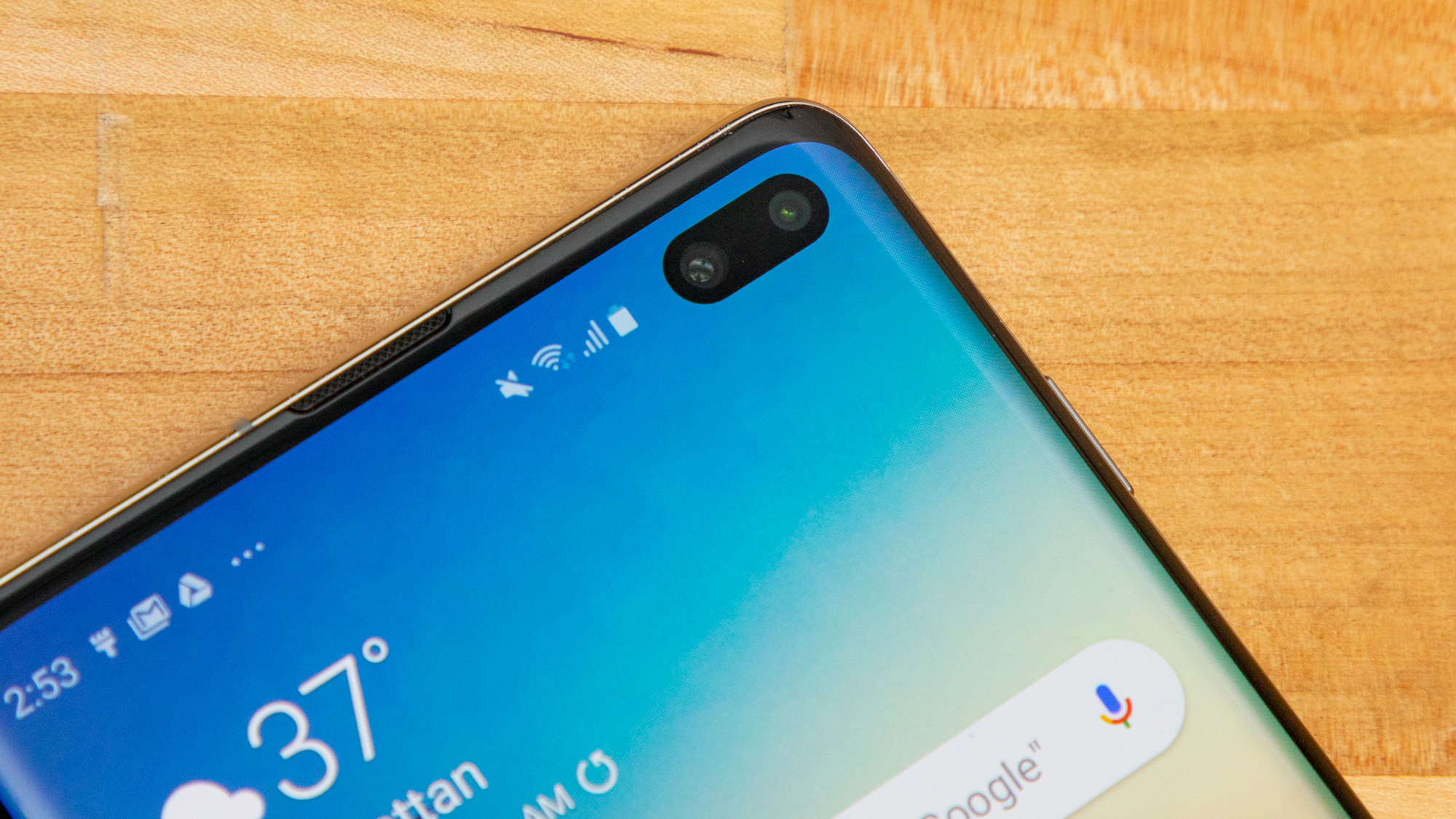
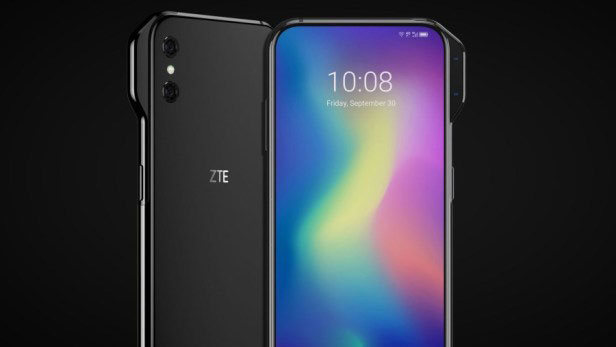
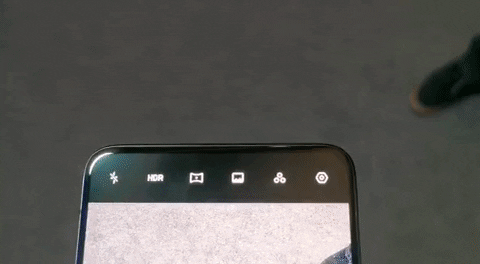









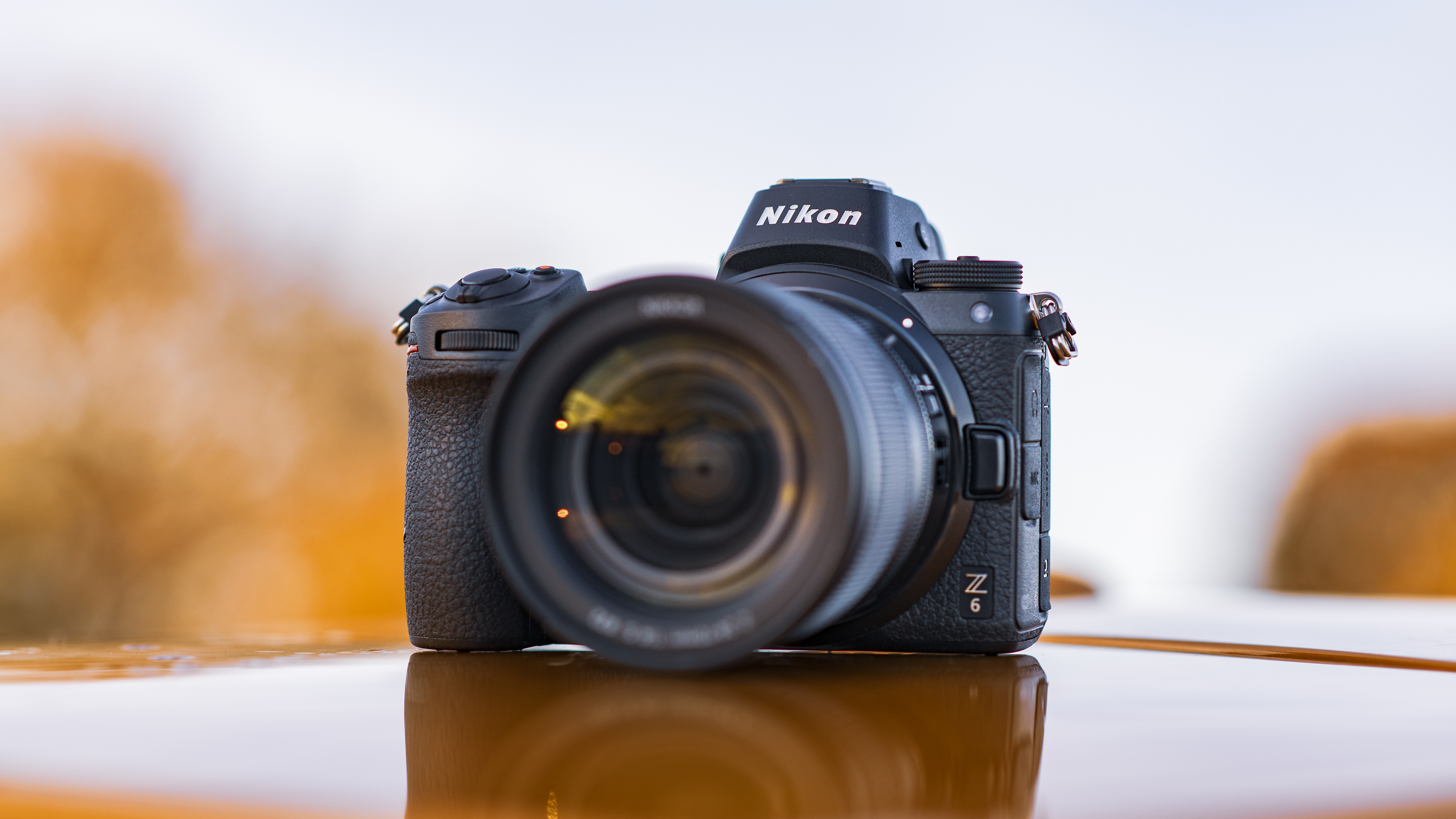


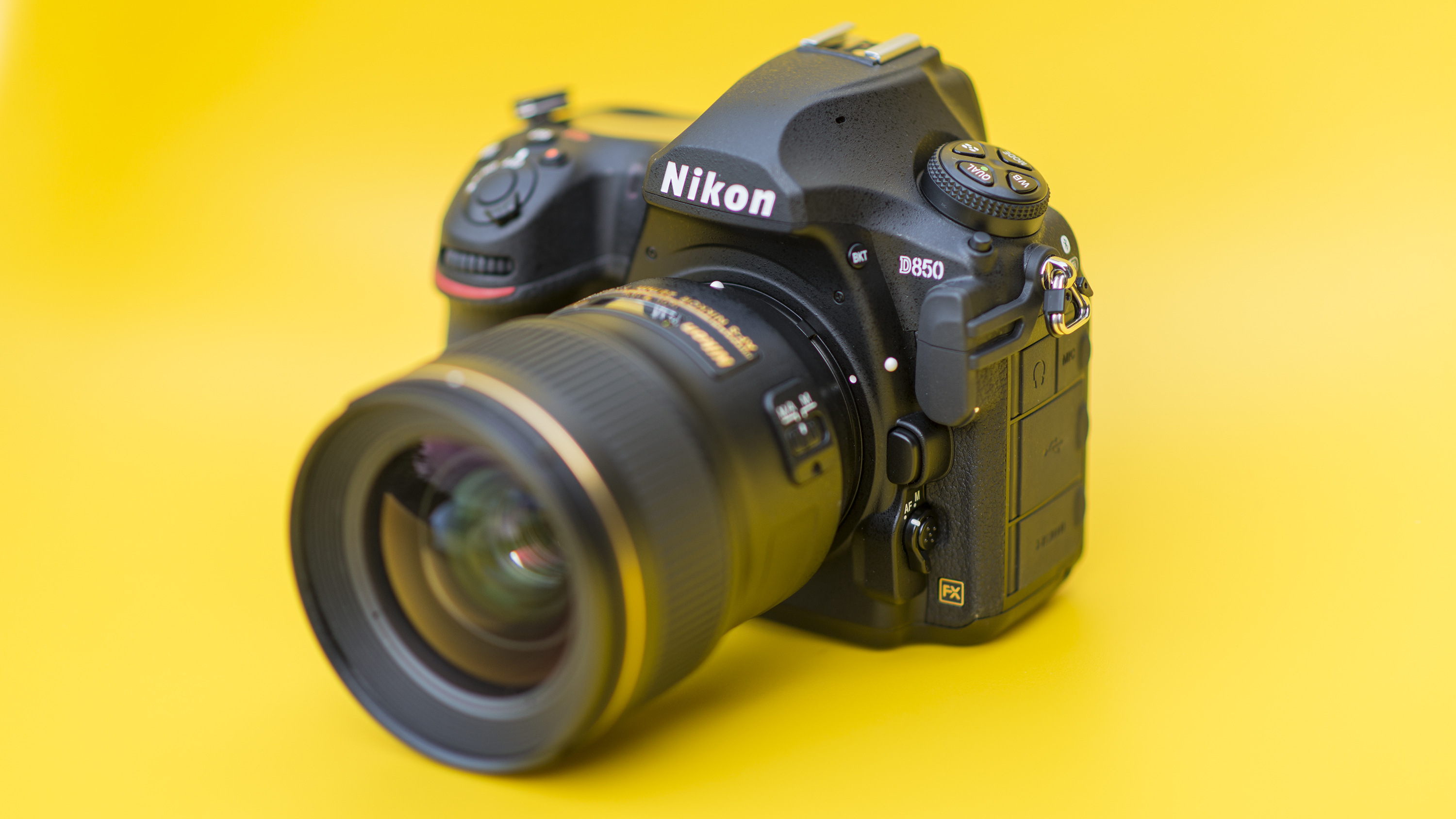

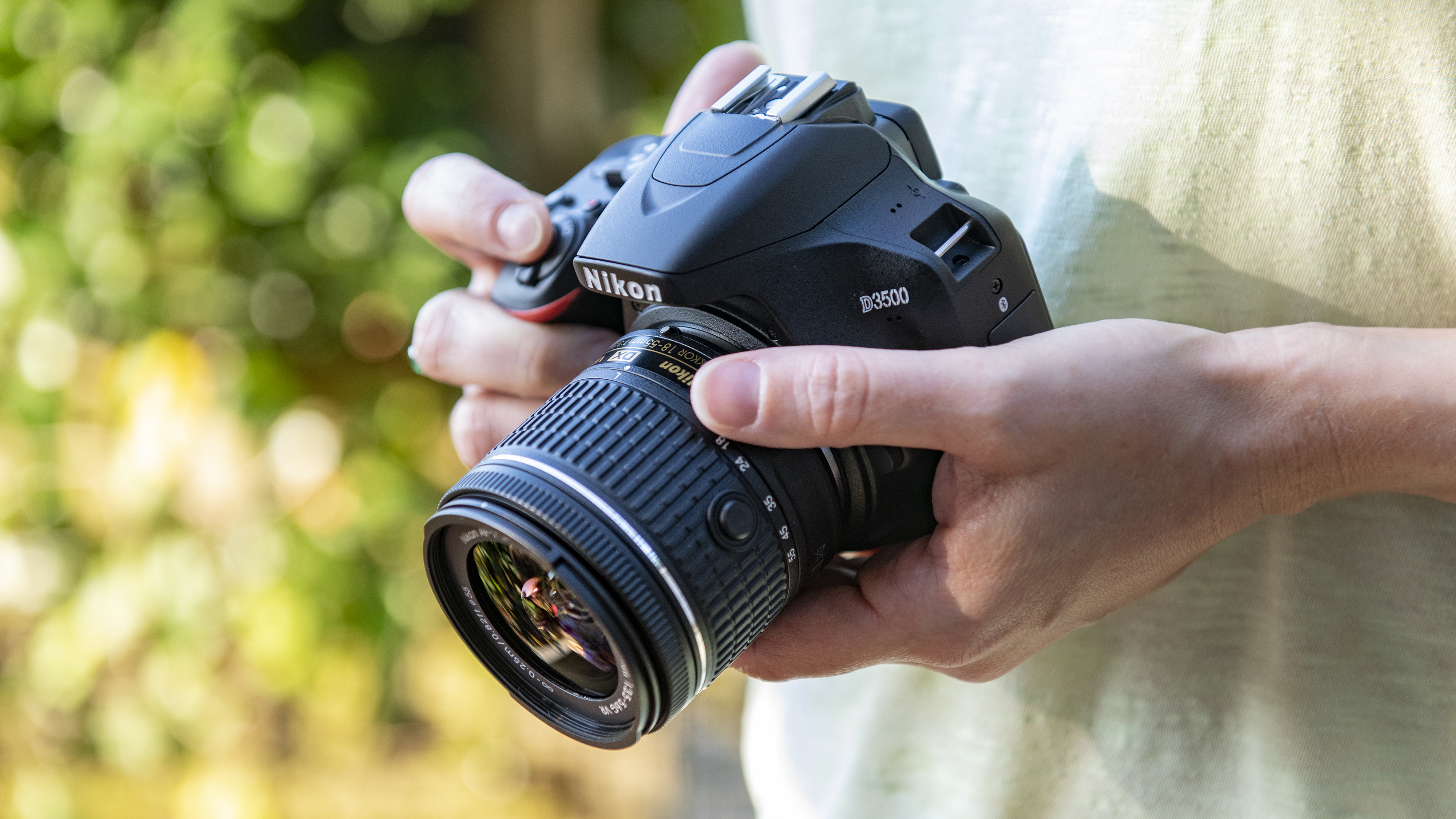


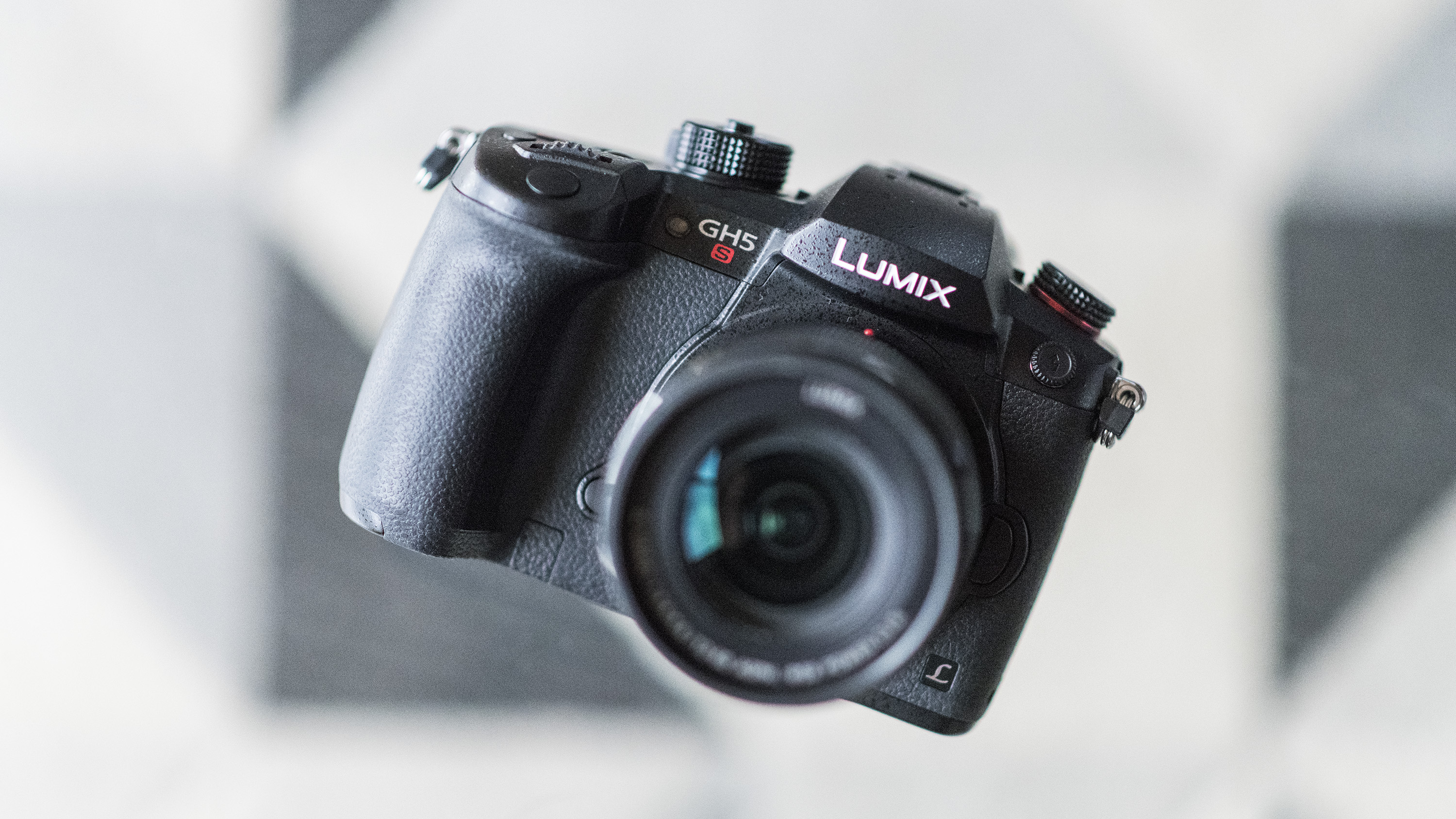


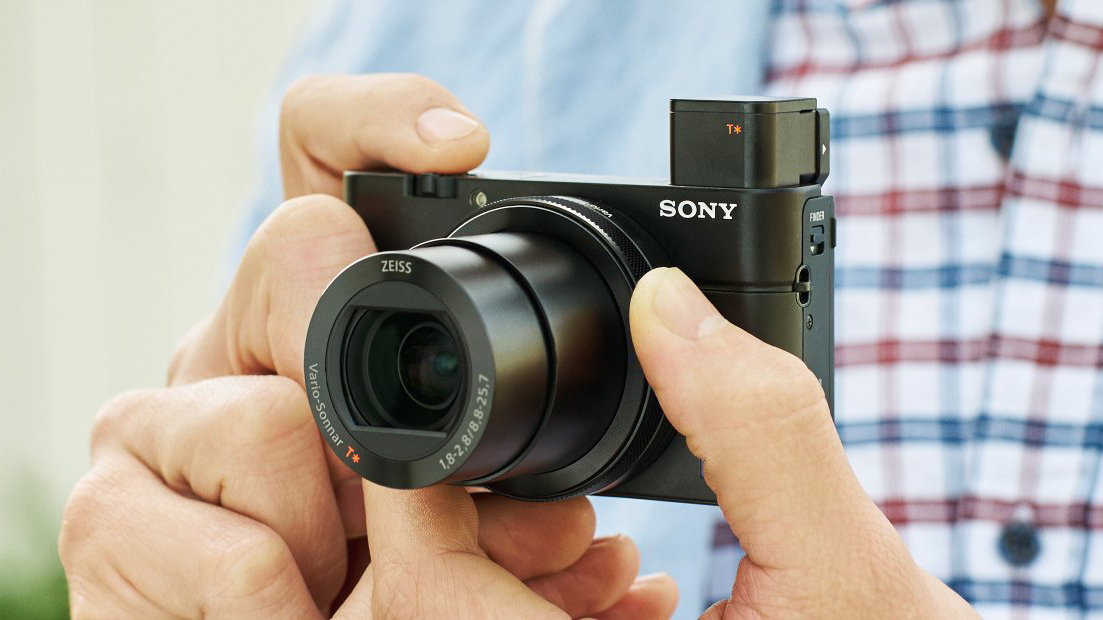





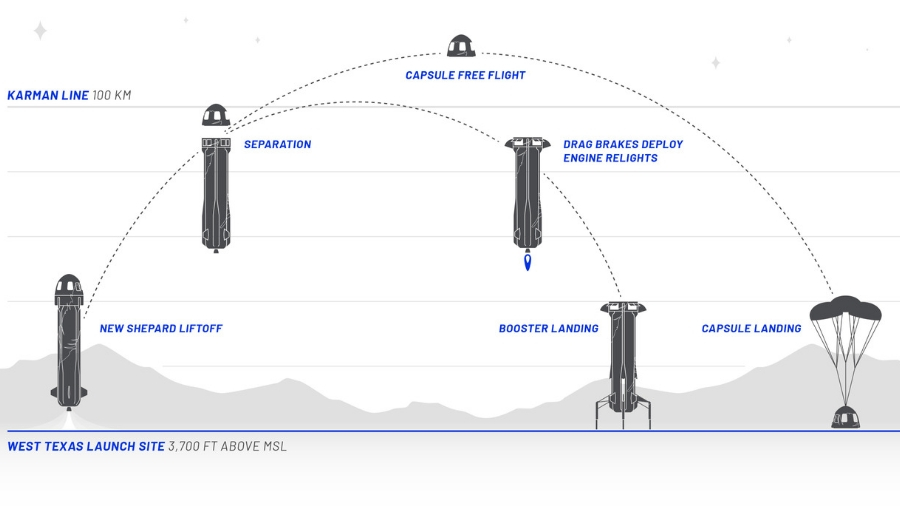





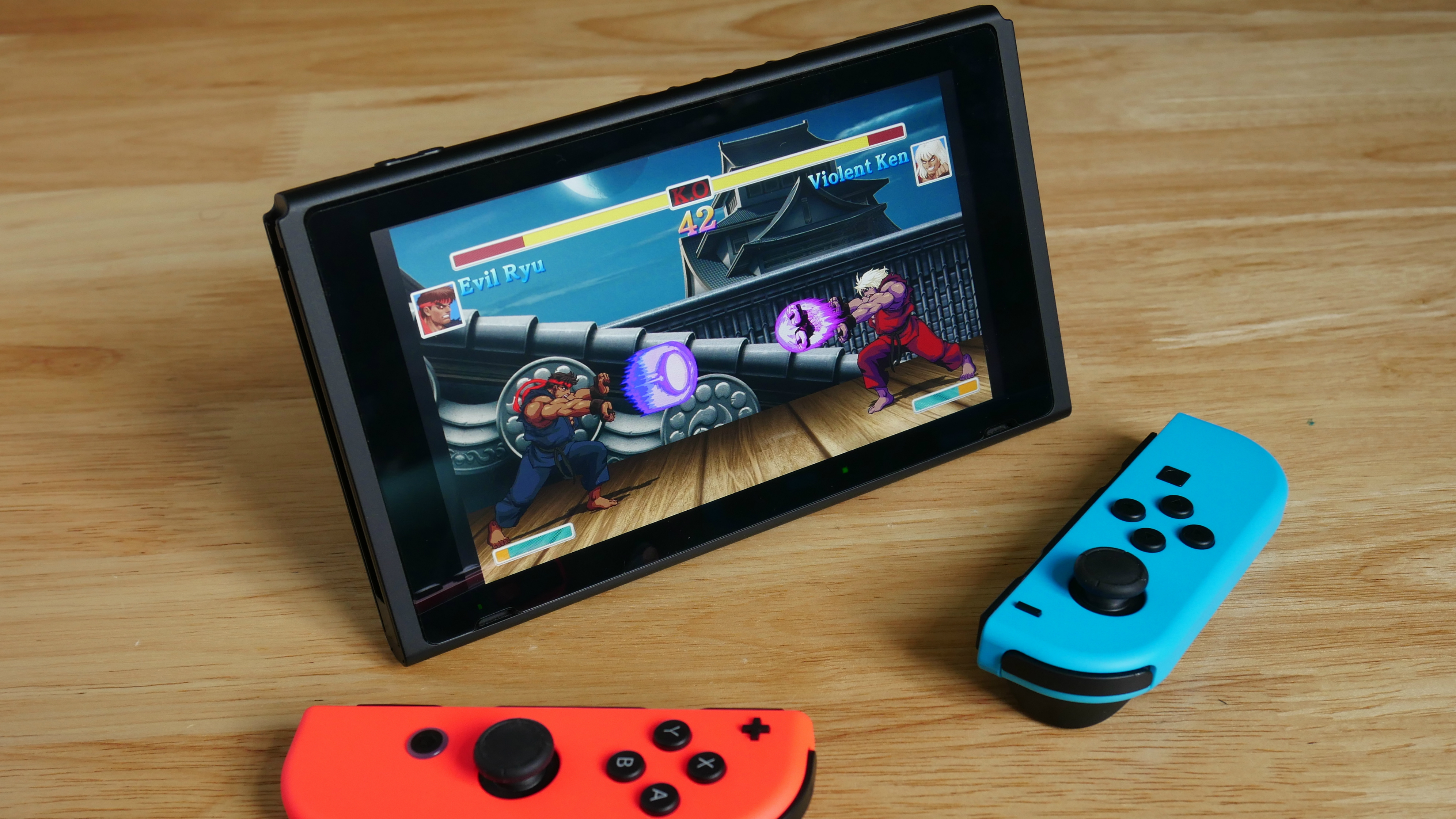
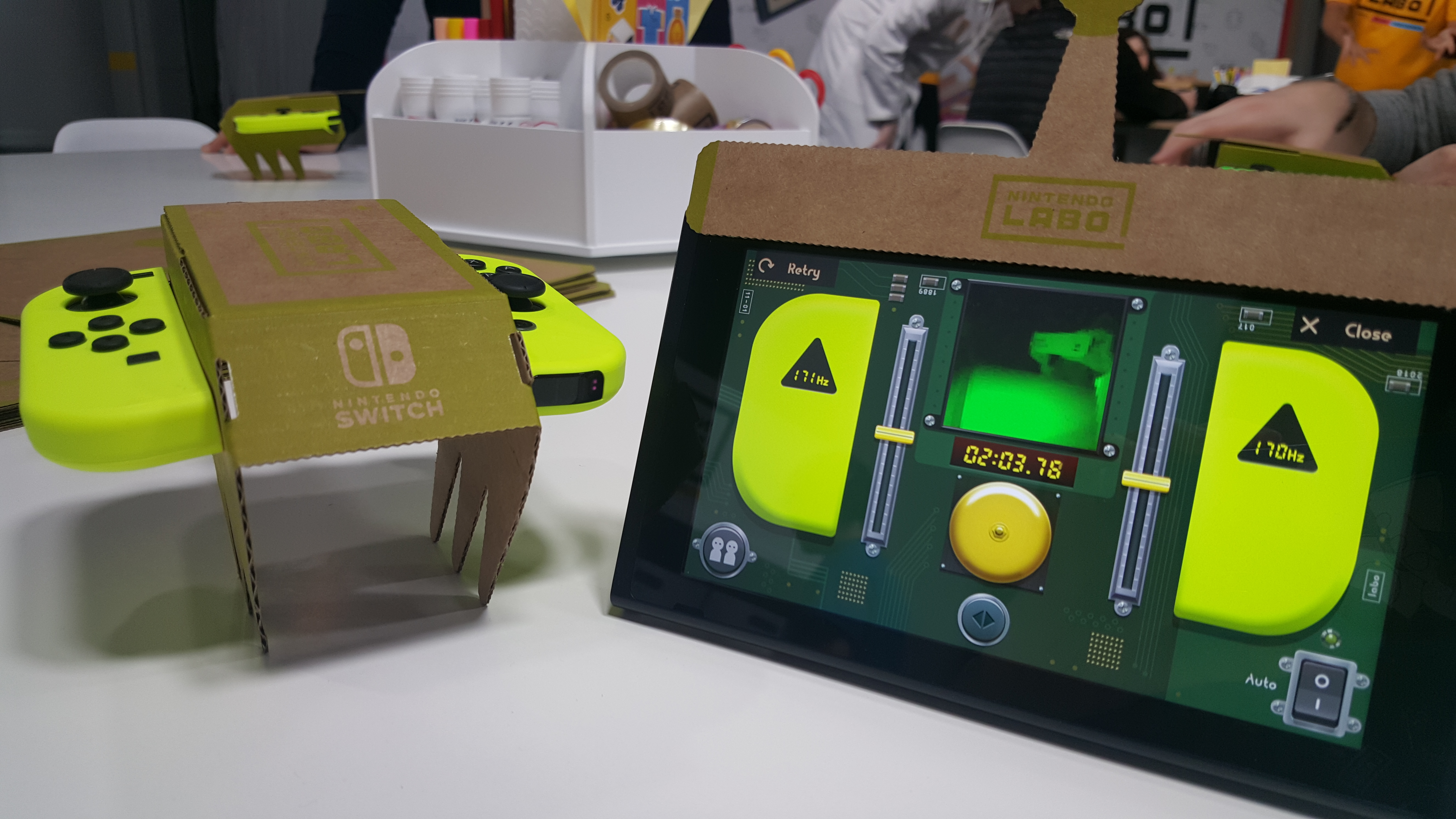

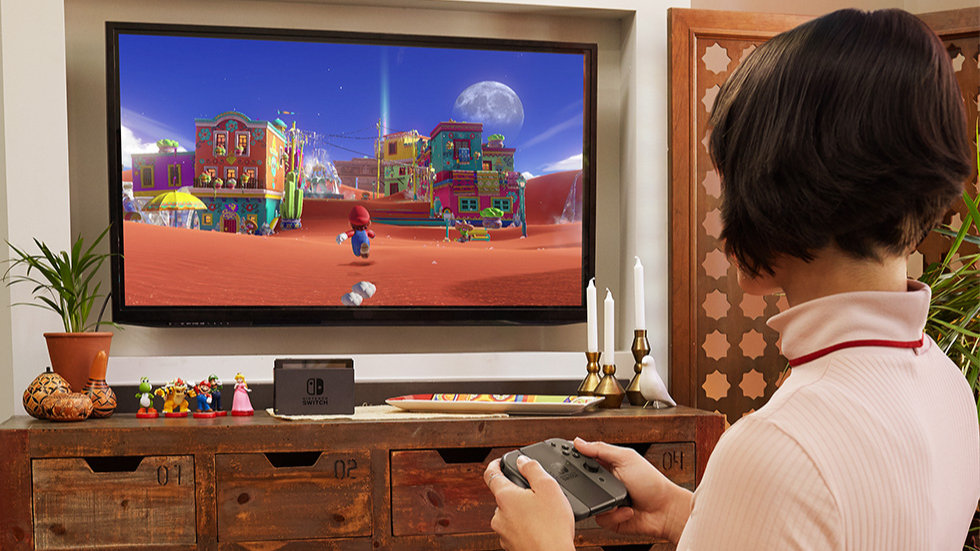
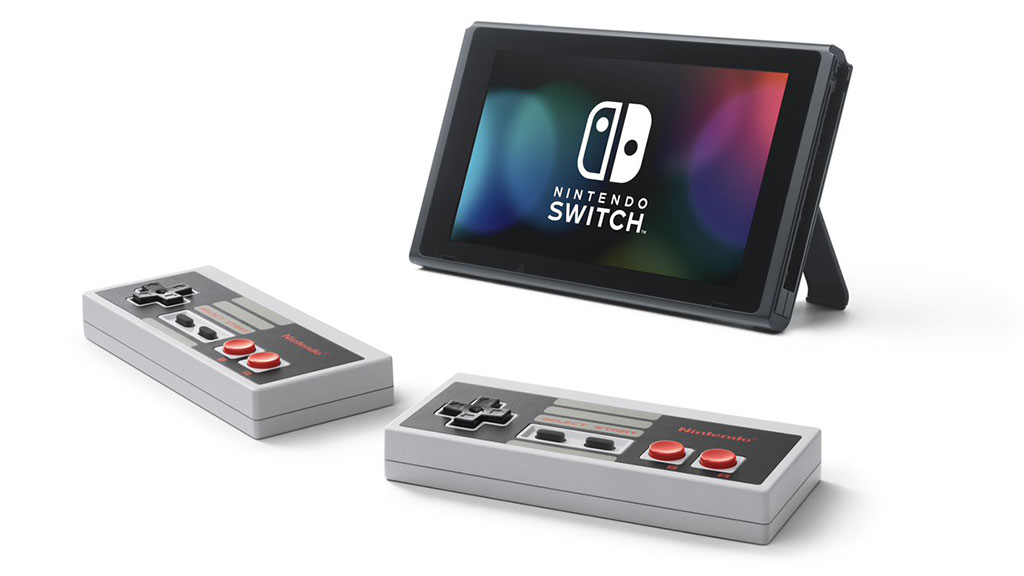

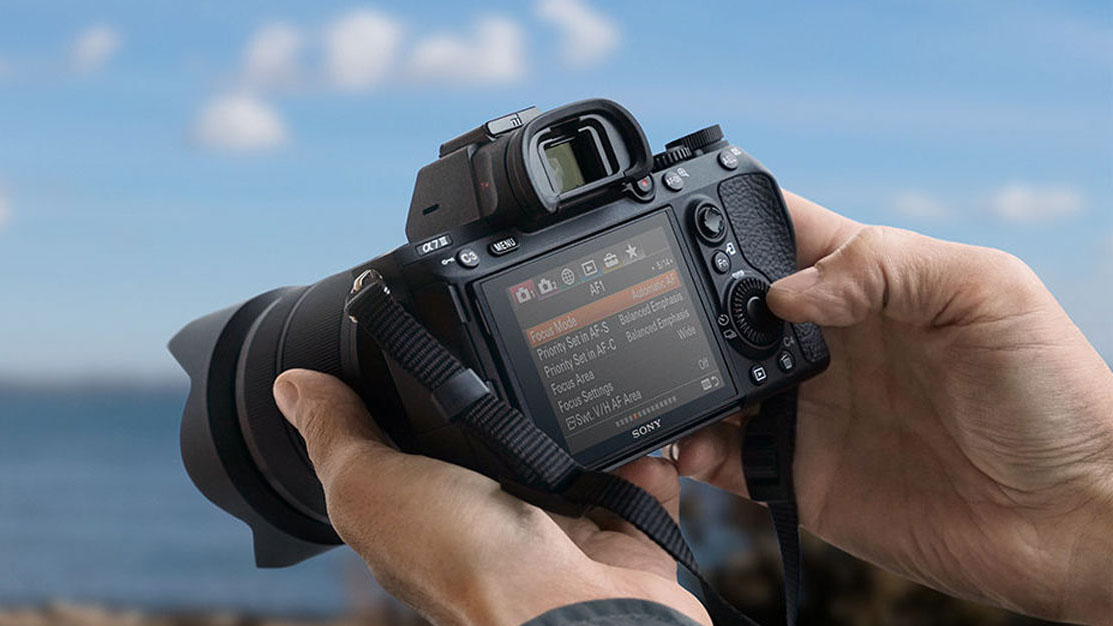
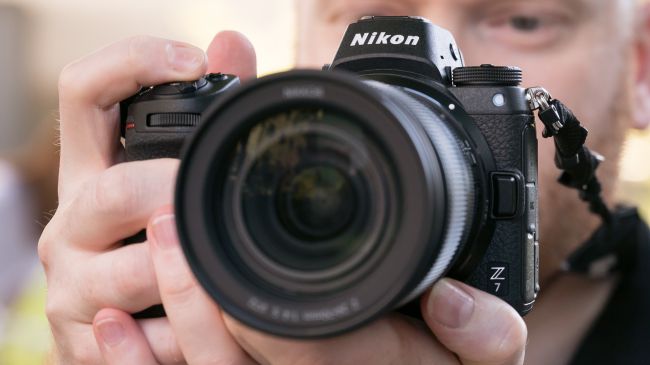
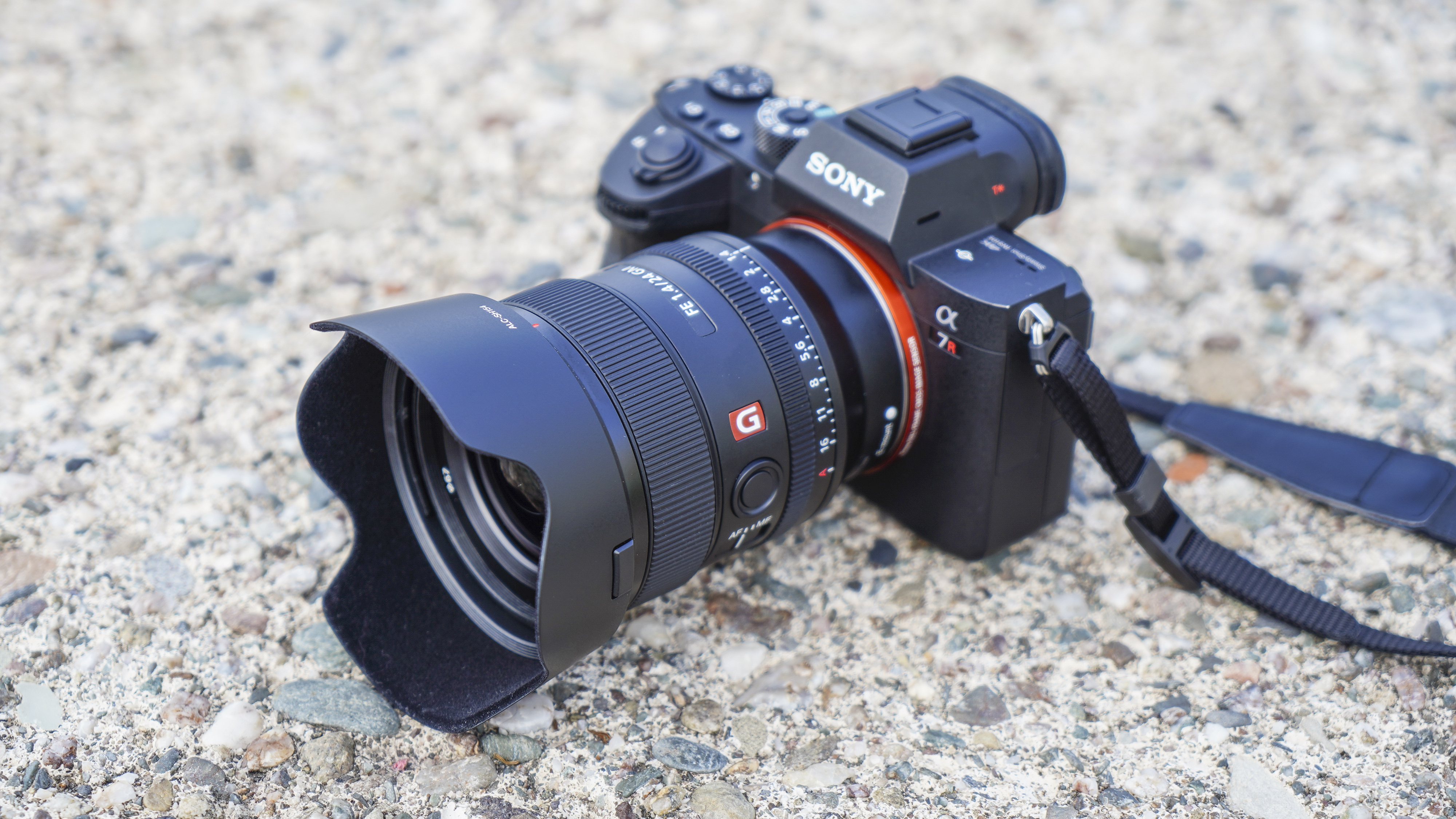
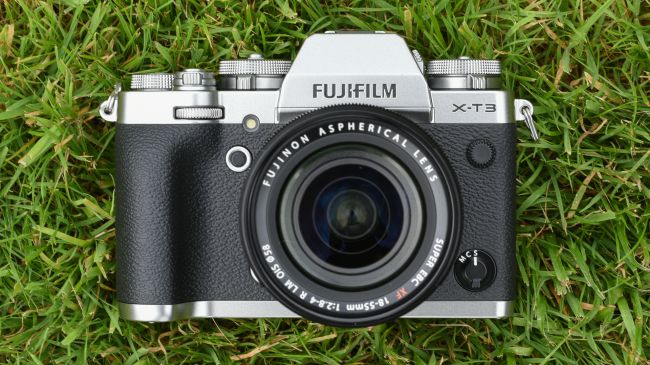
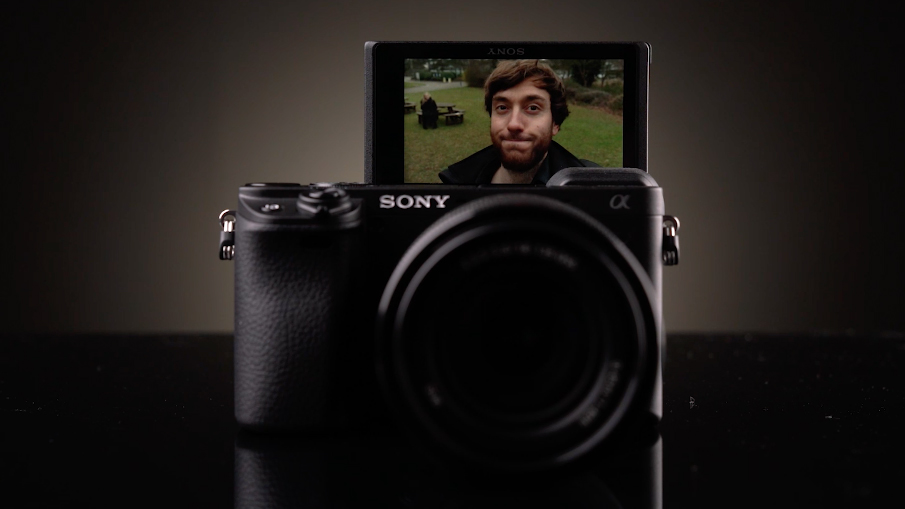

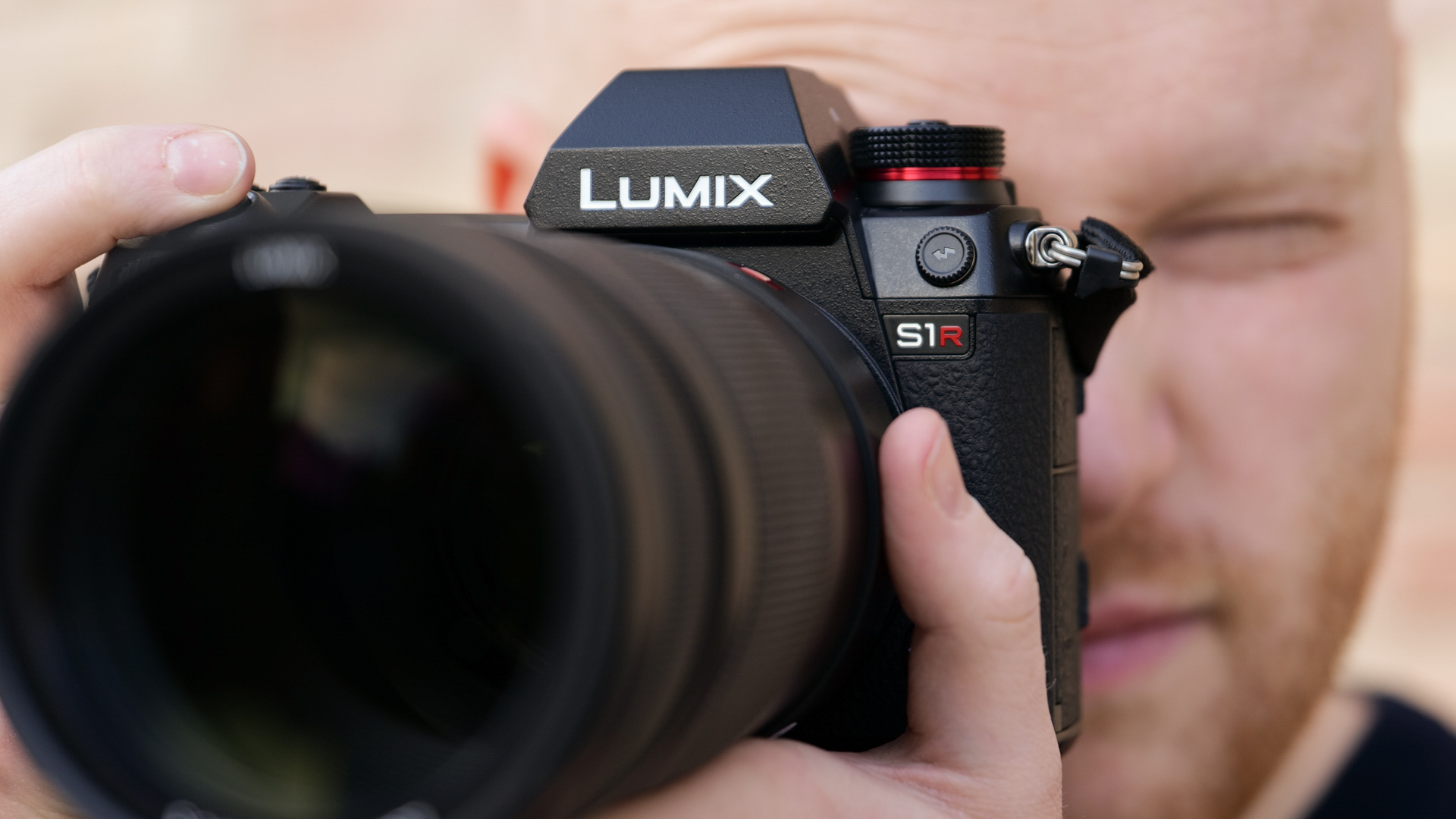

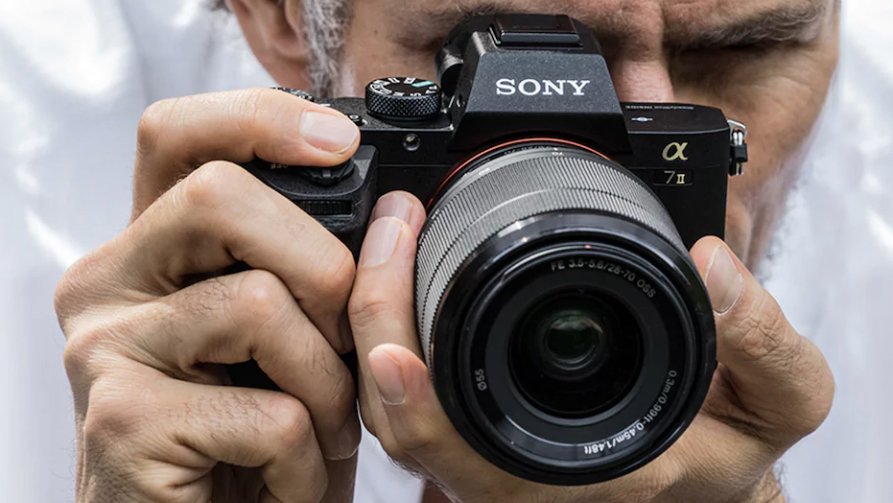
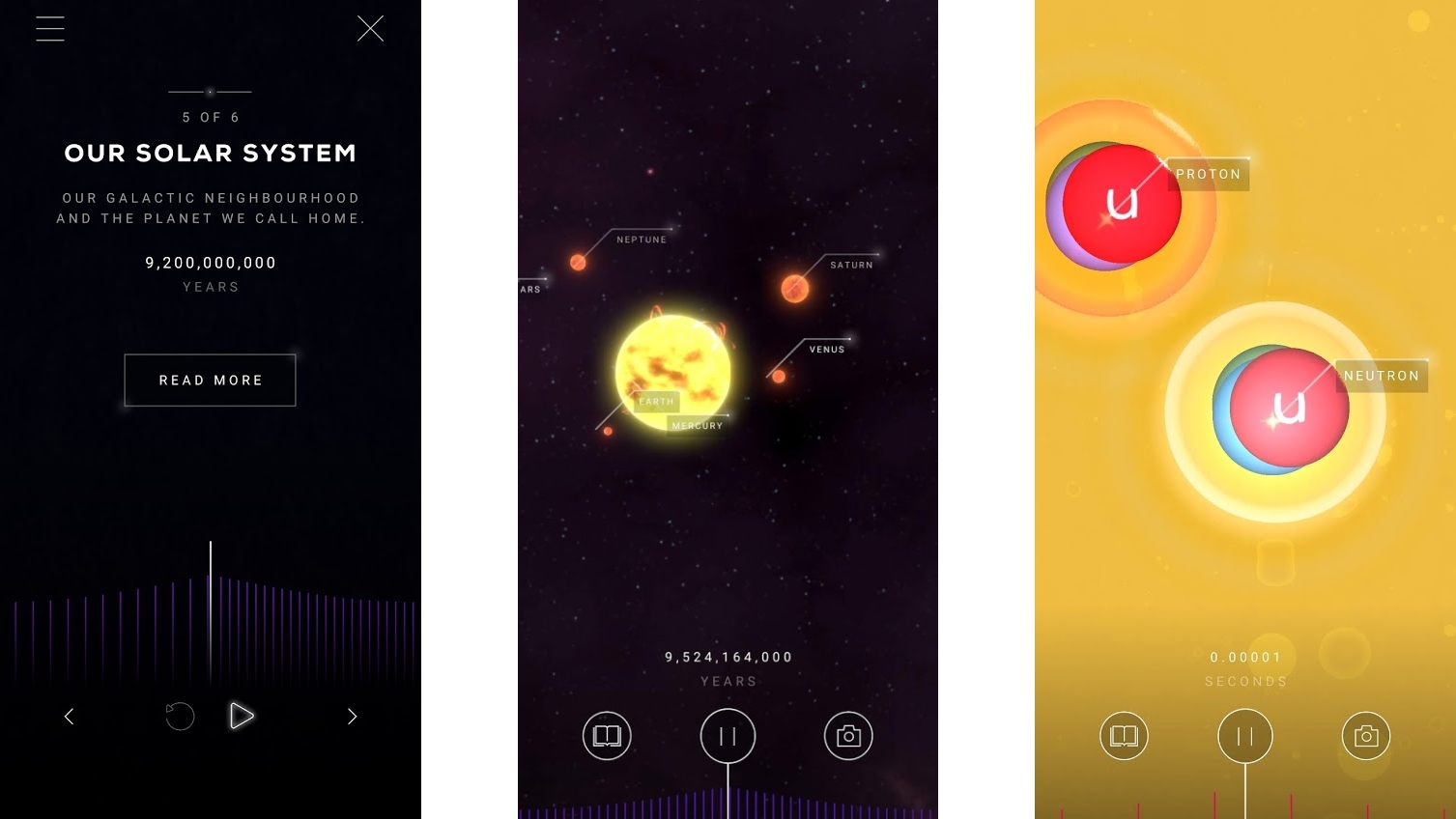
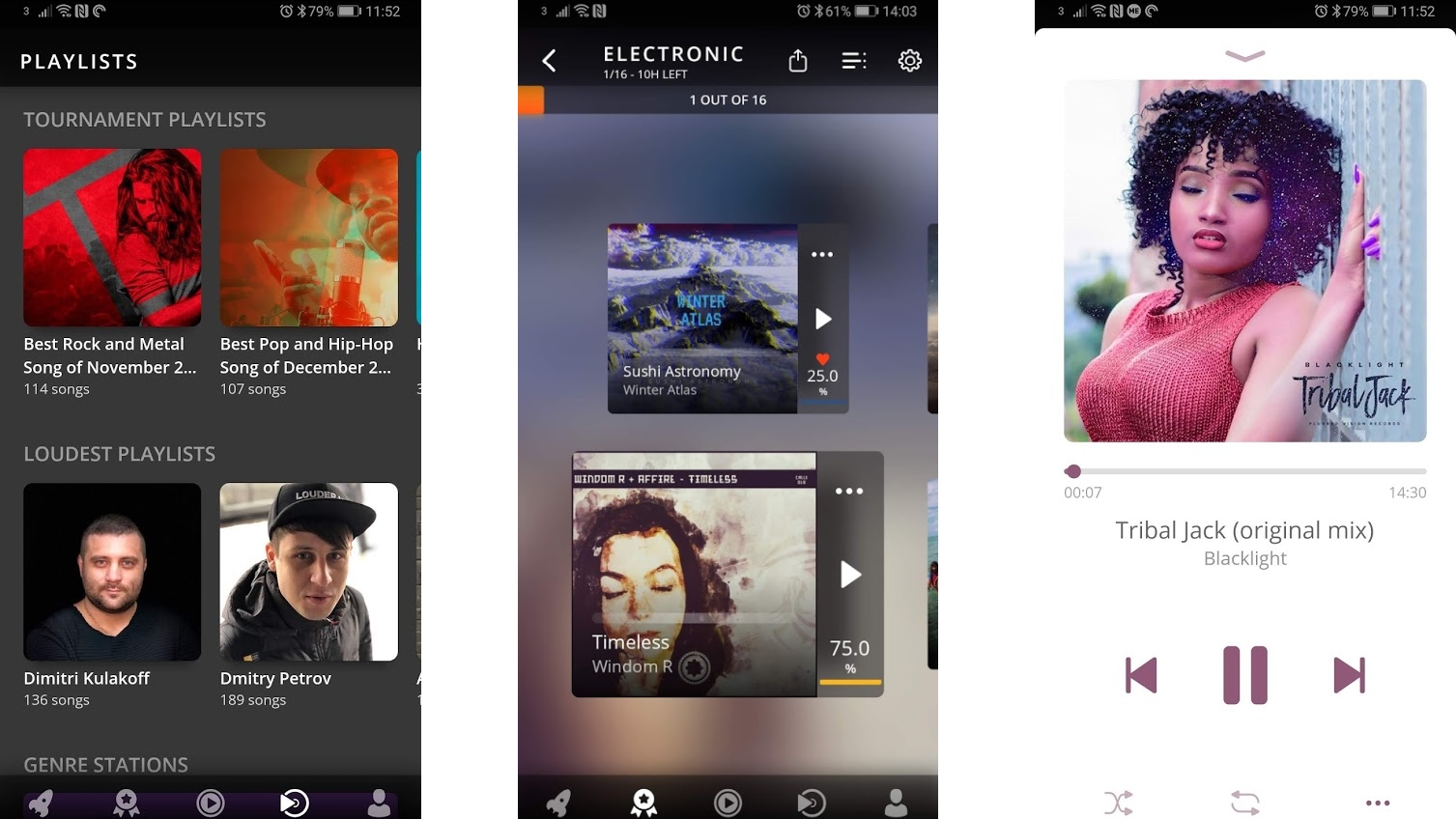
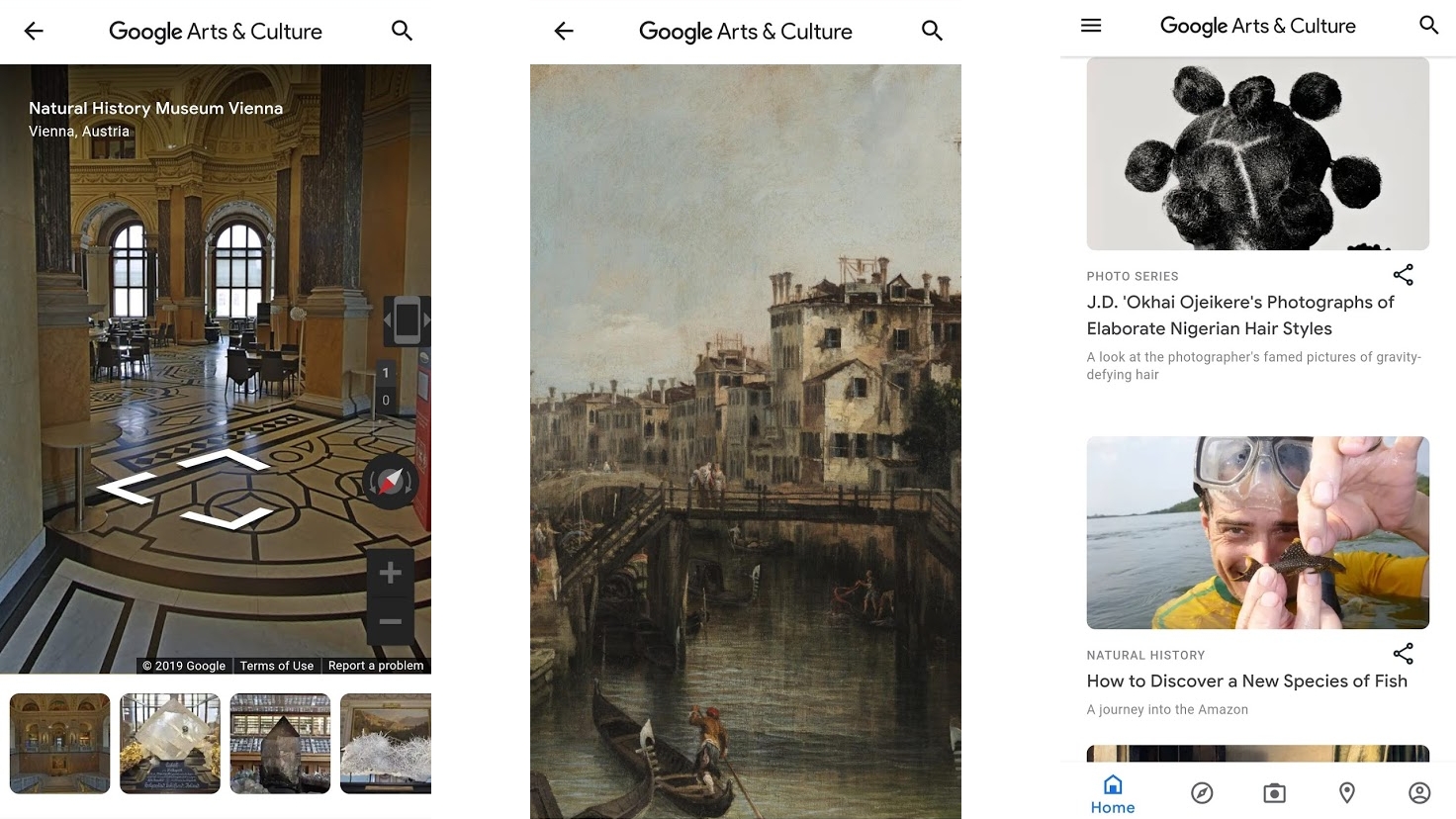
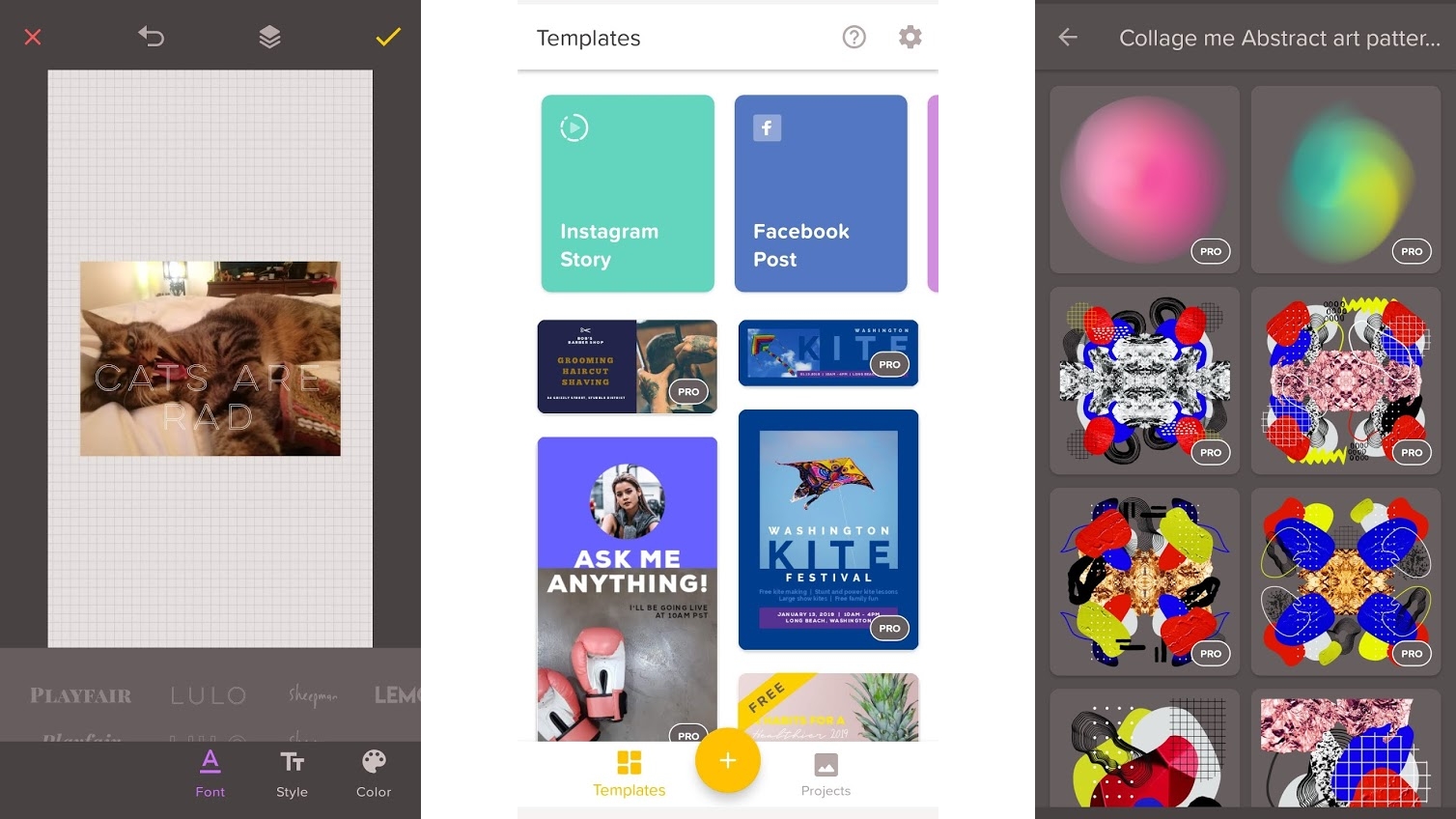

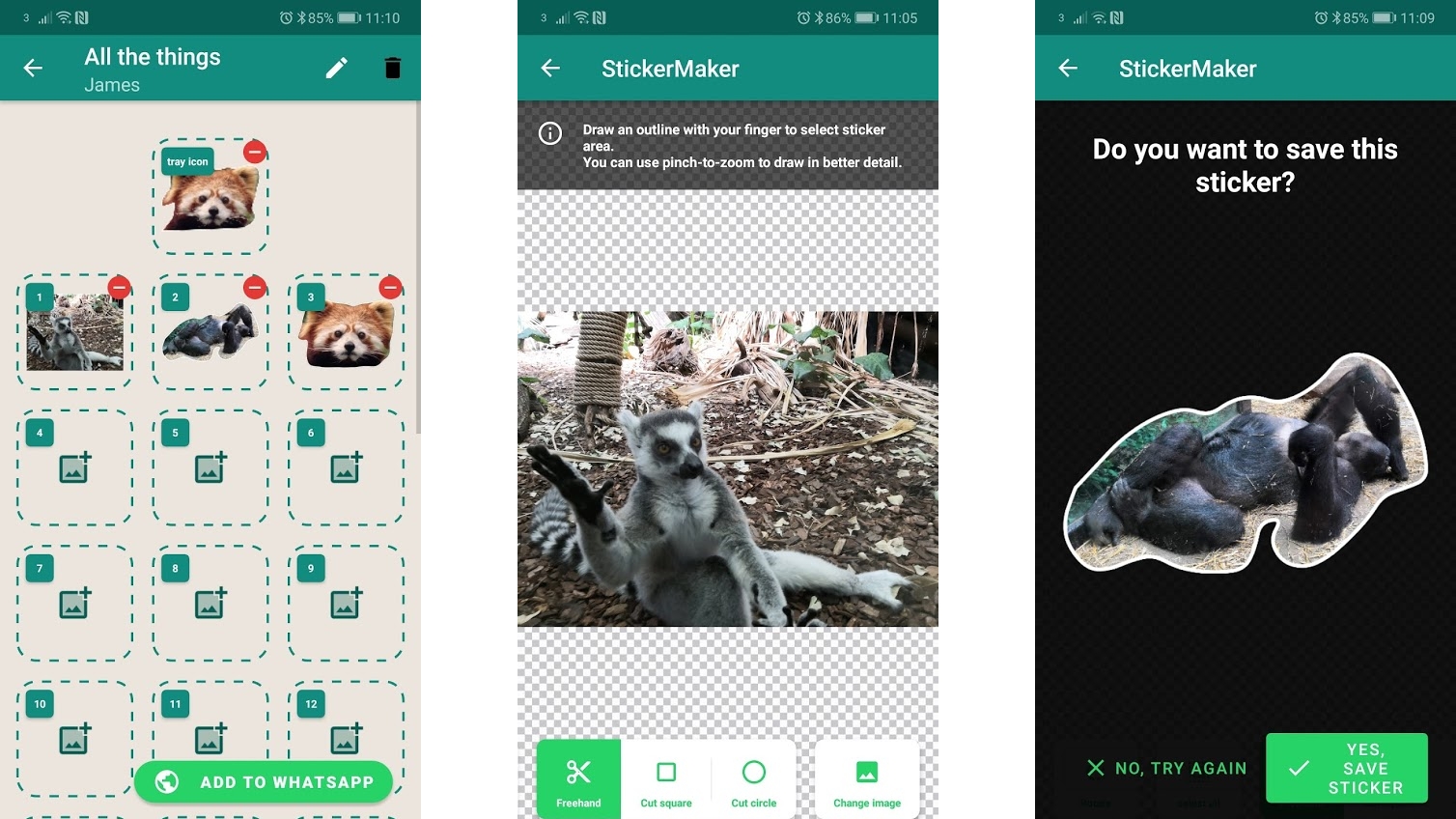



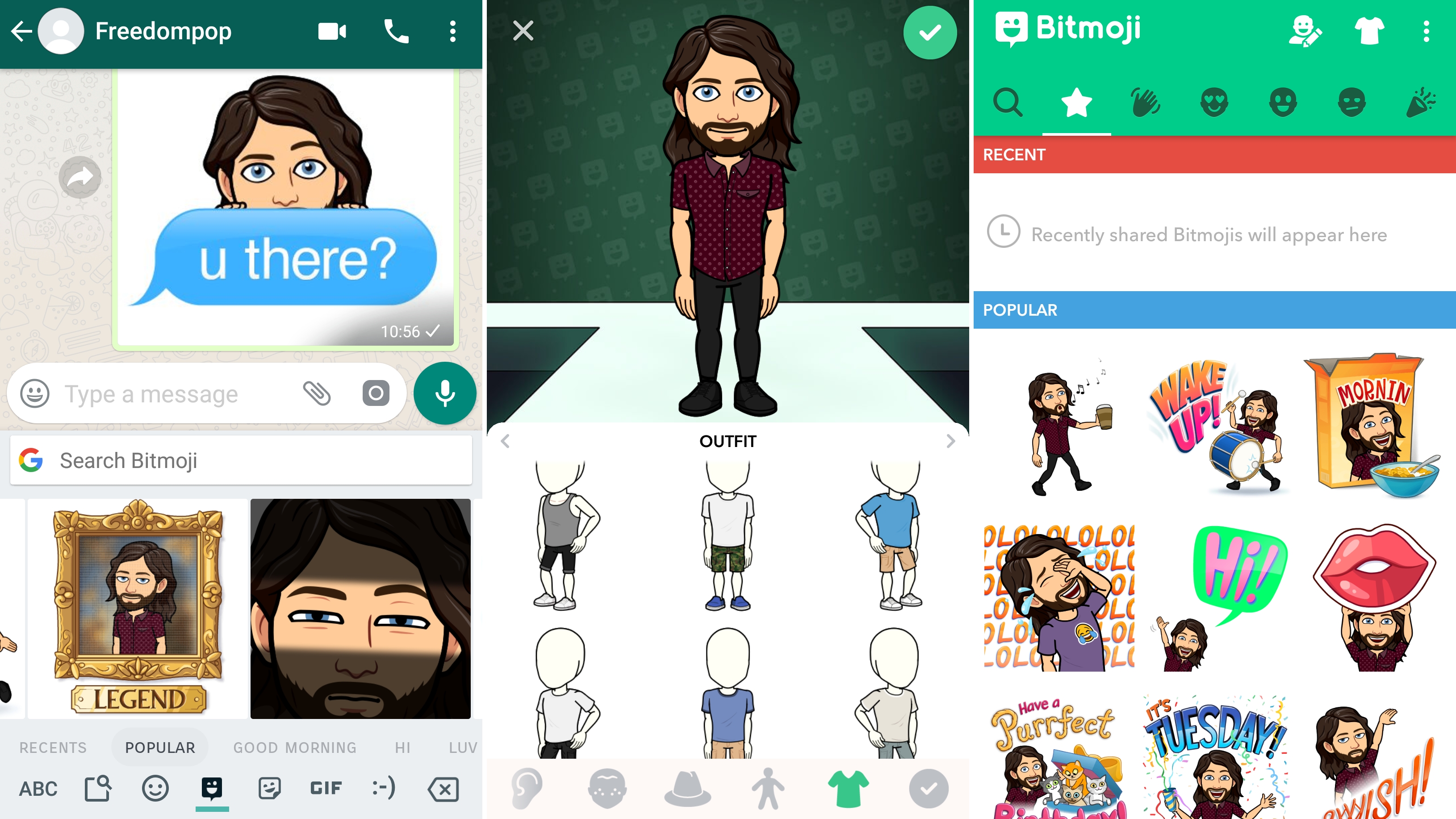
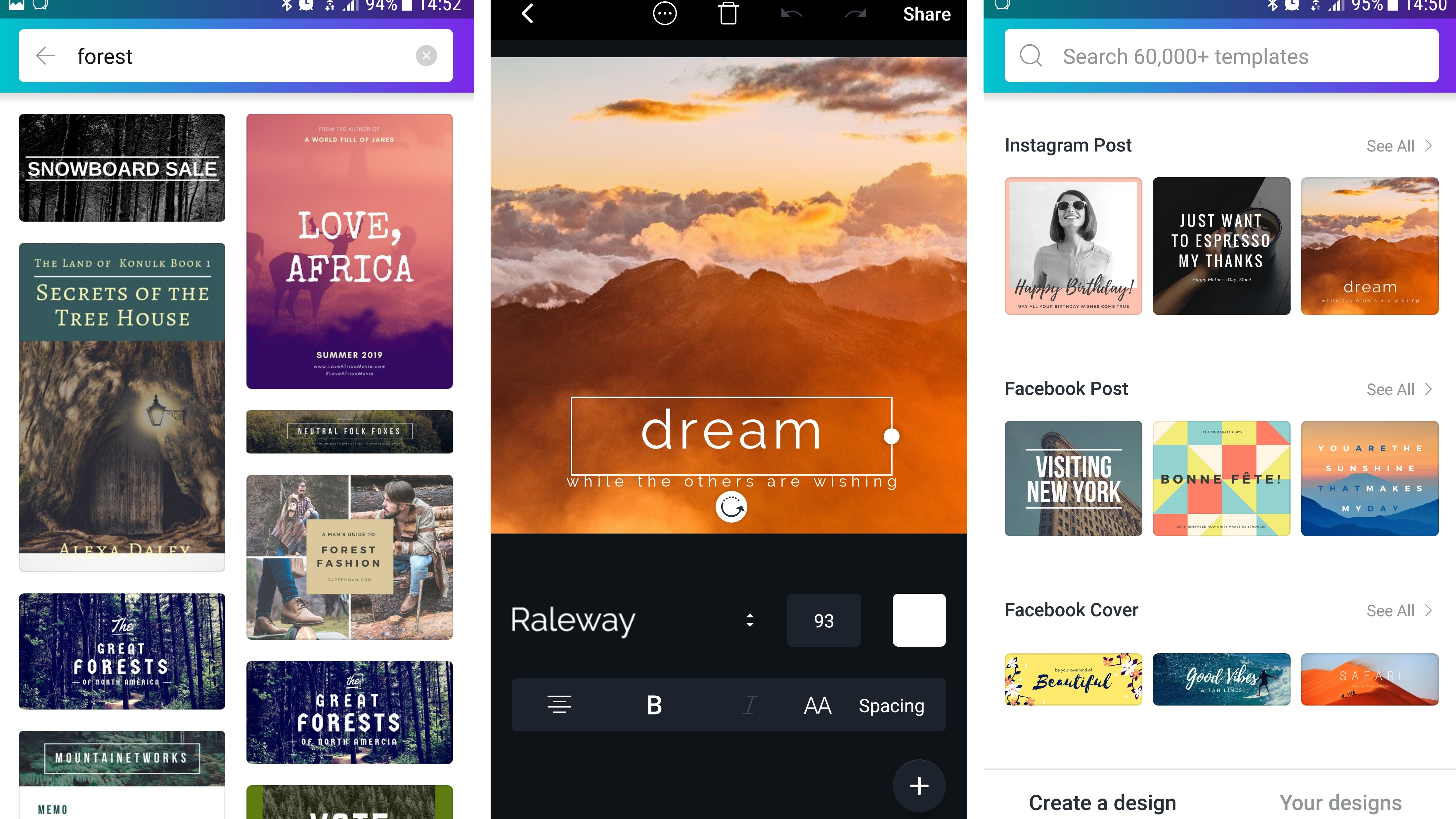
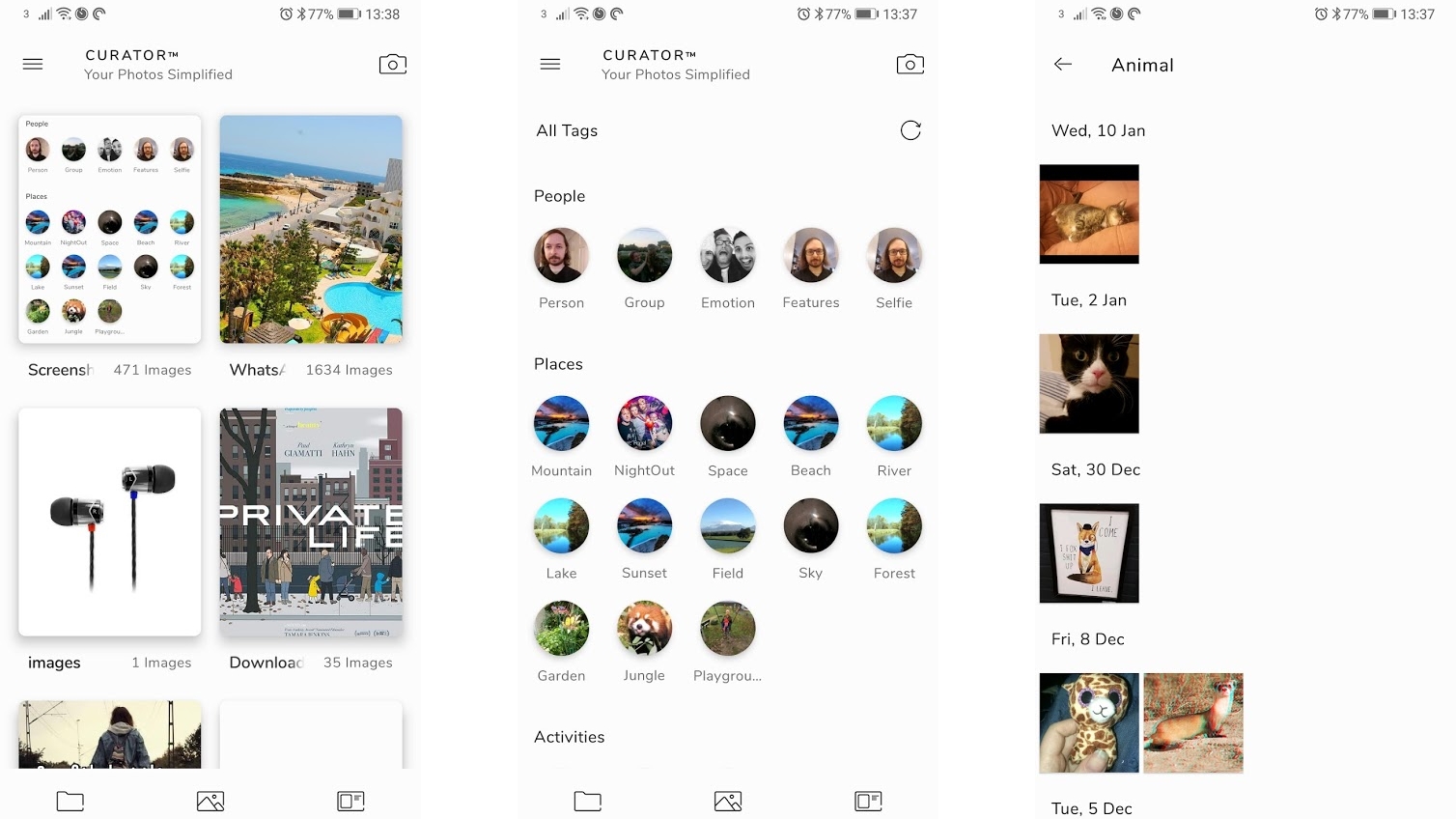
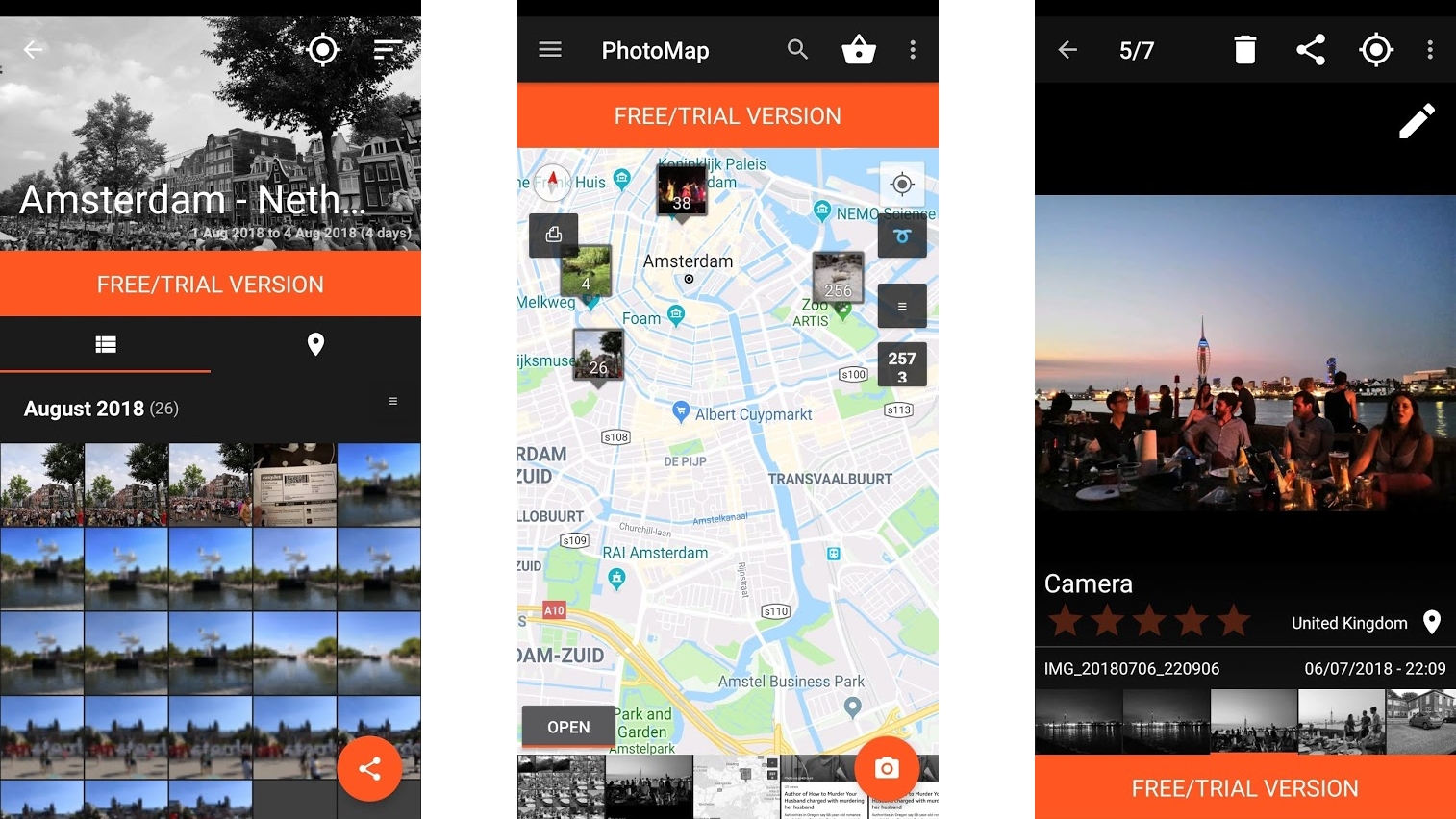




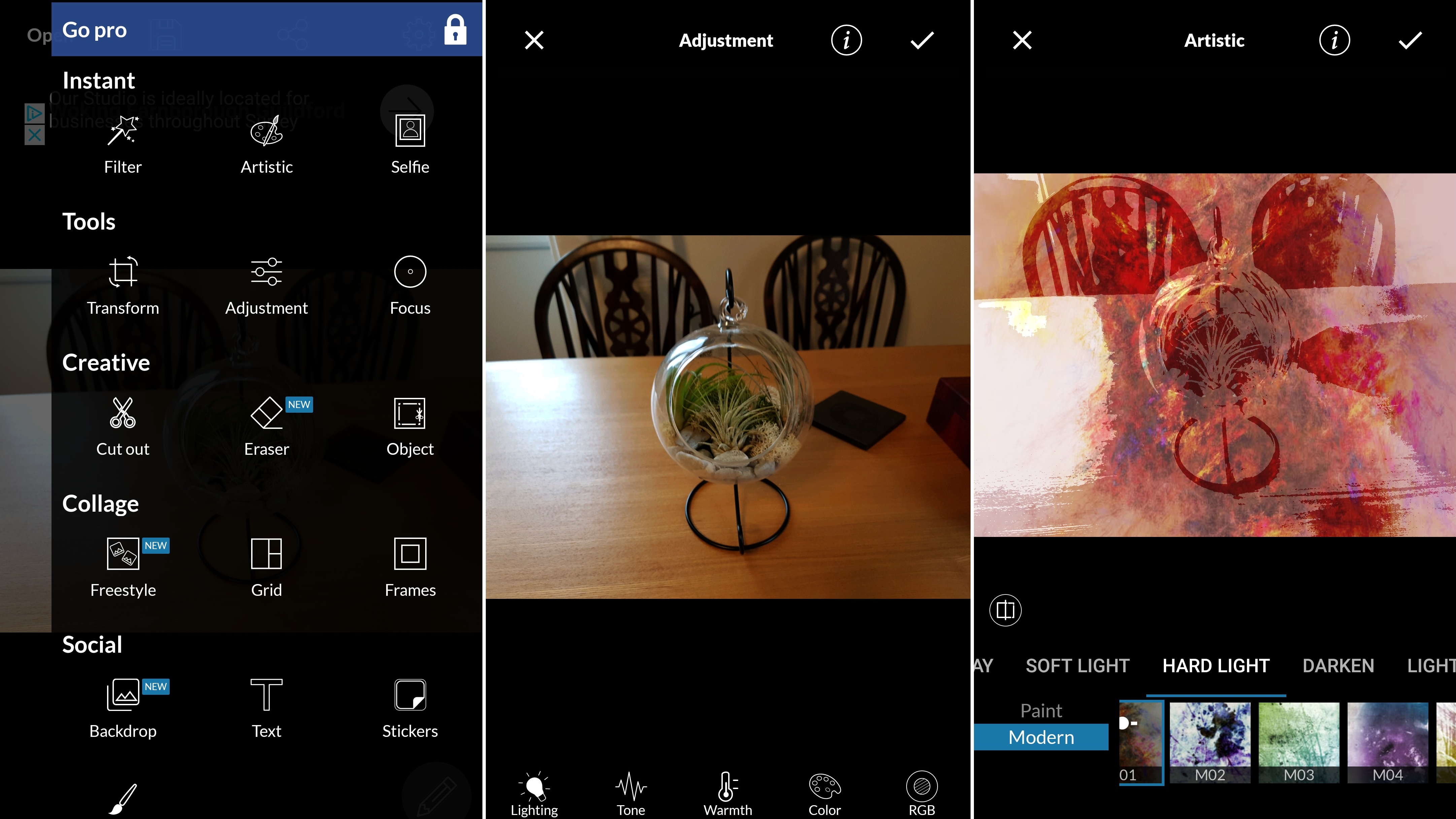
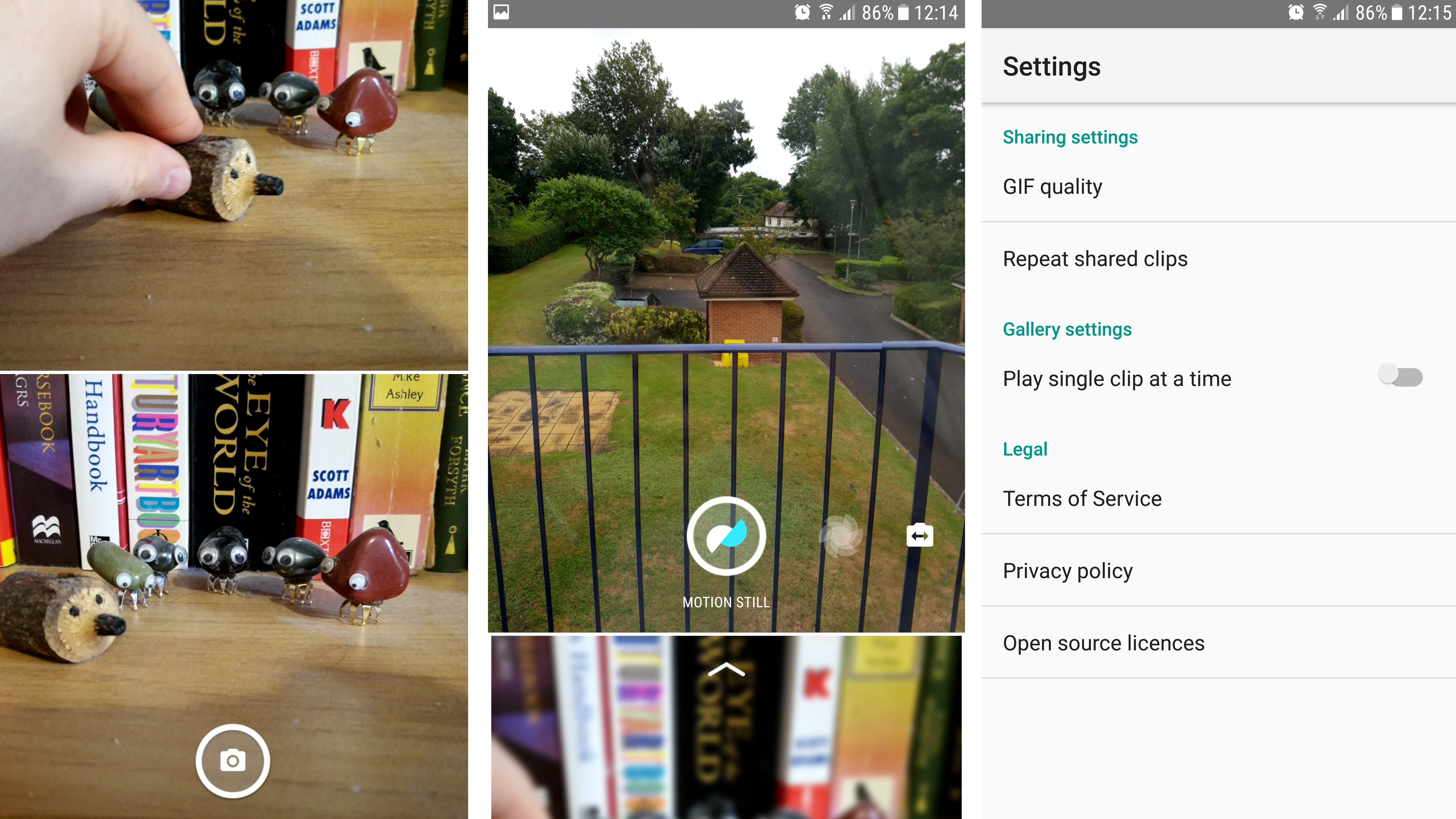

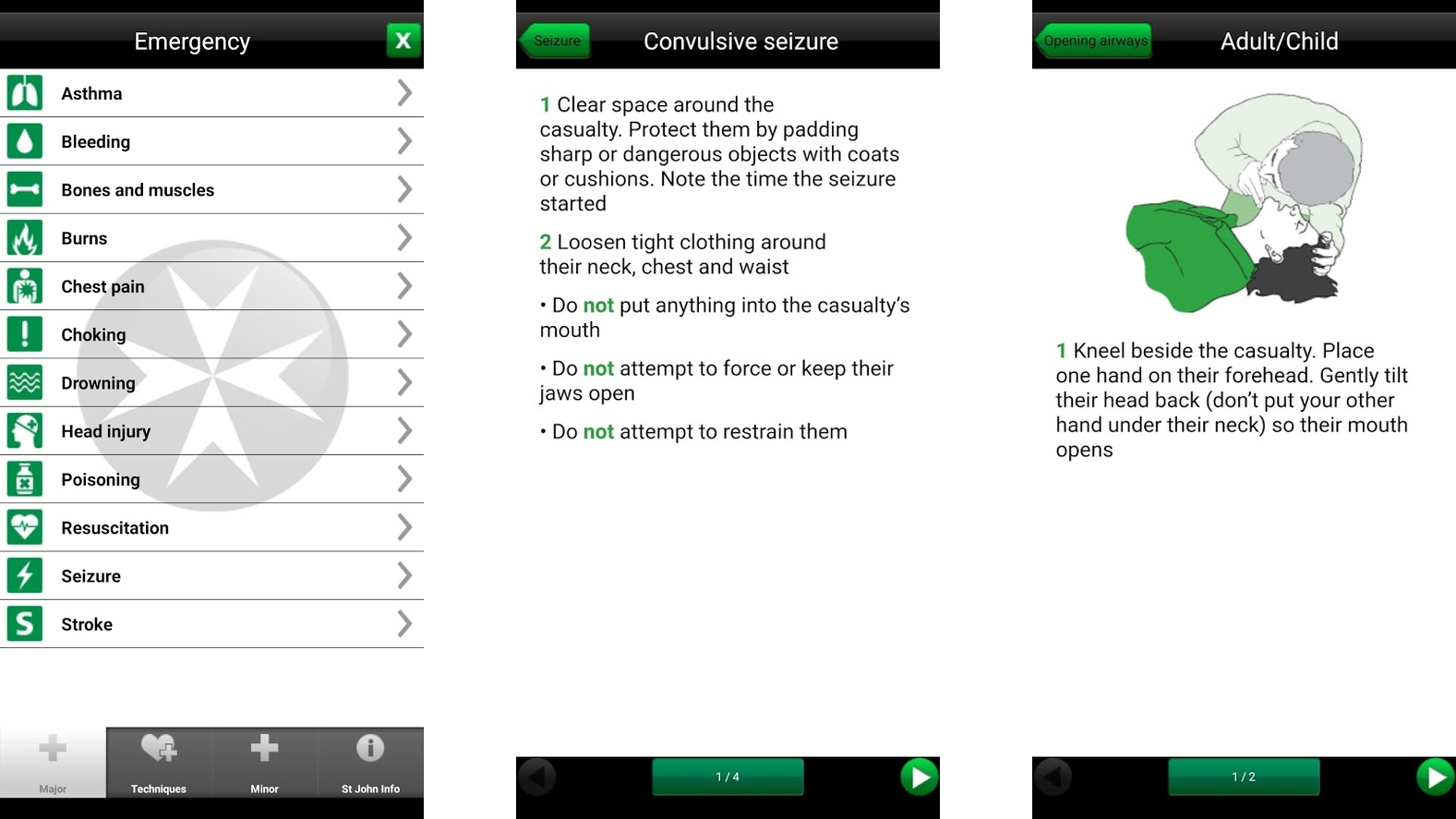
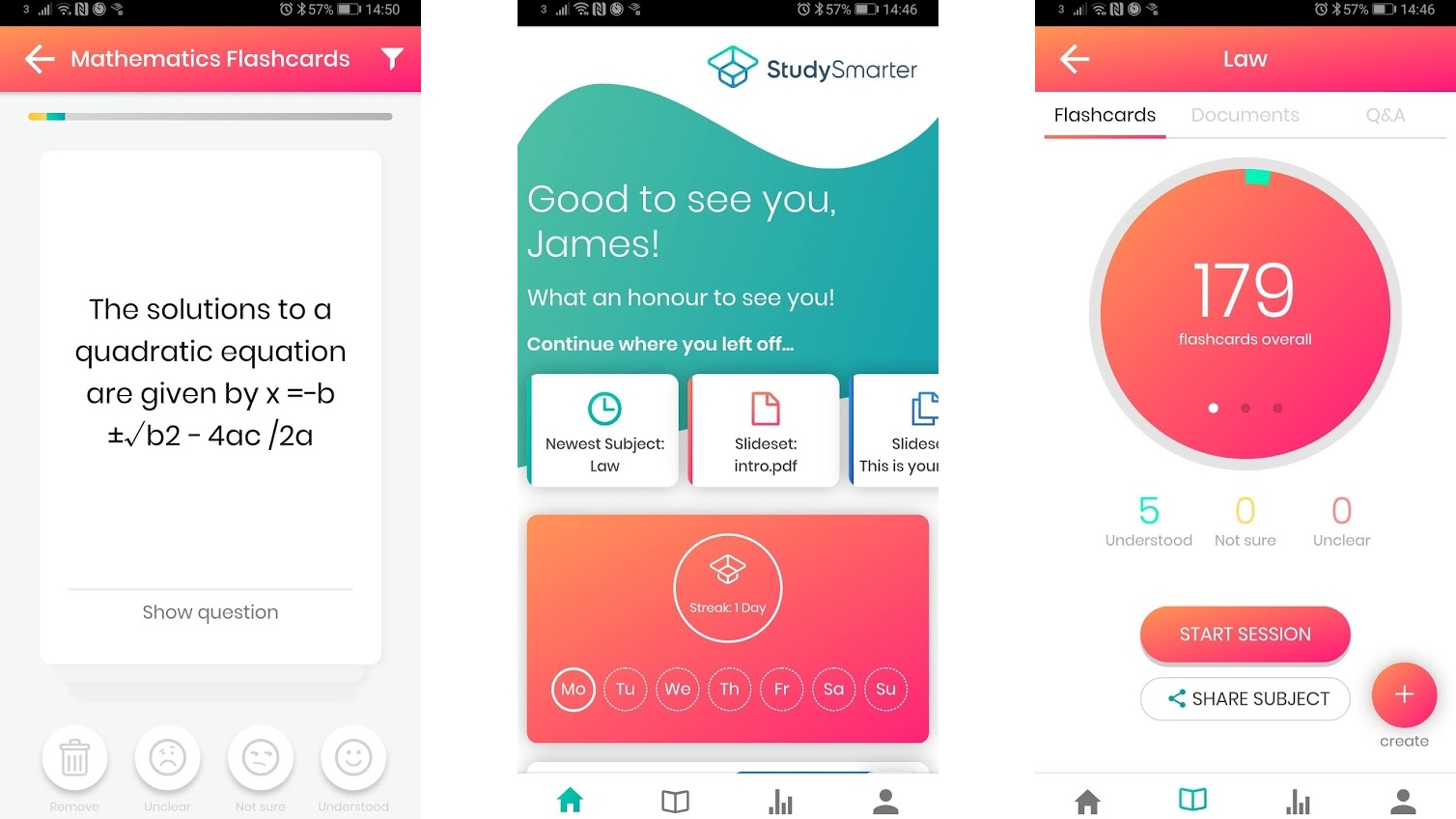
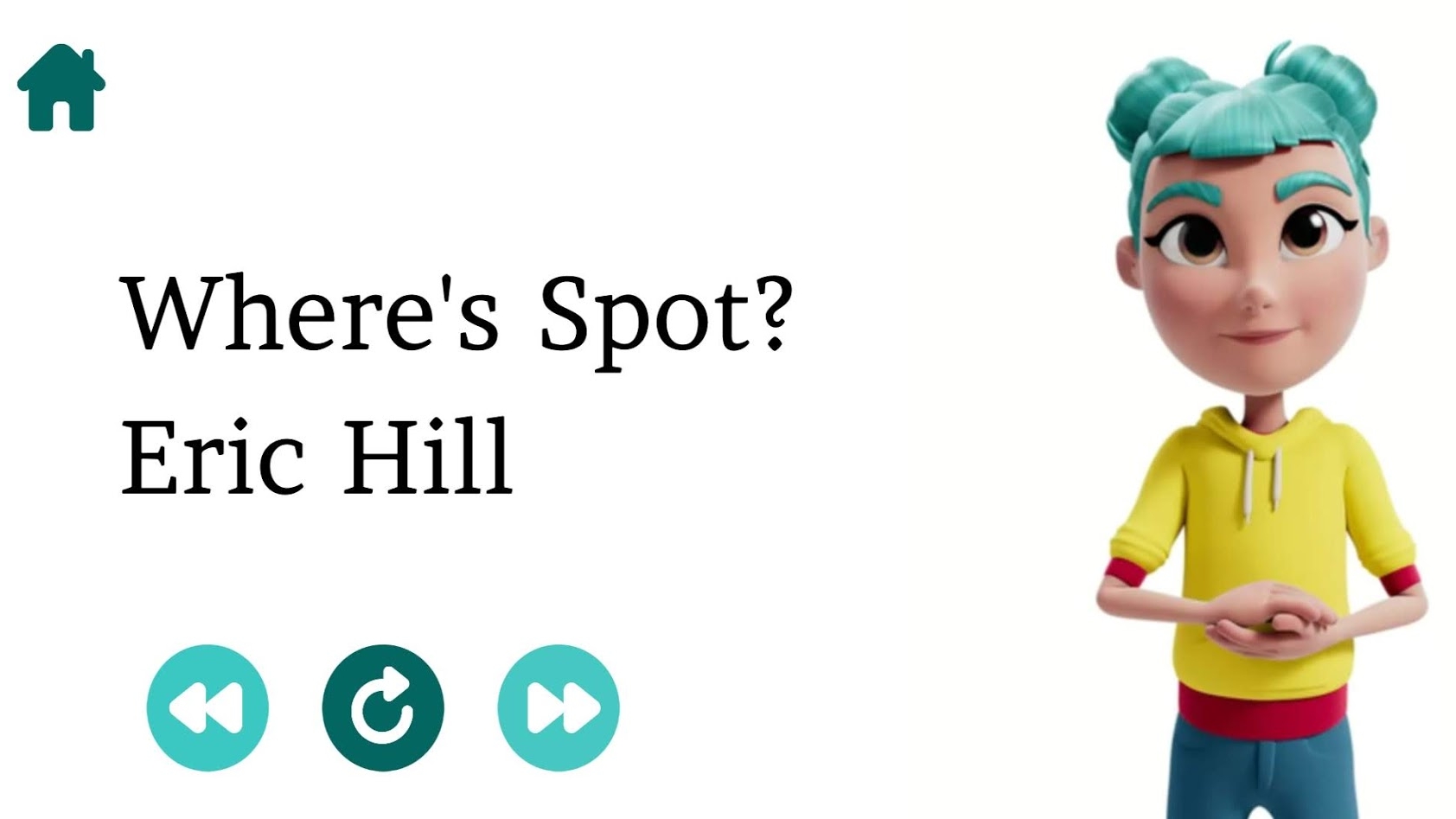
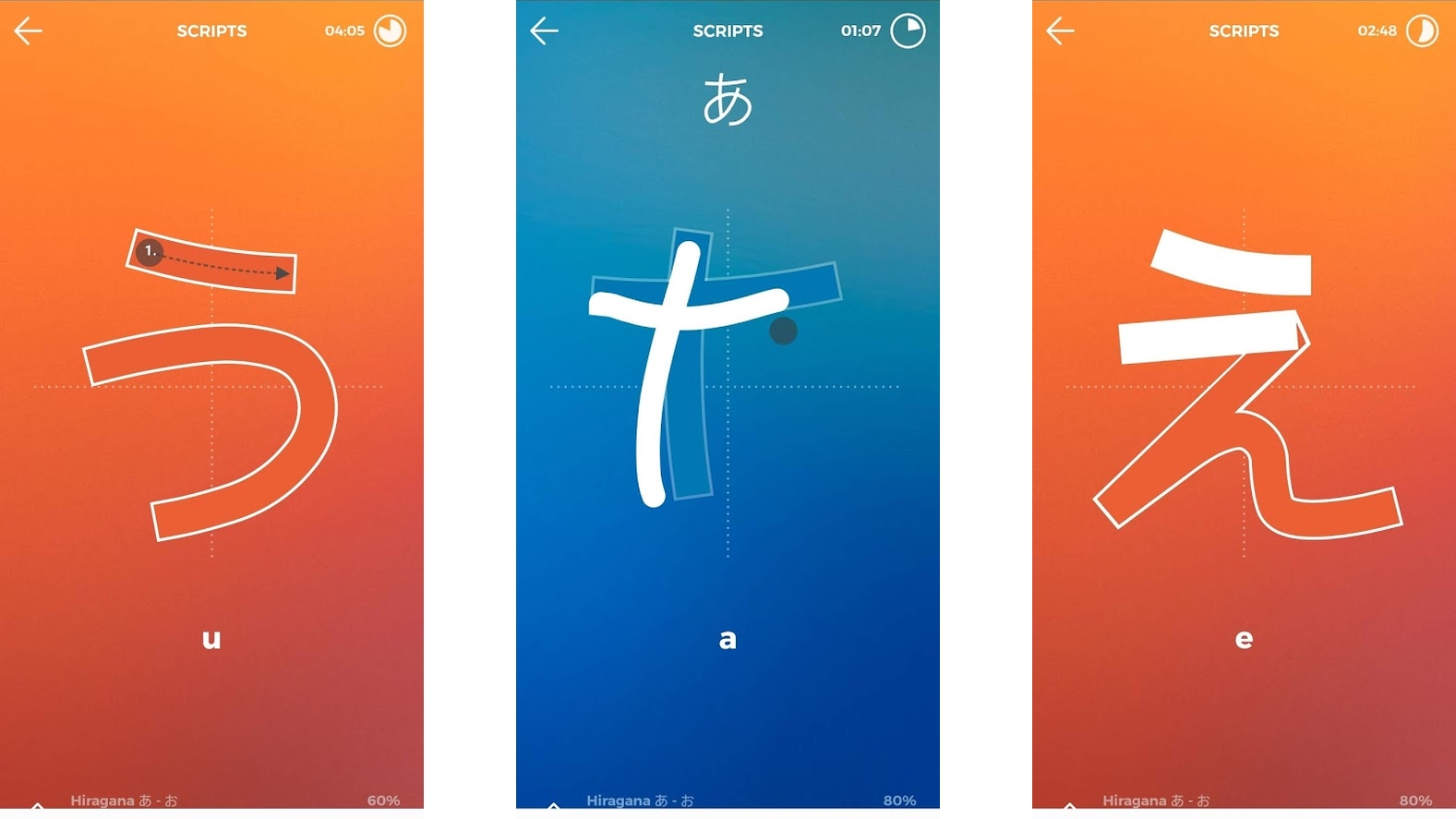



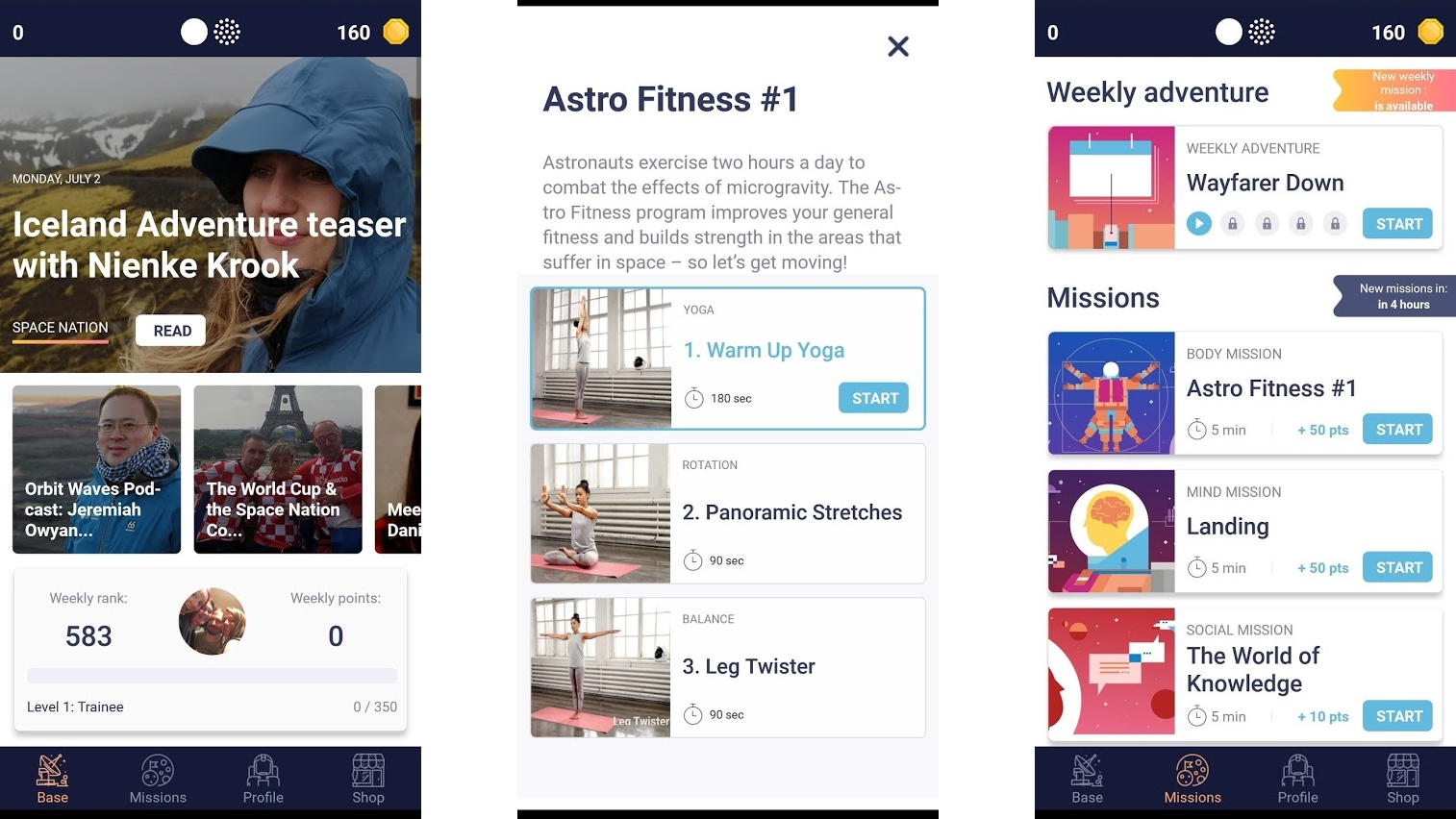
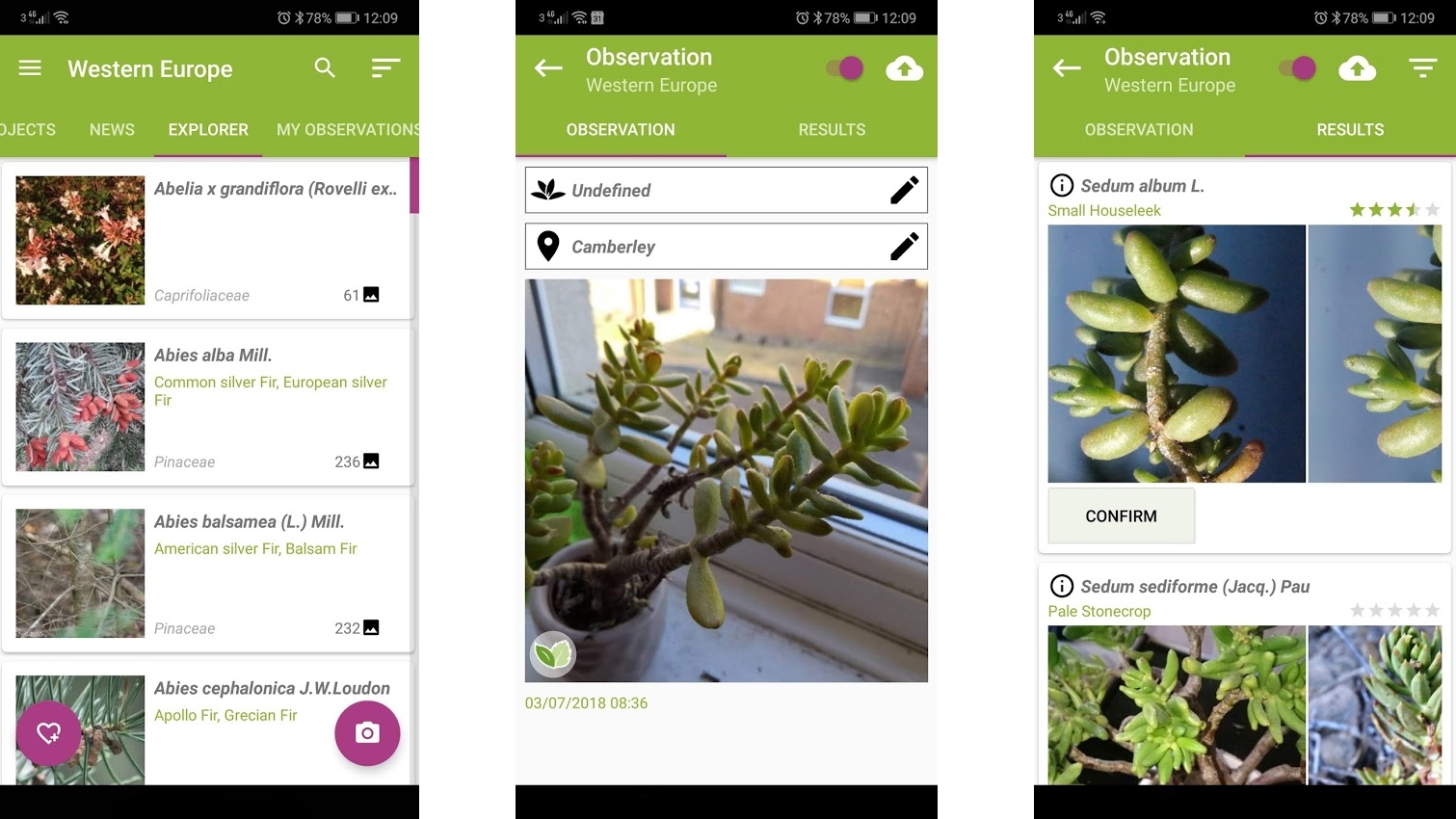

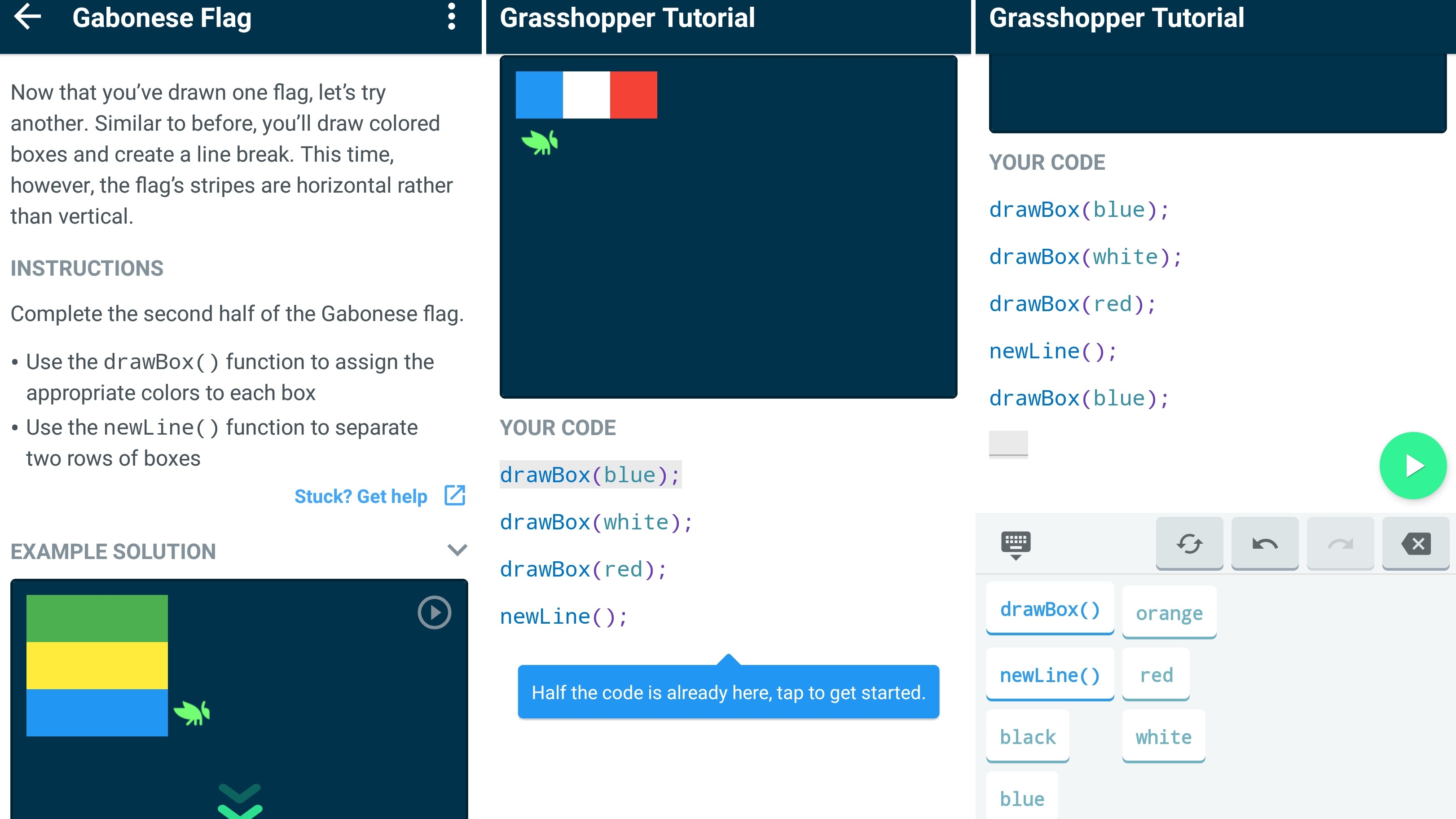
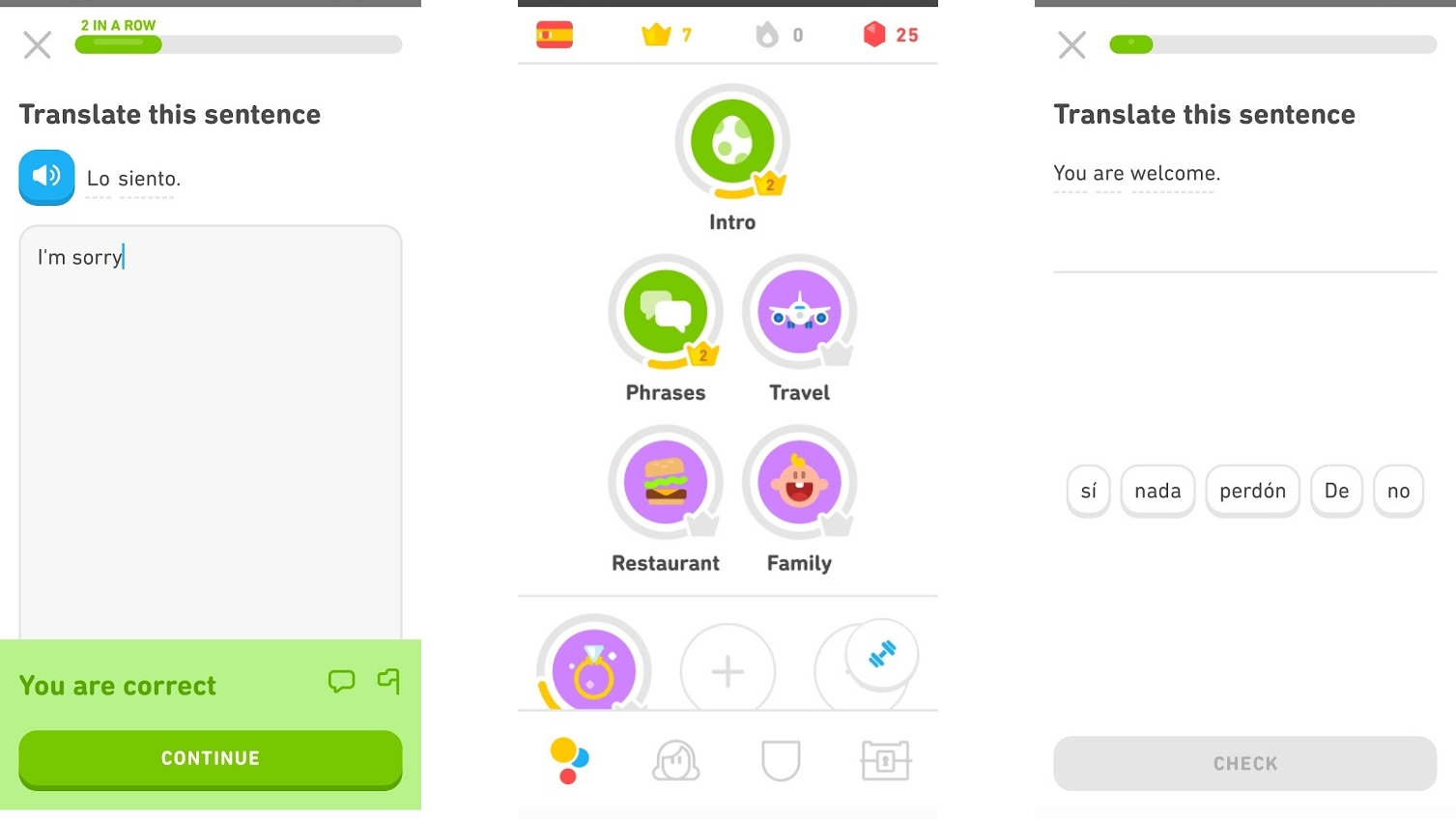


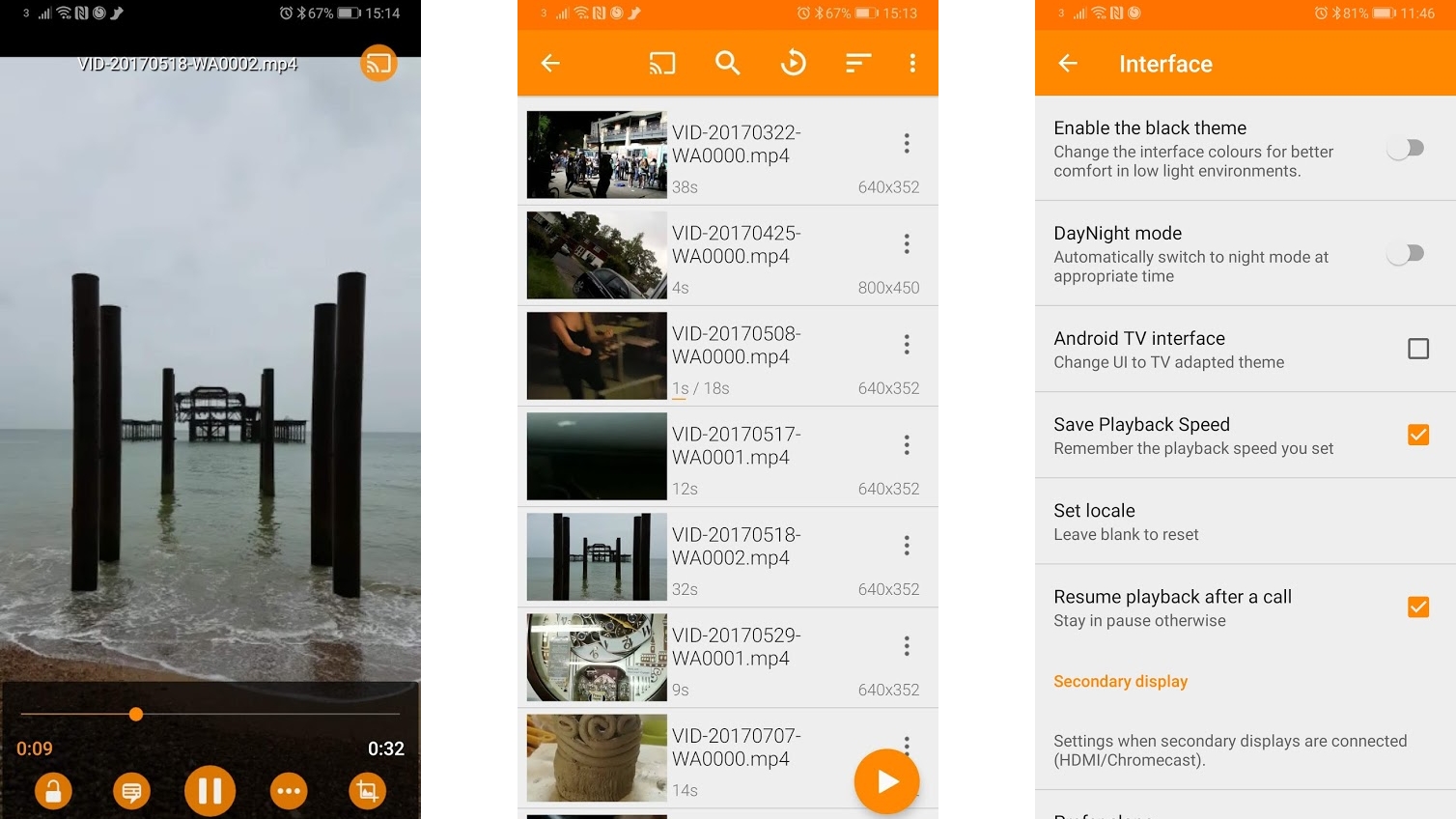
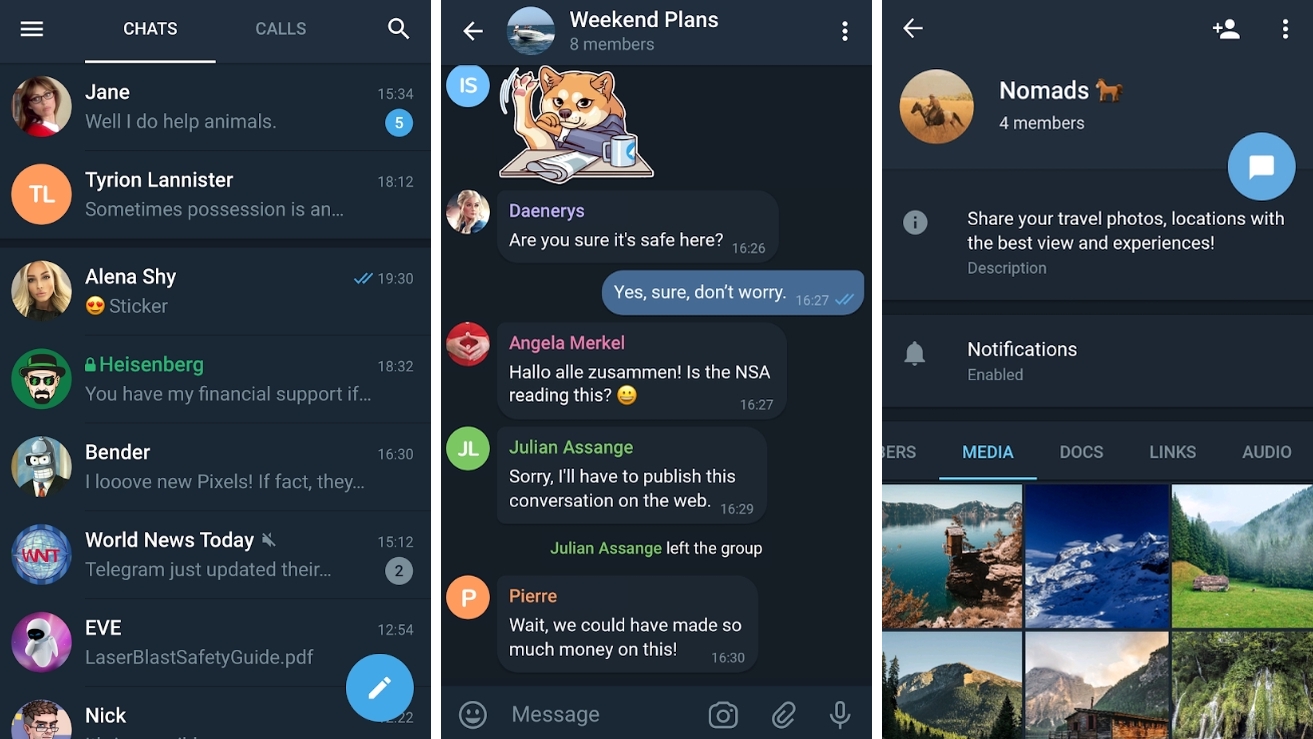

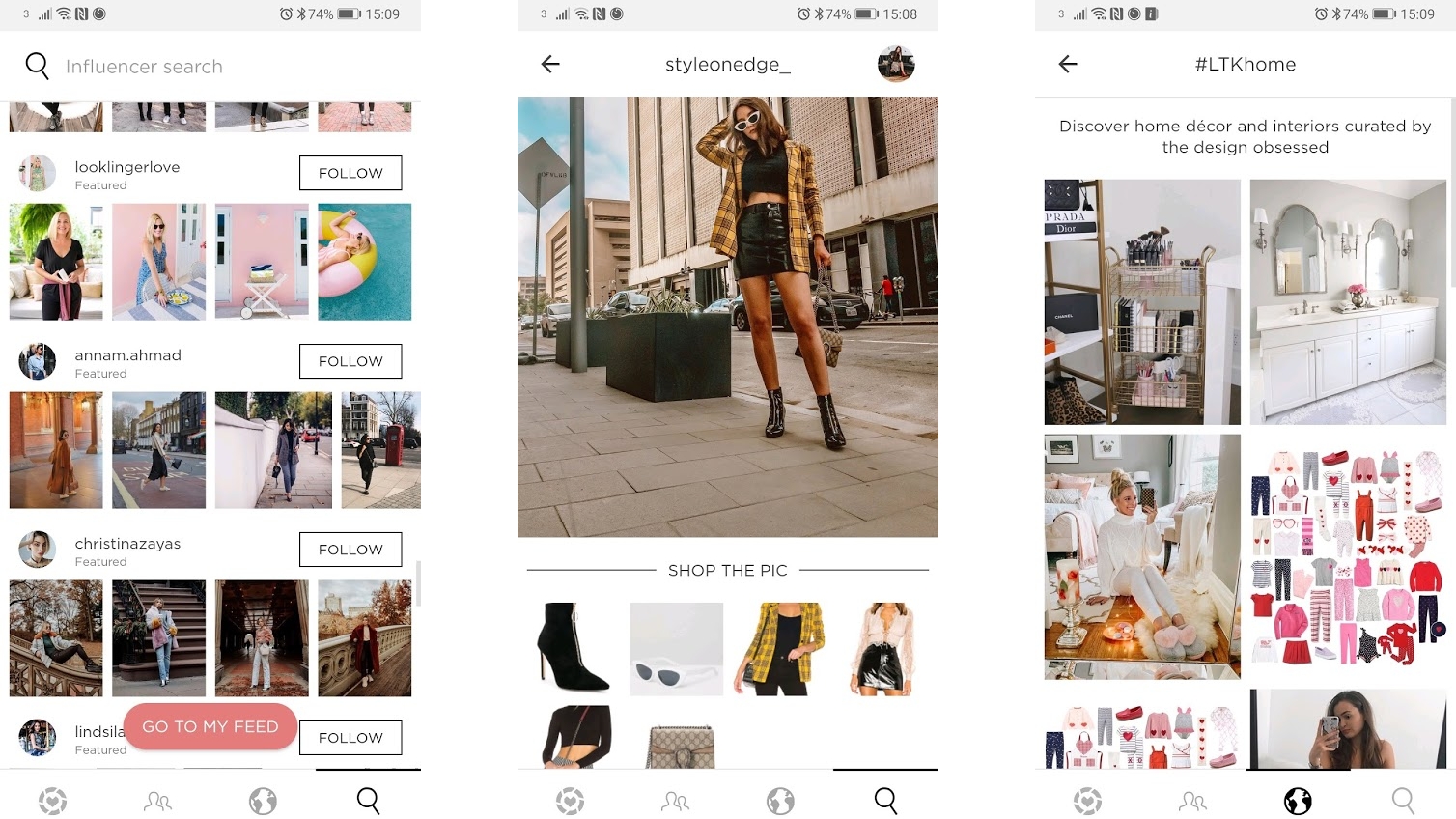

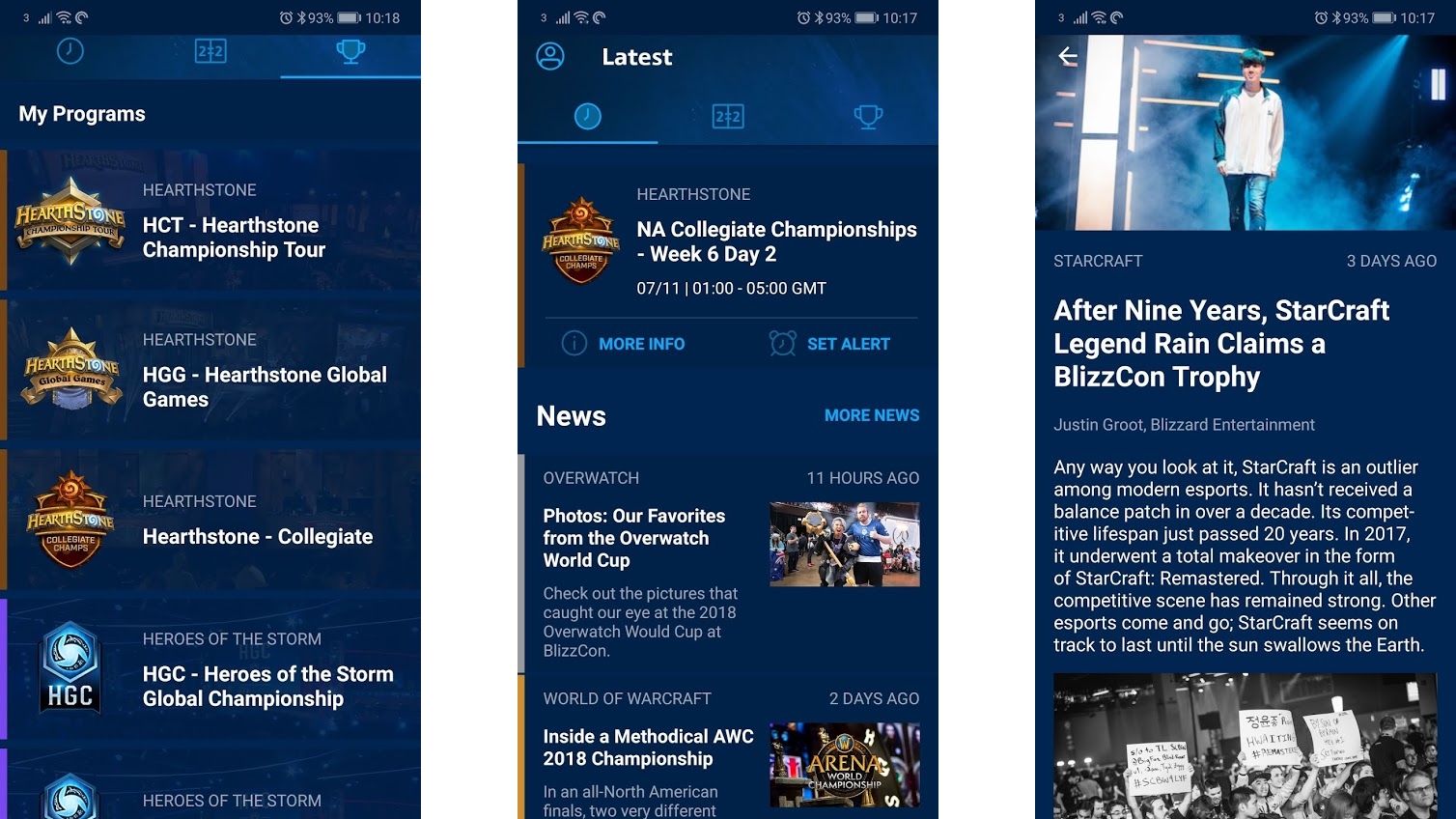


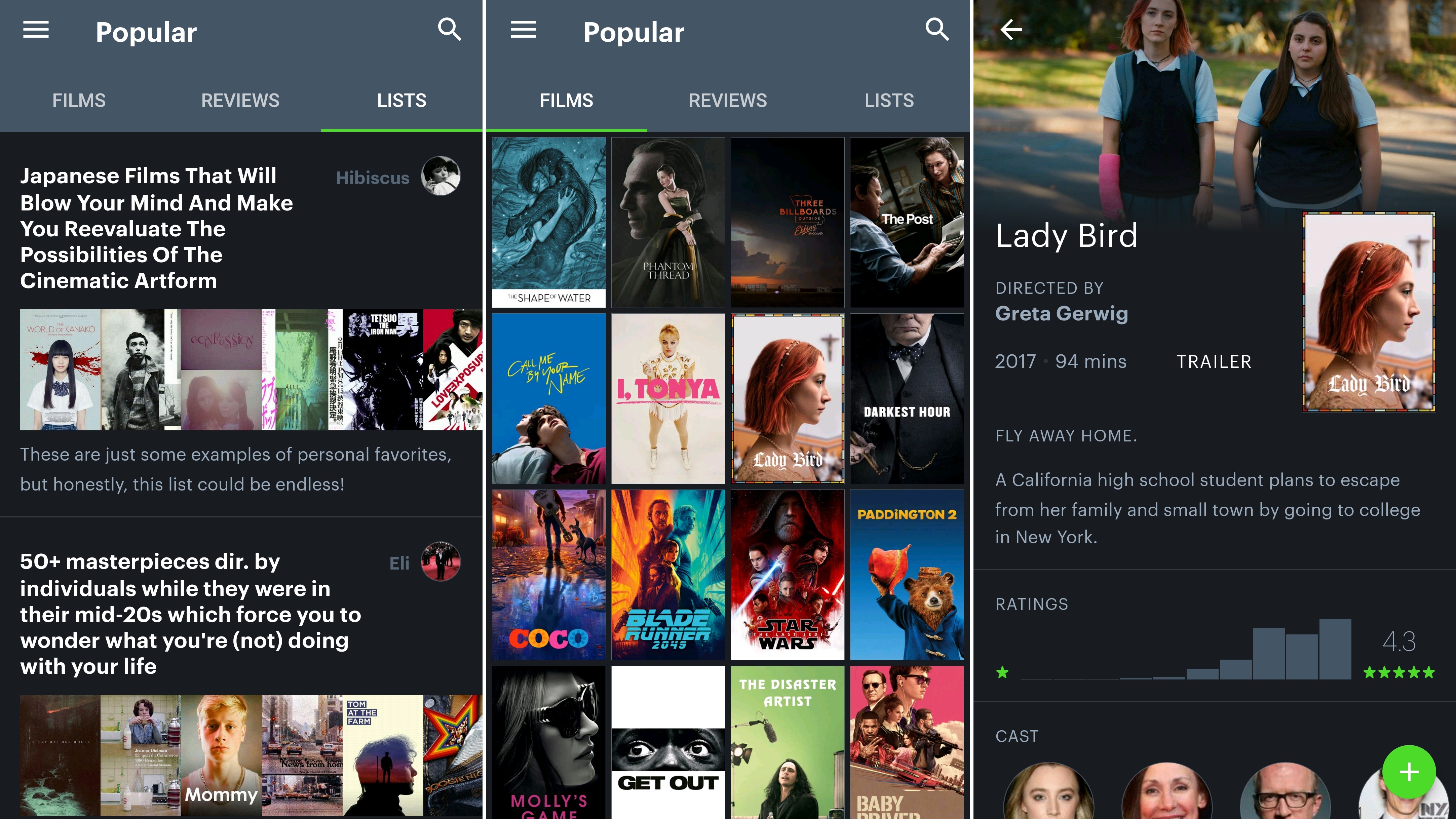
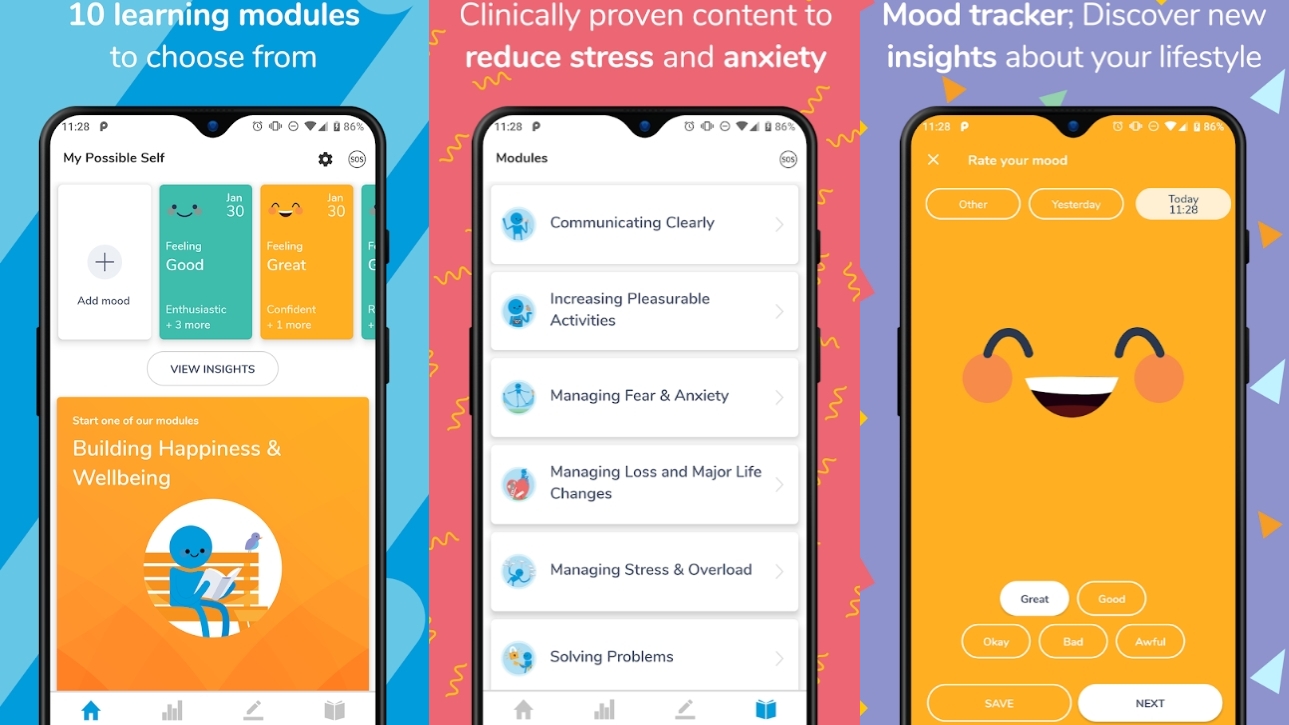





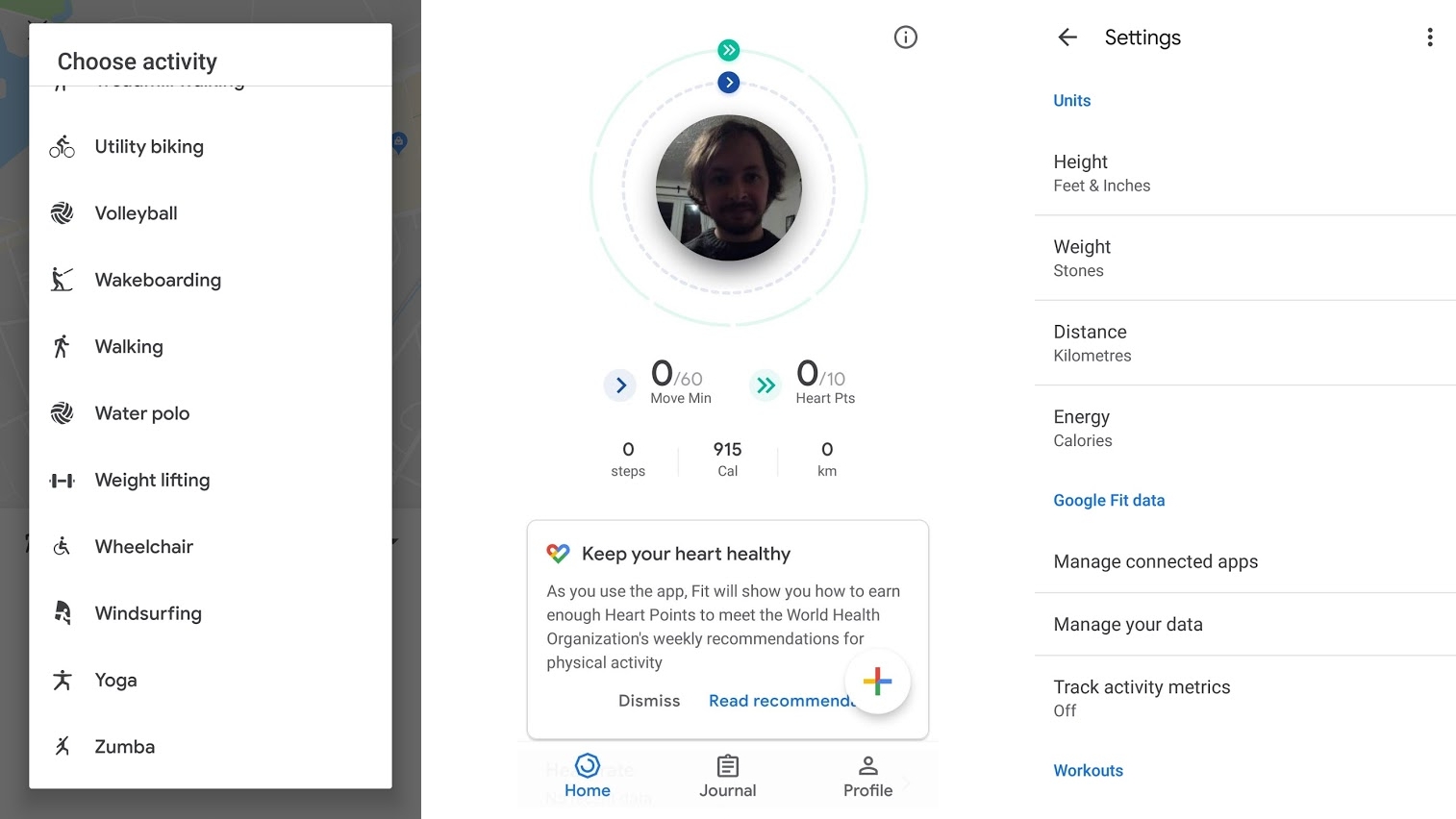
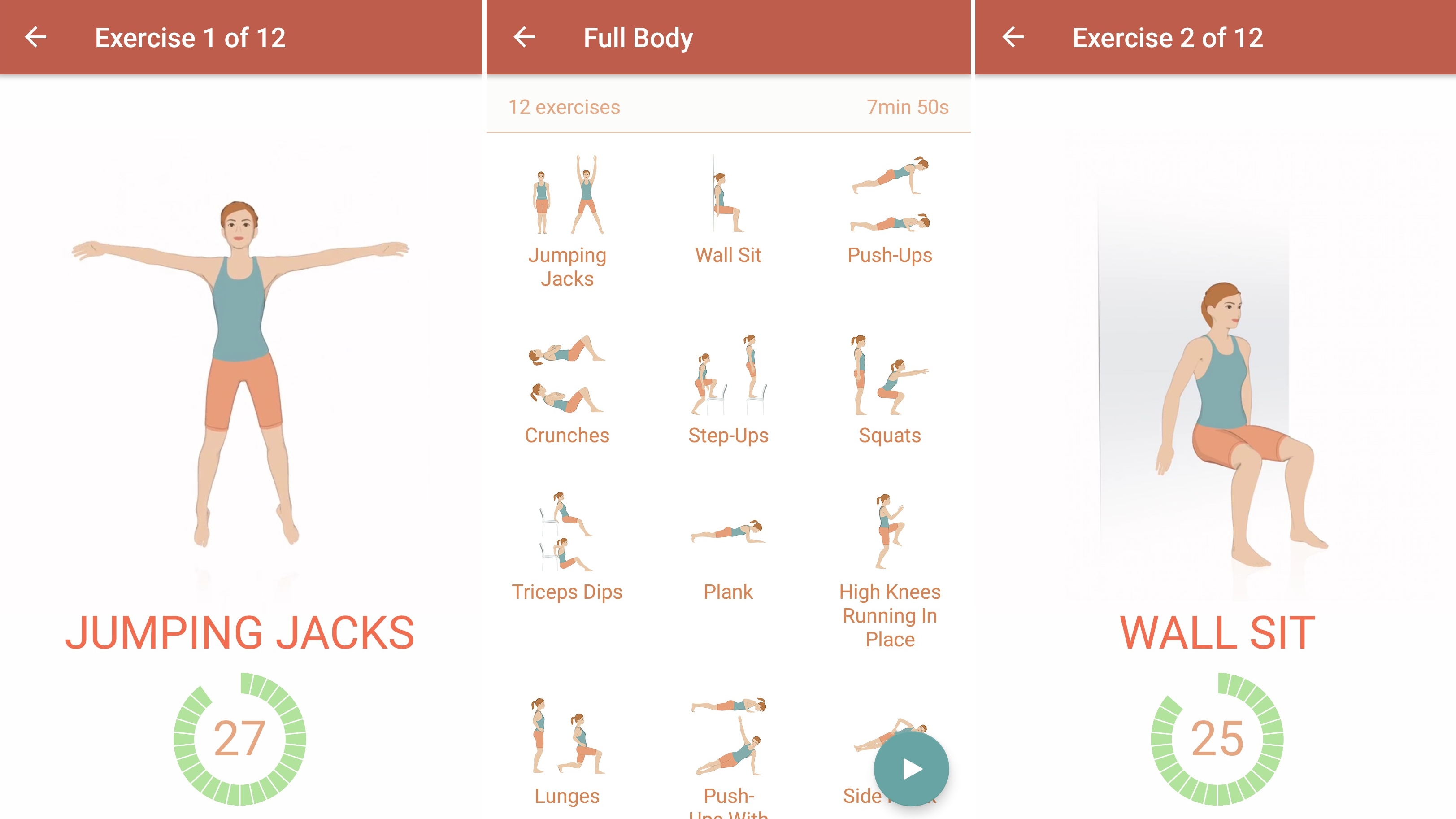

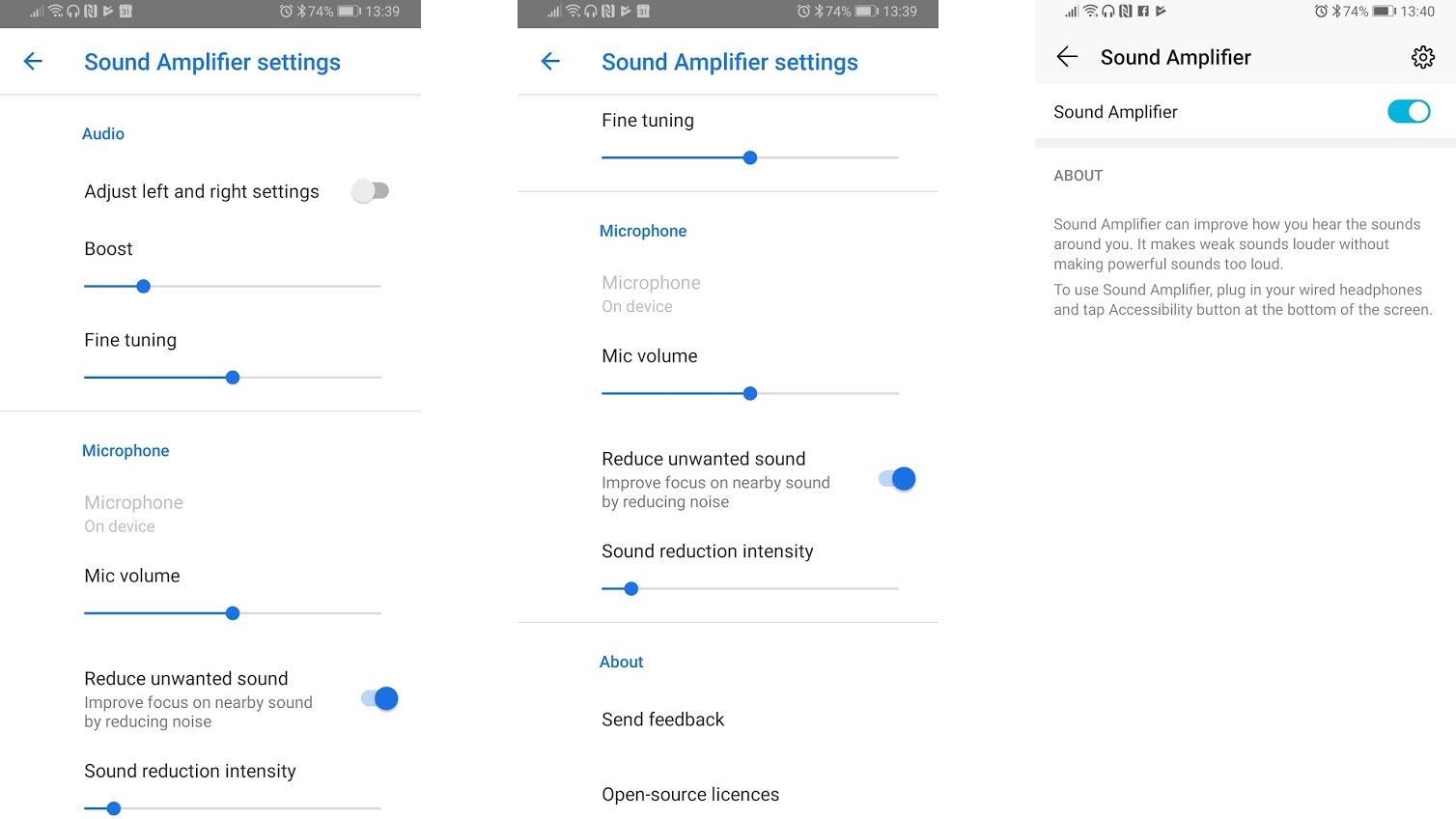
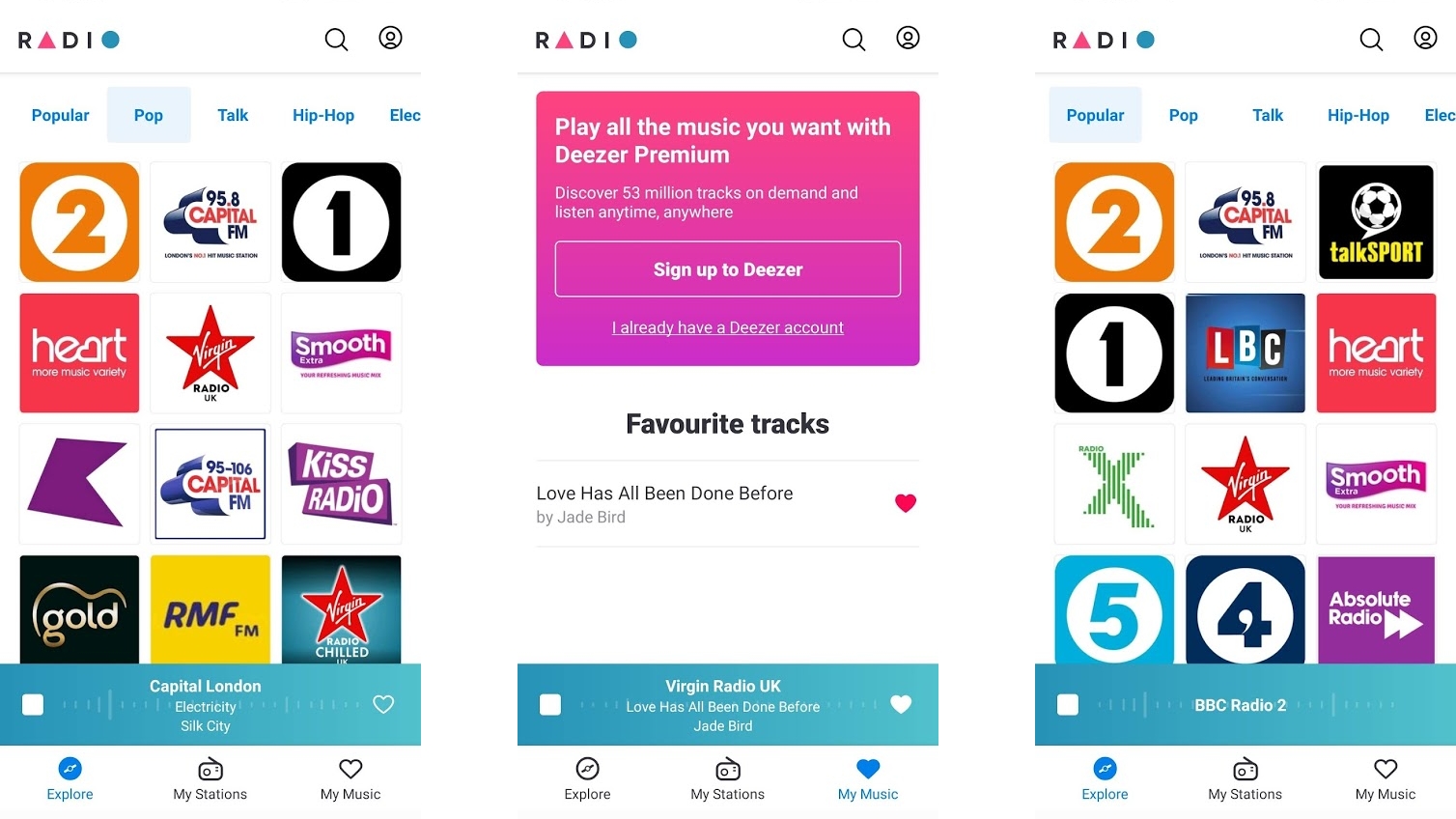
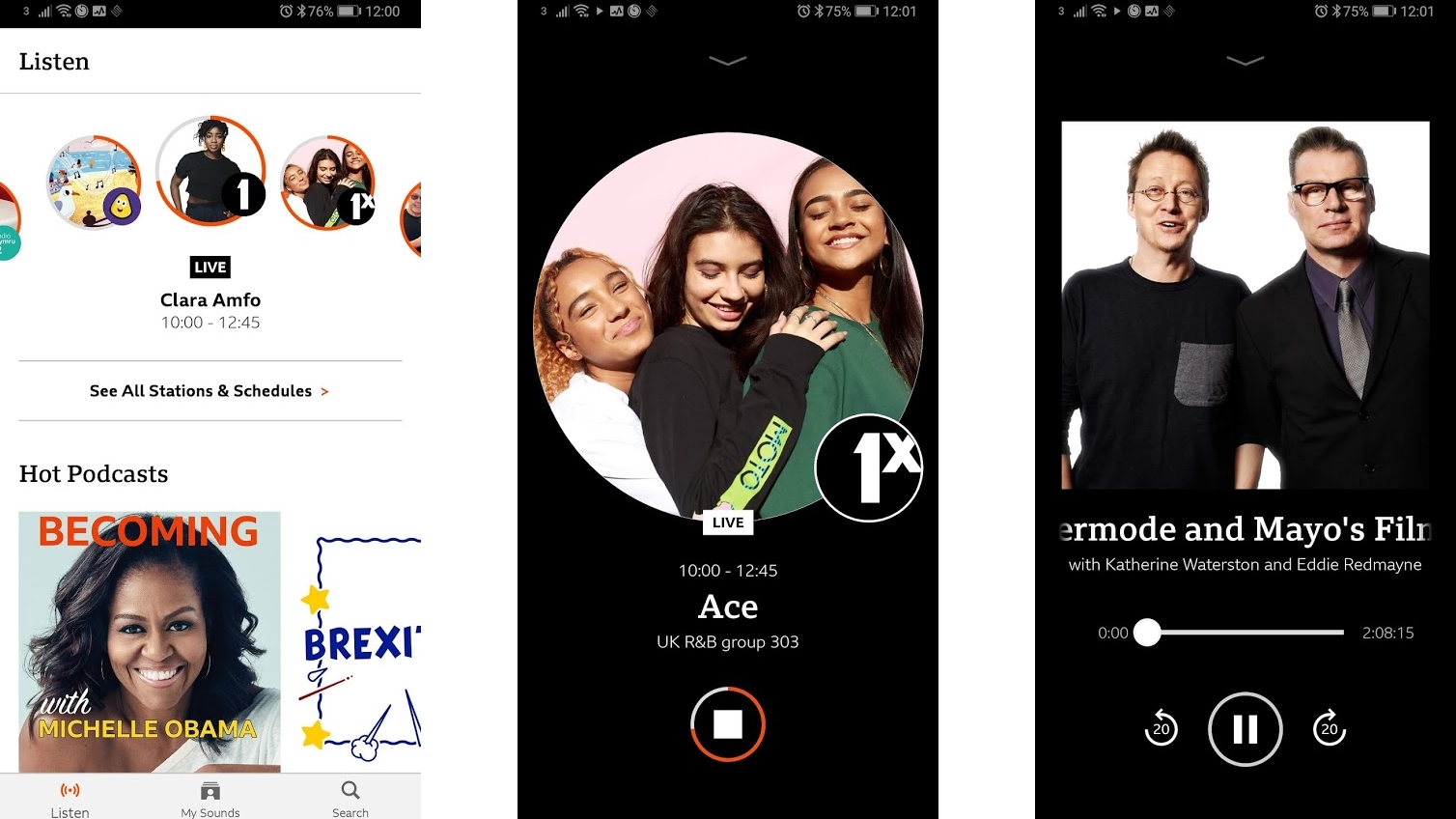
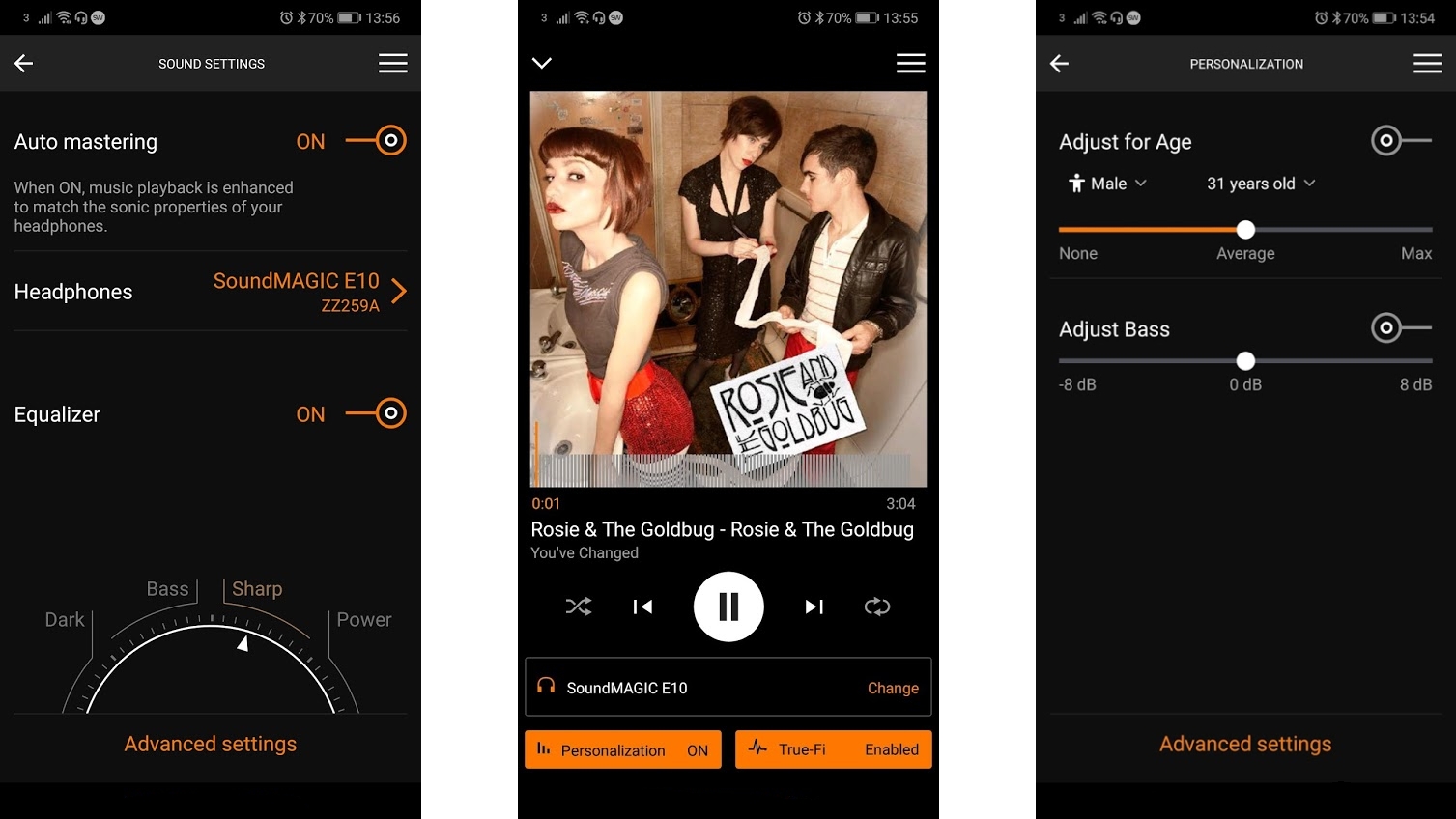
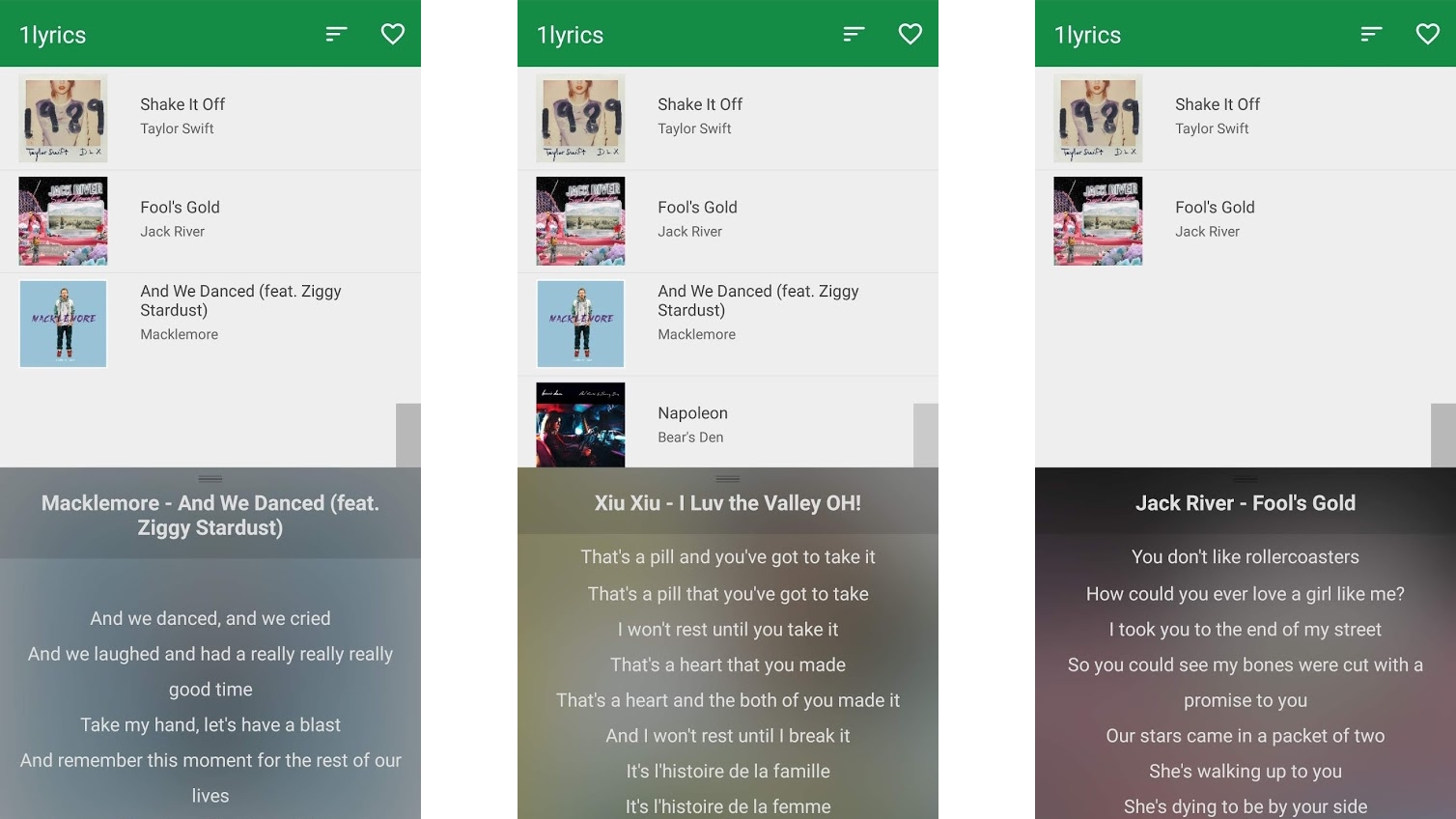
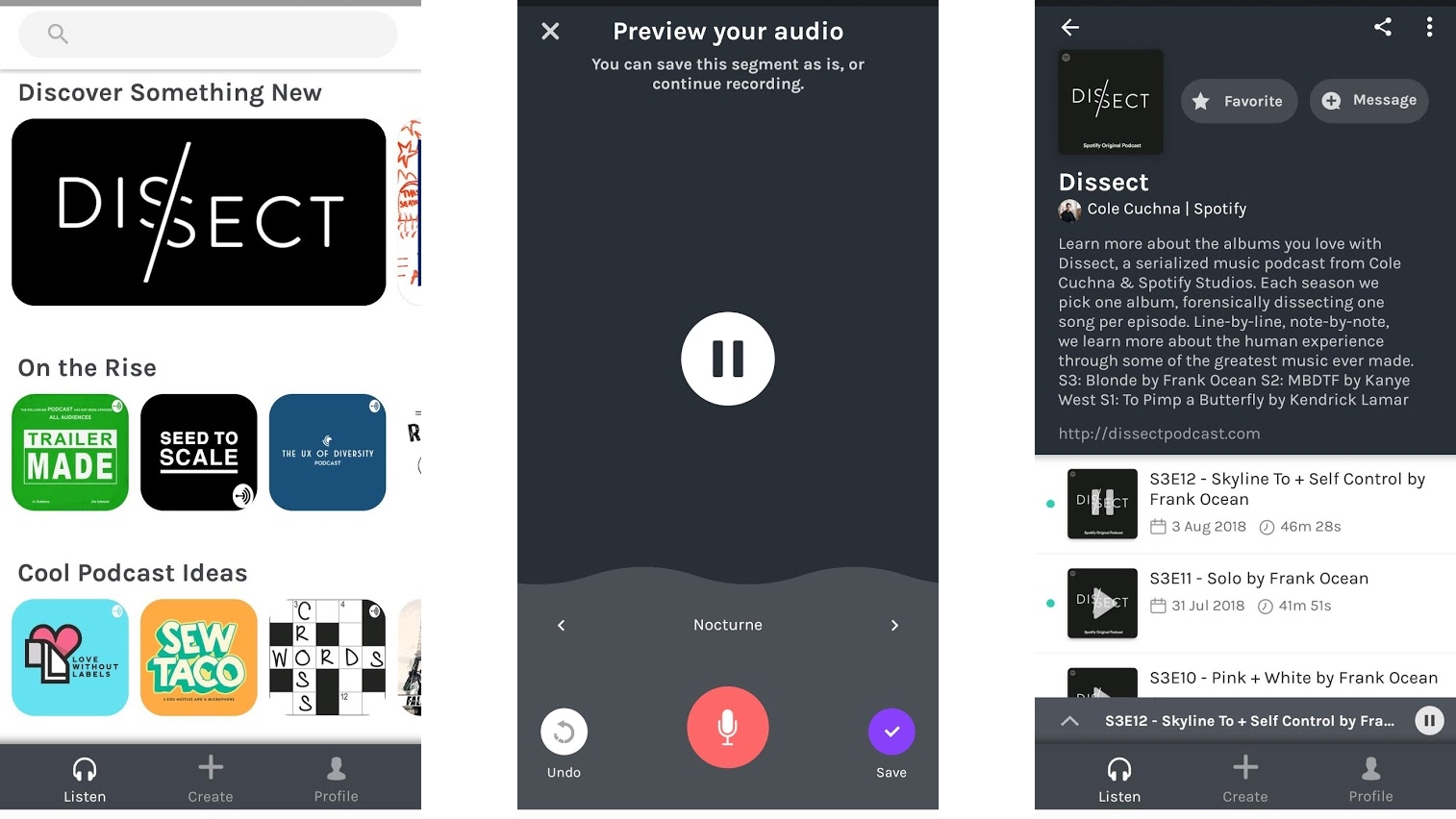
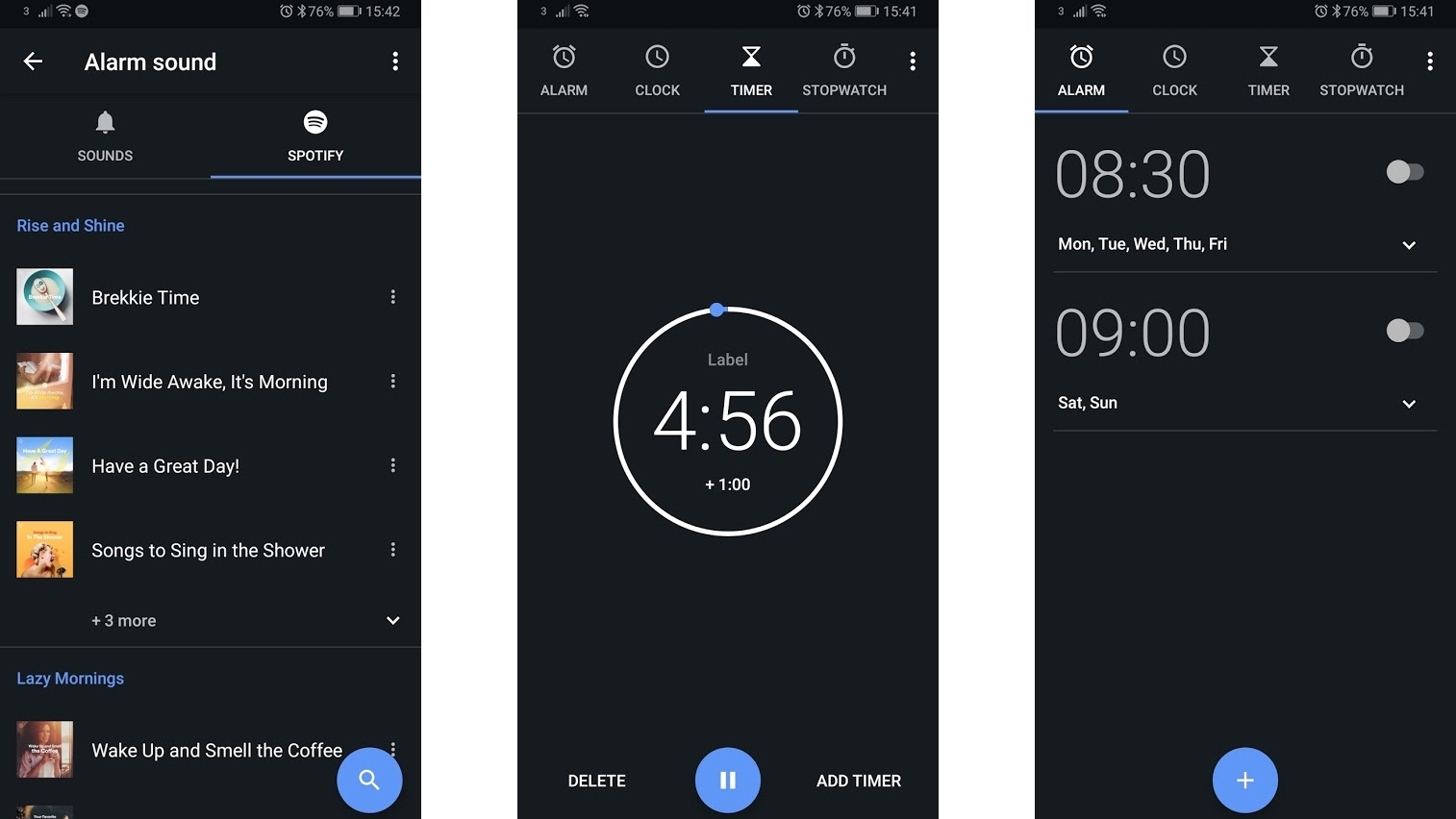
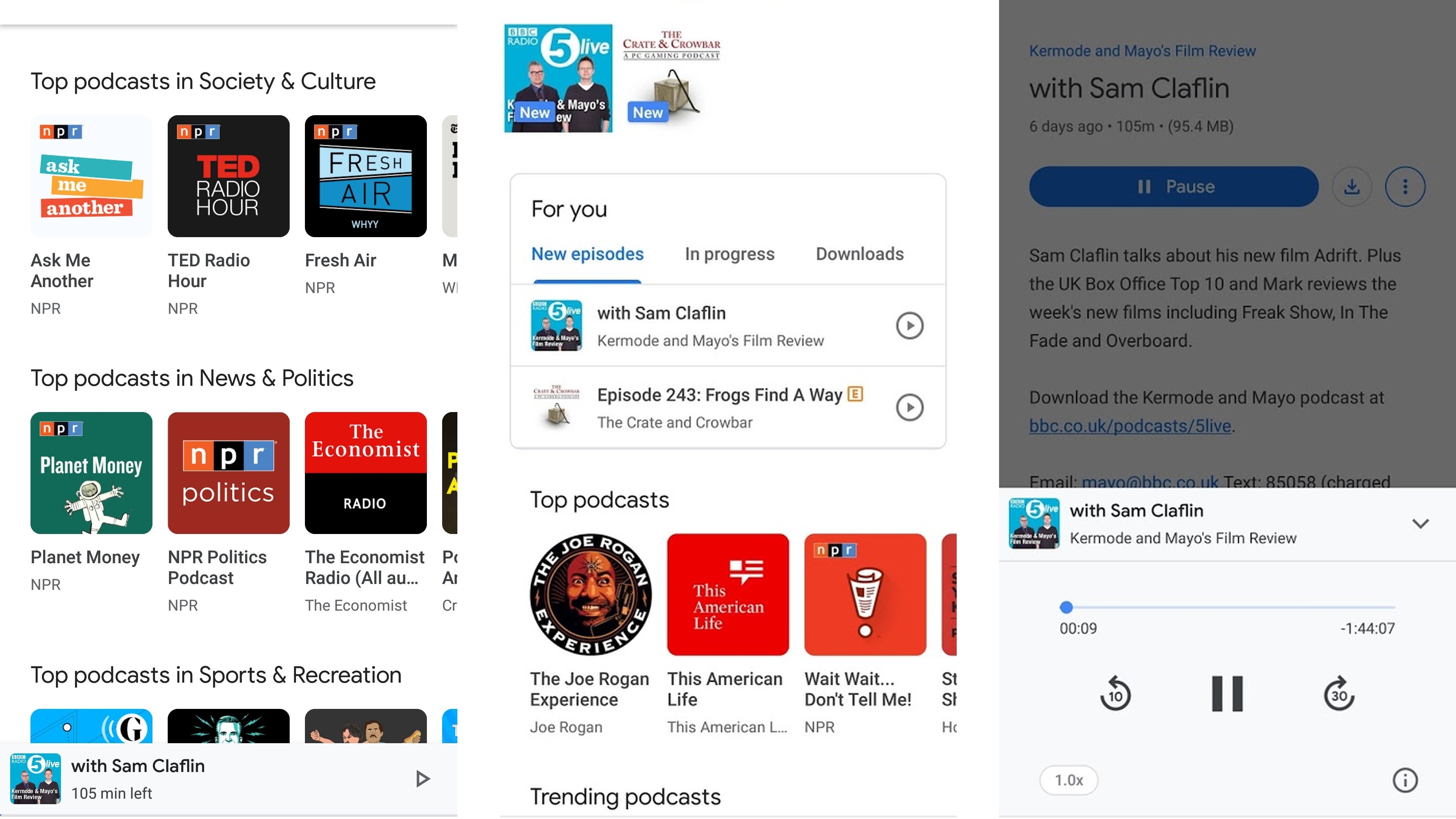
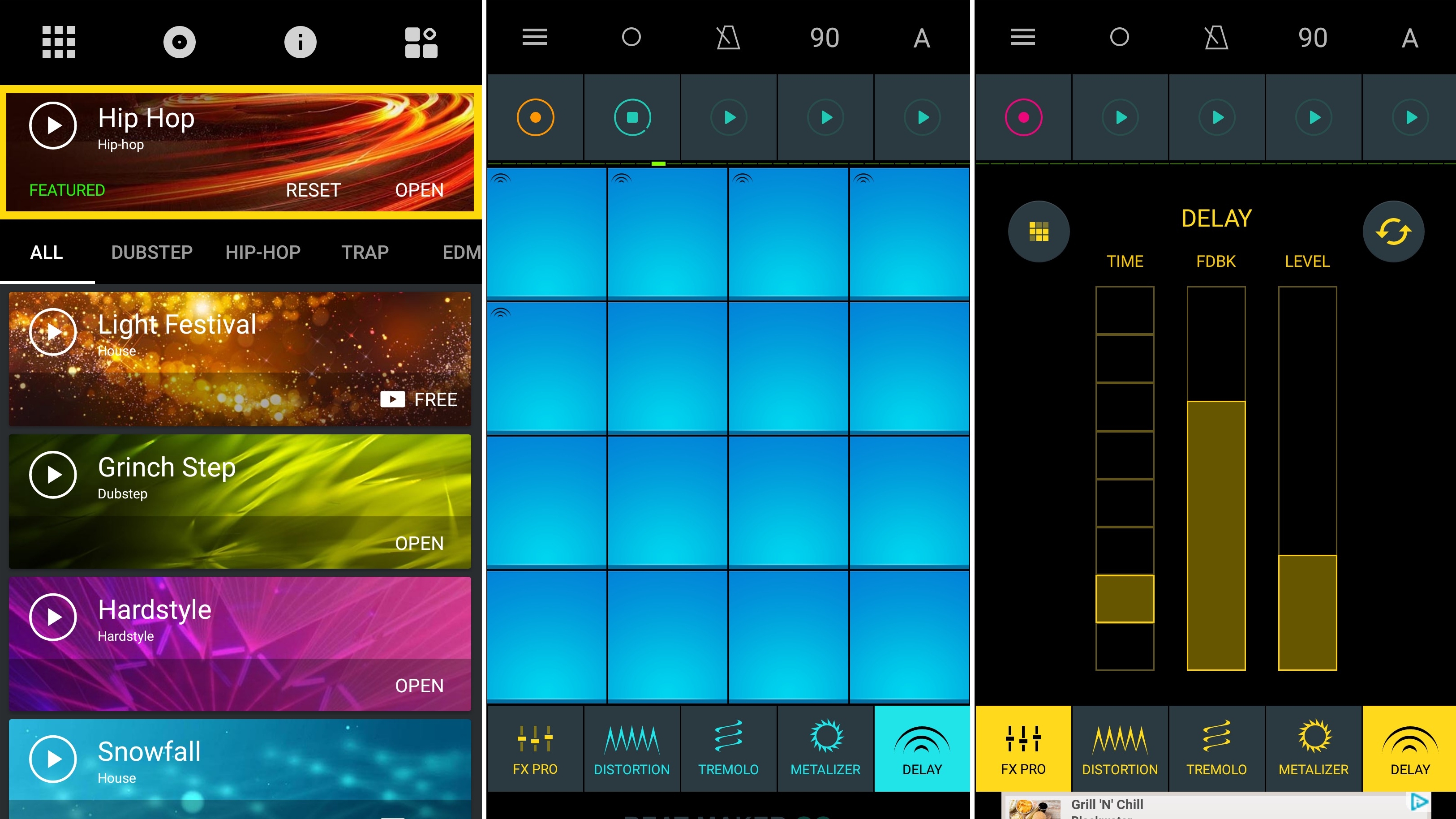
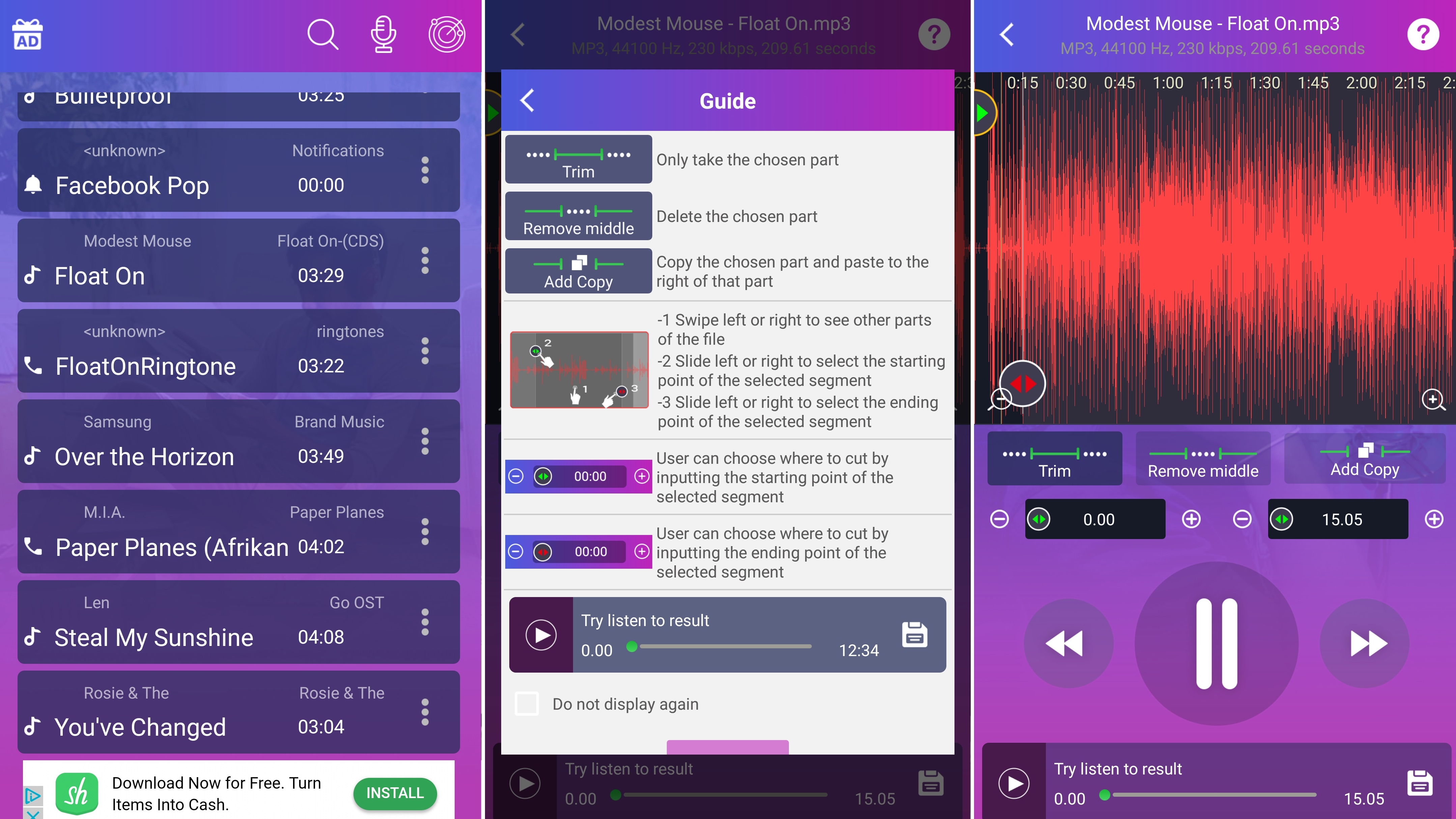

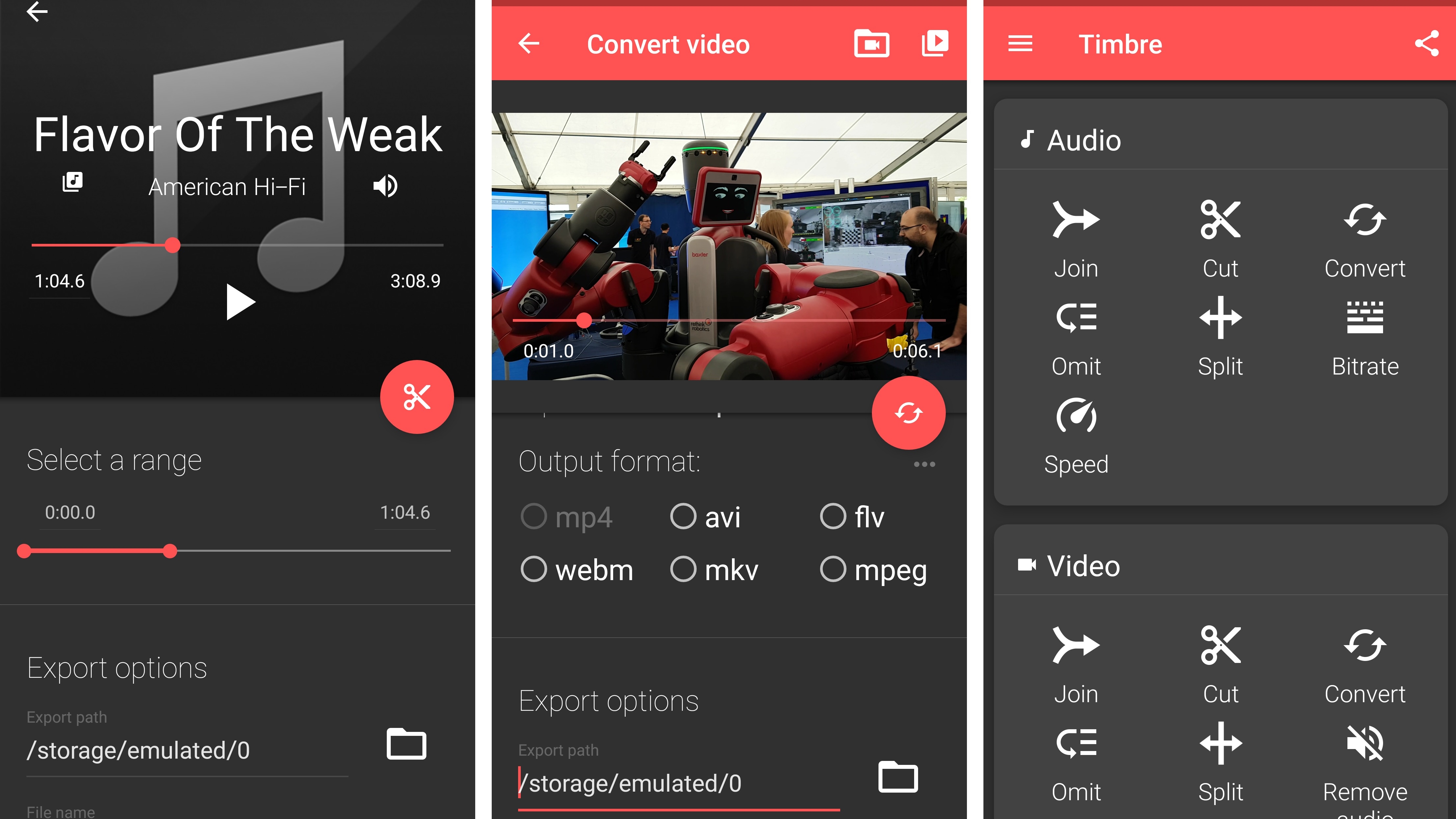
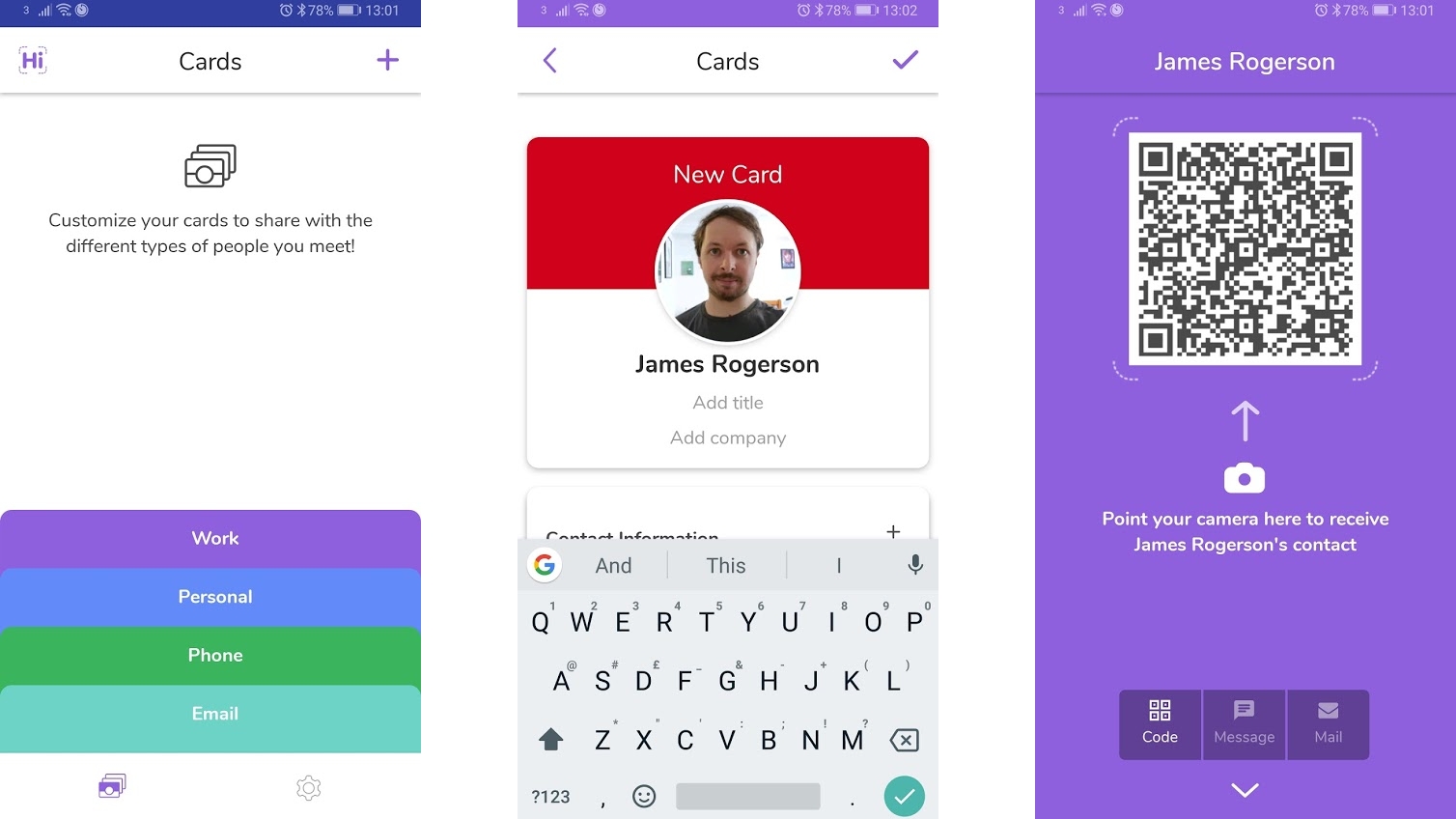
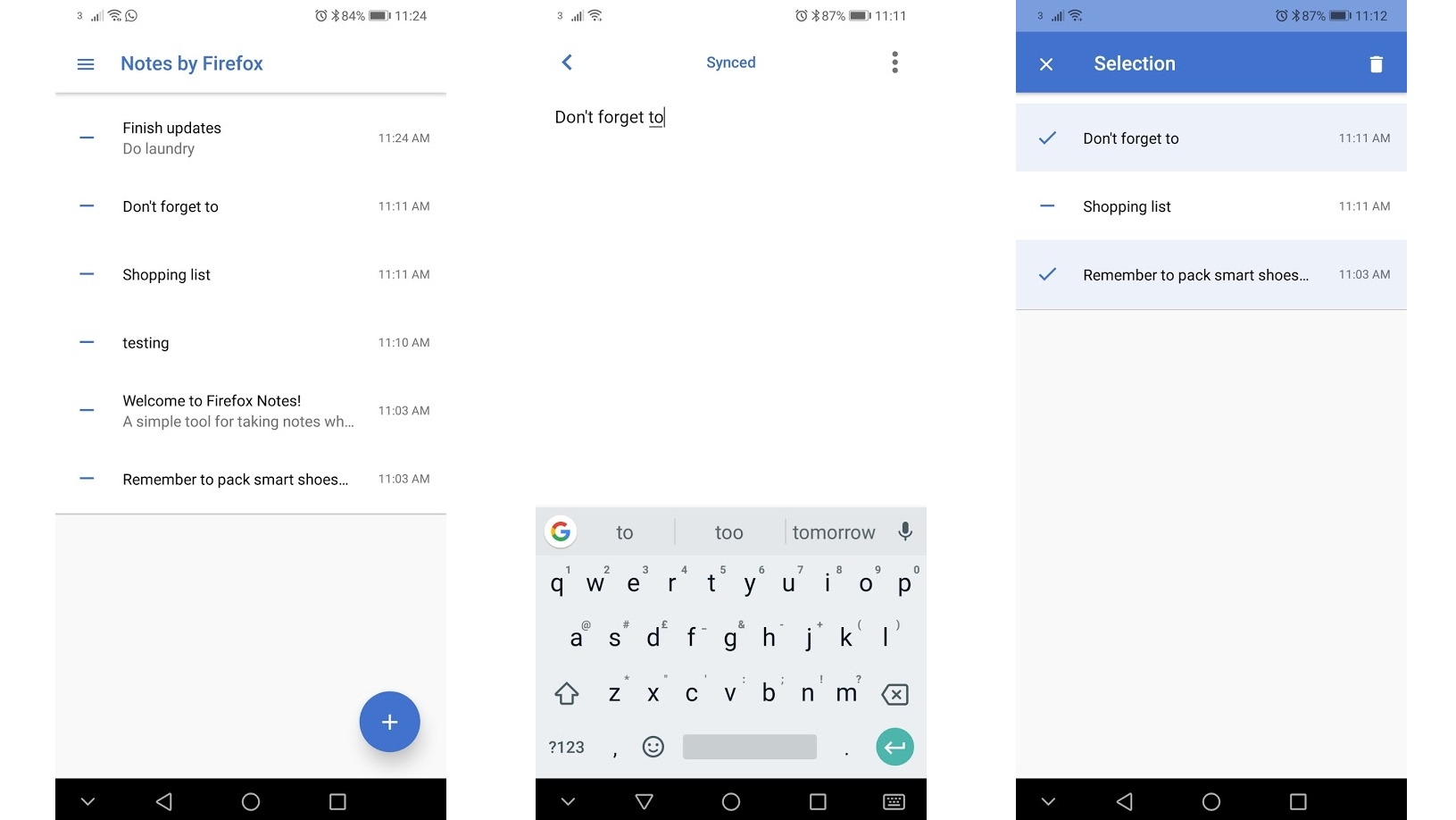

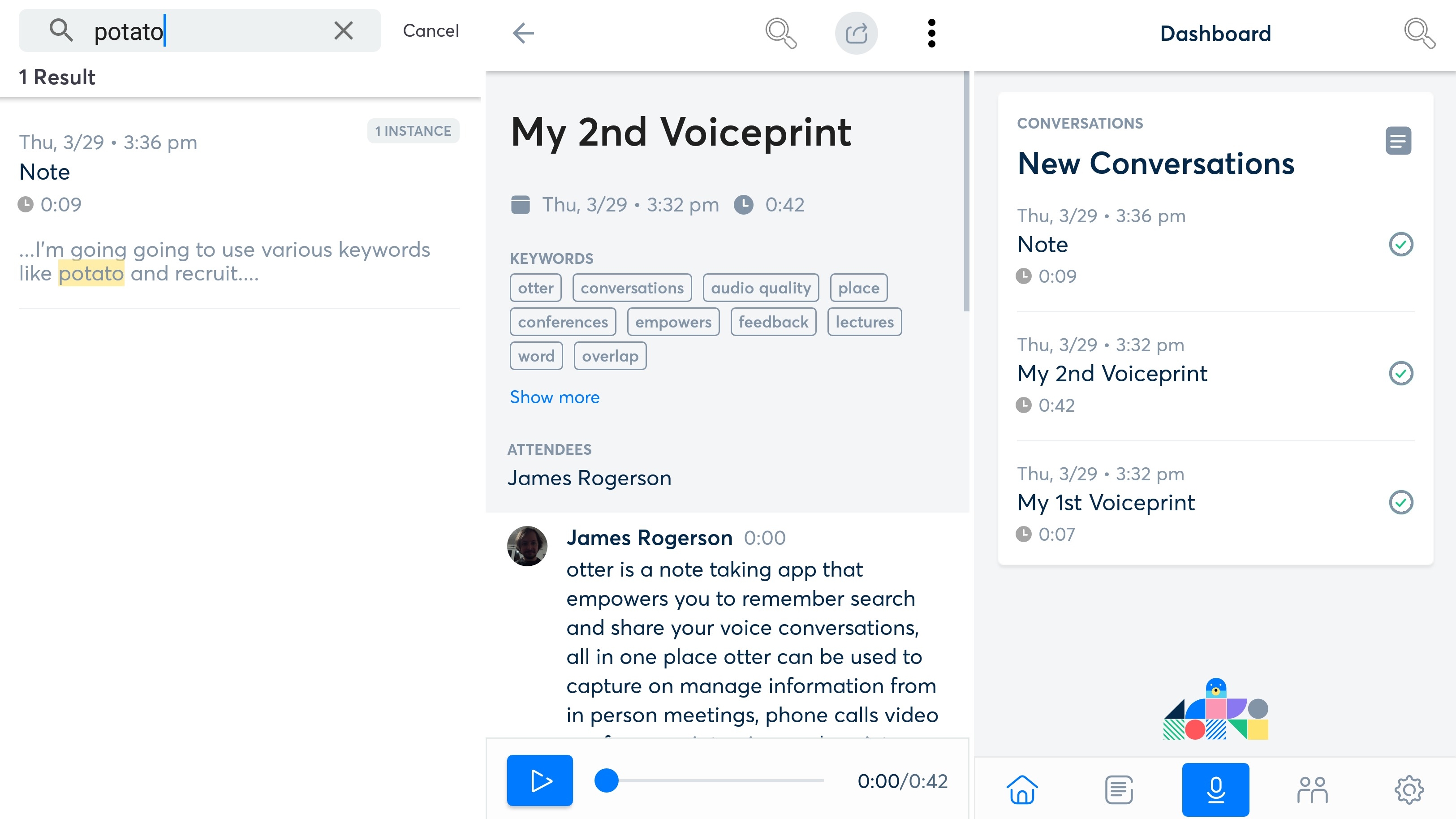
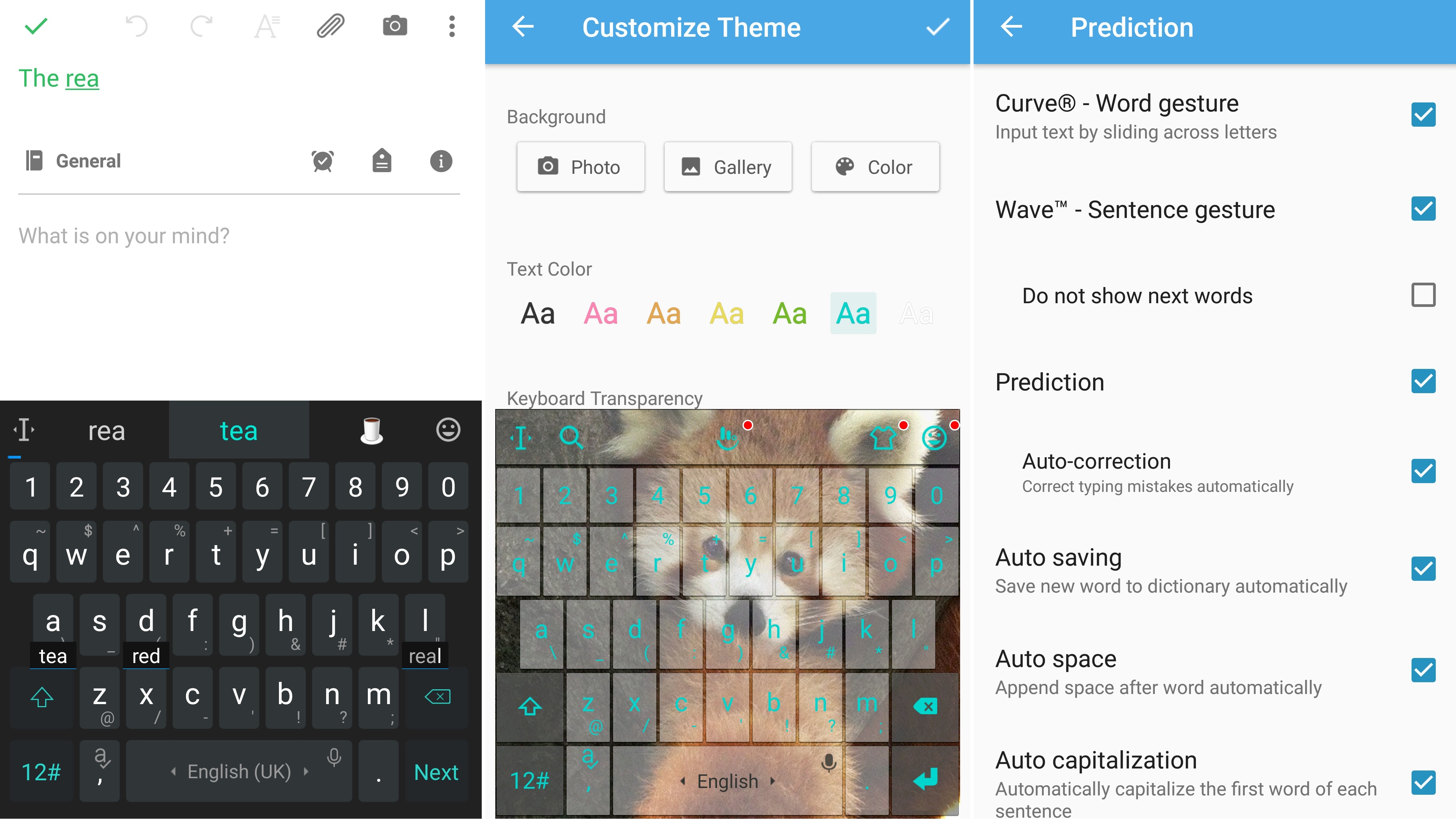


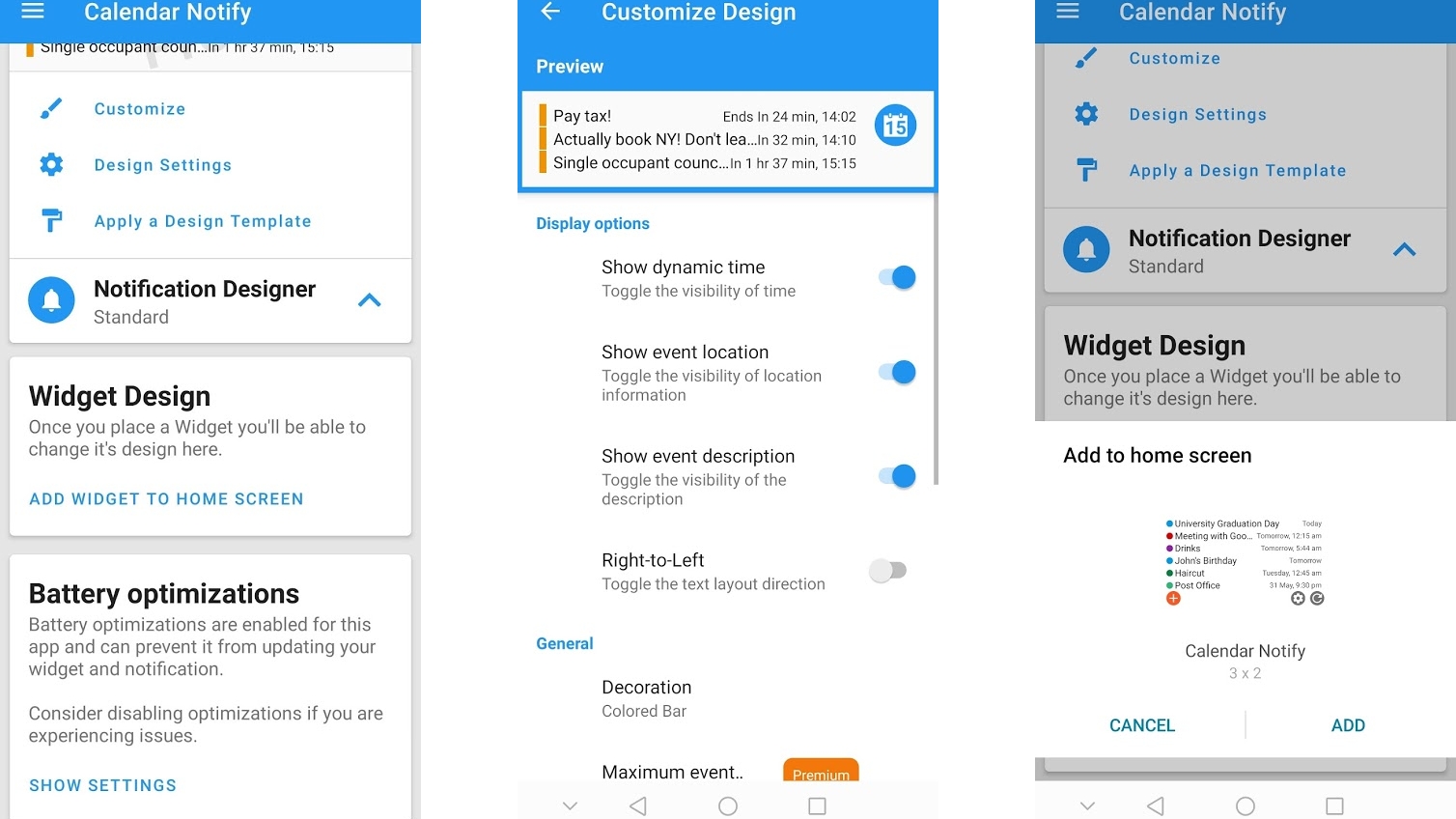
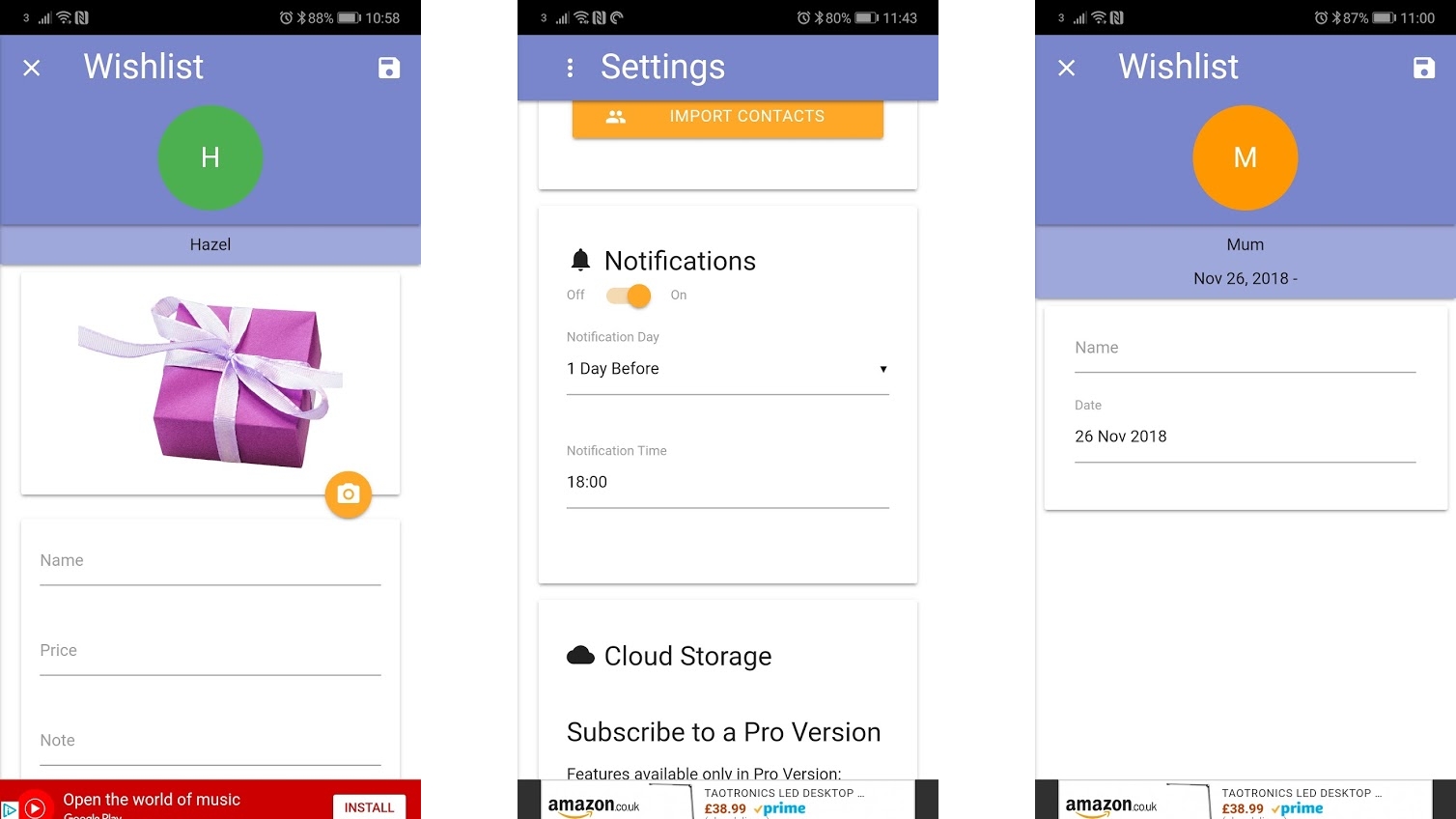
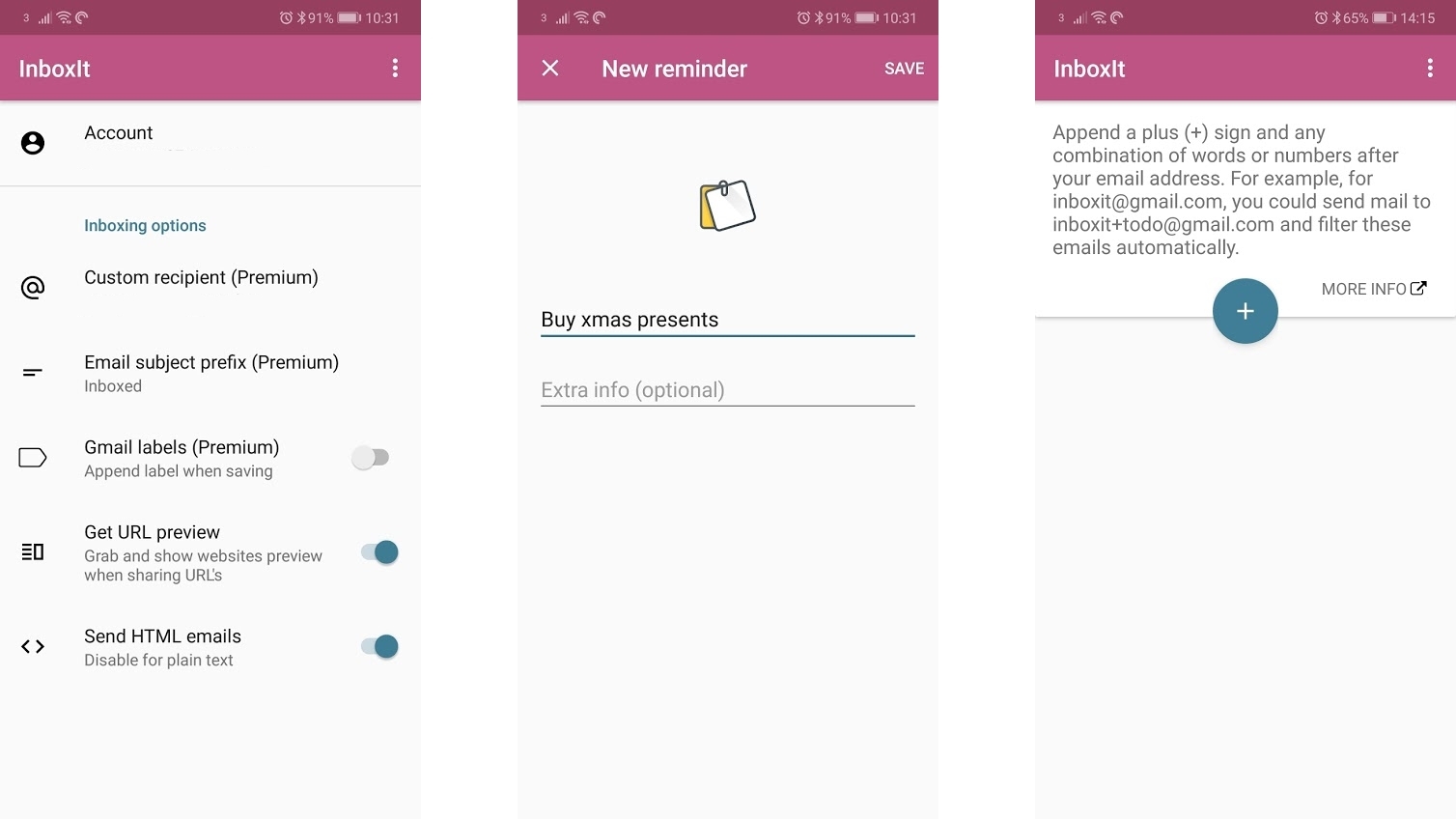
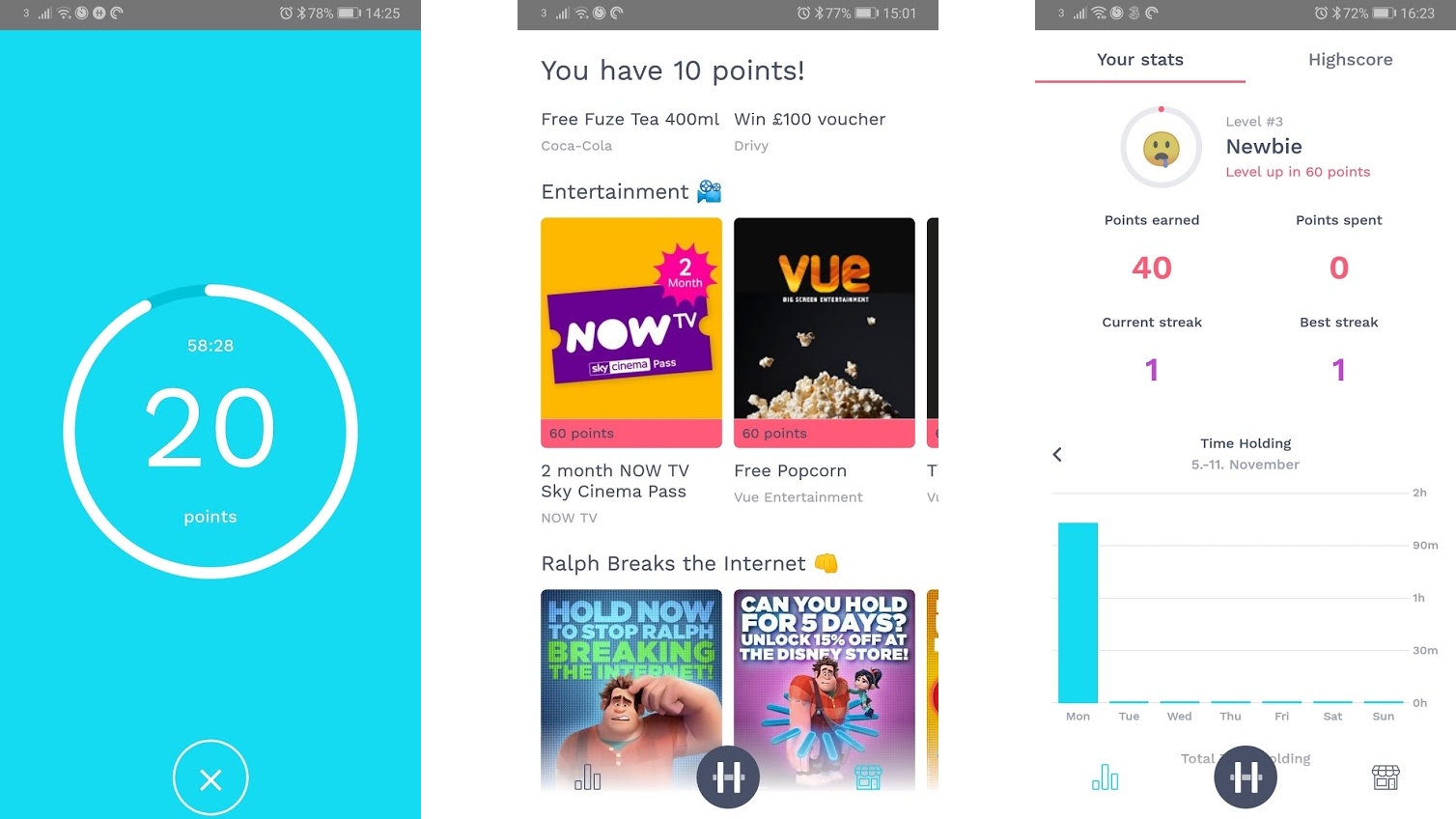
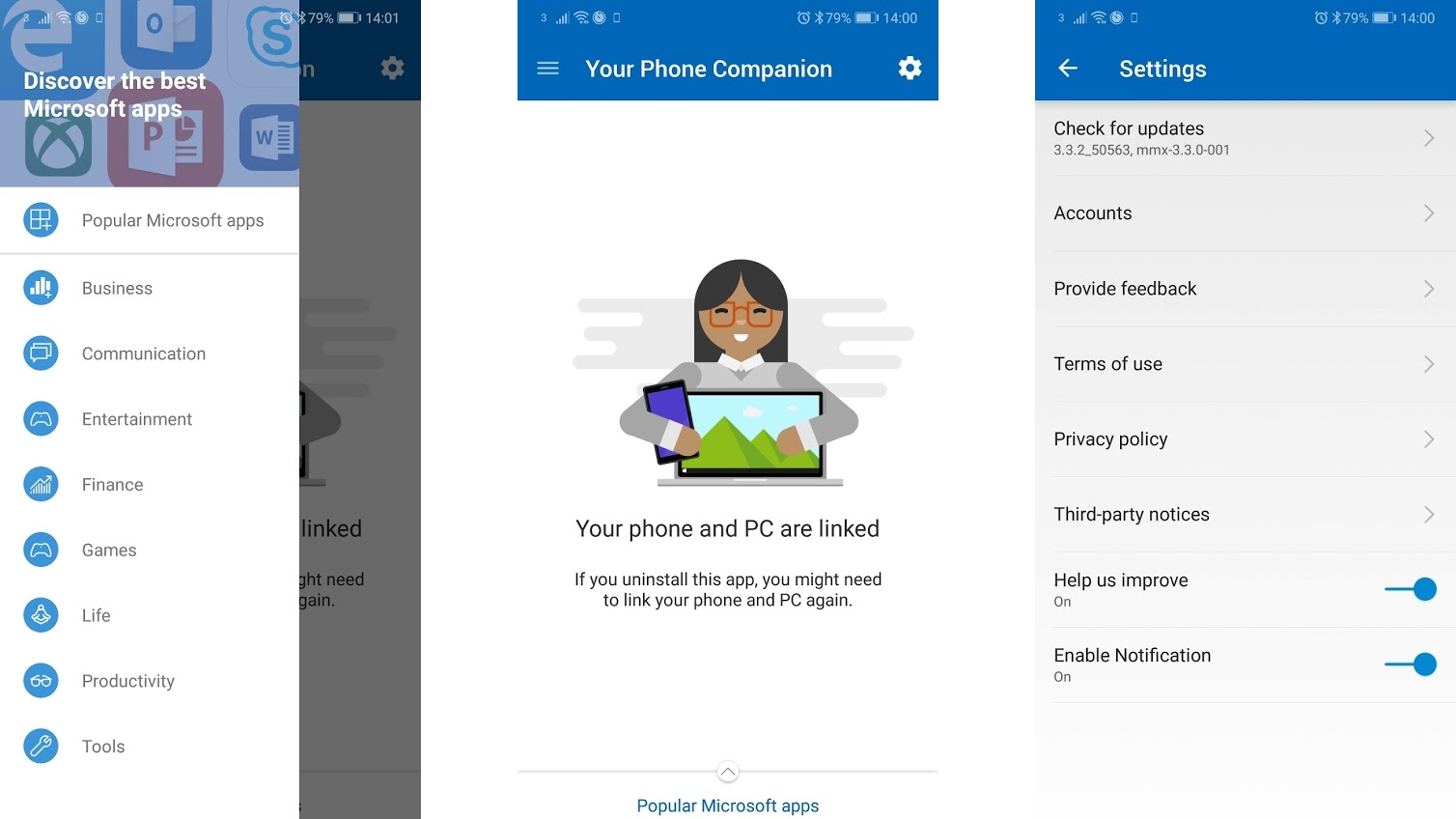
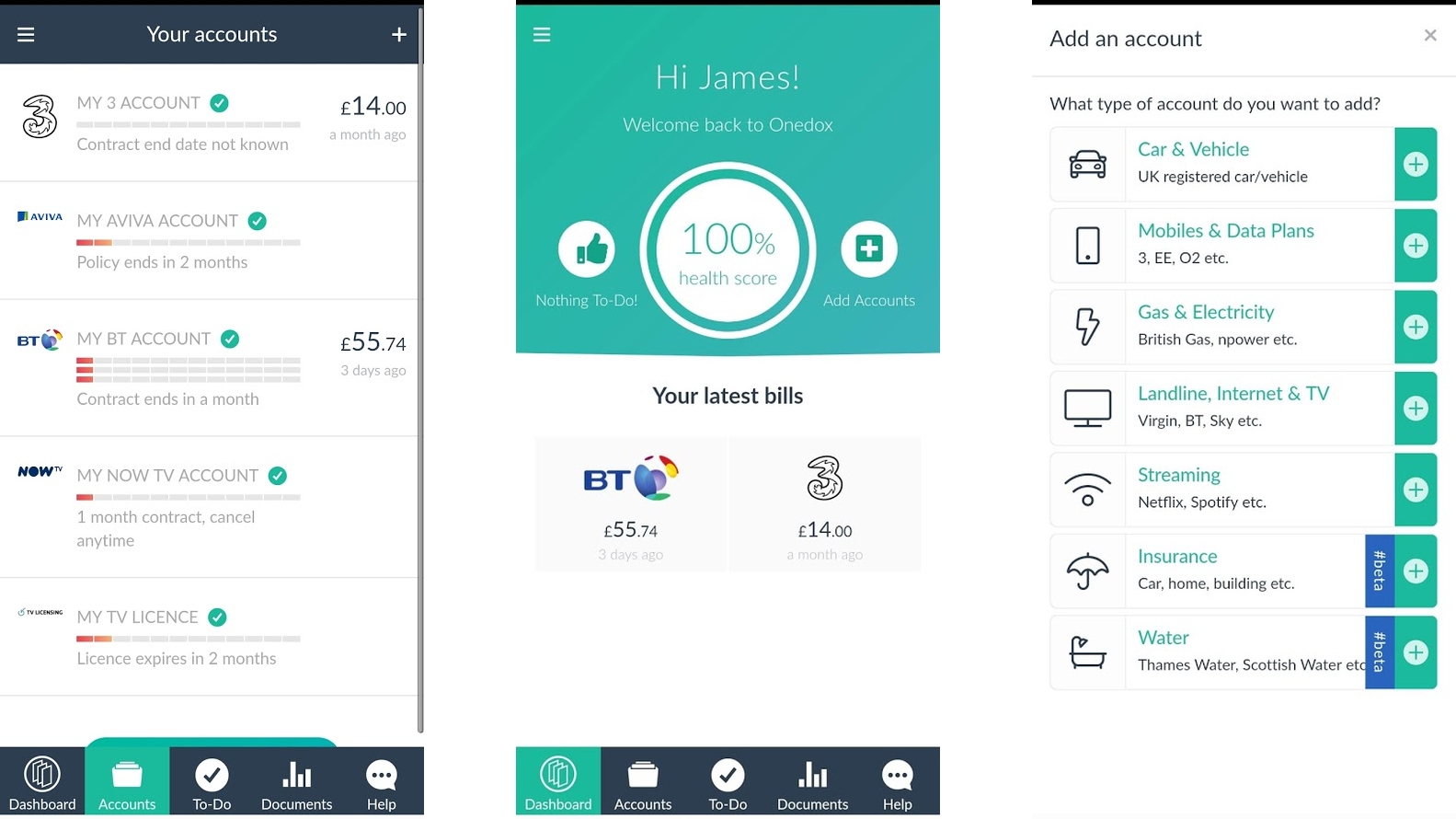
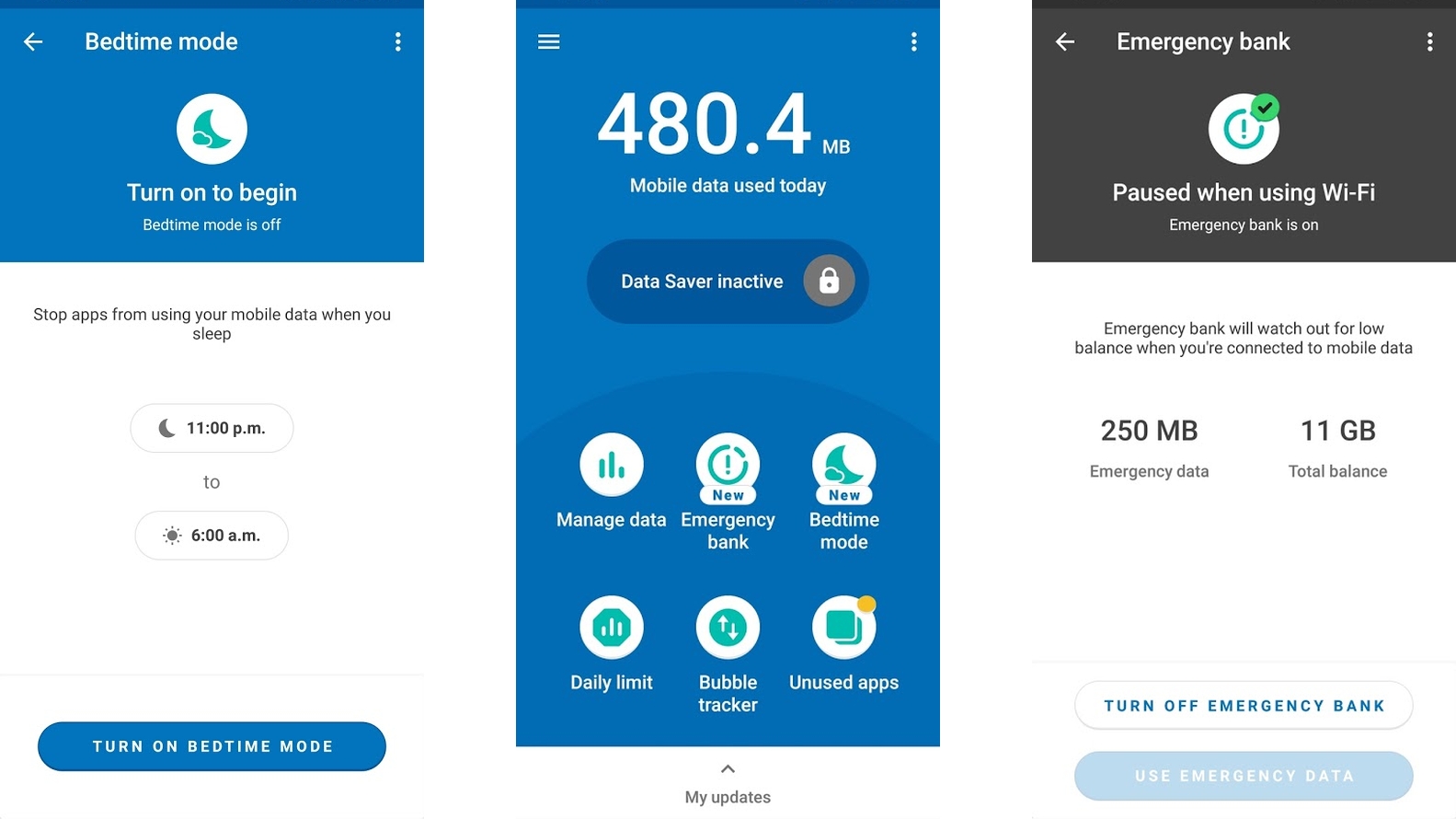

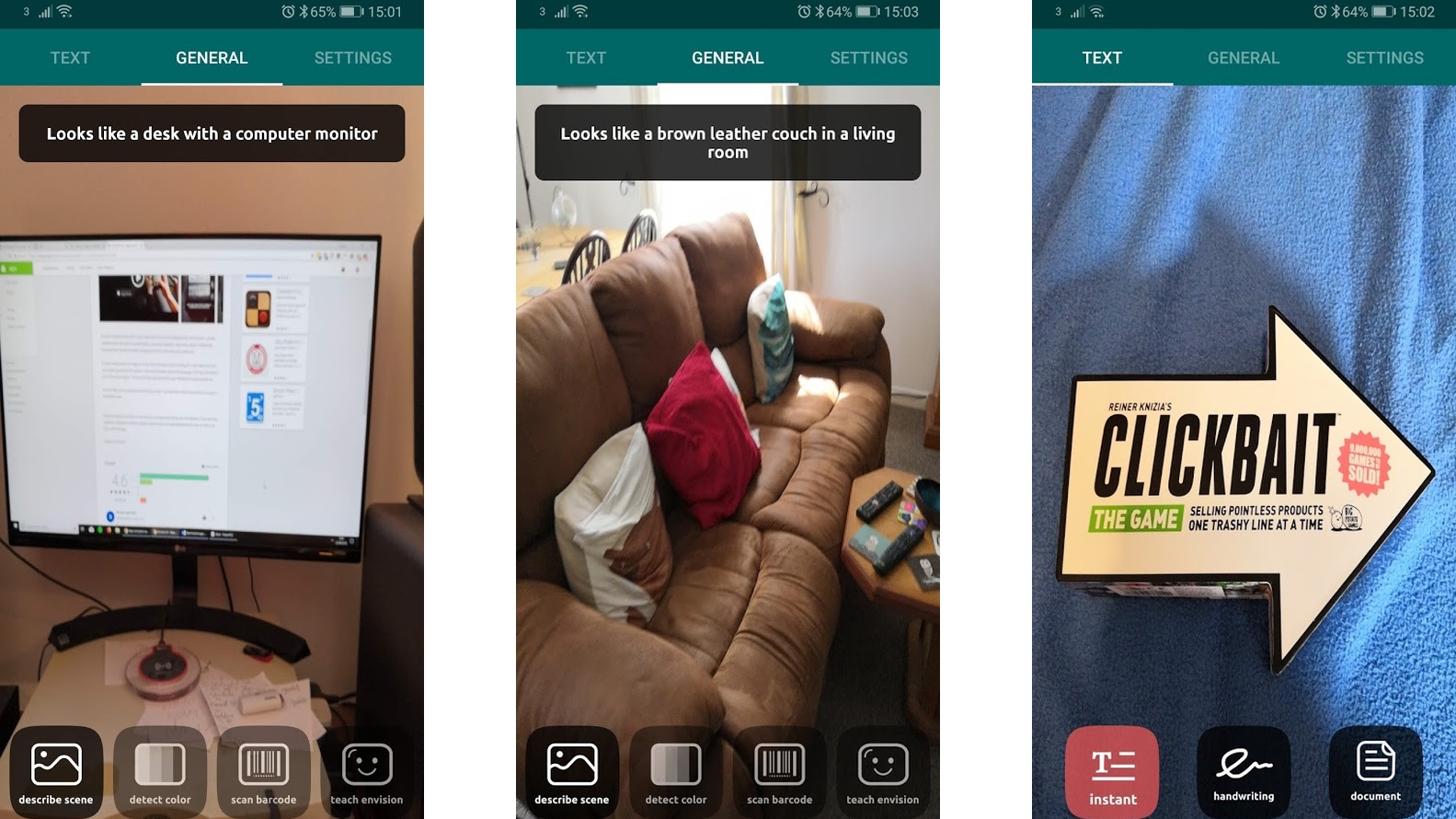
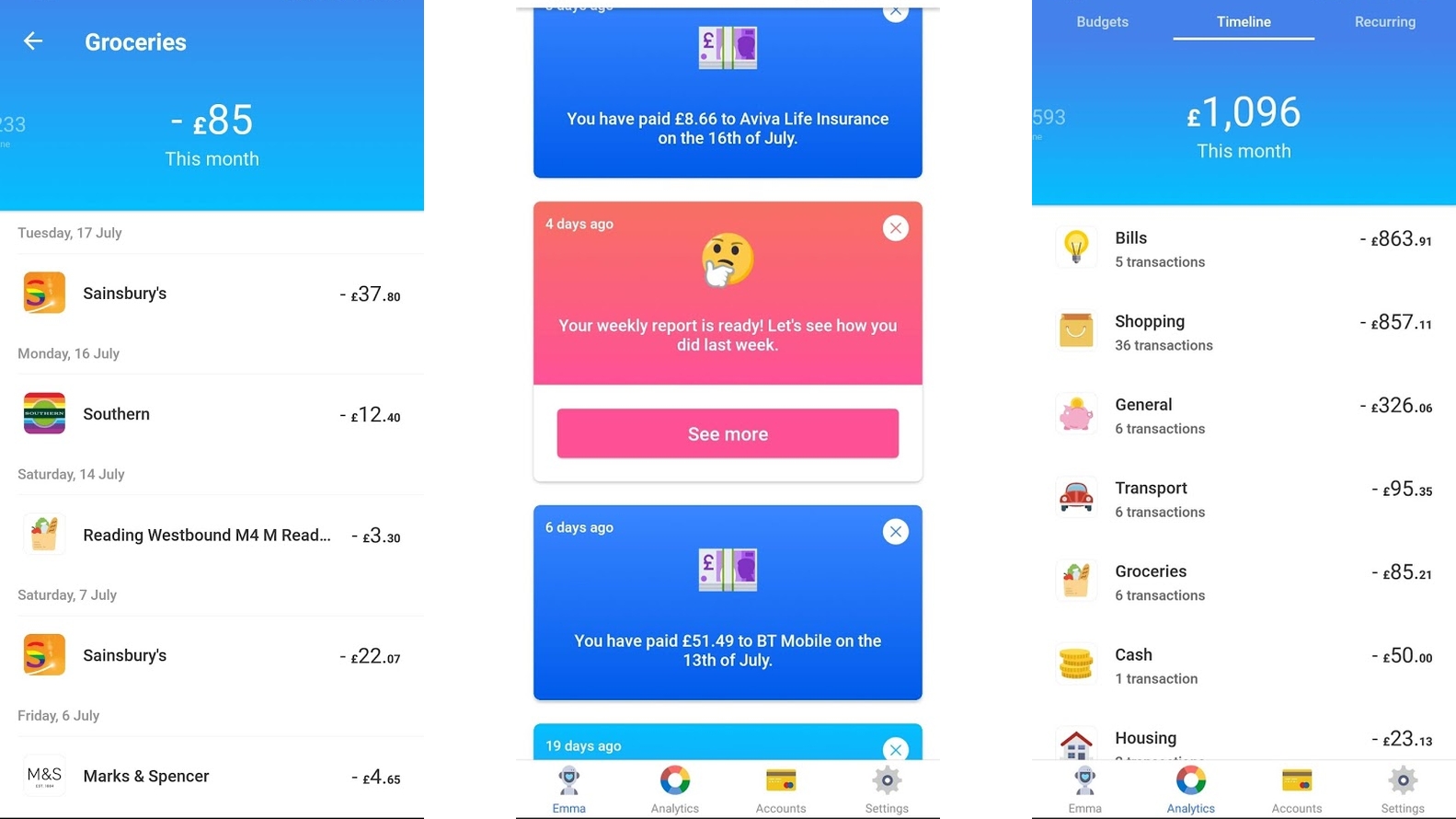

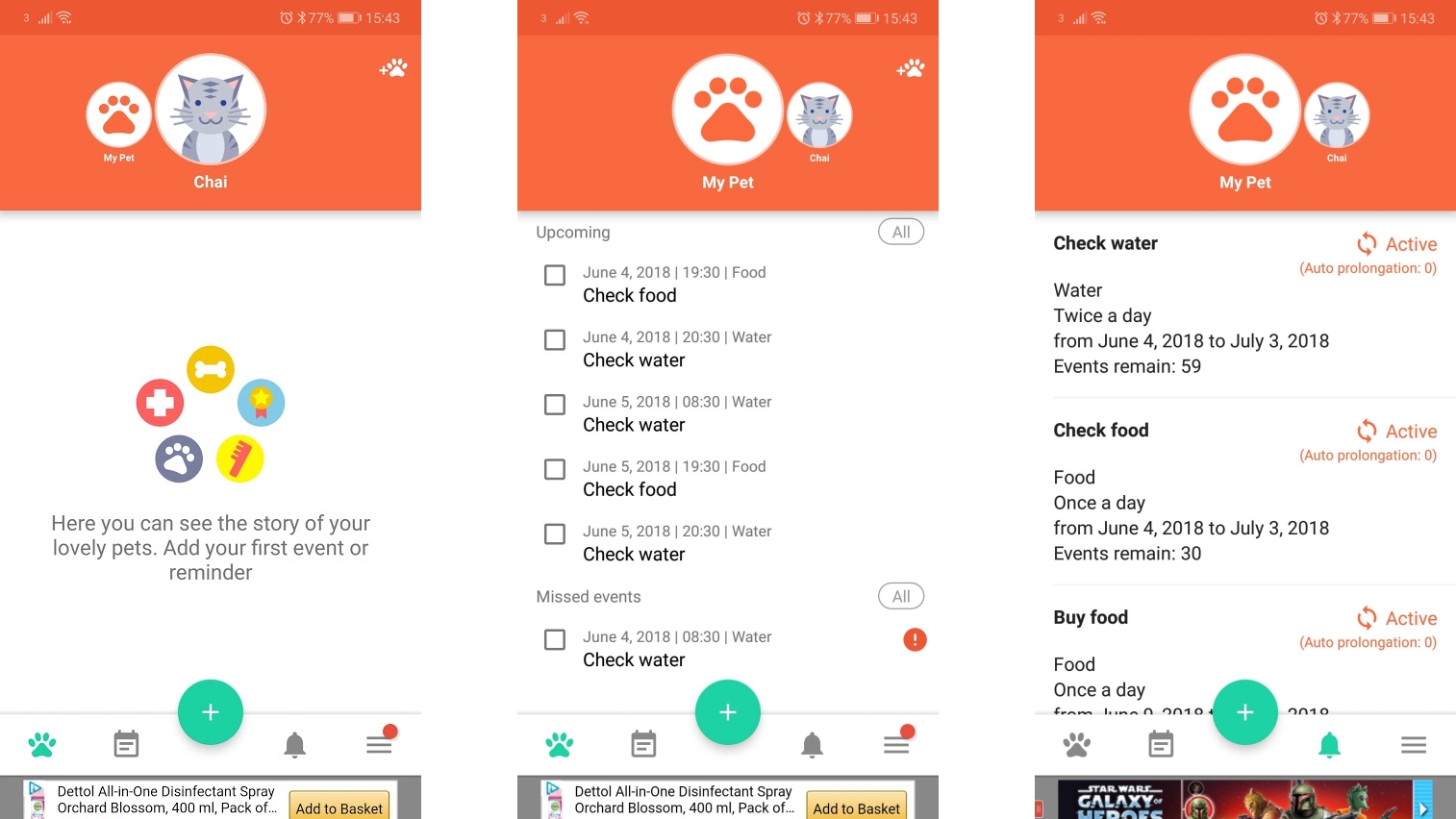
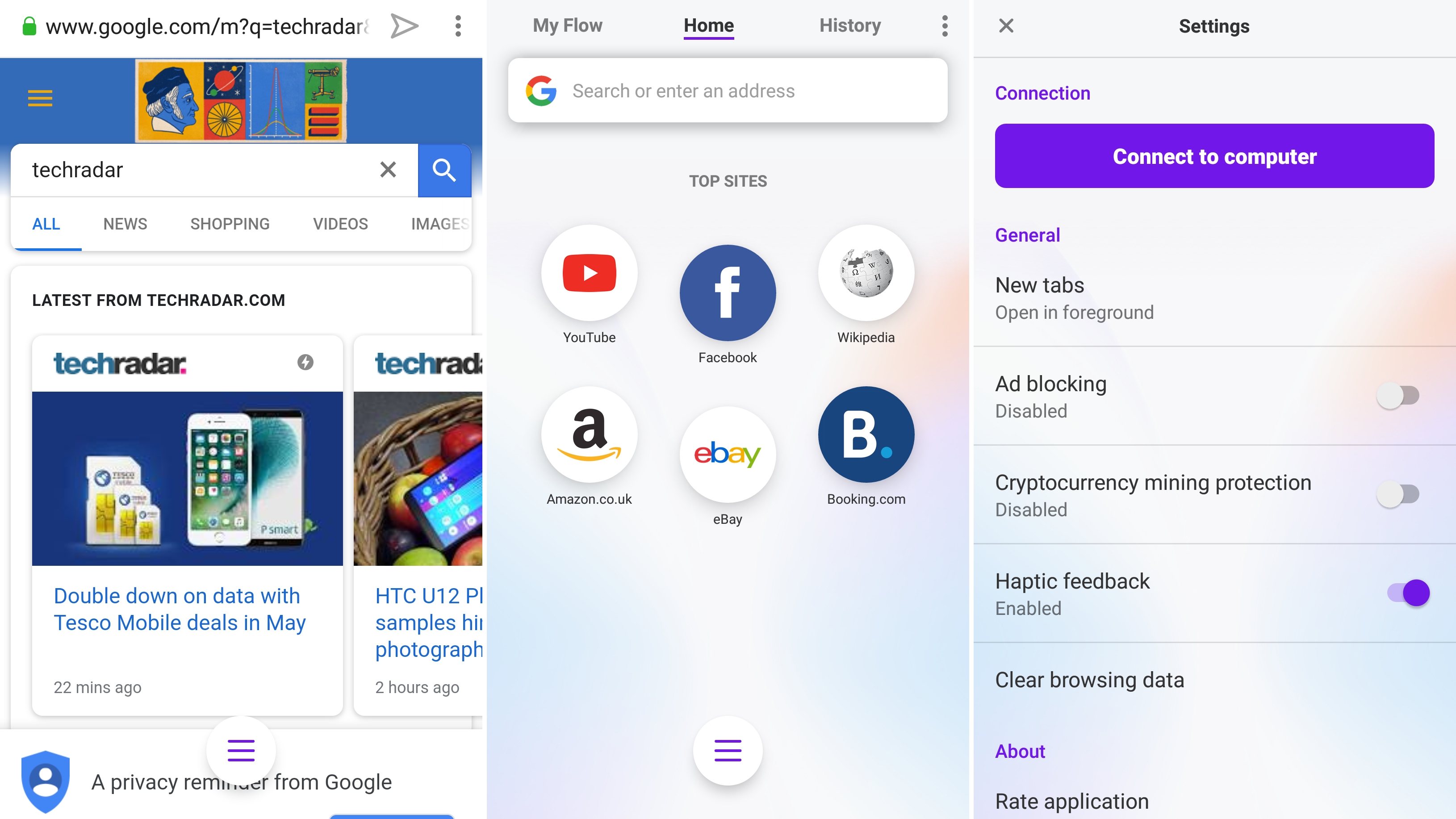
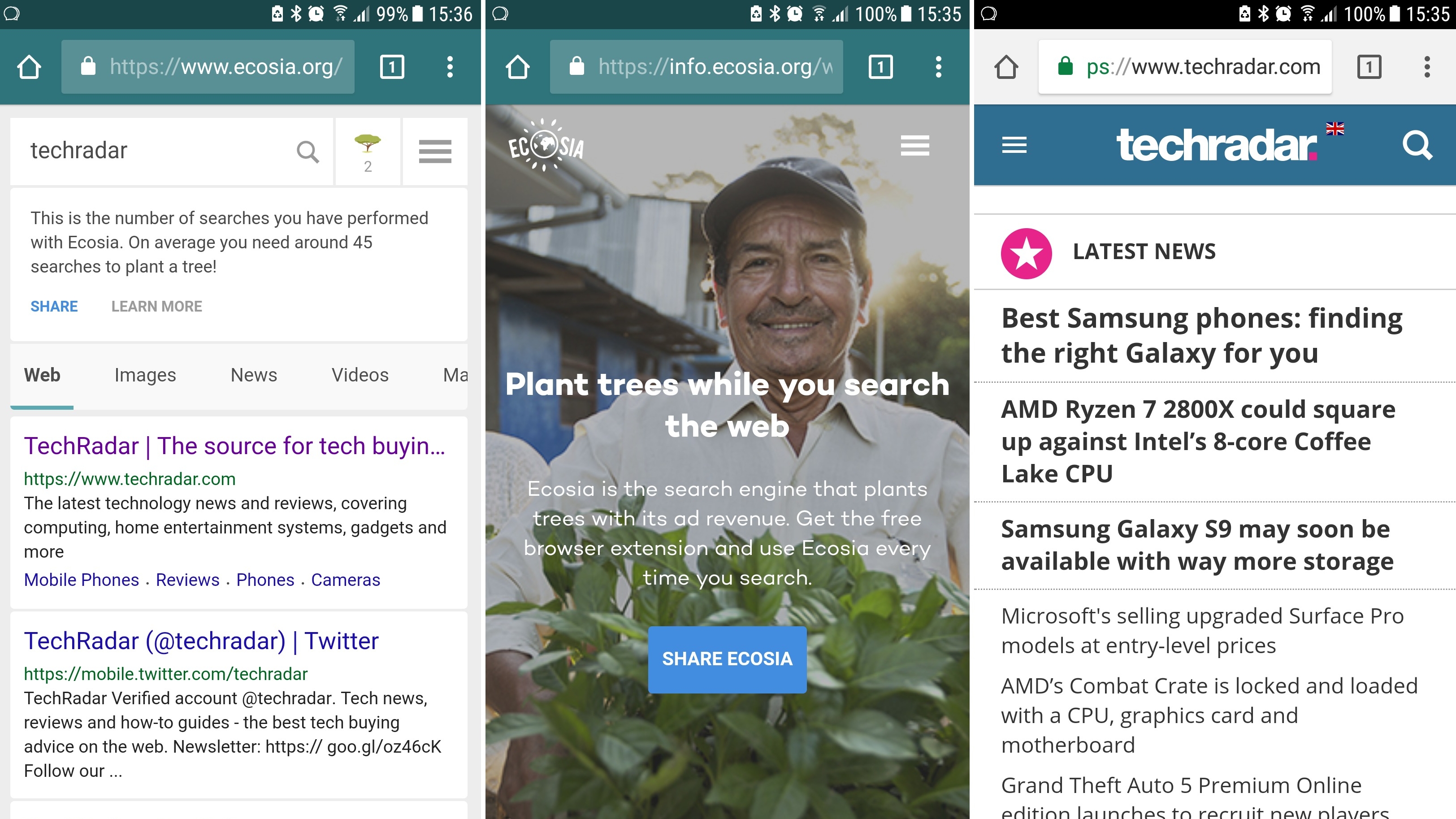

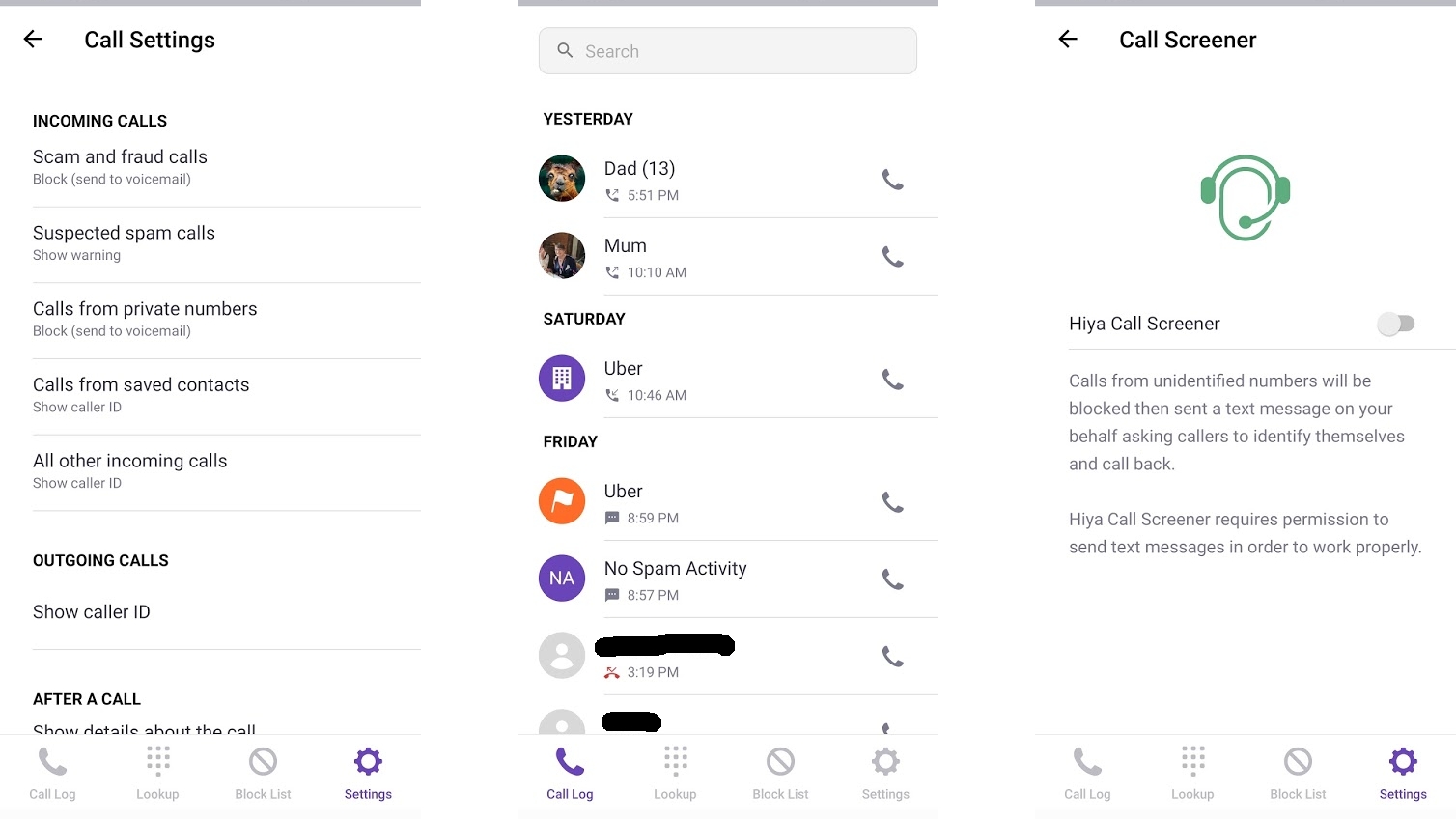


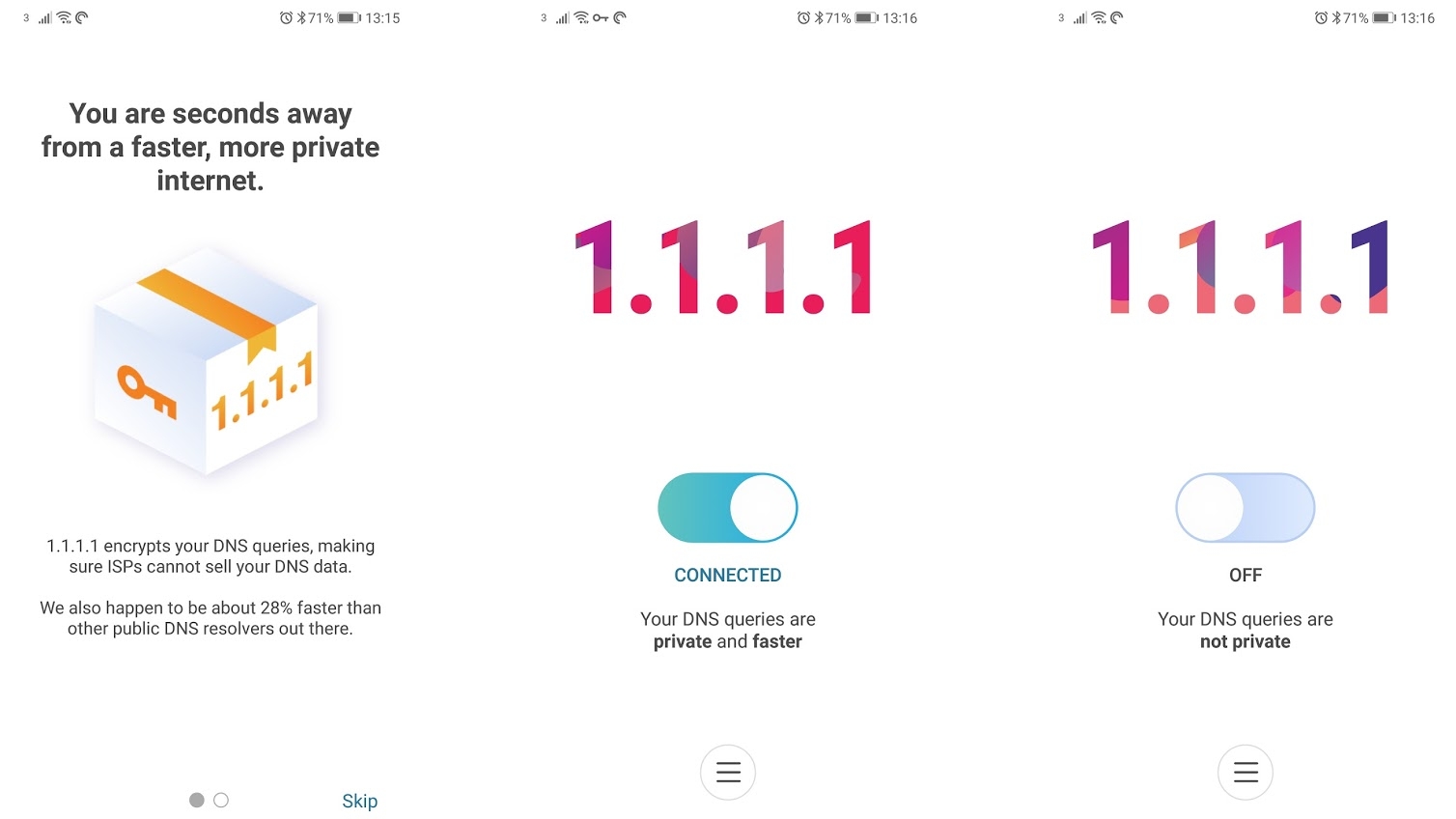
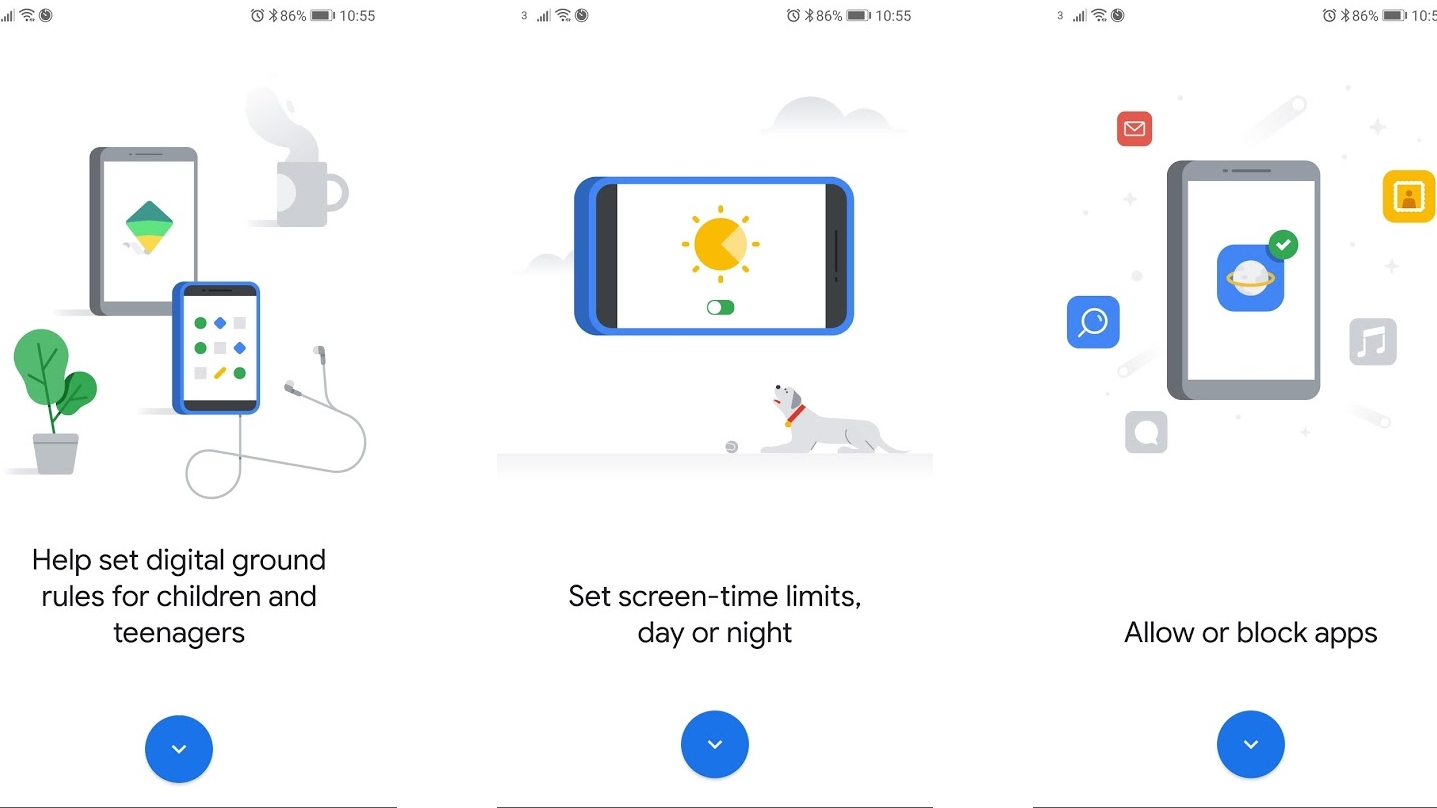
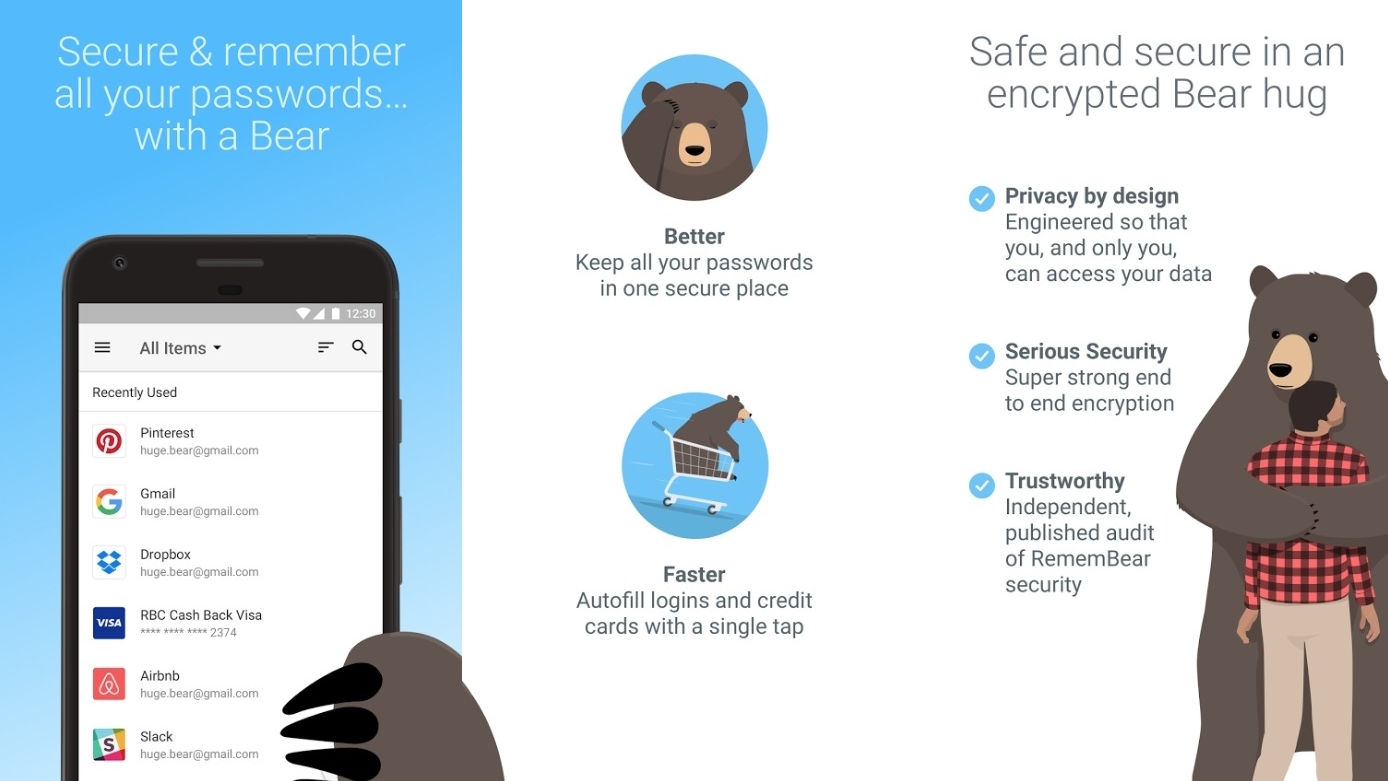
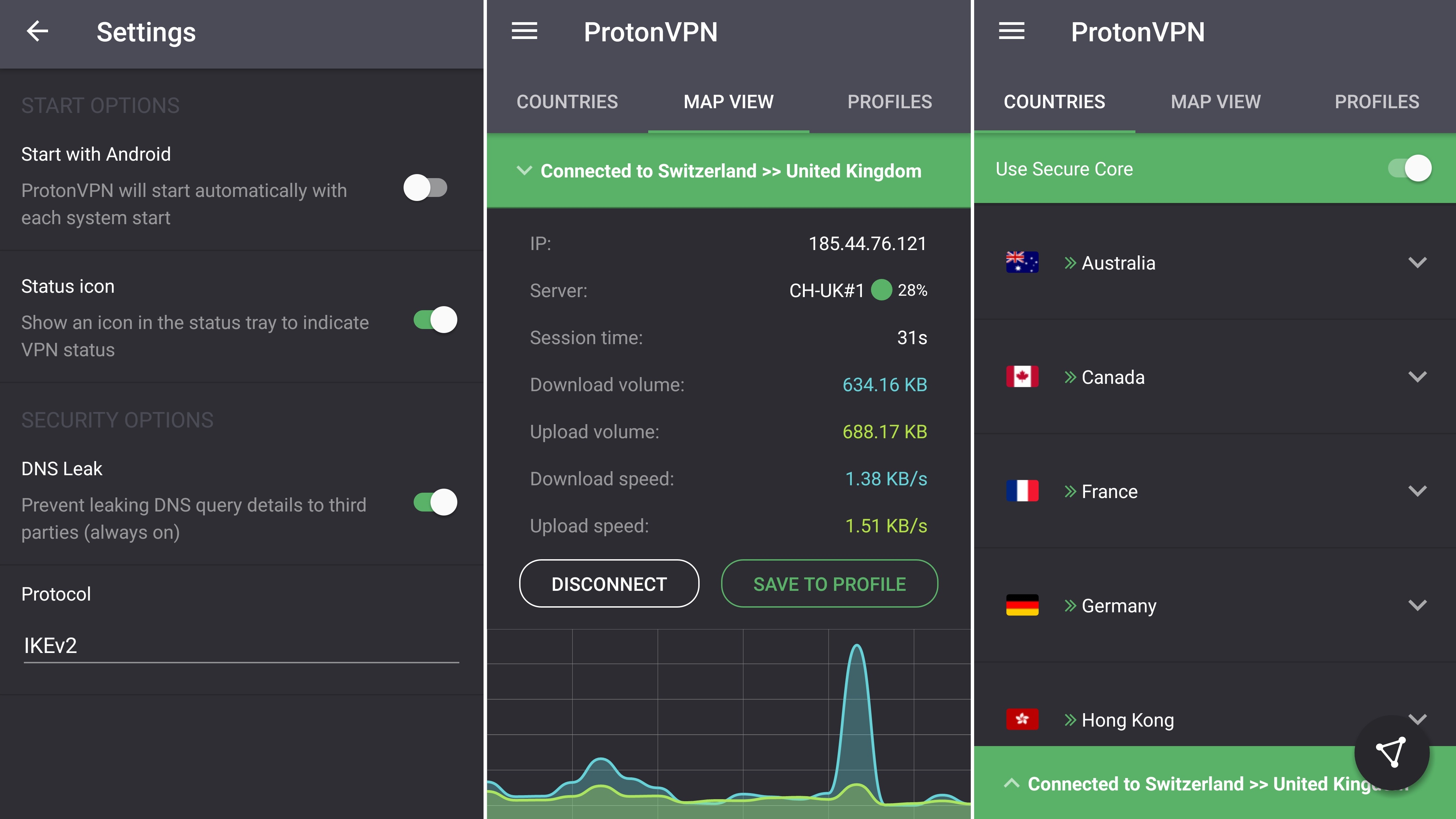

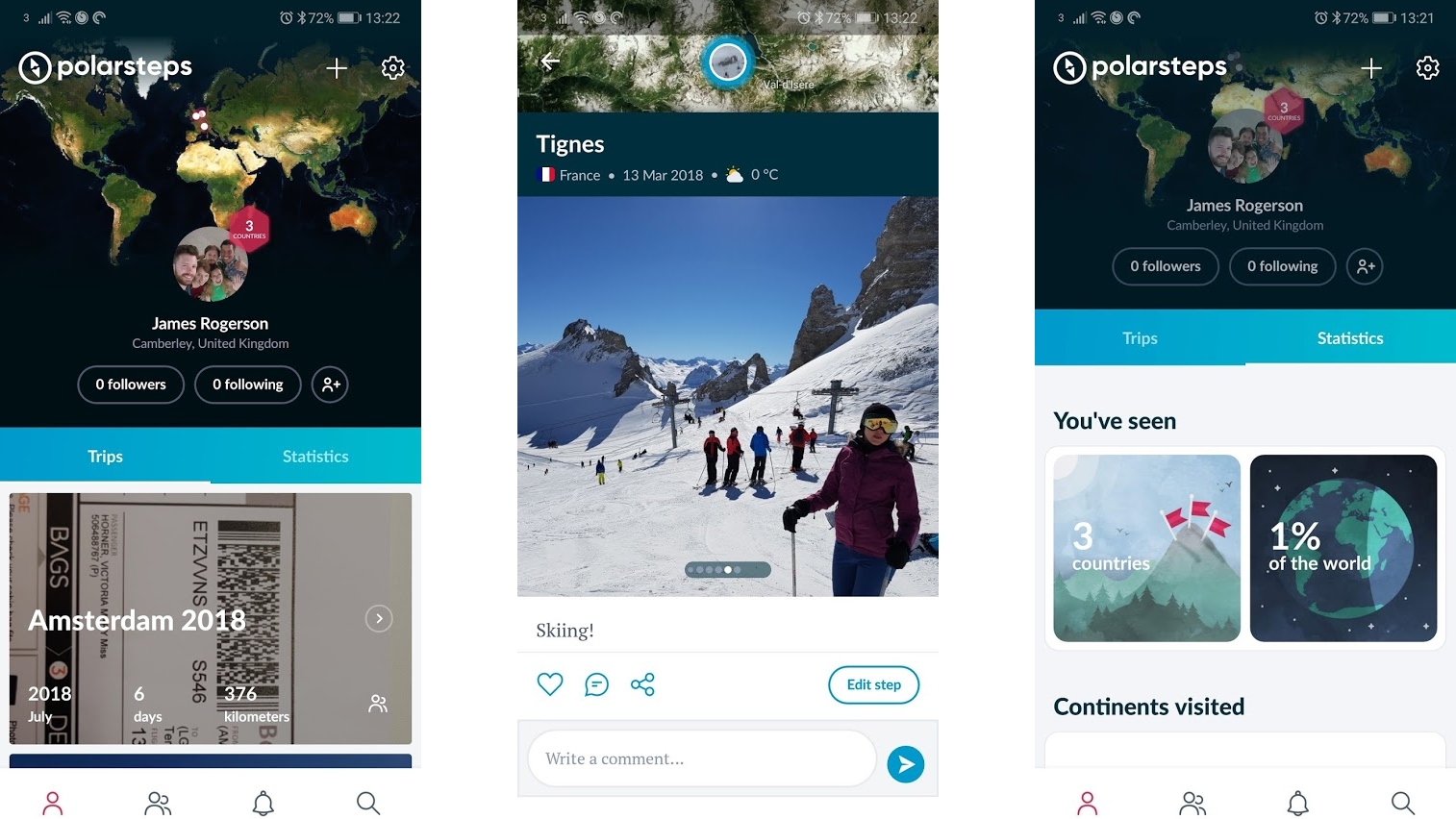
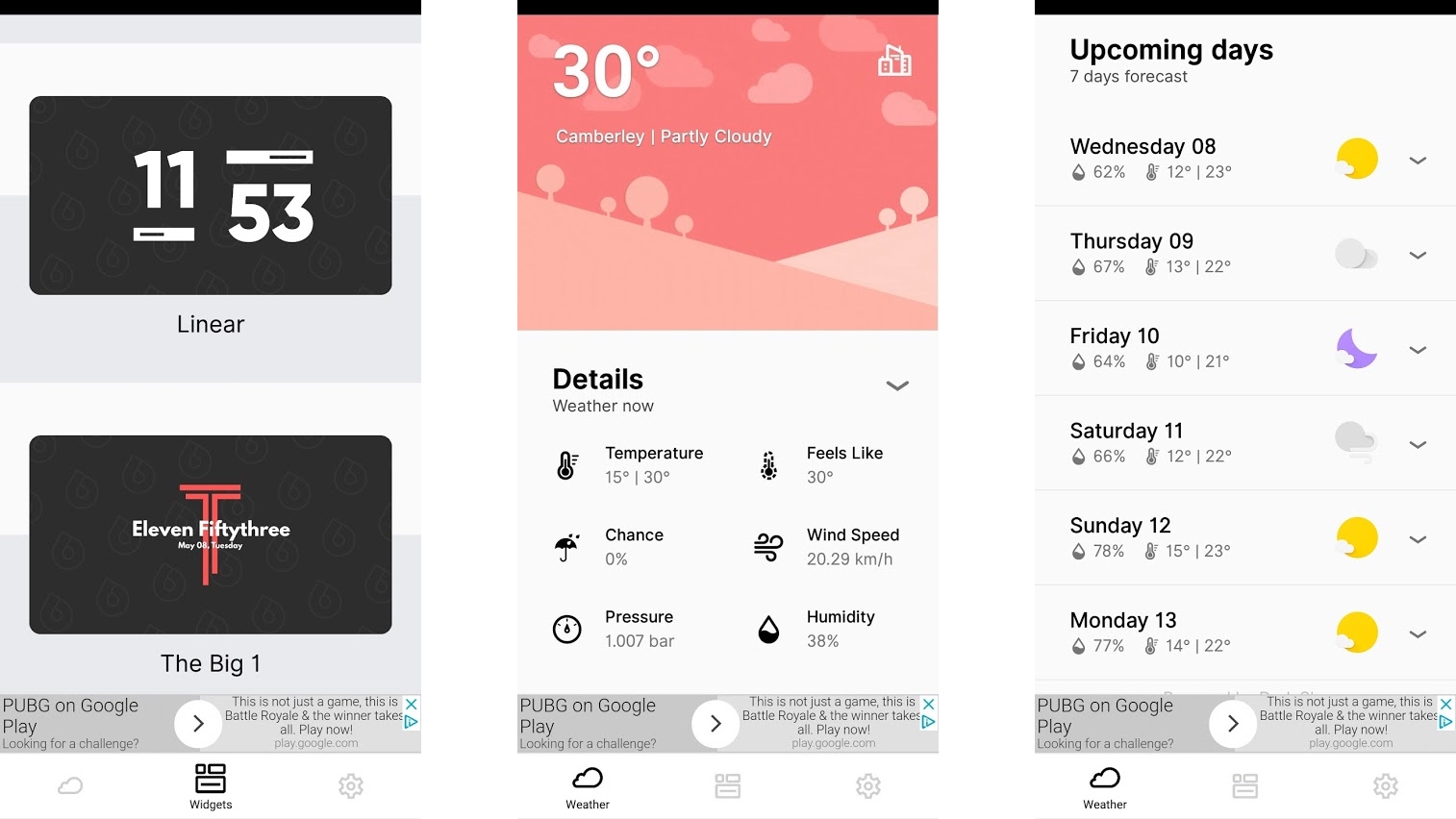

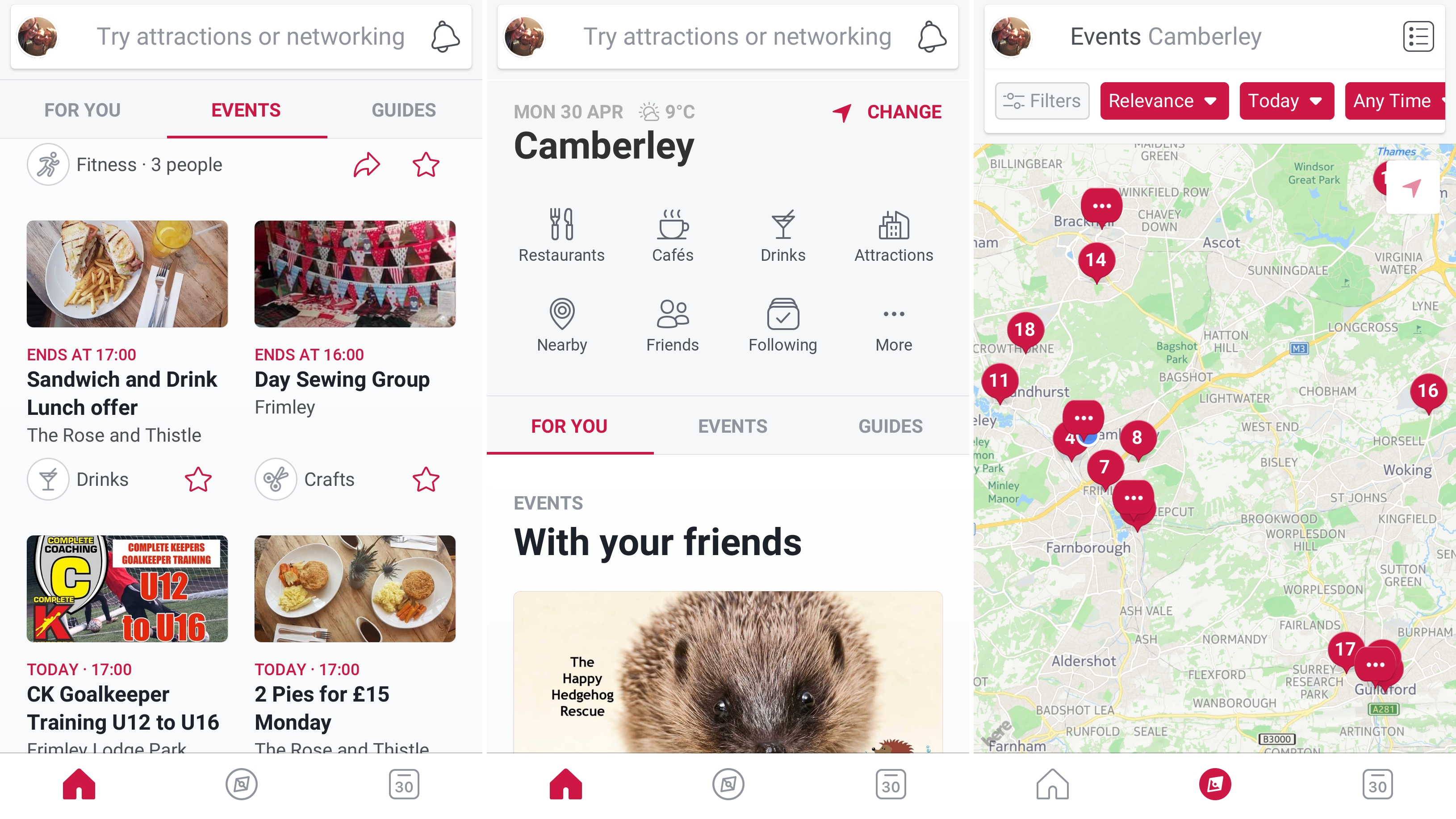
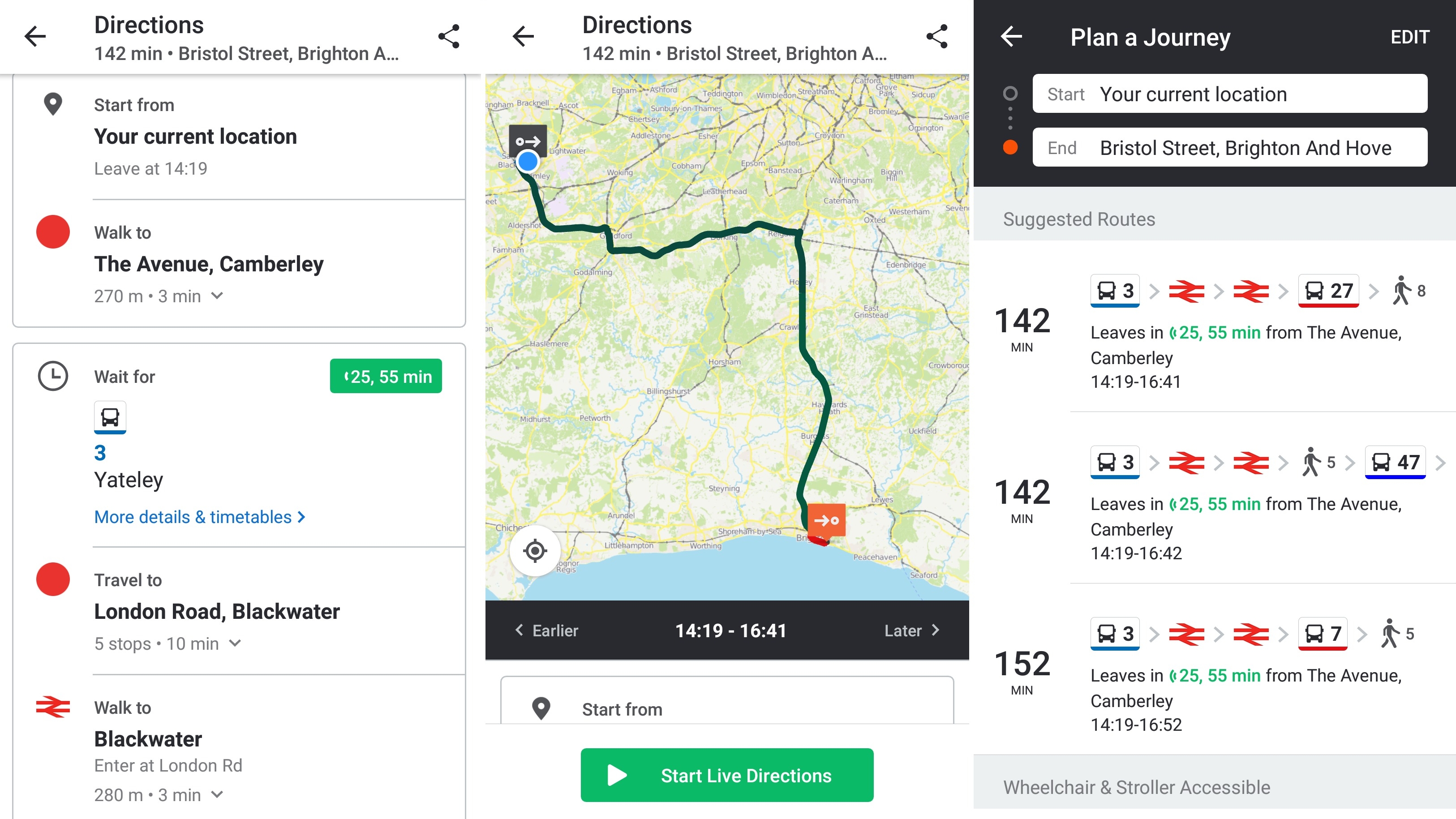



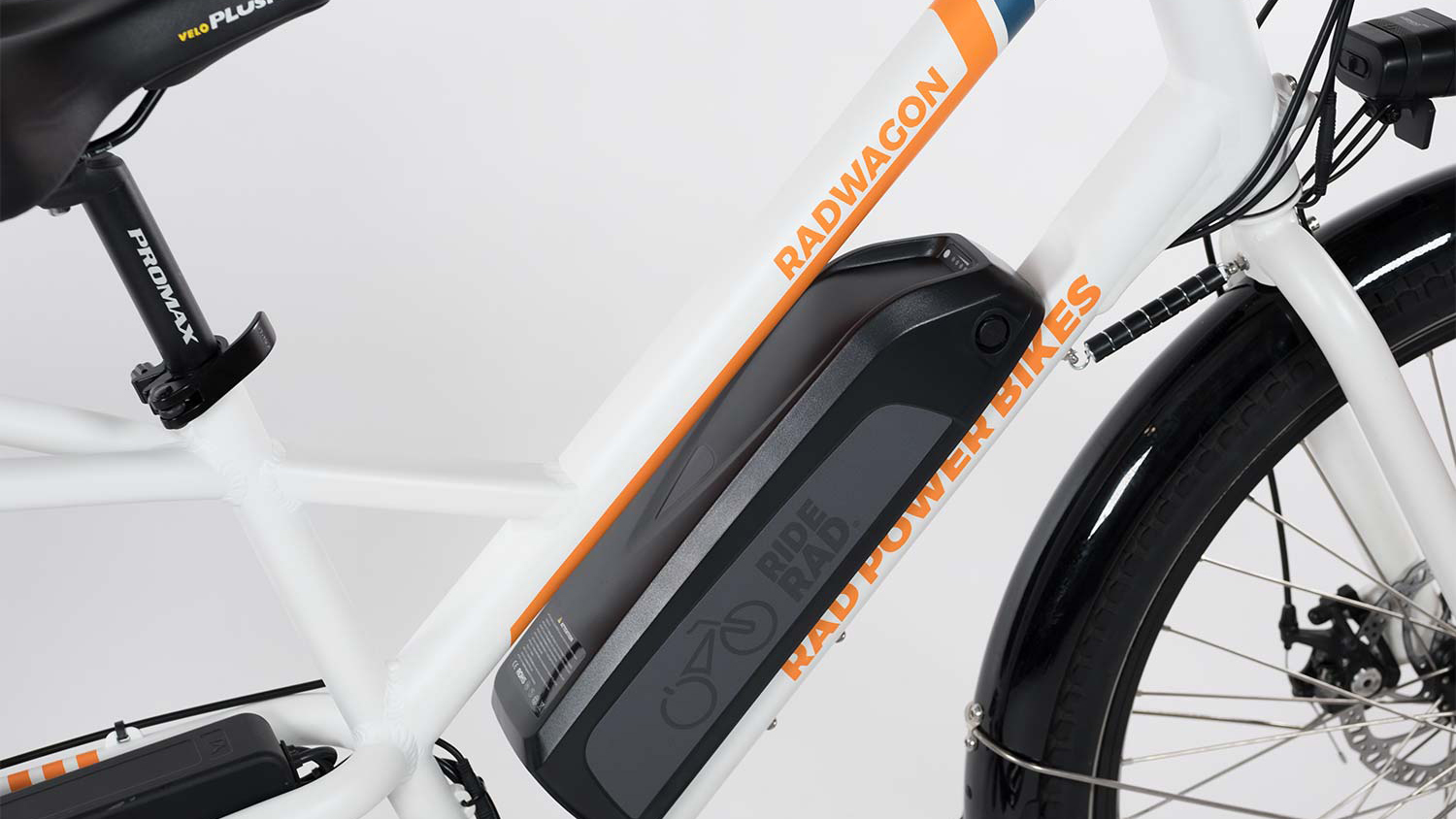

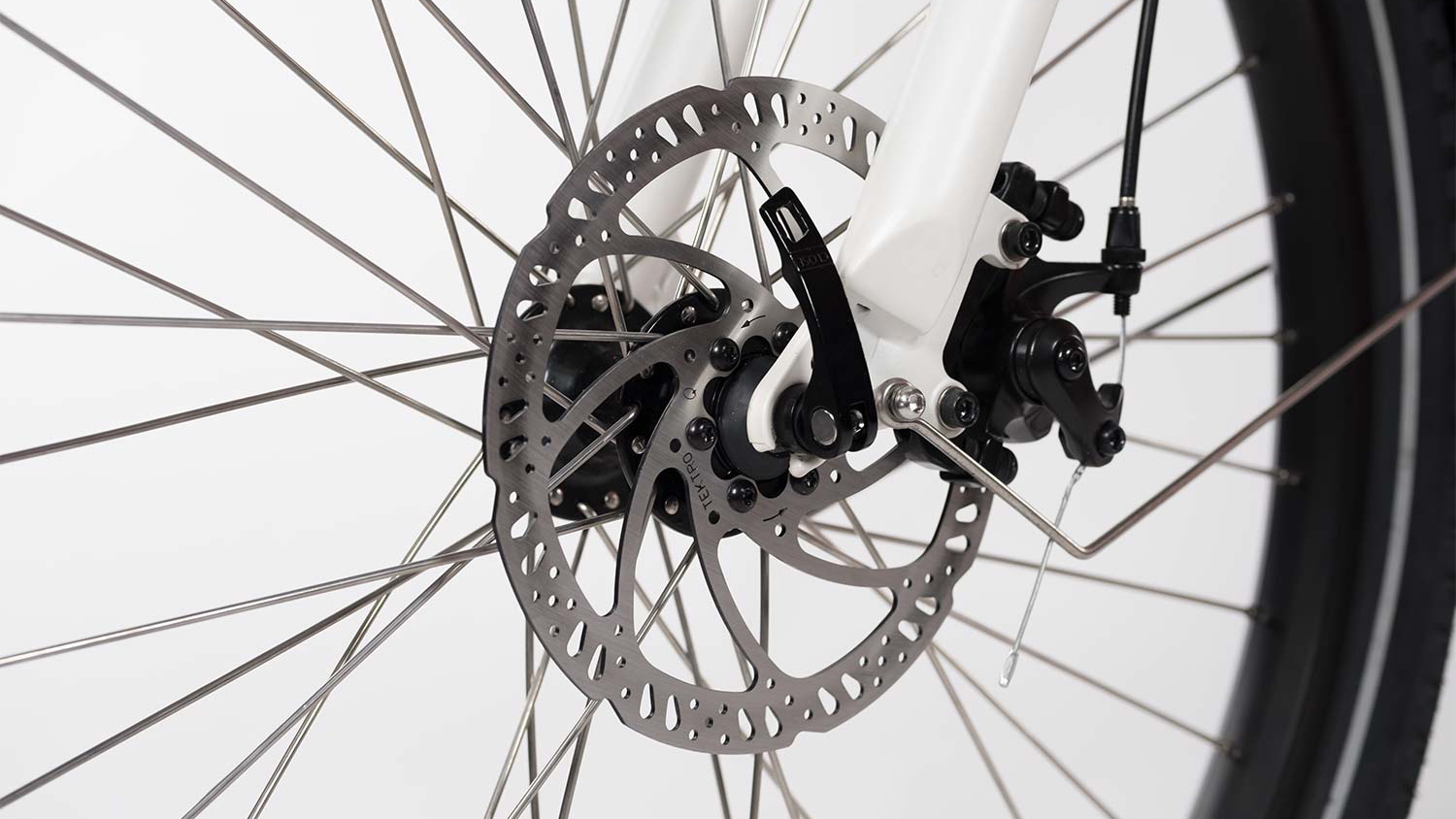
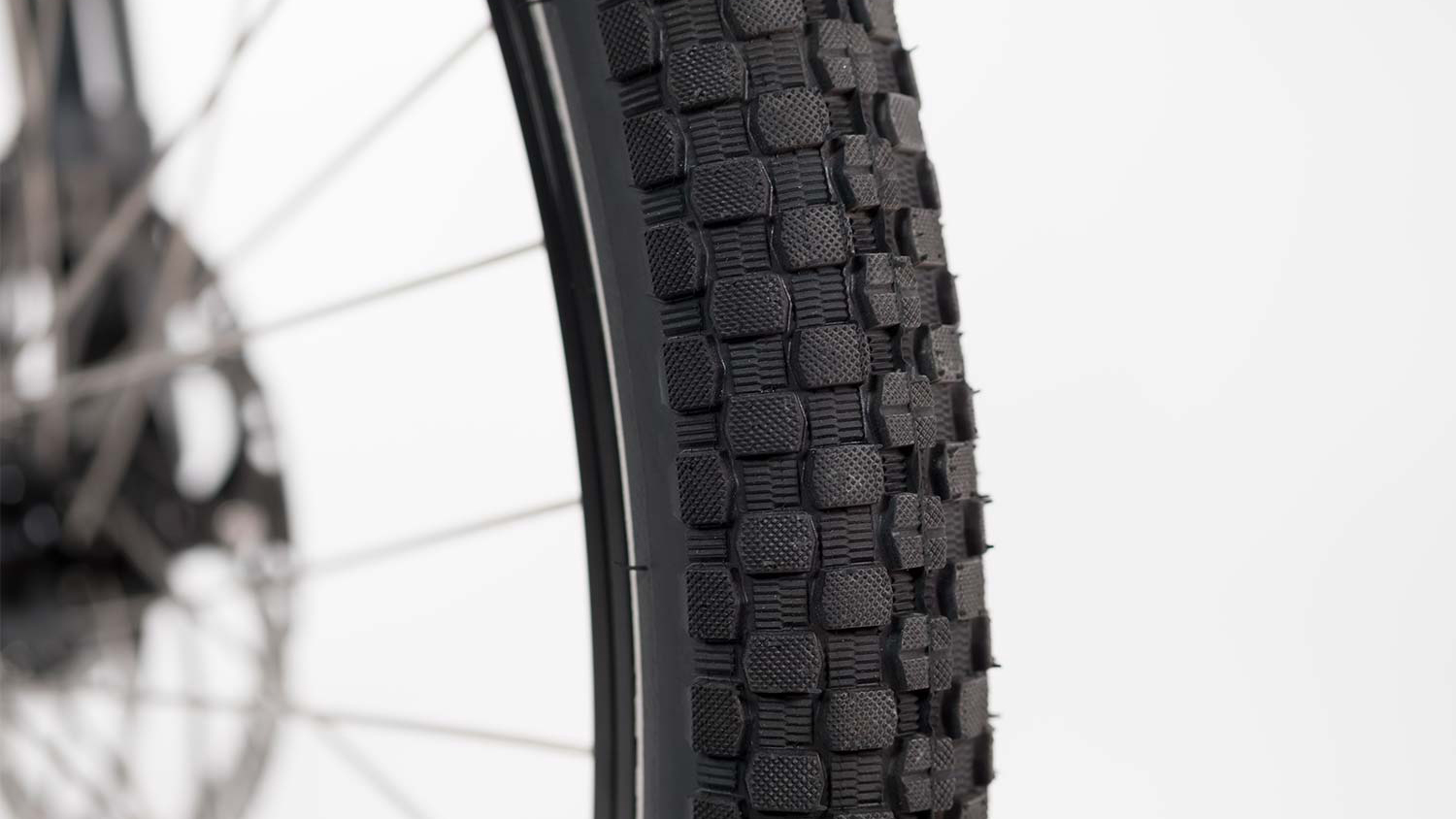
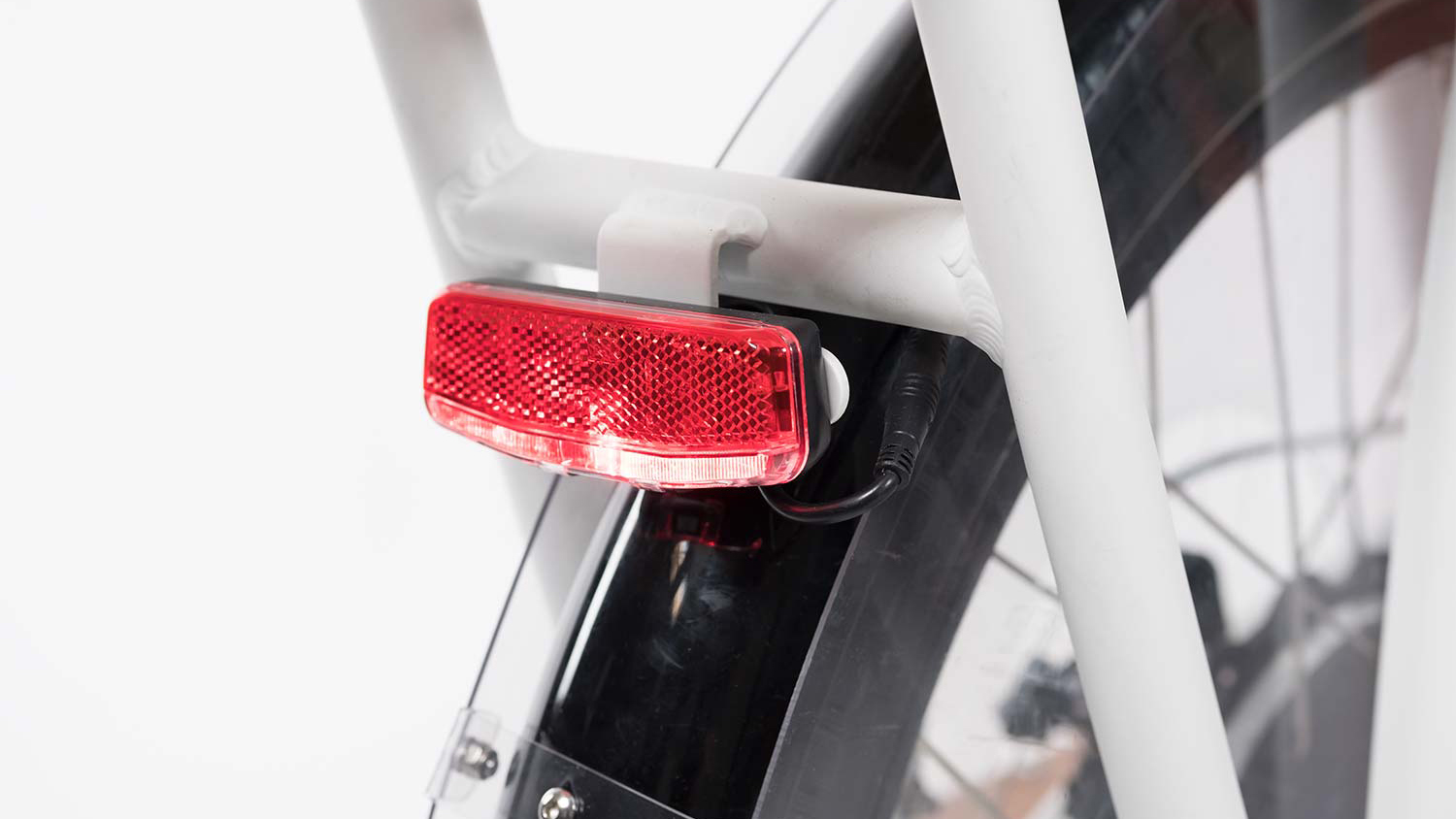
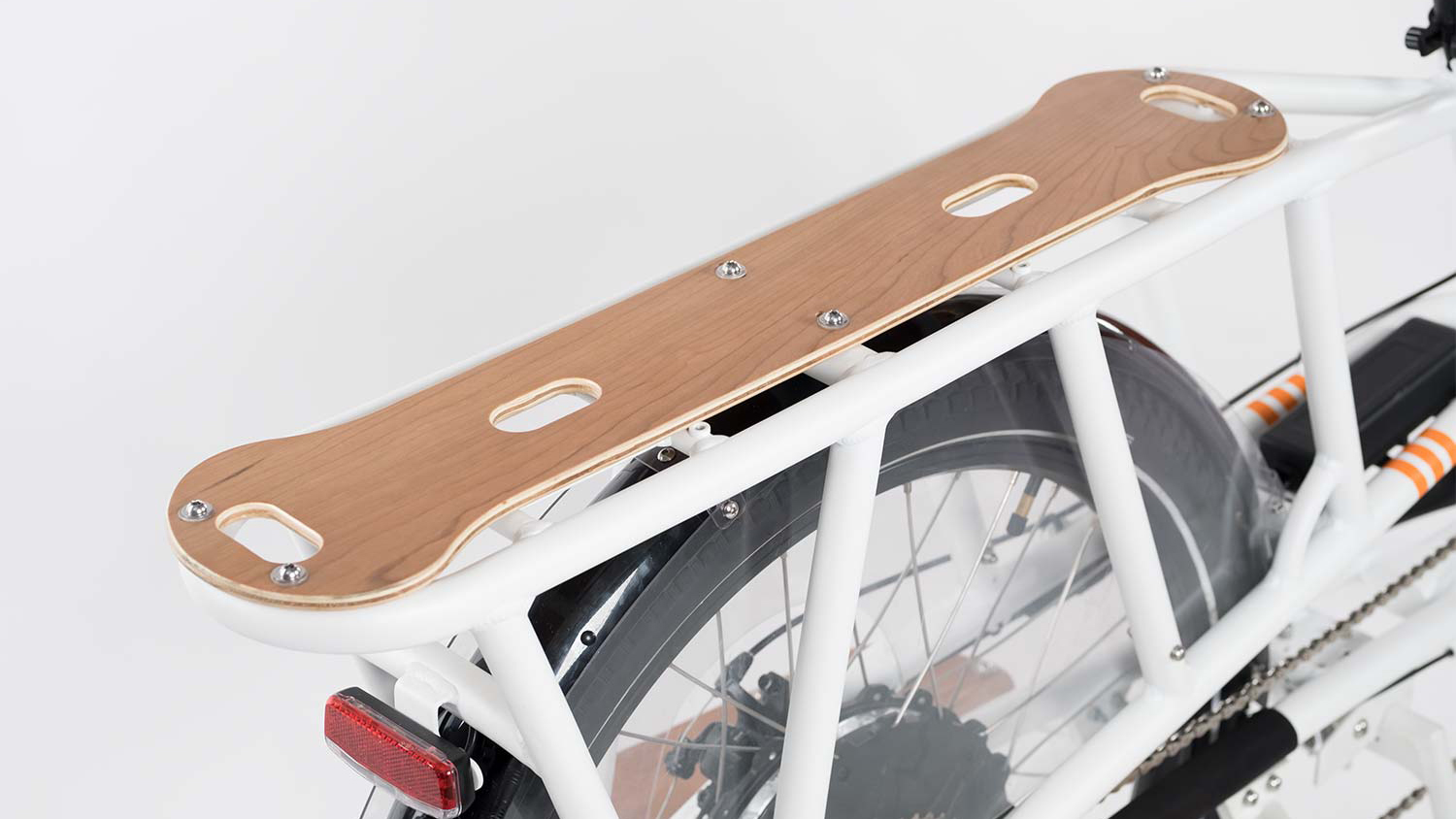


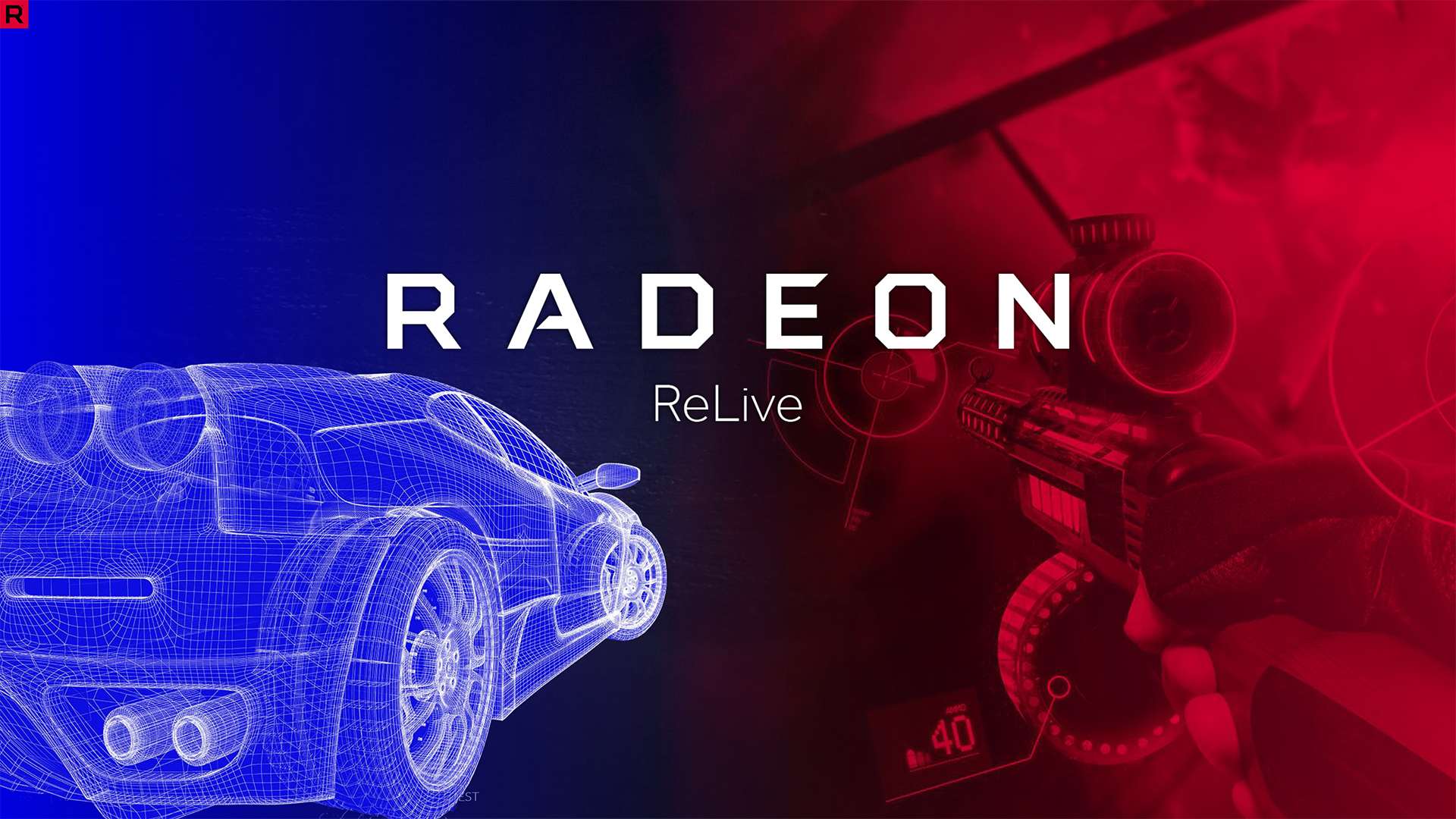
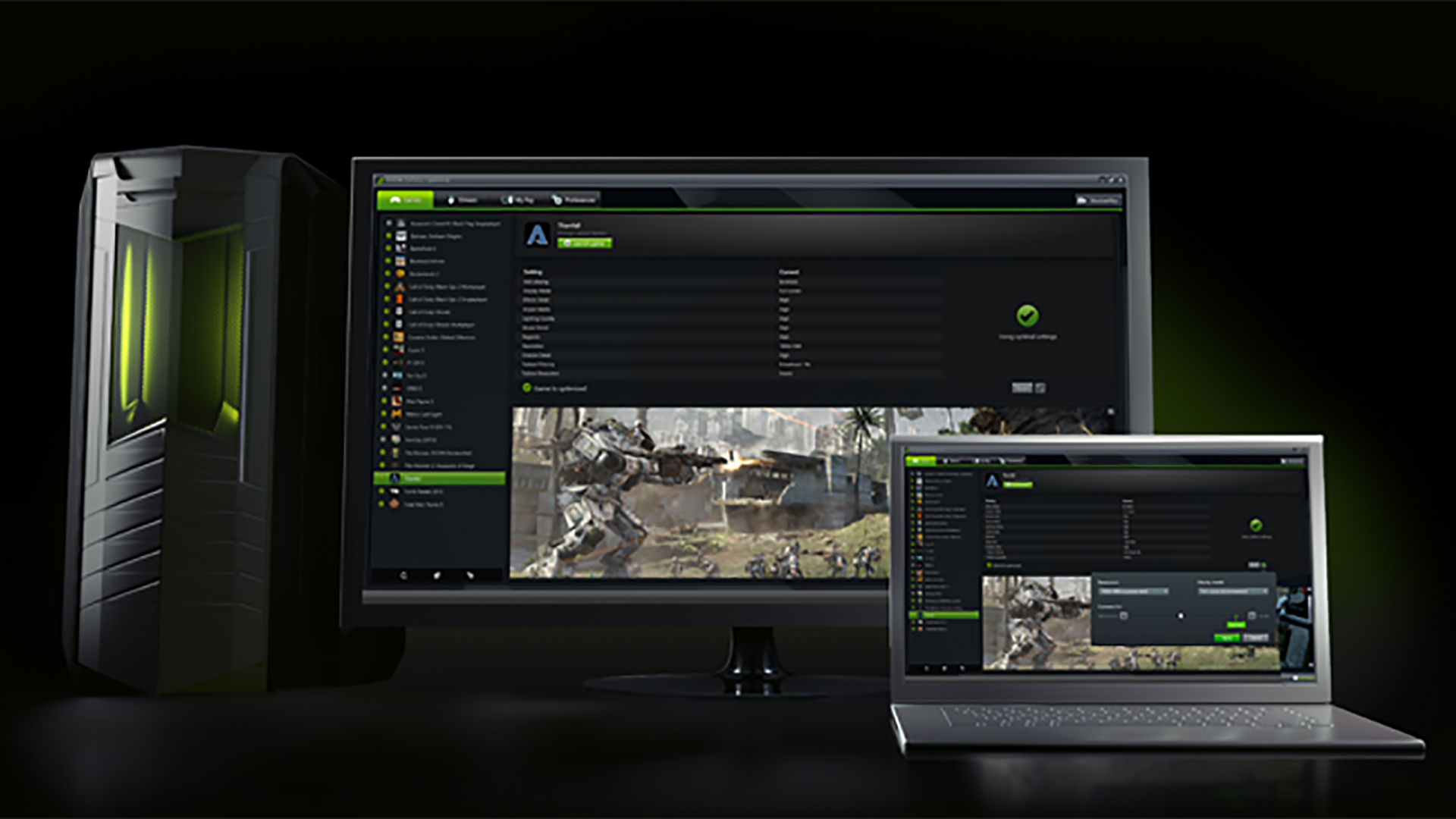

No comments:
Post a Comment